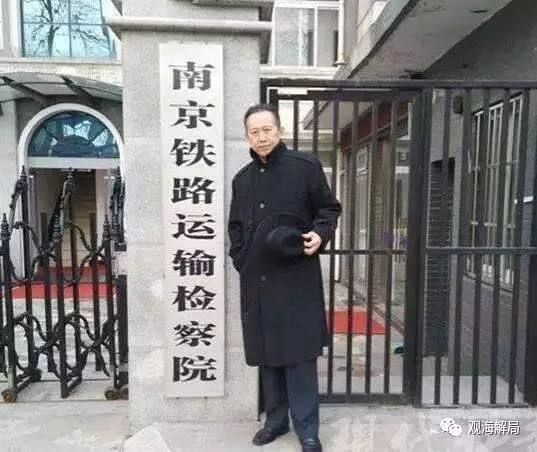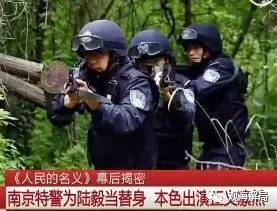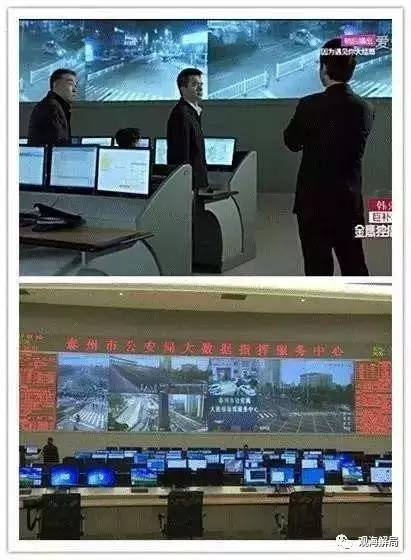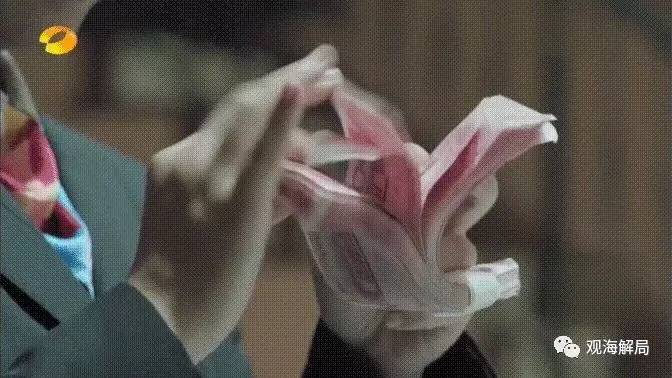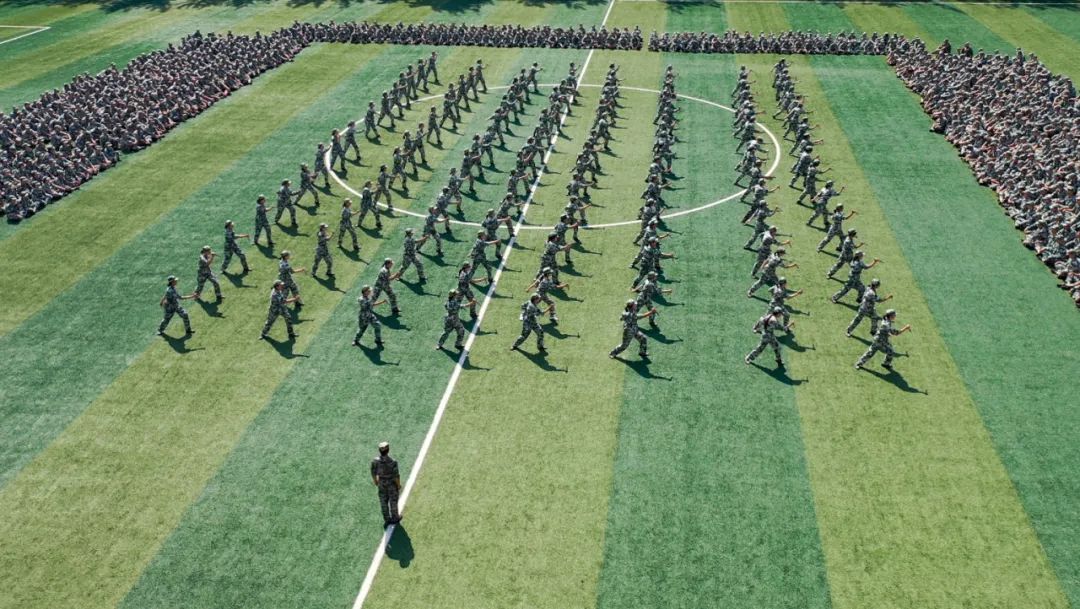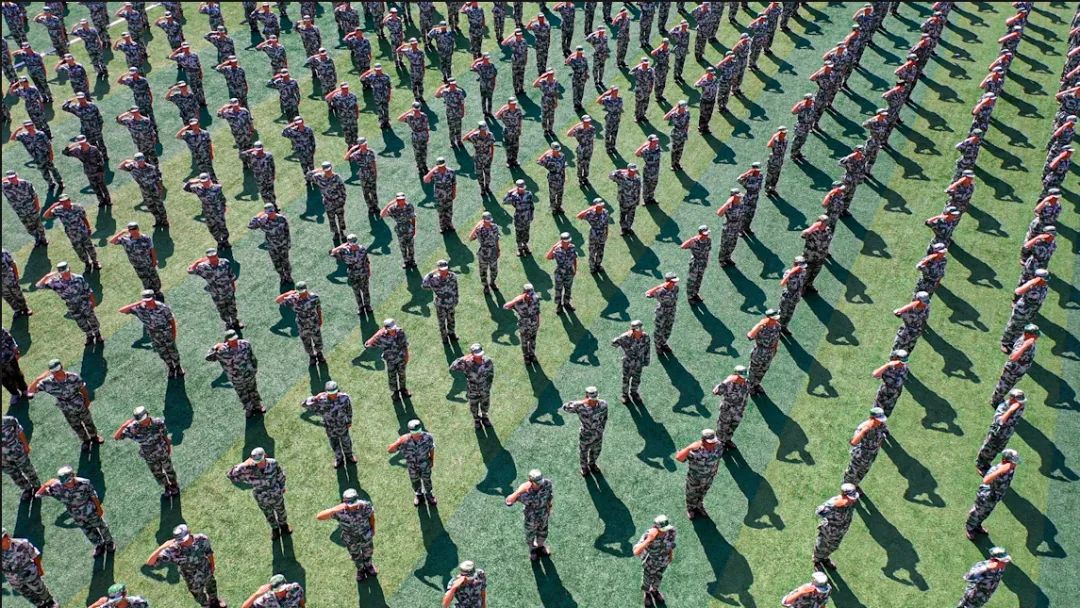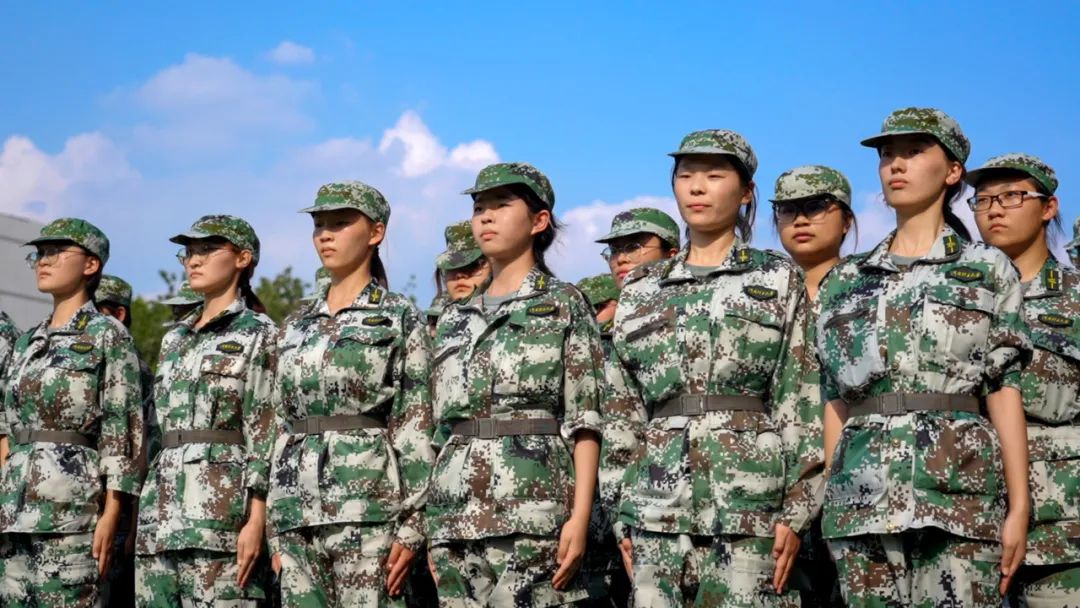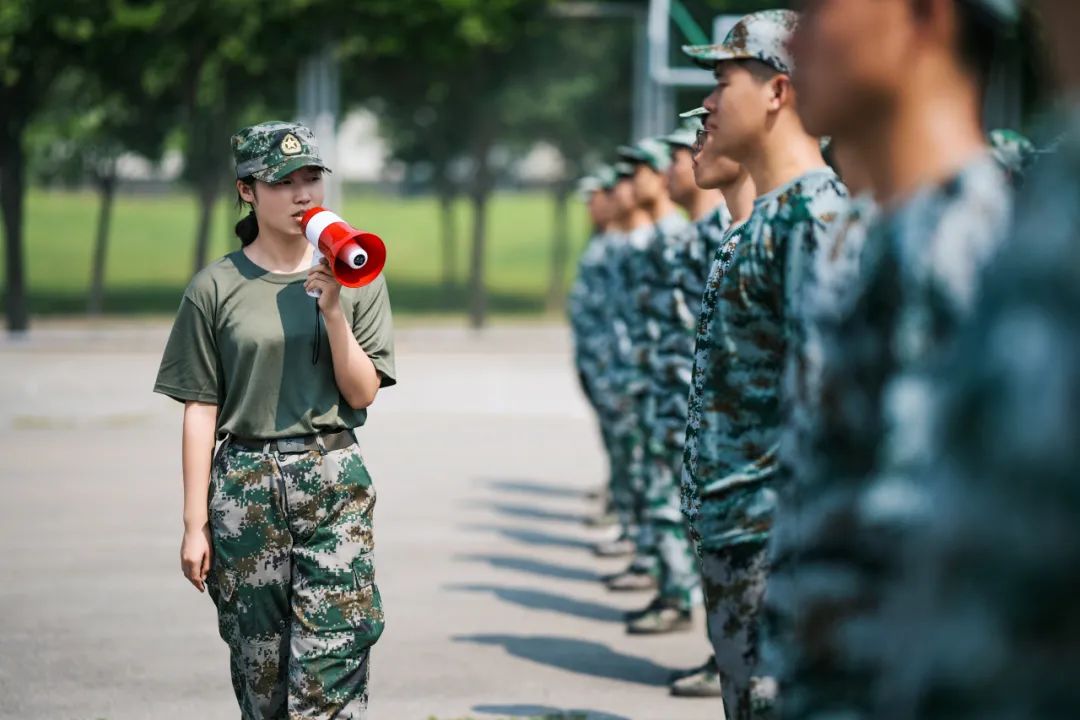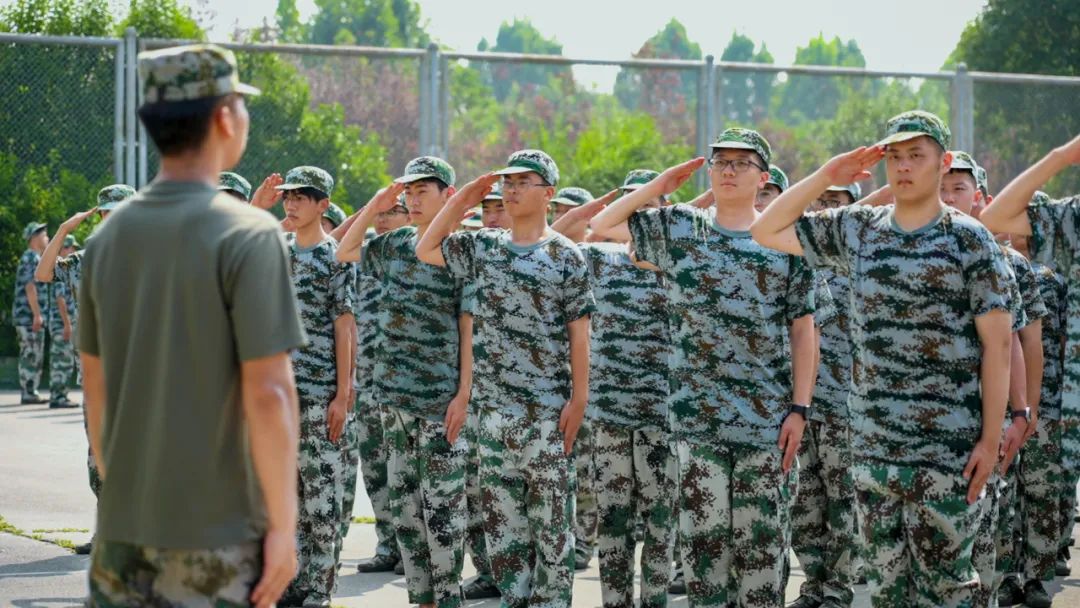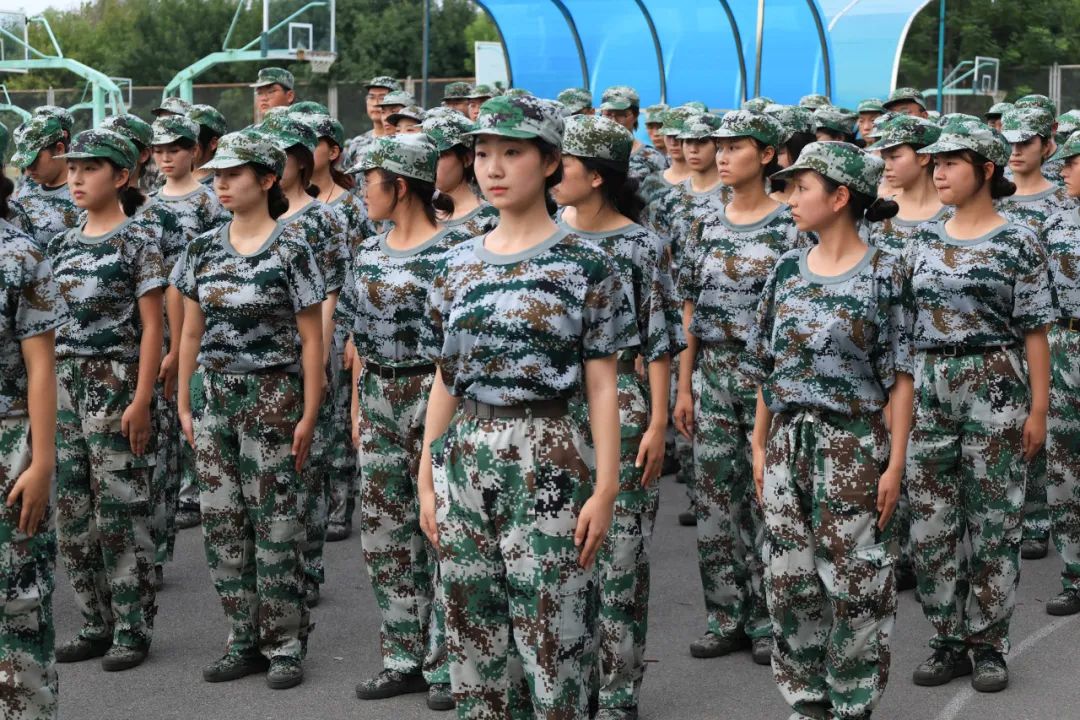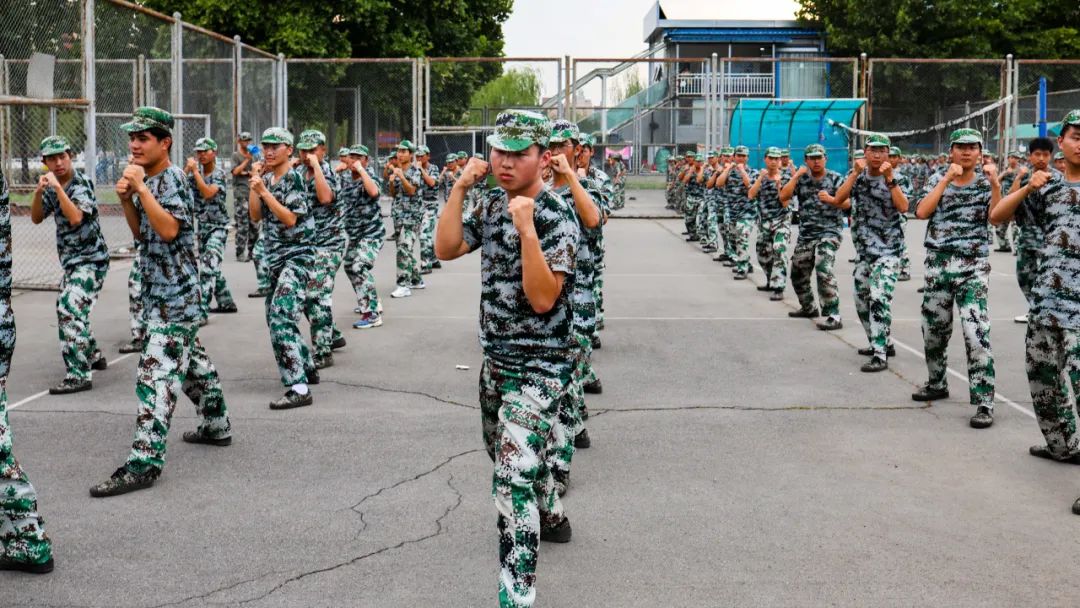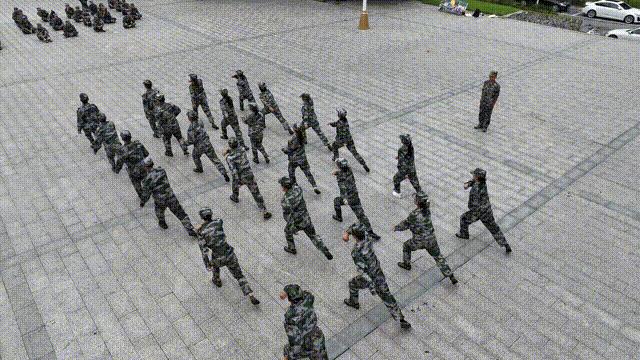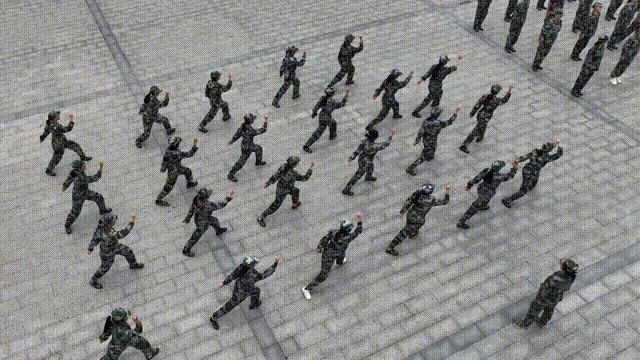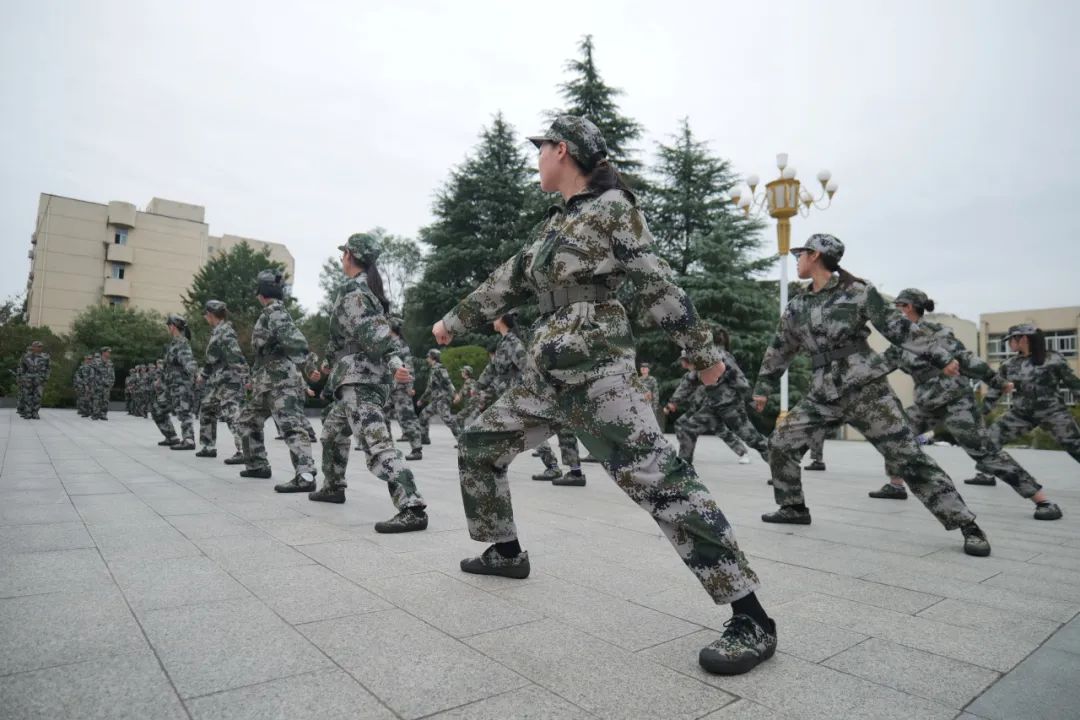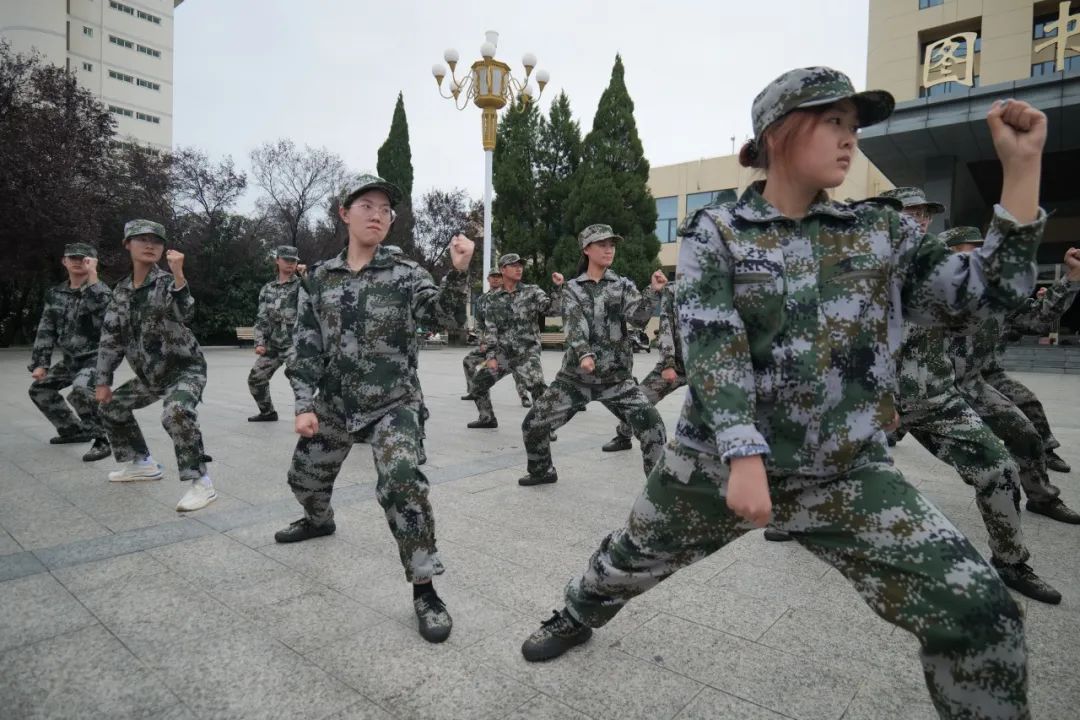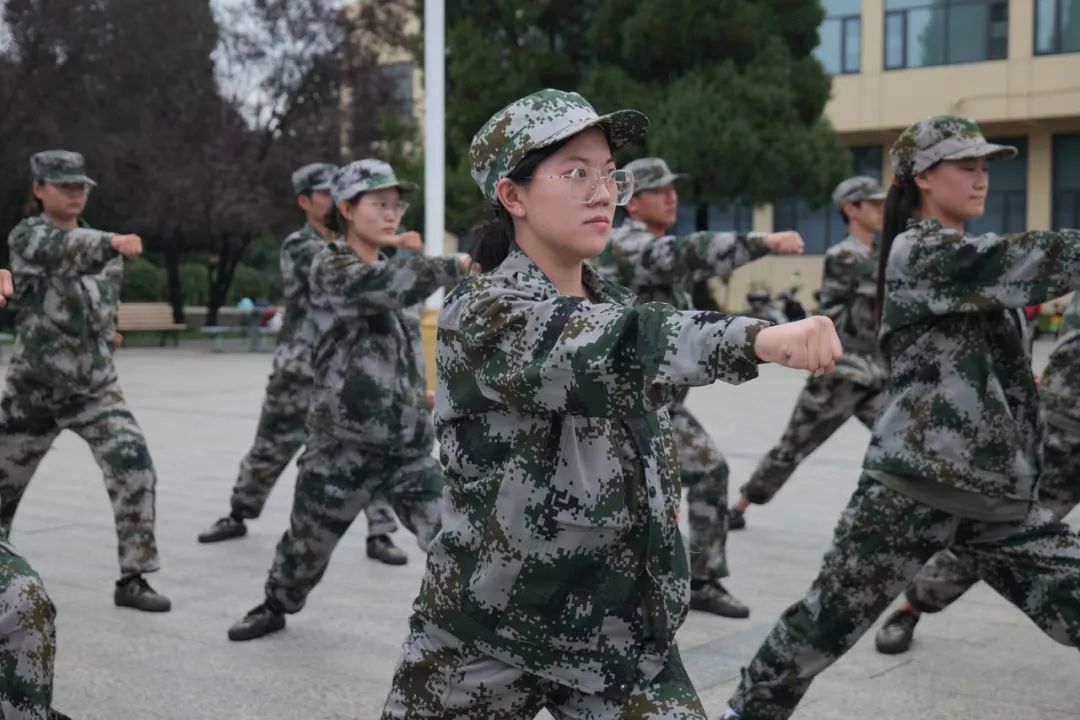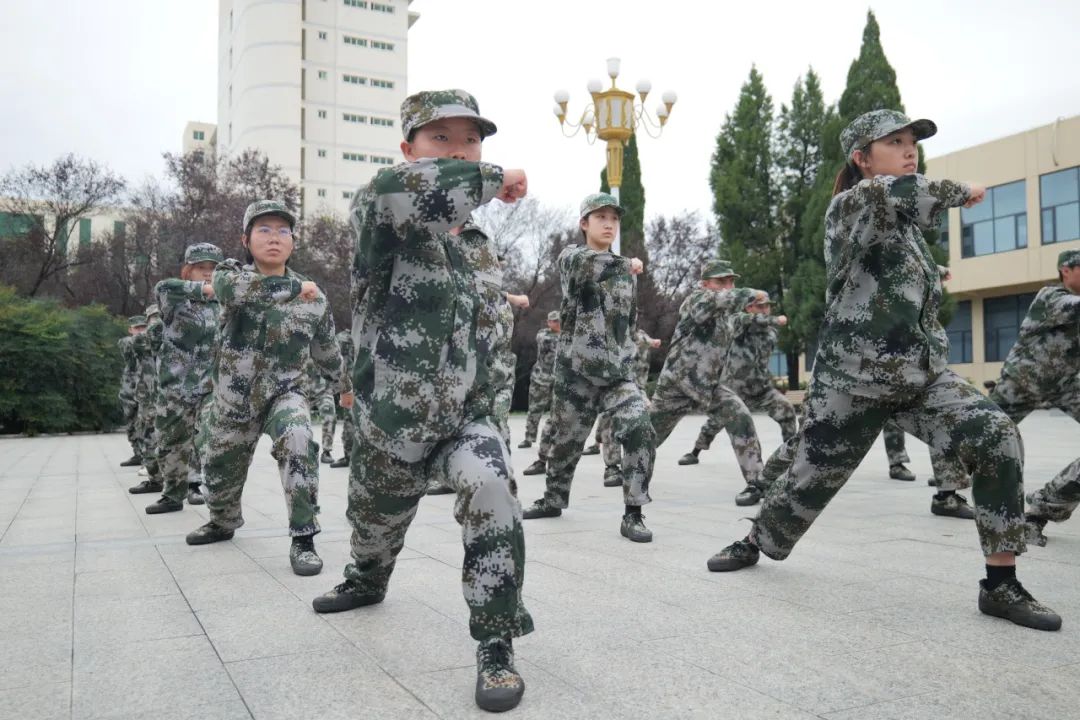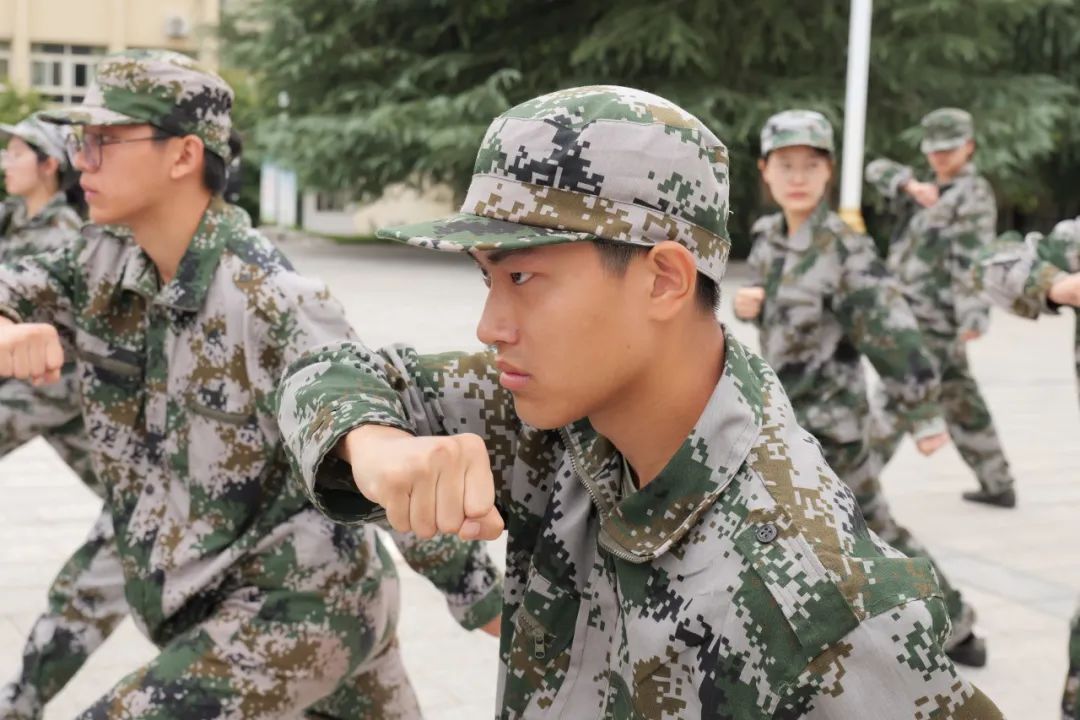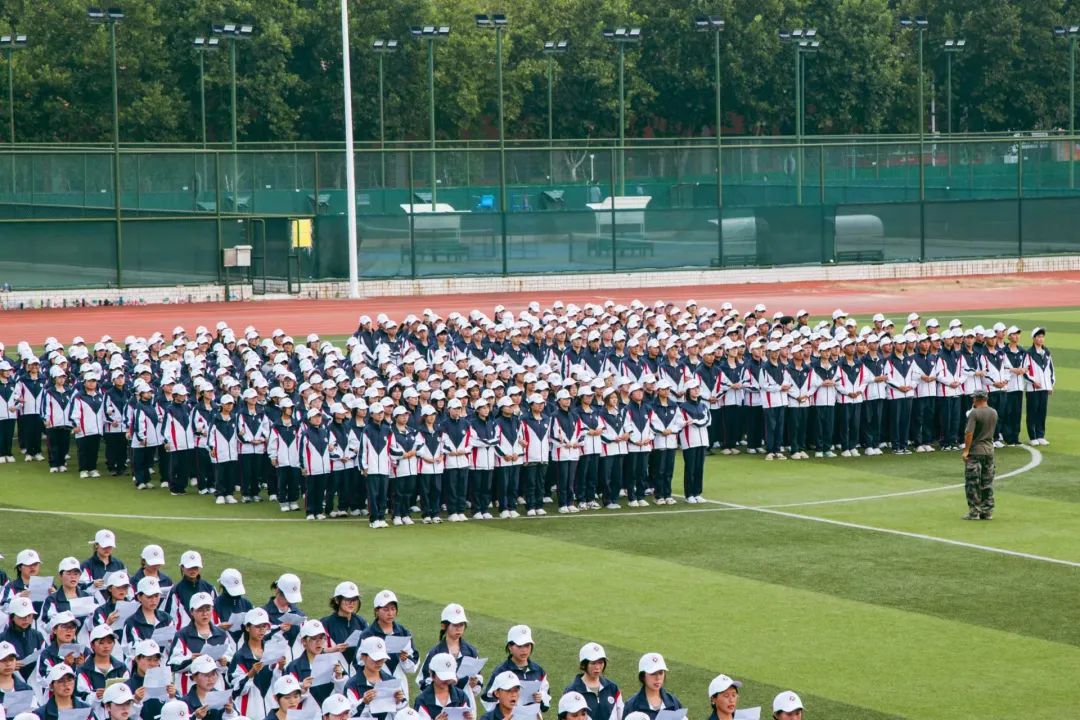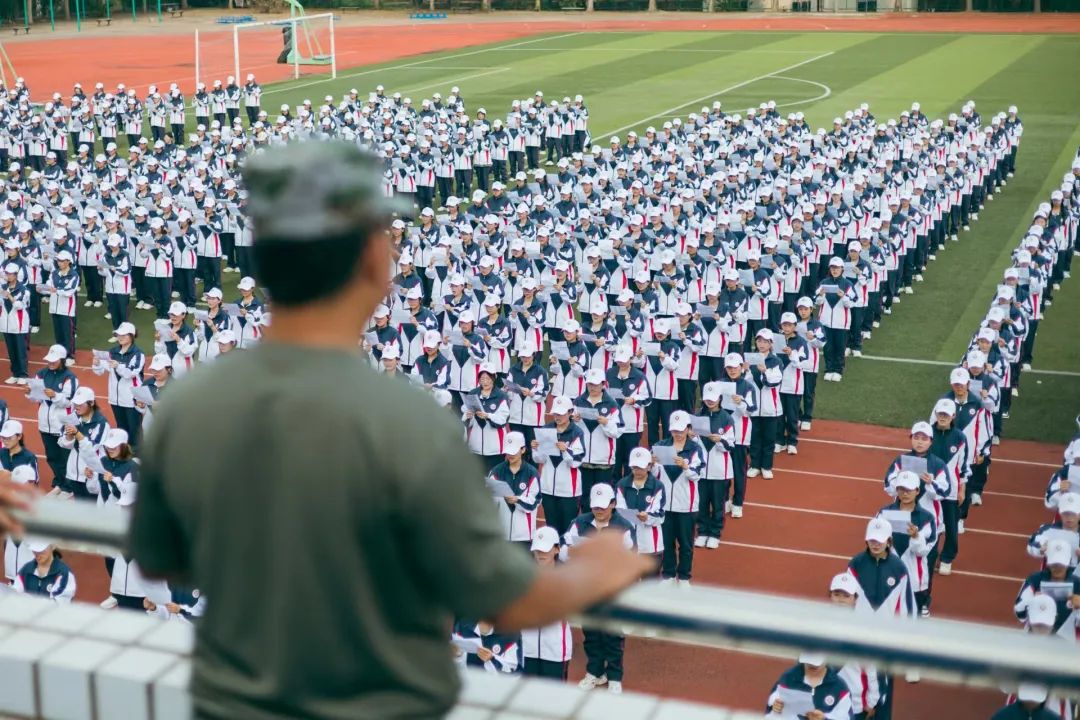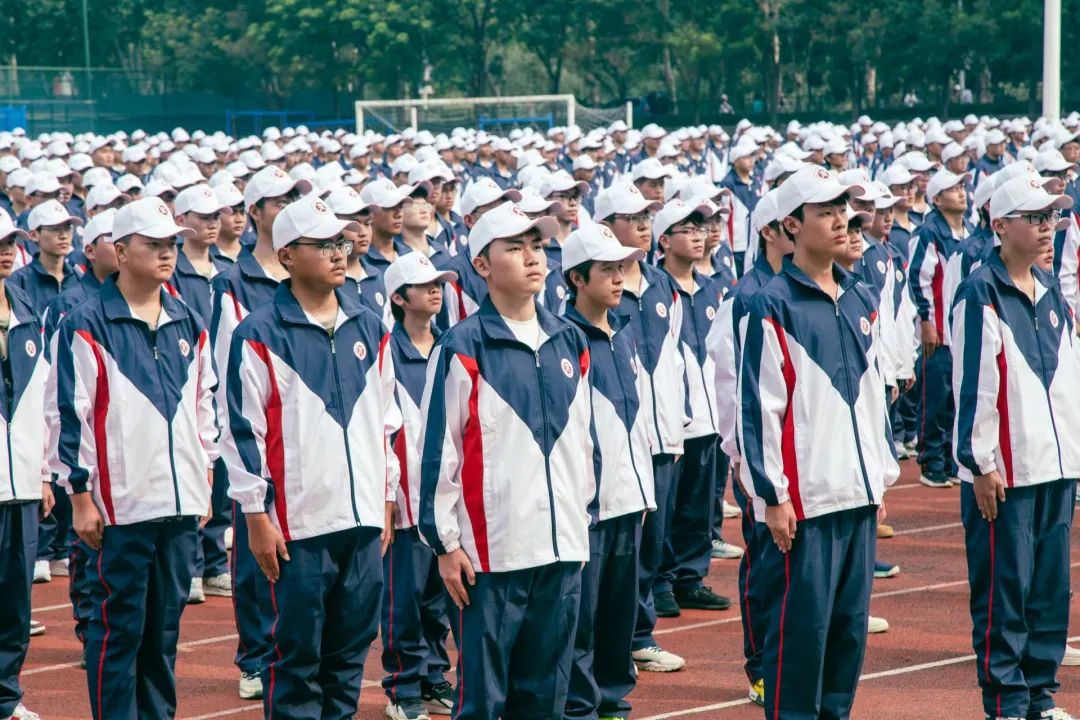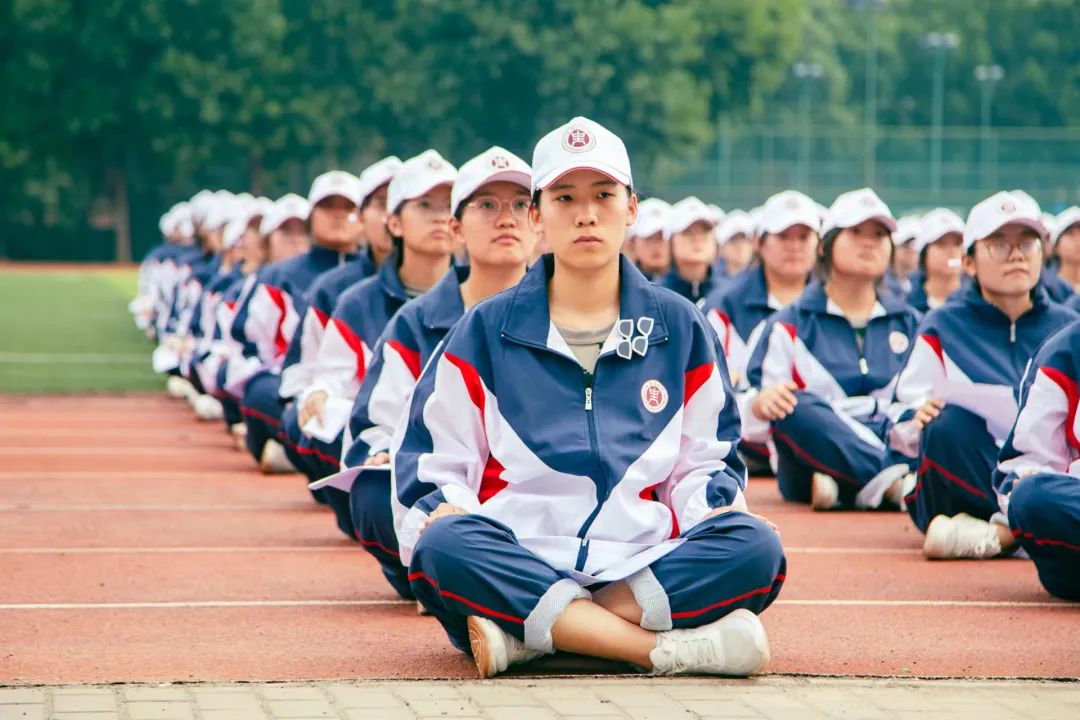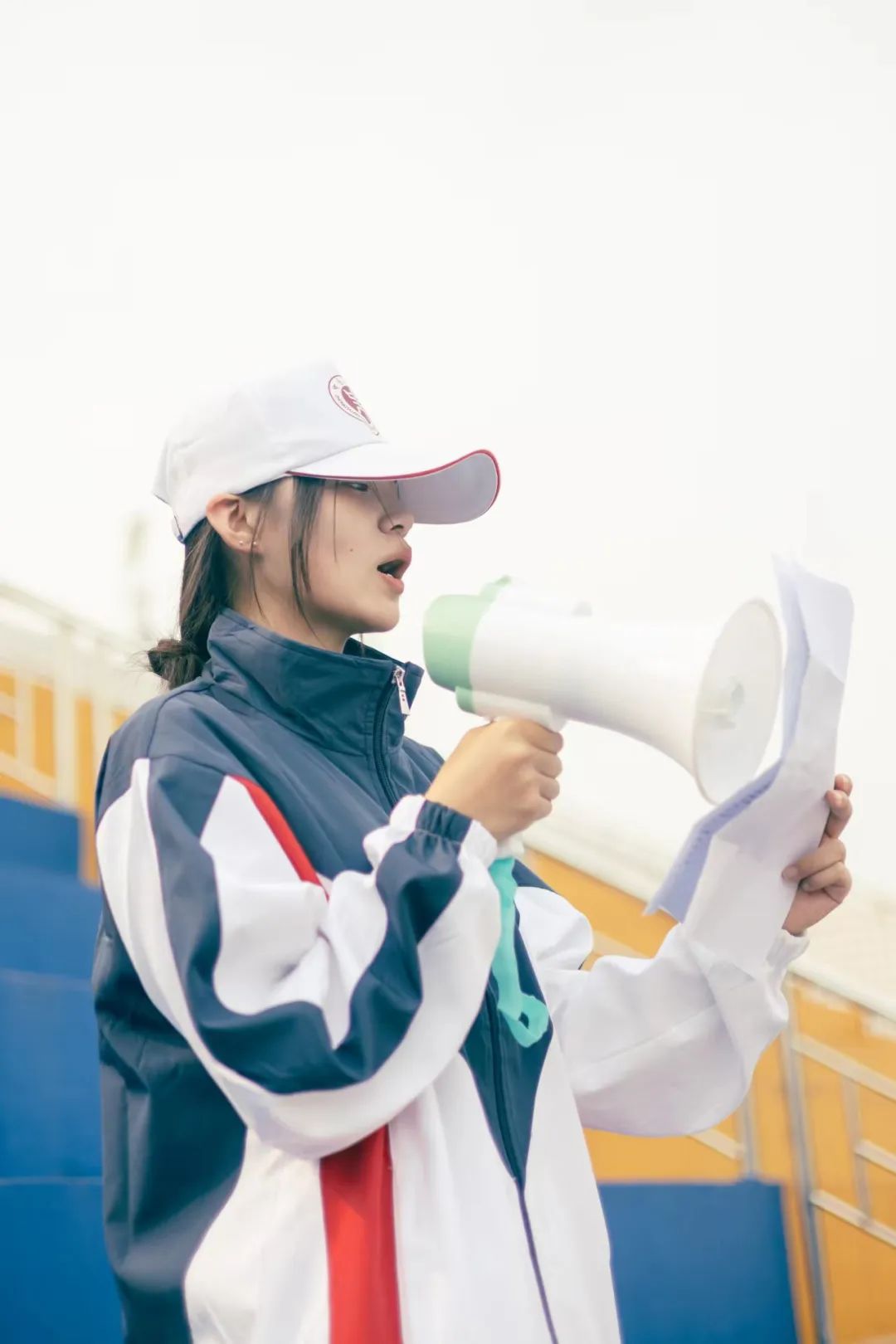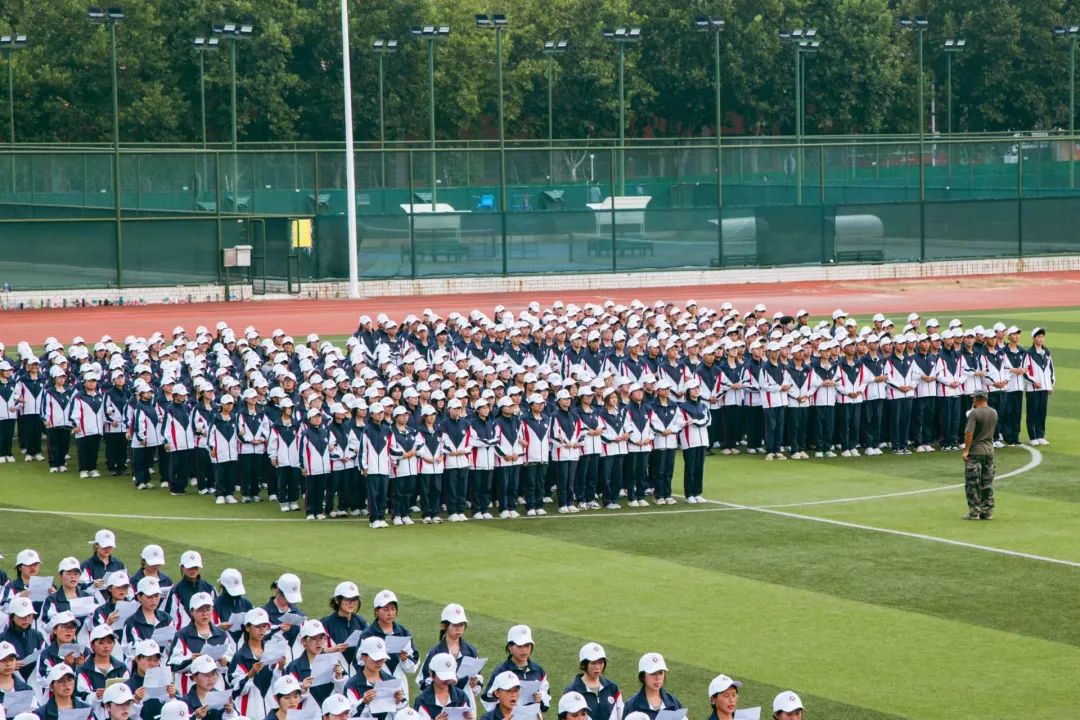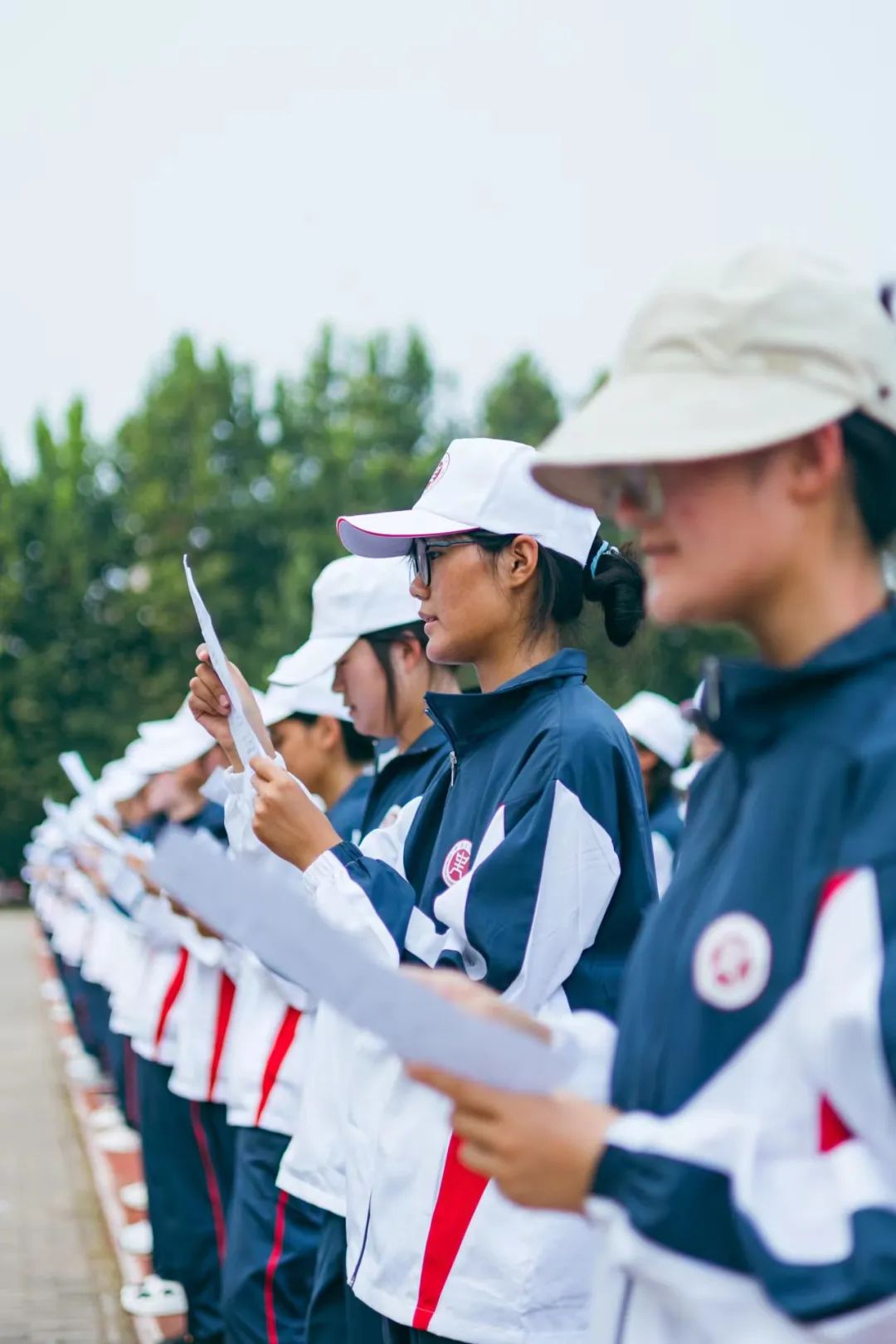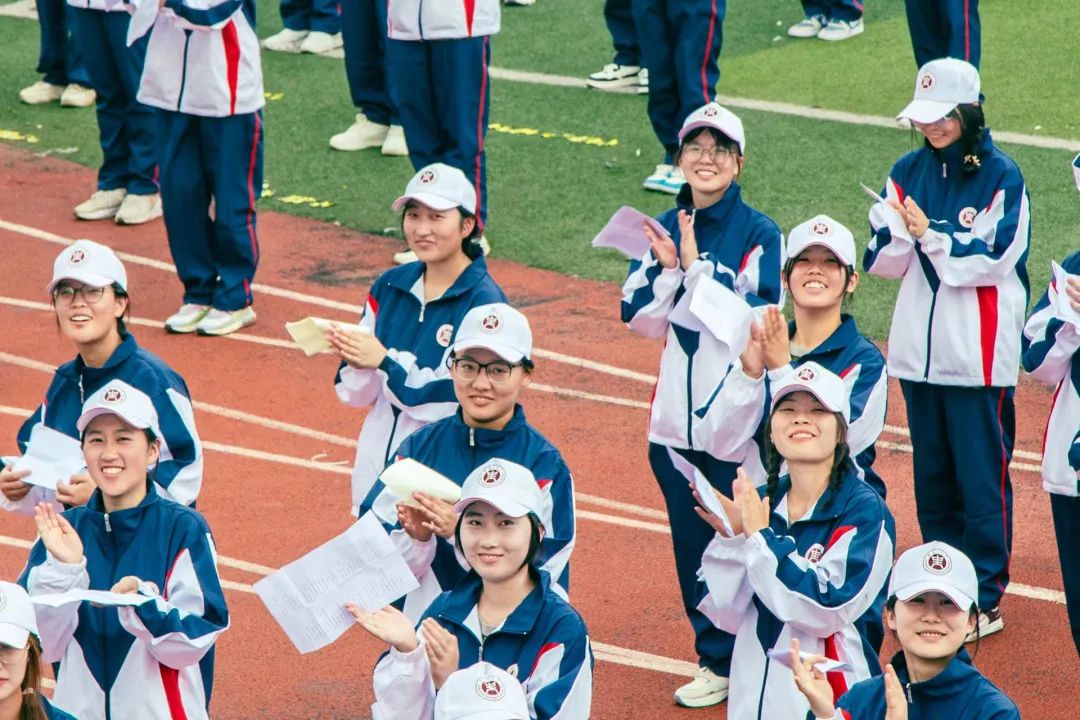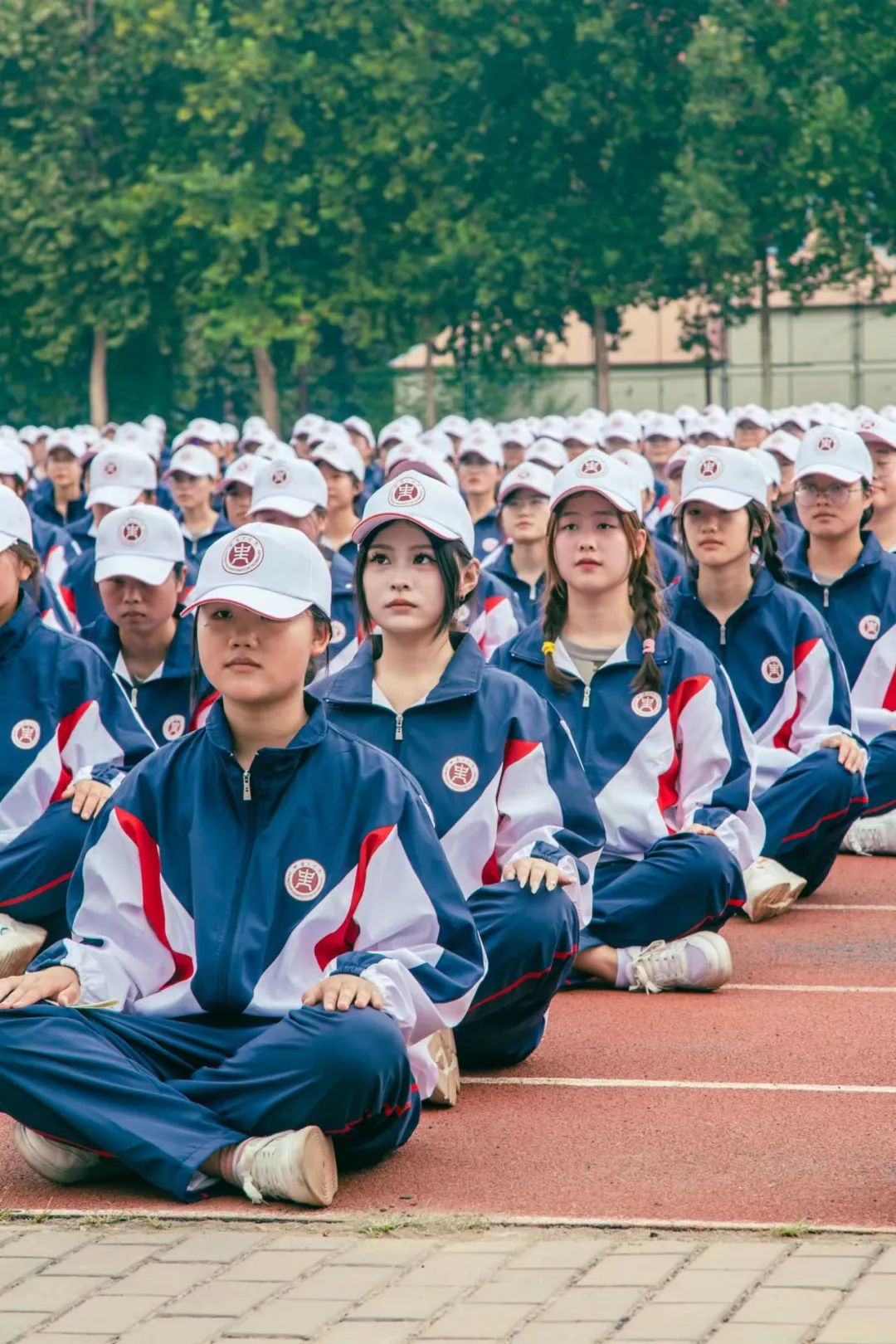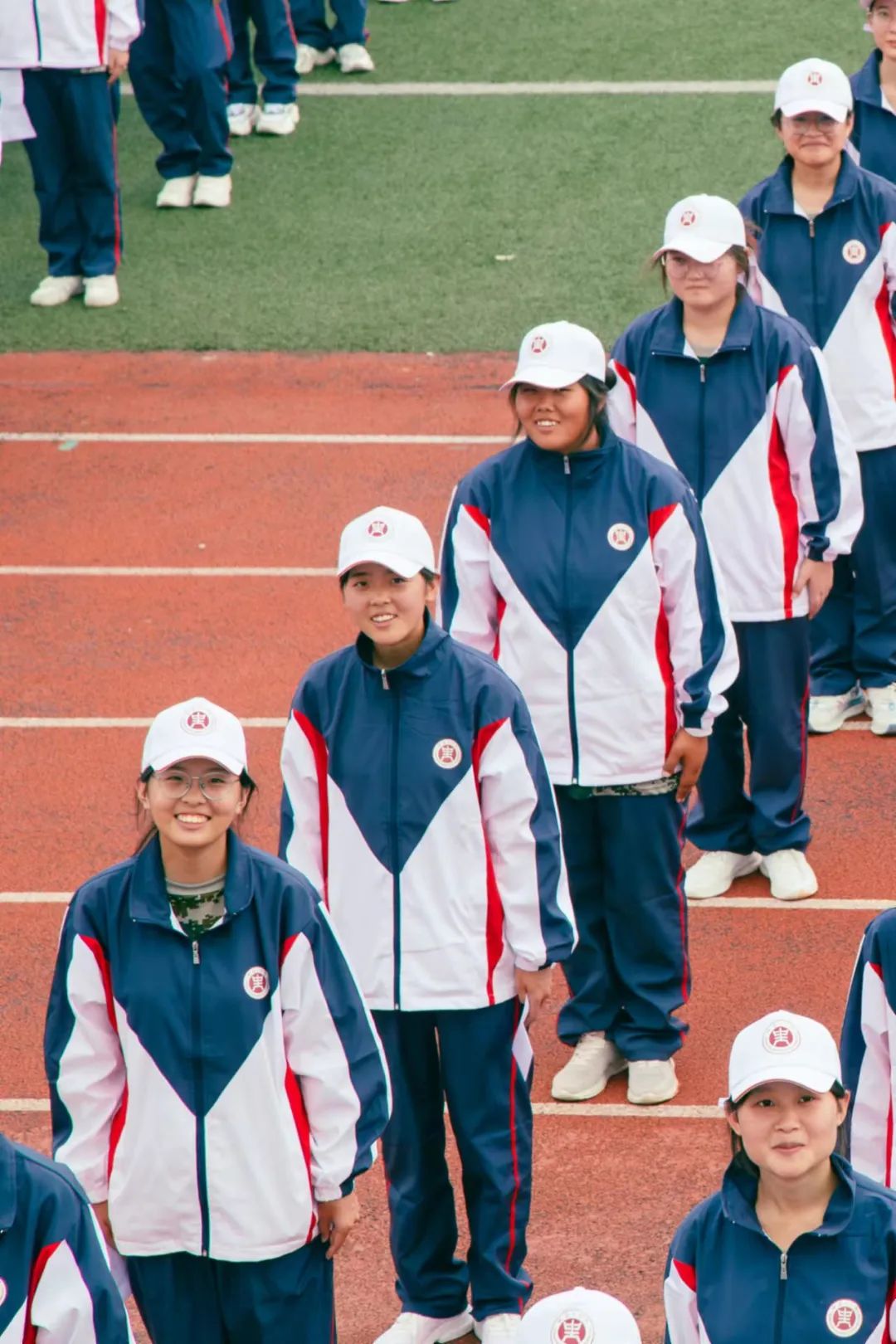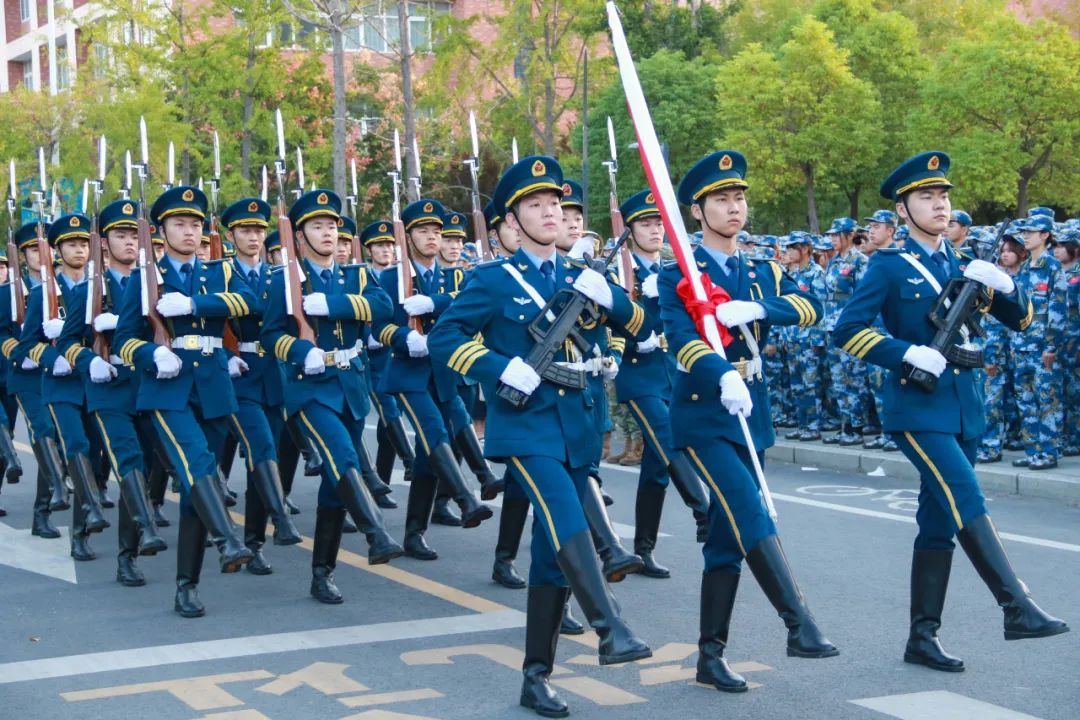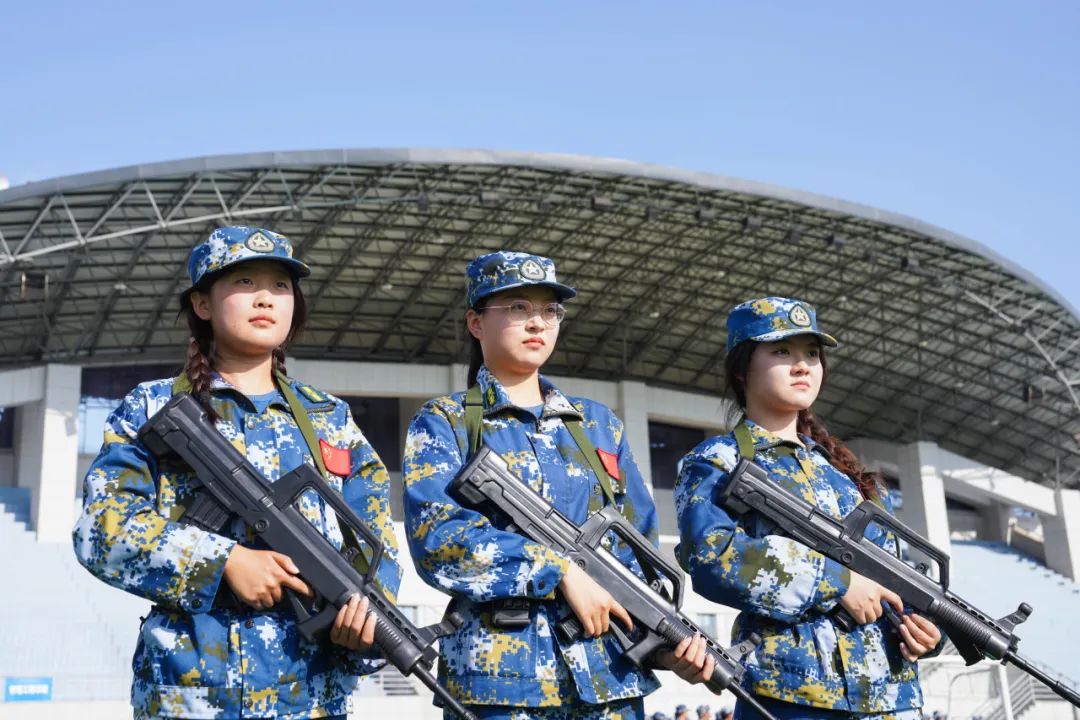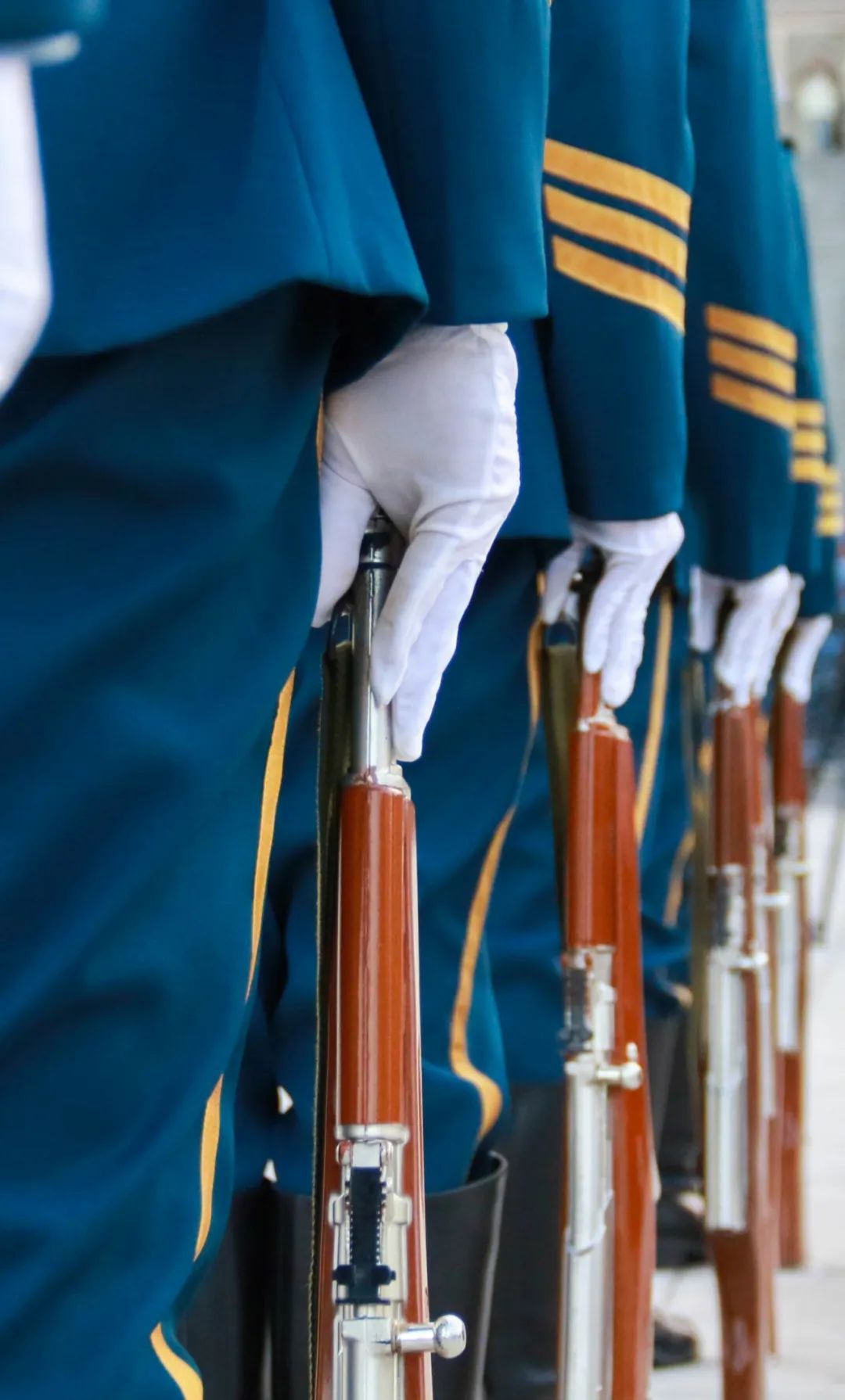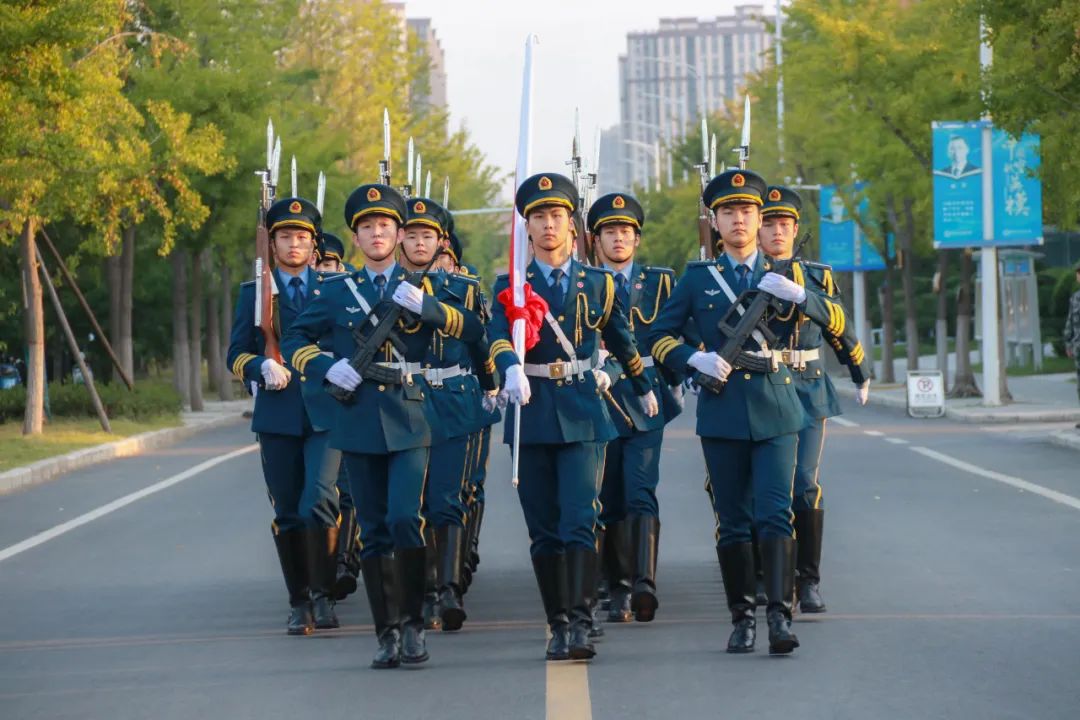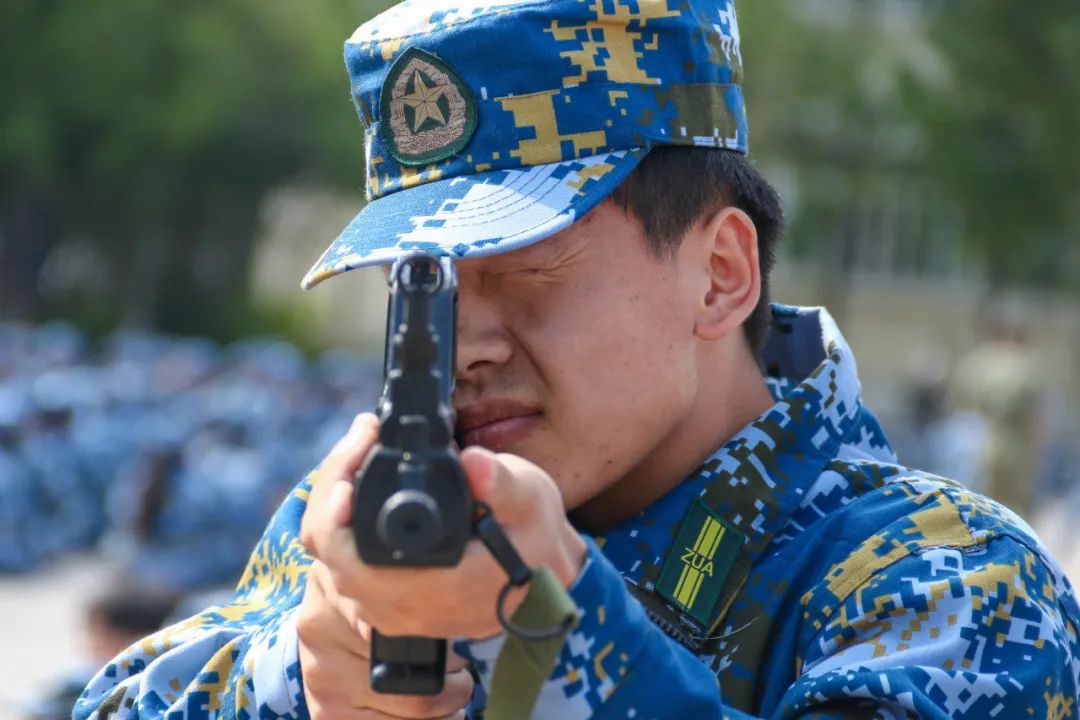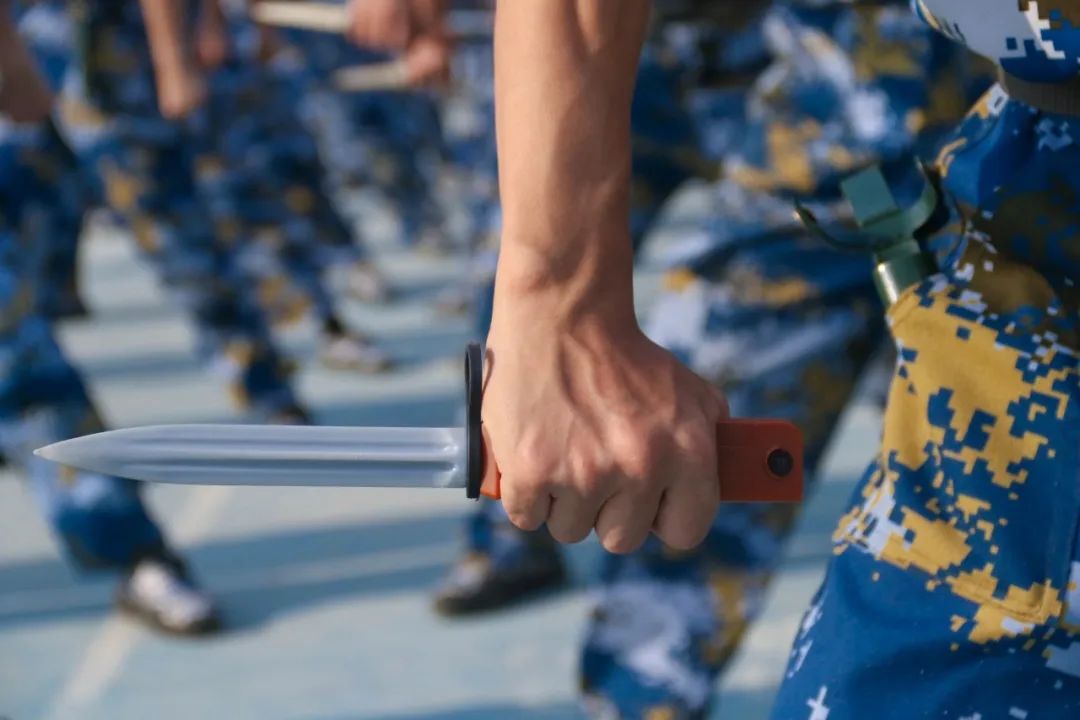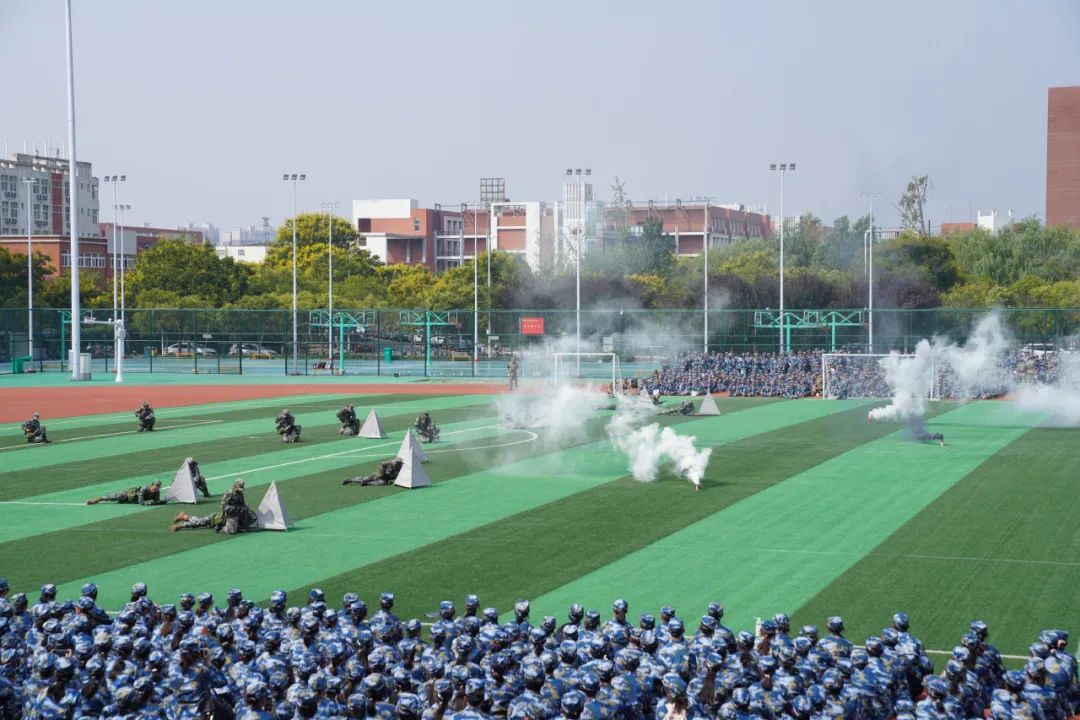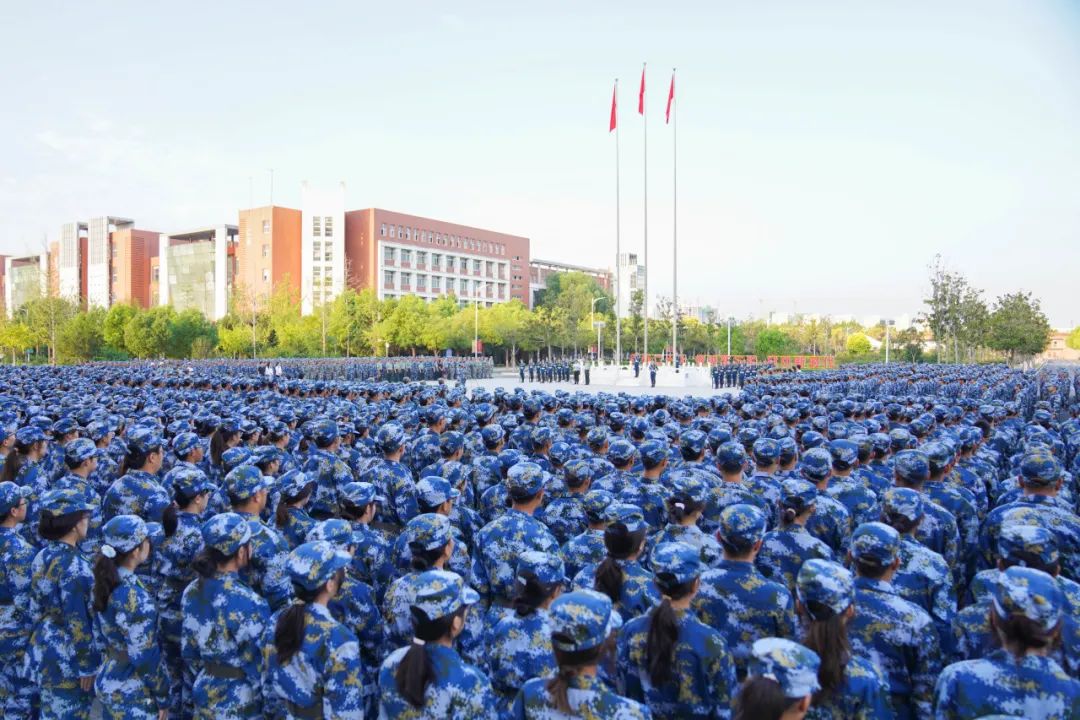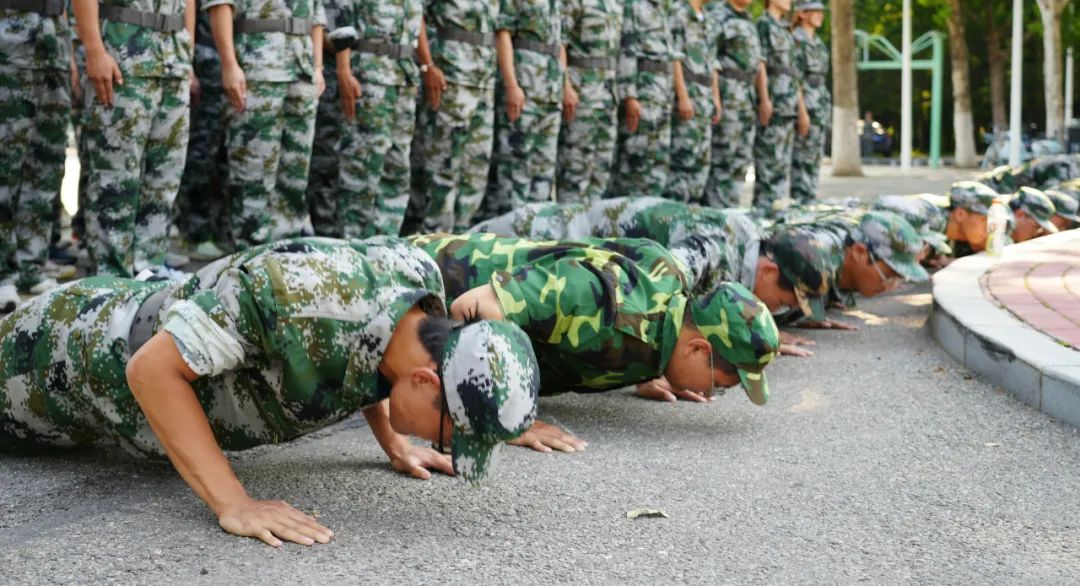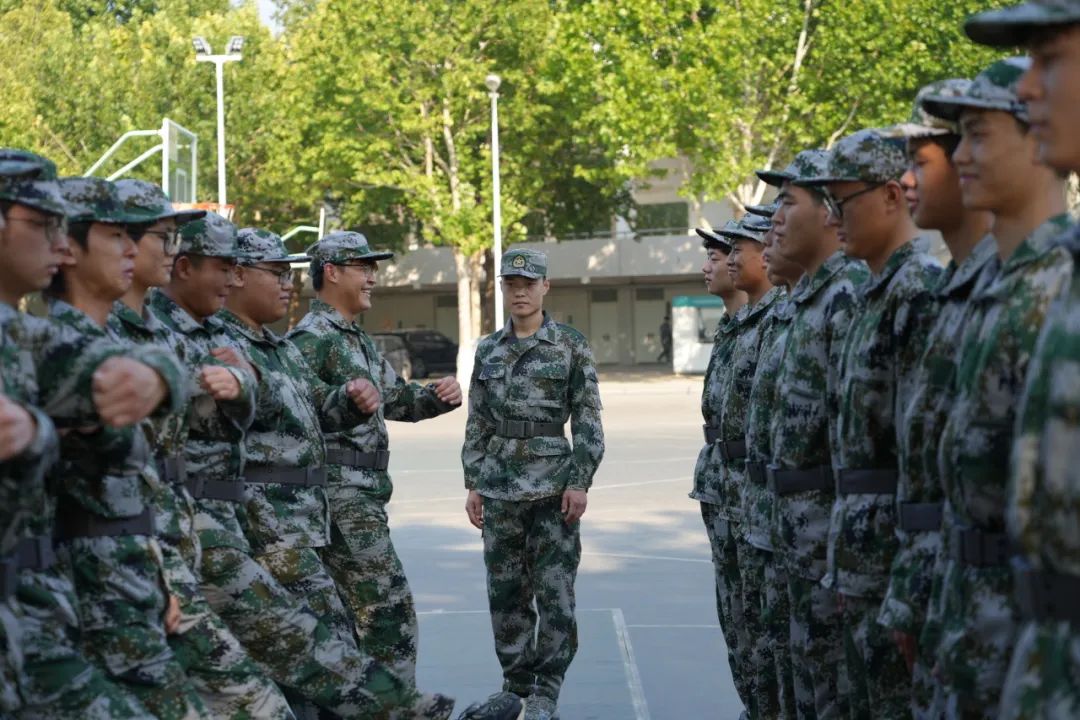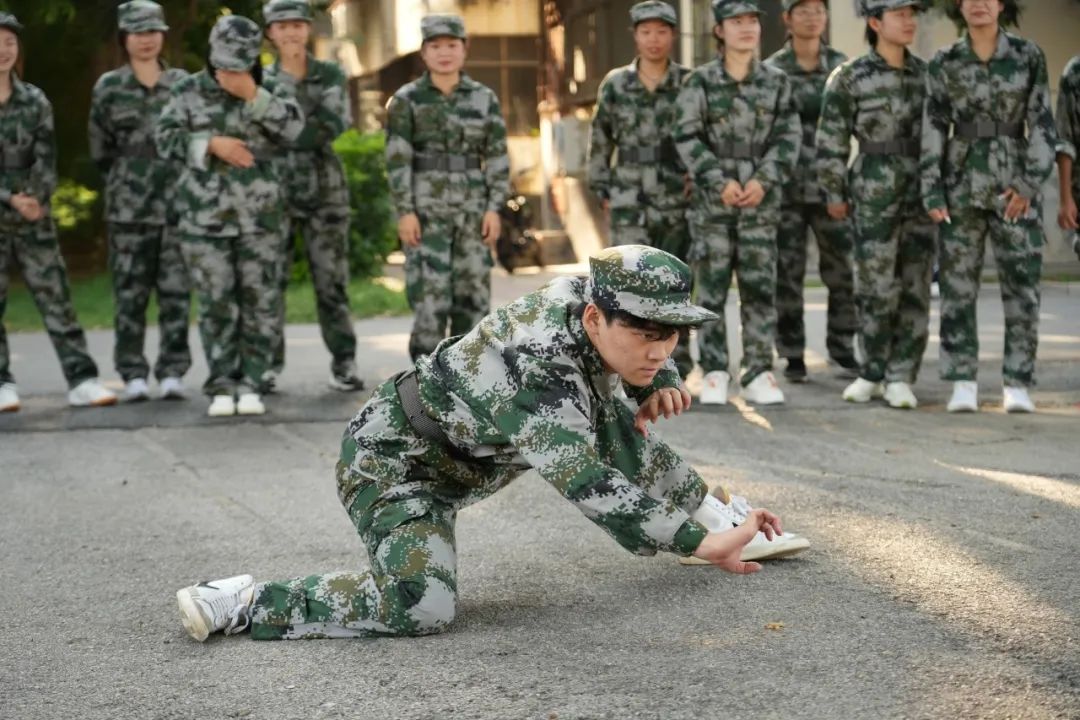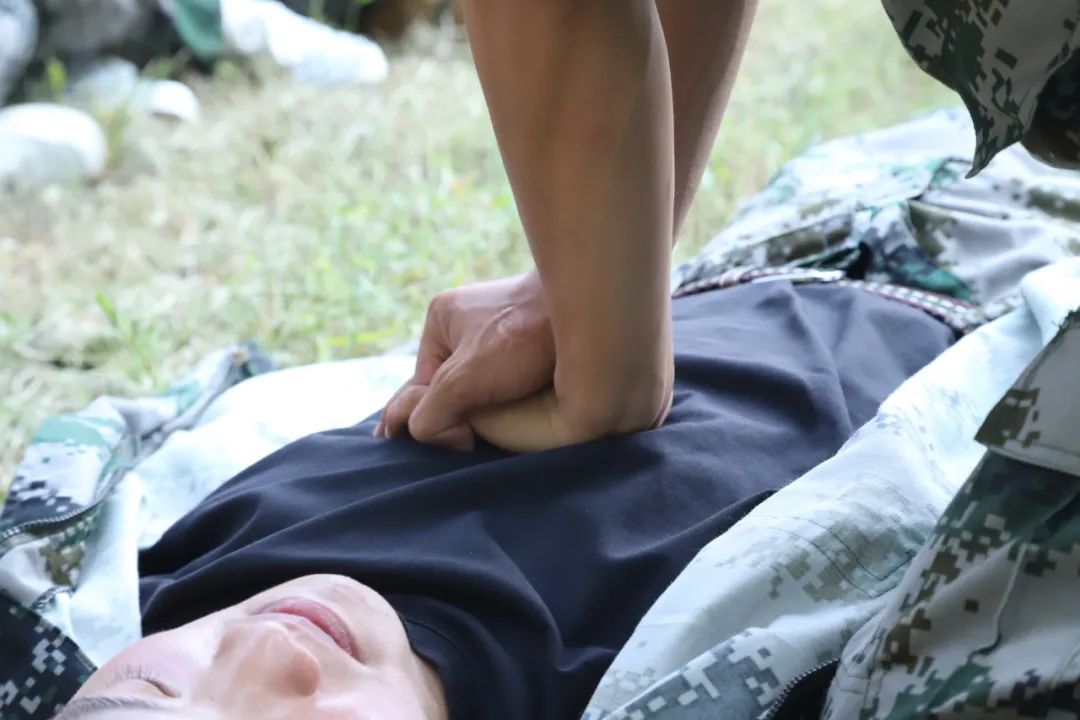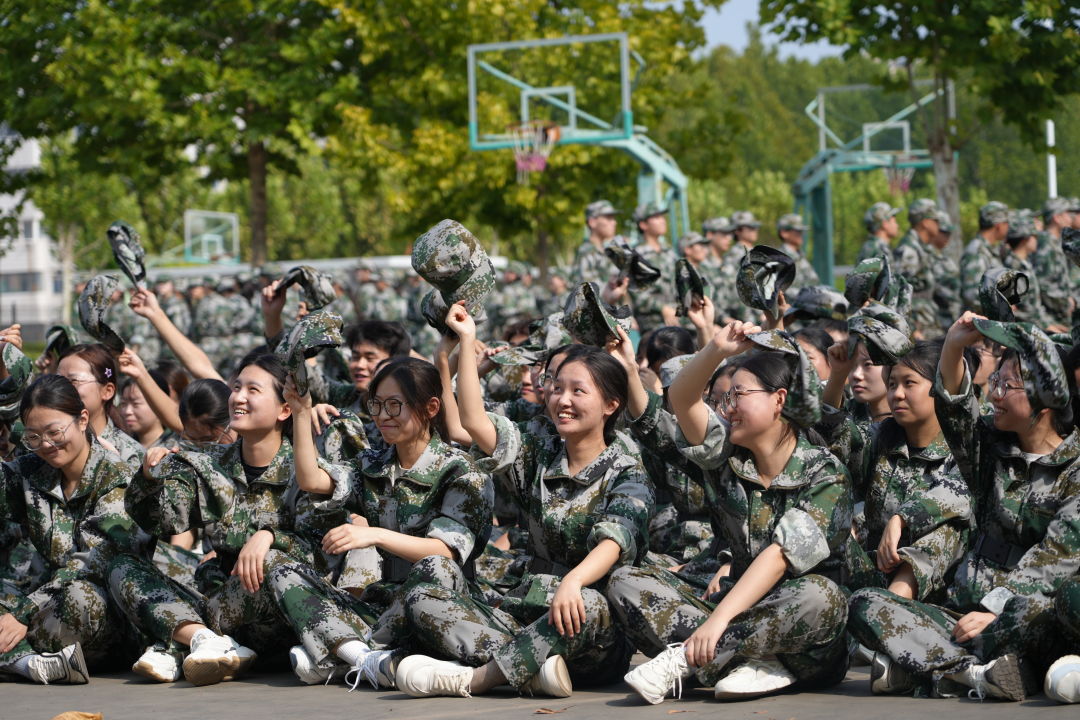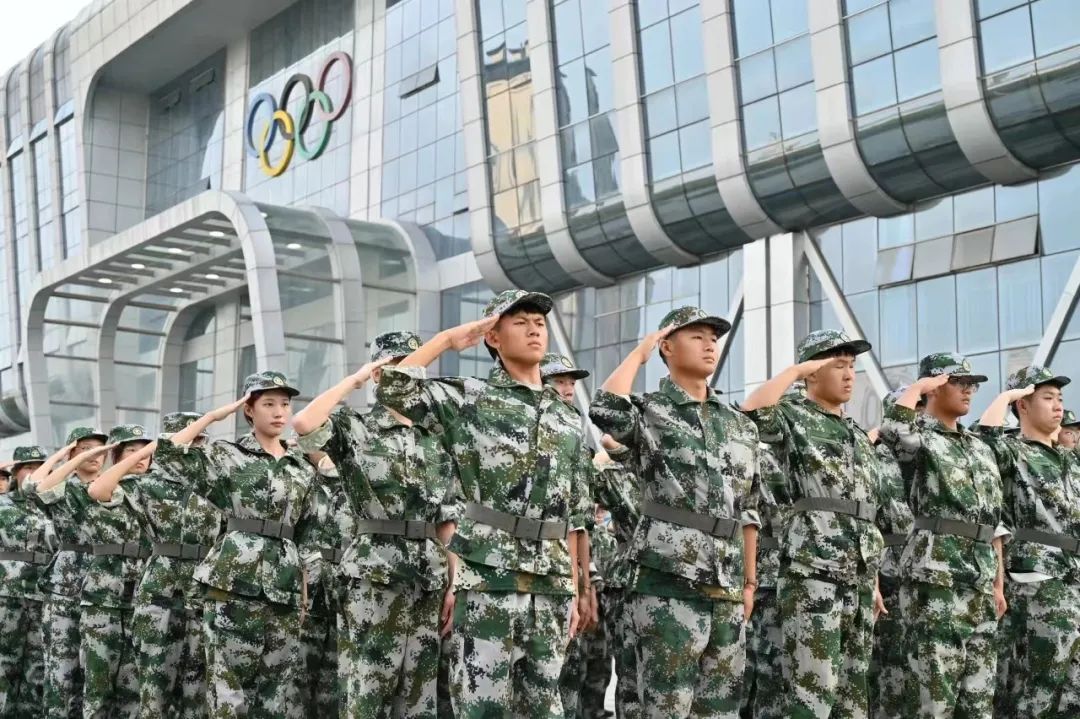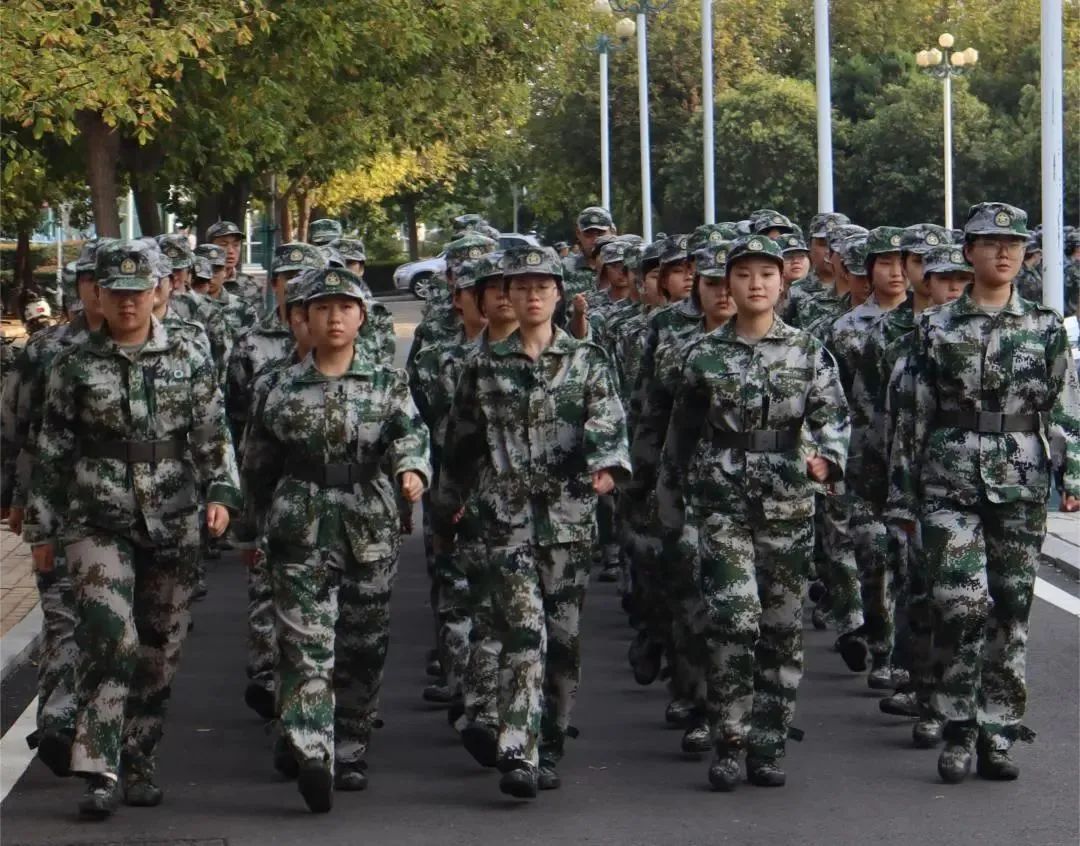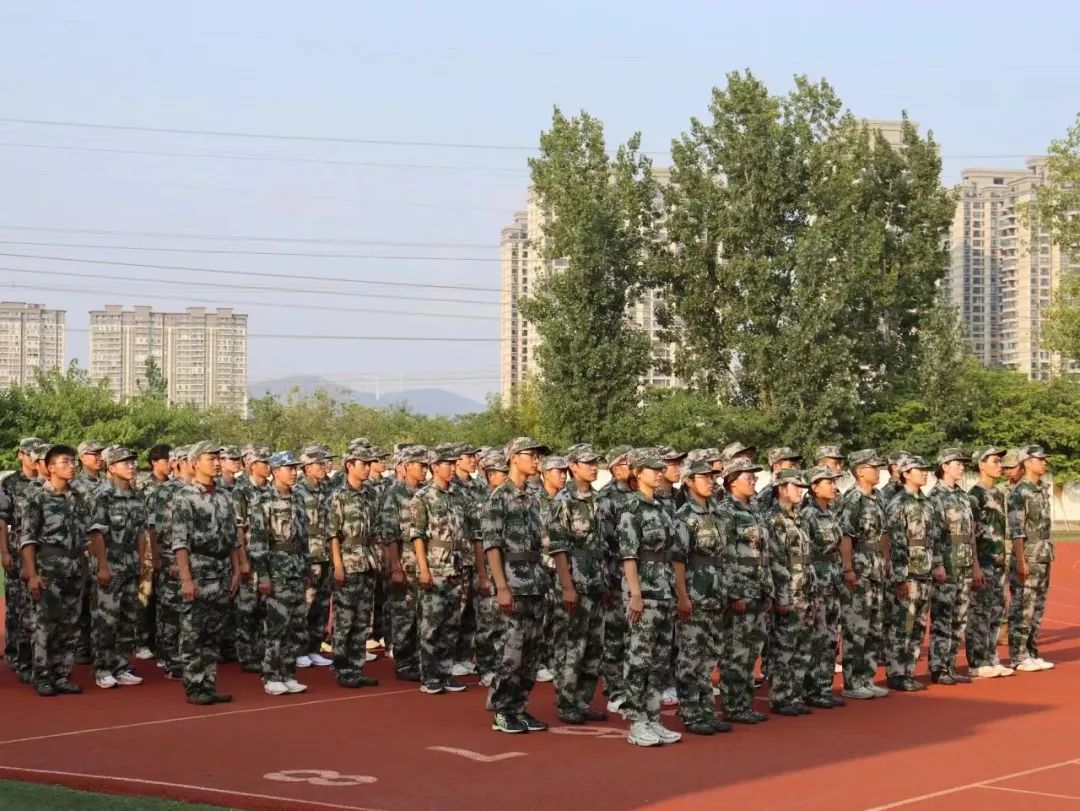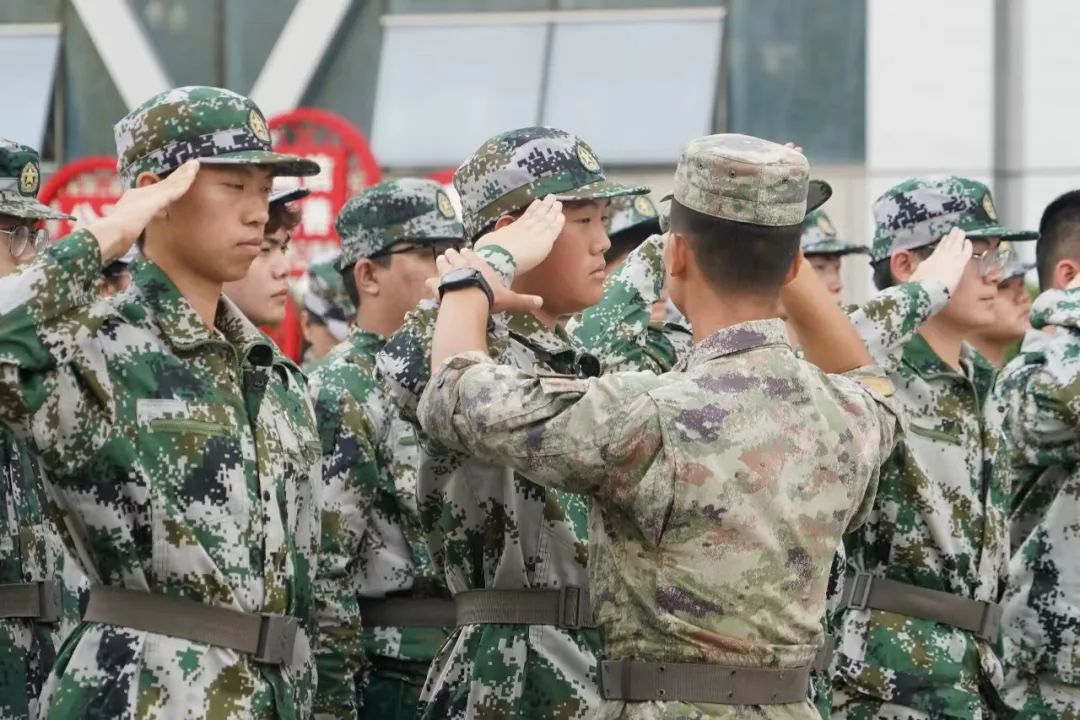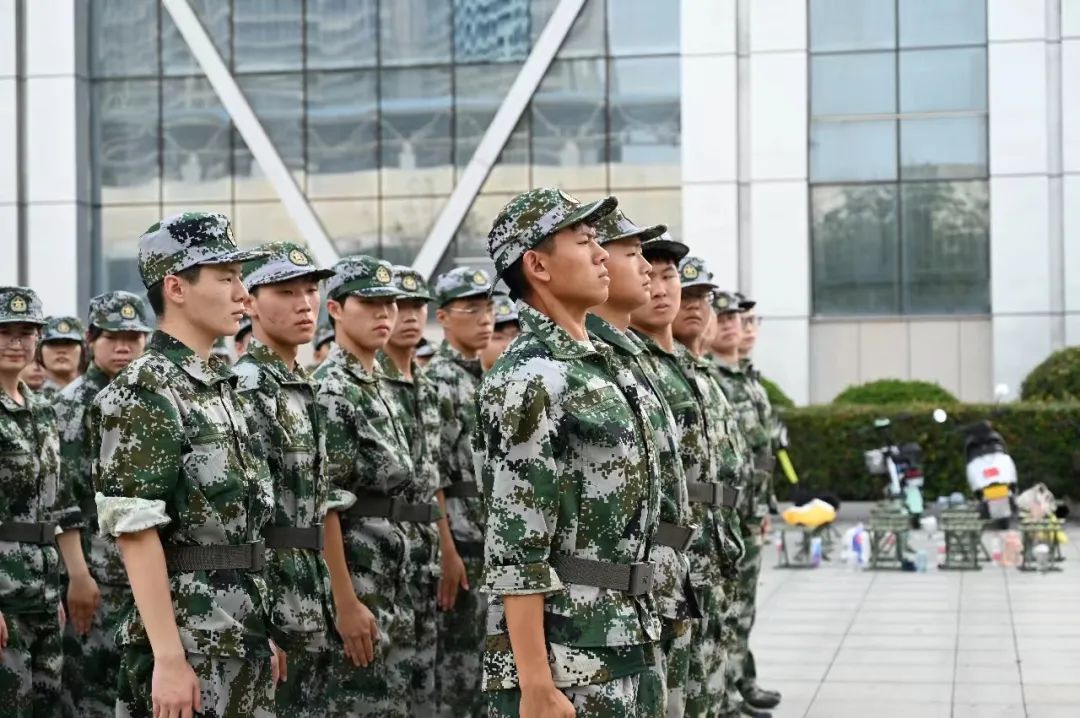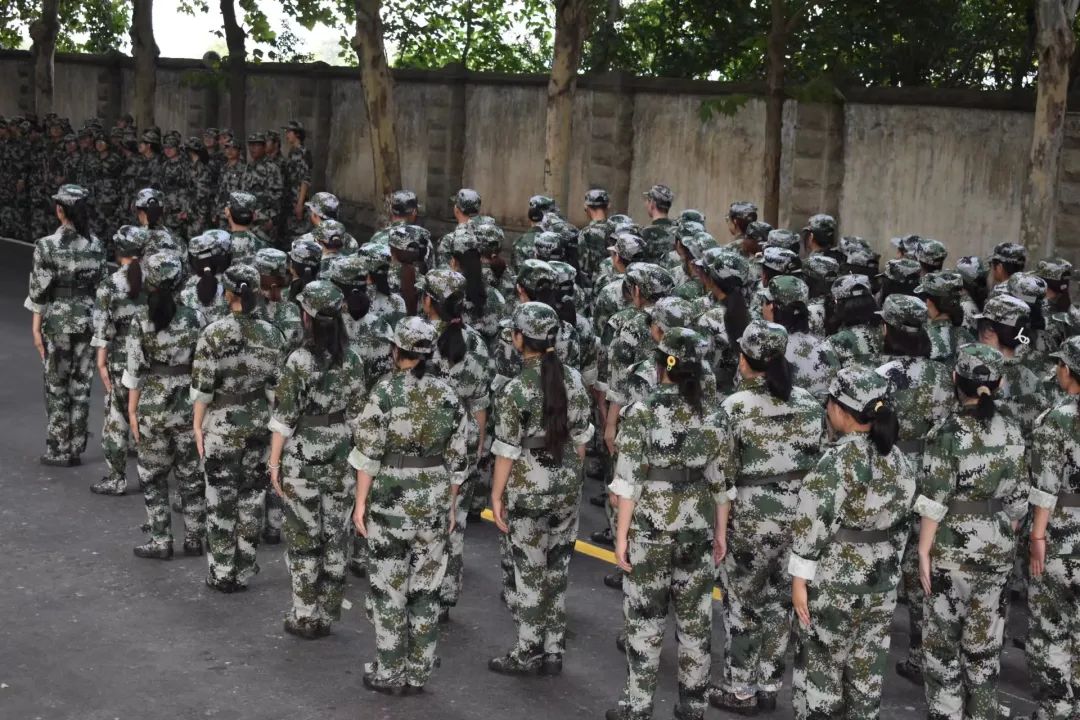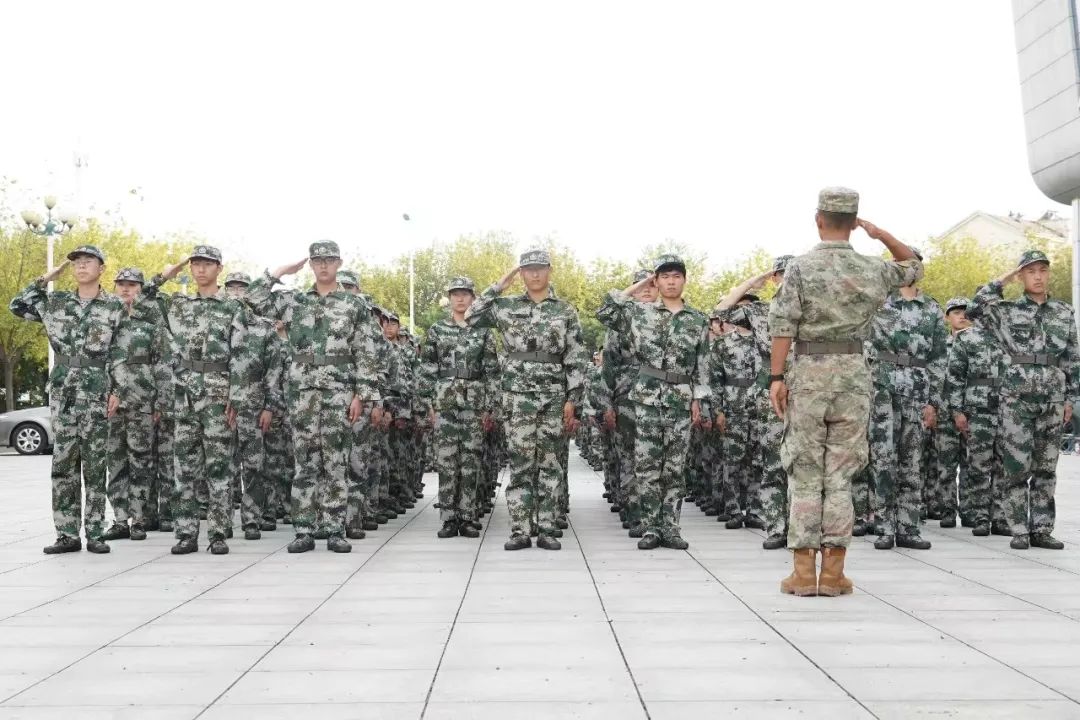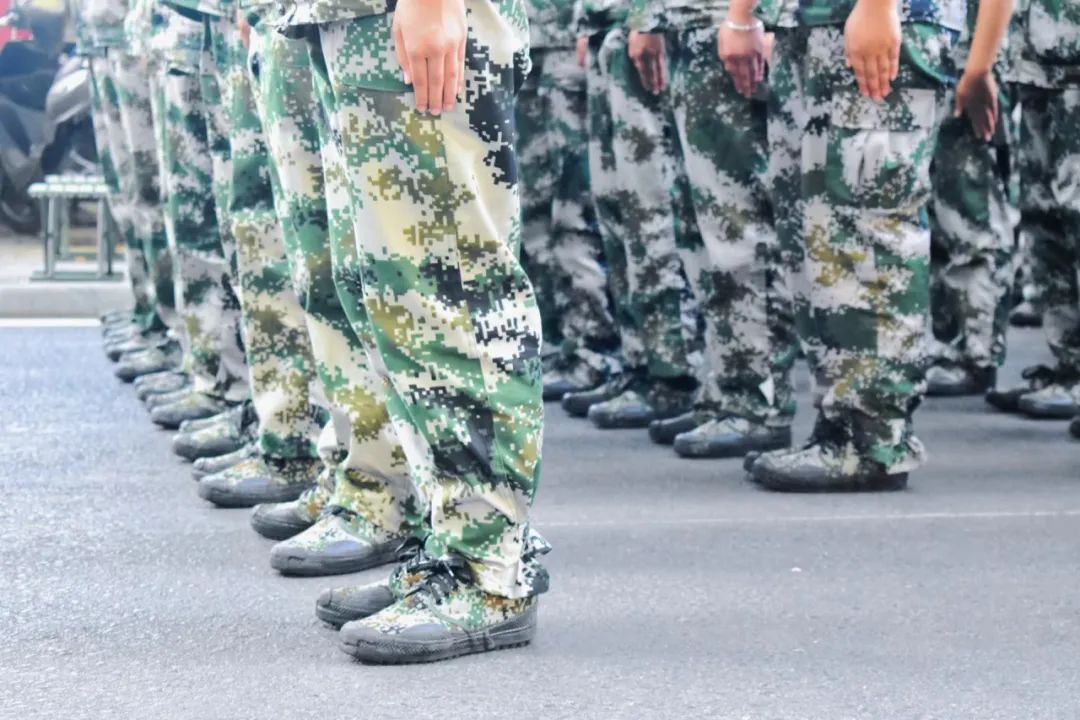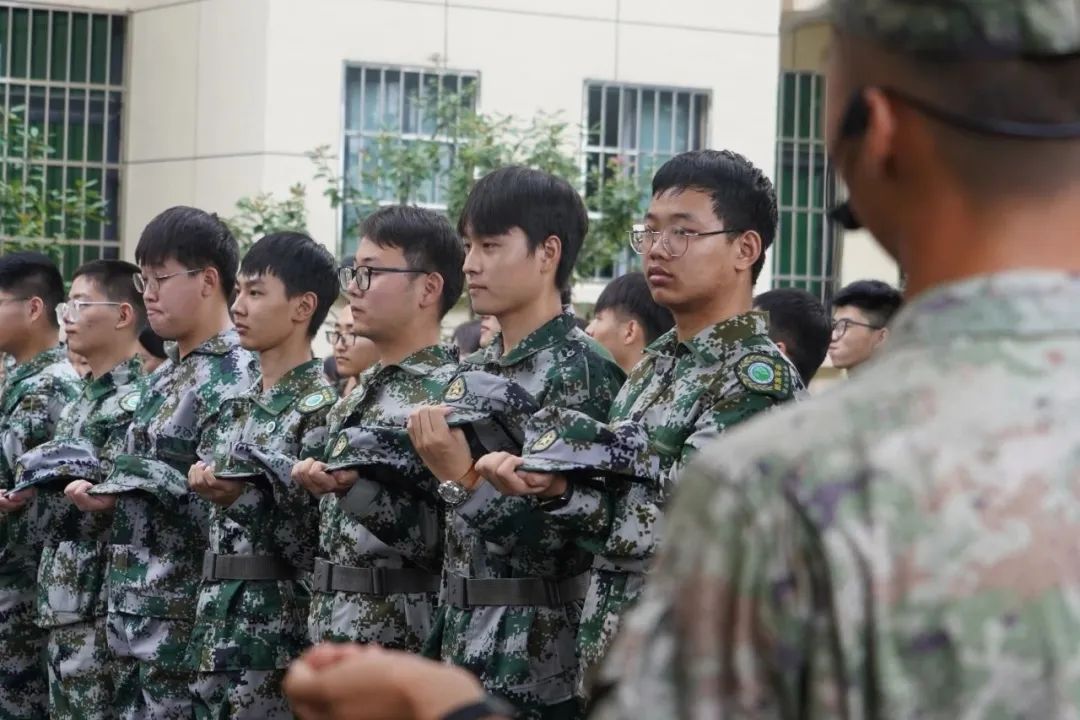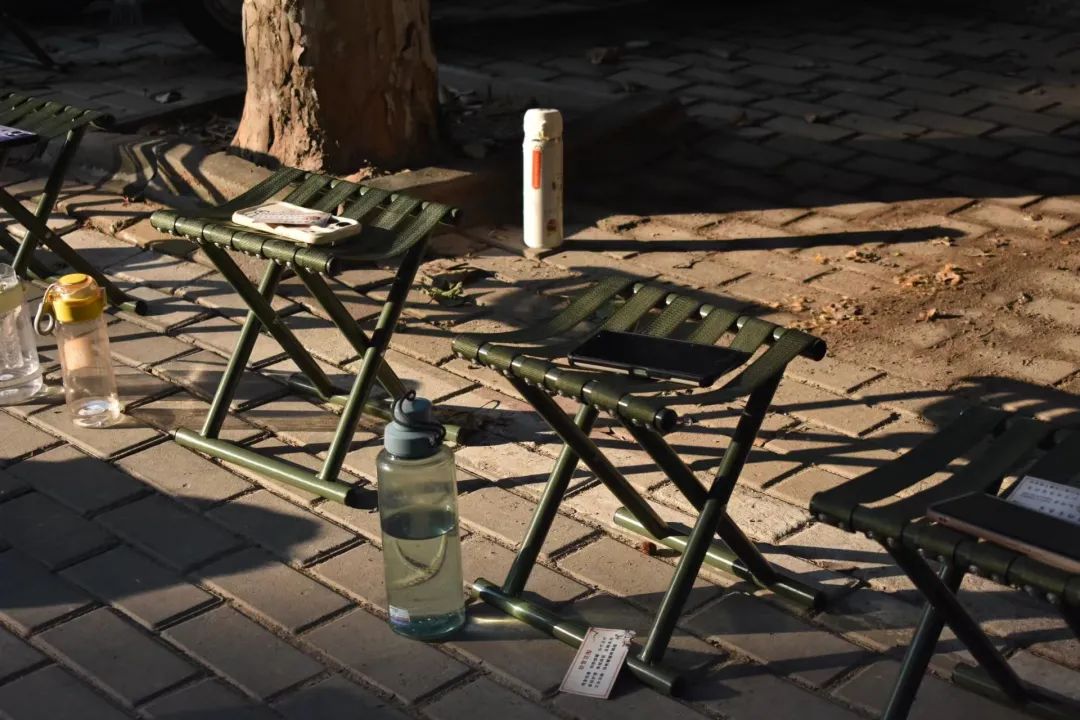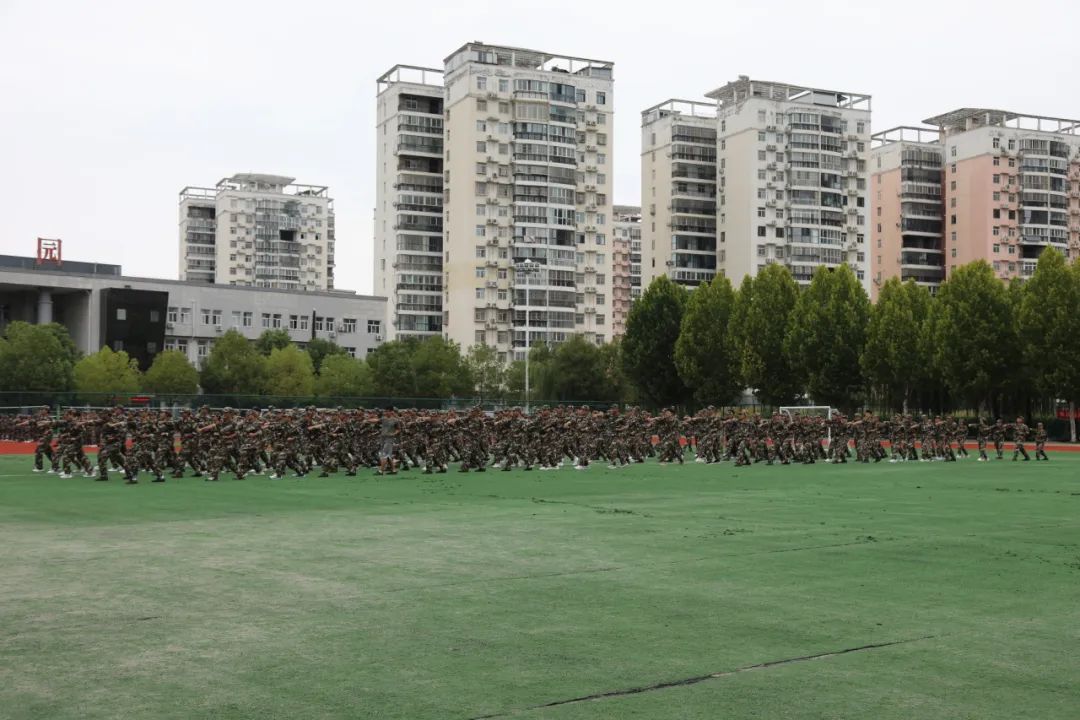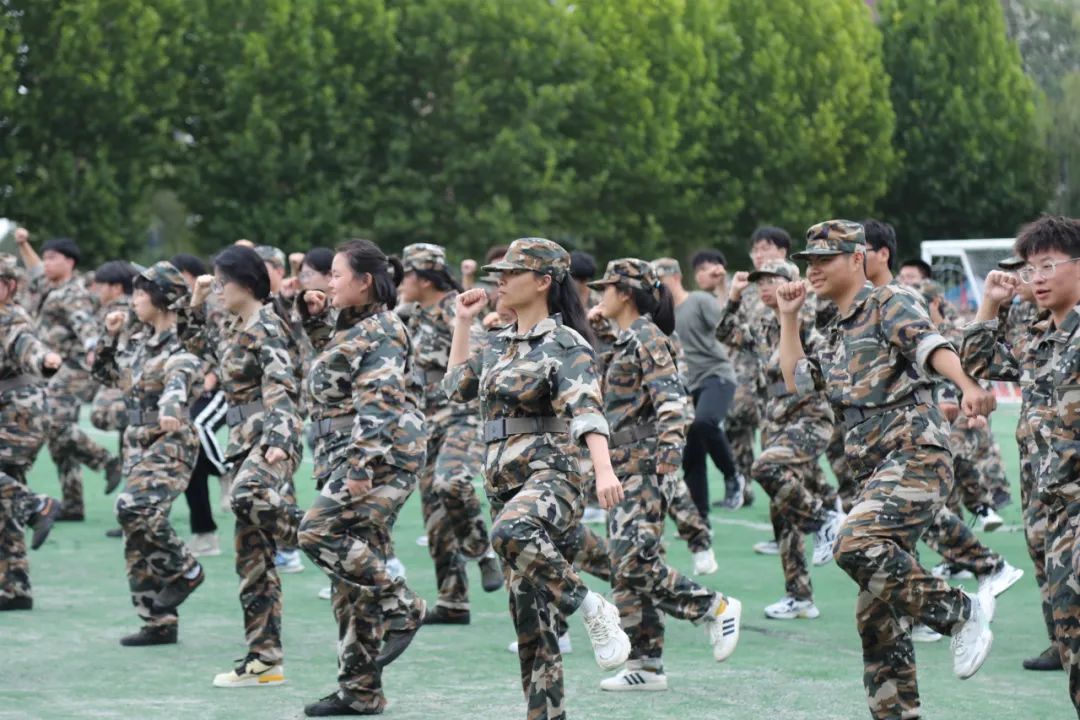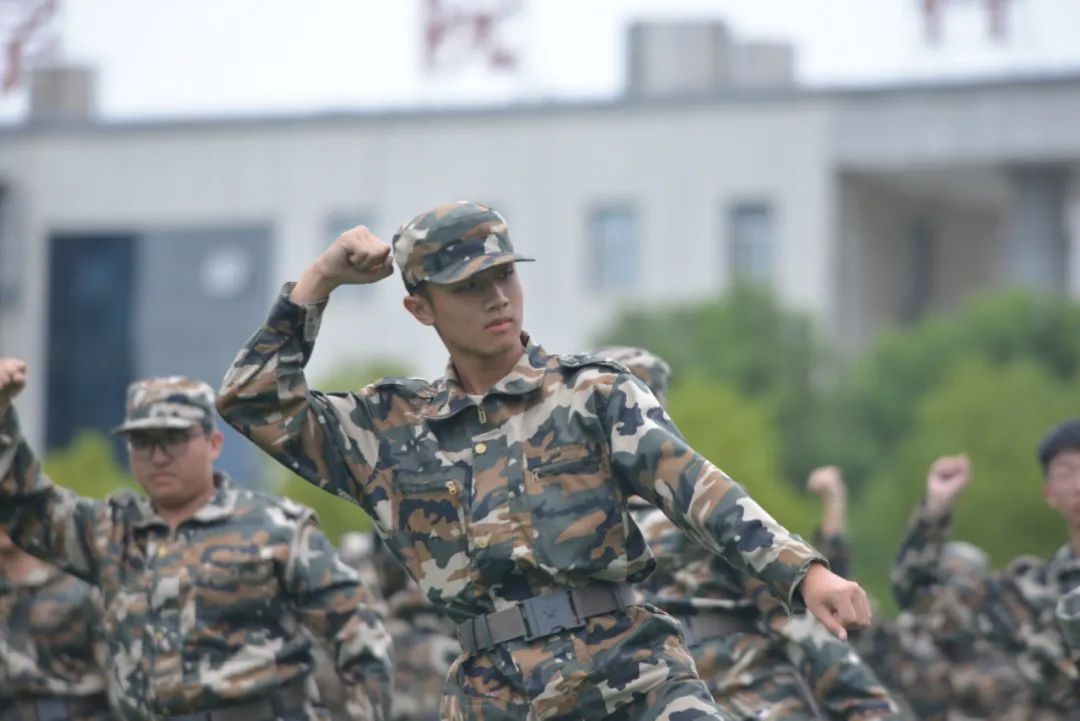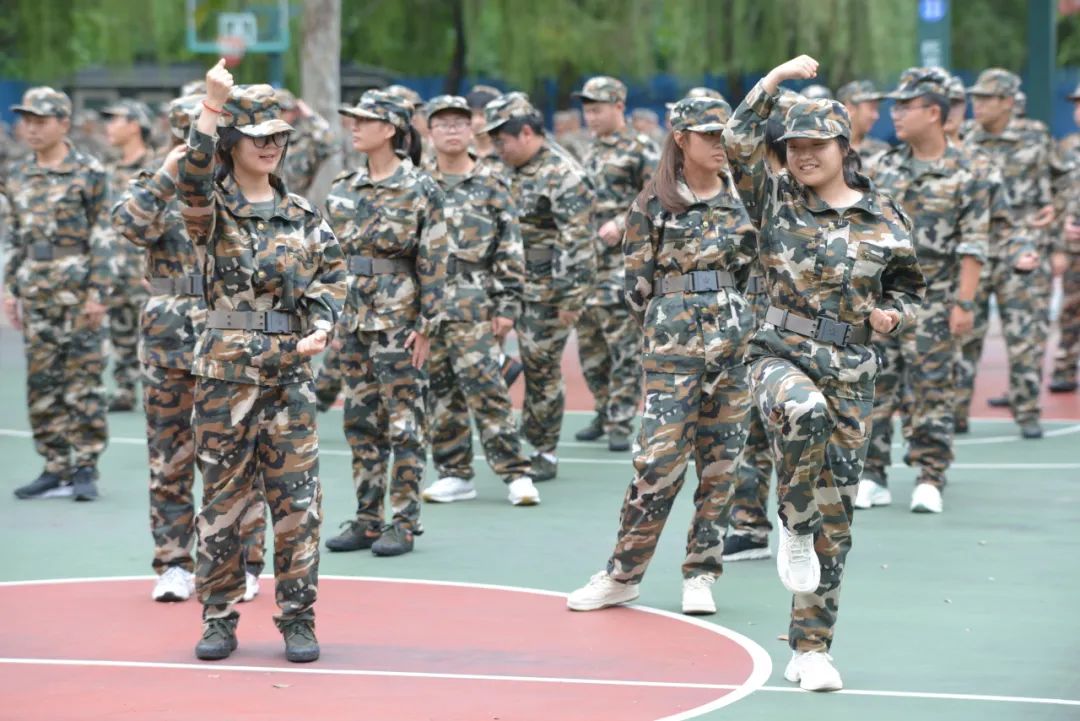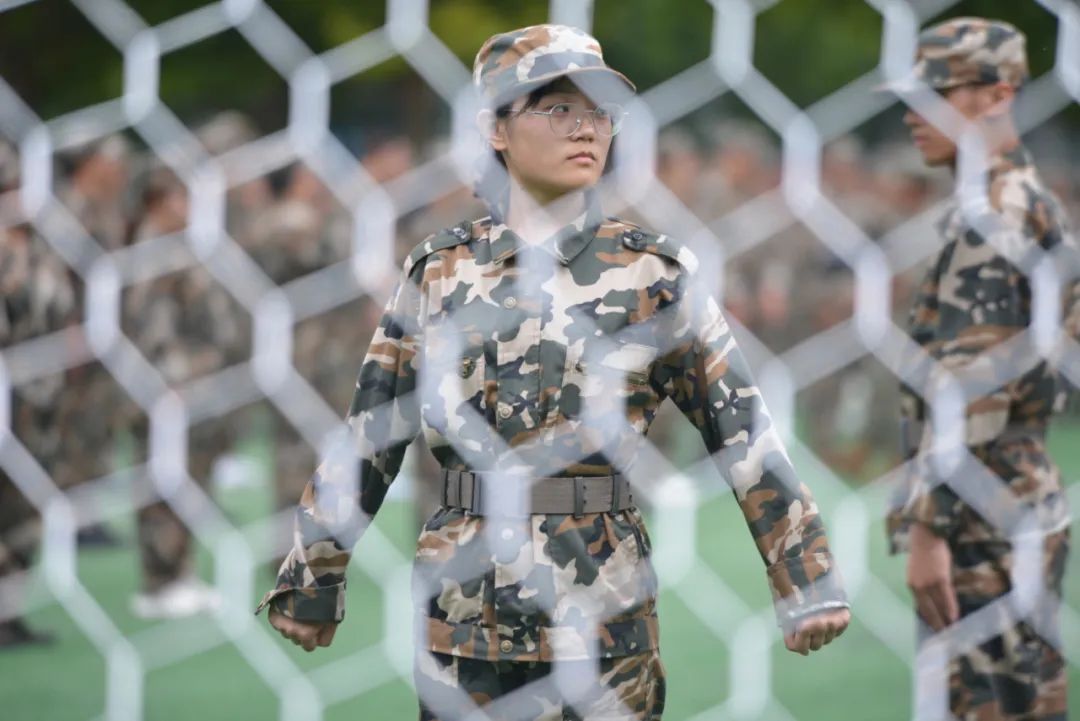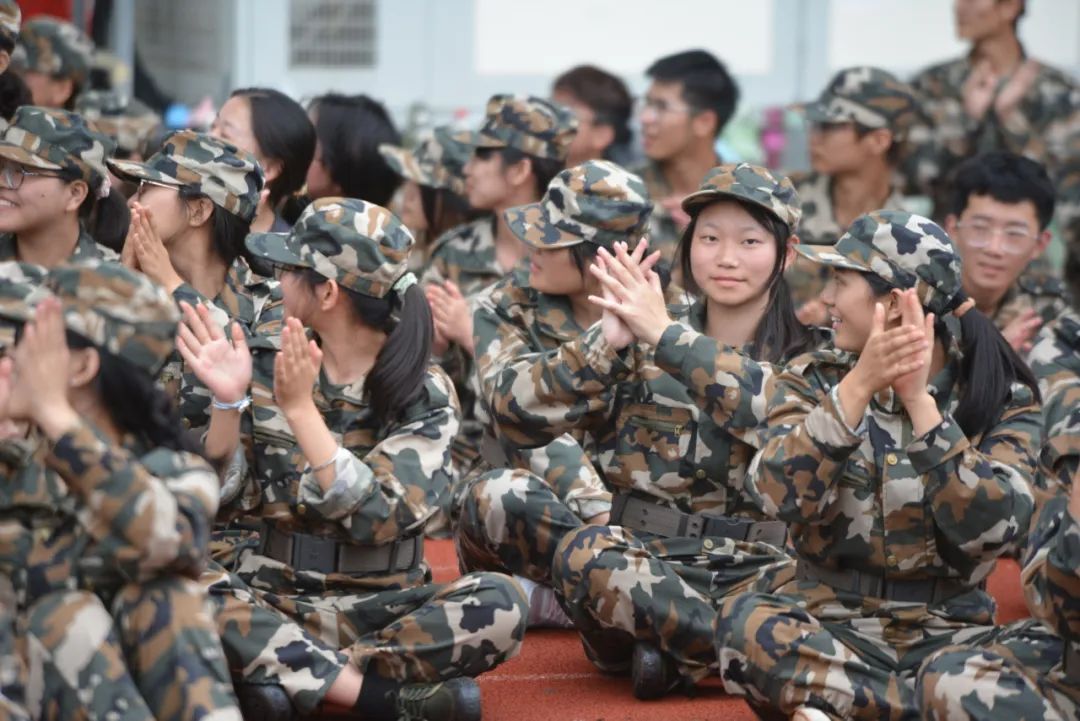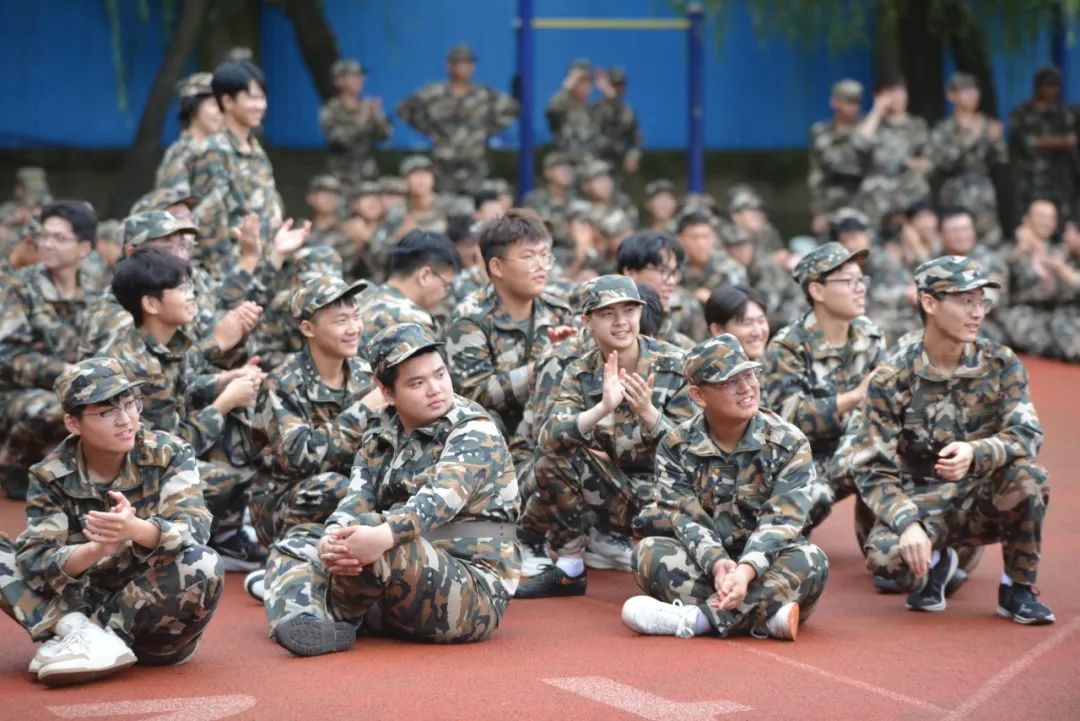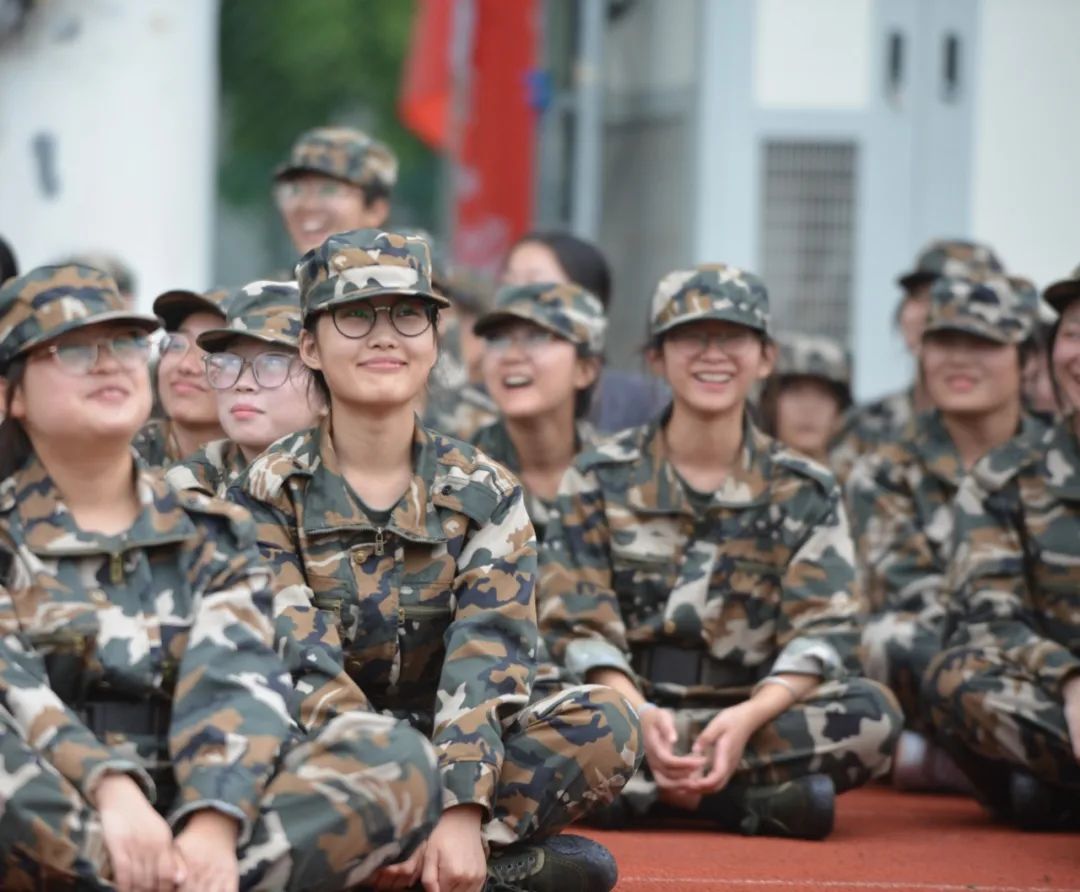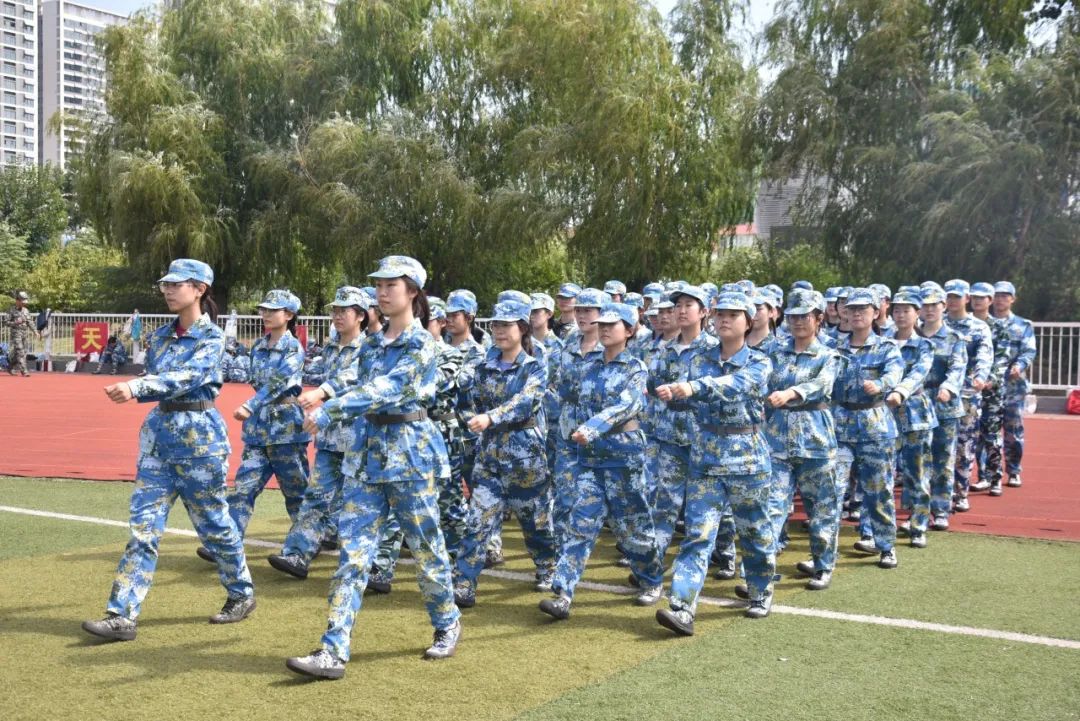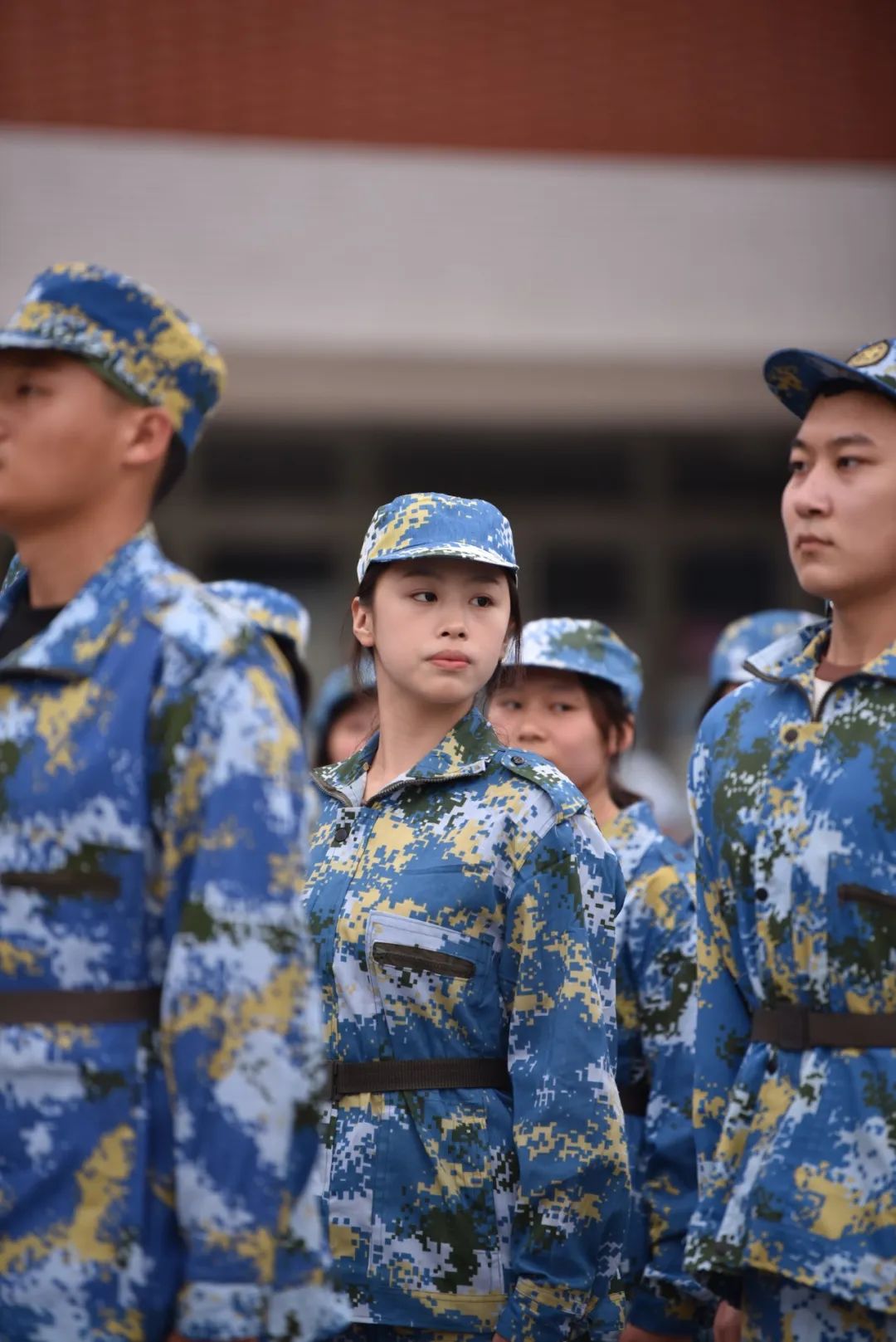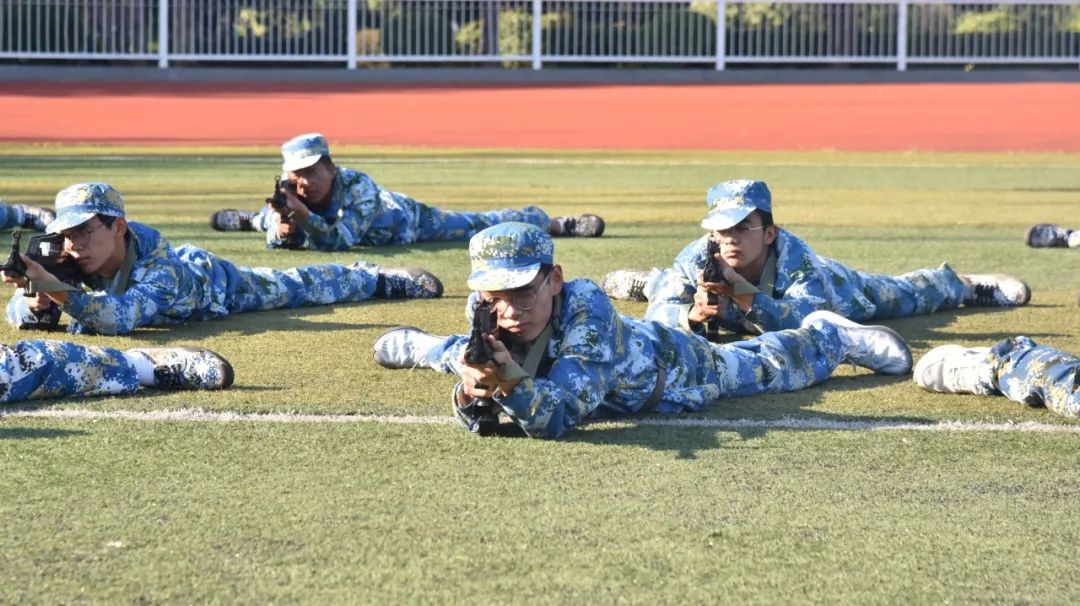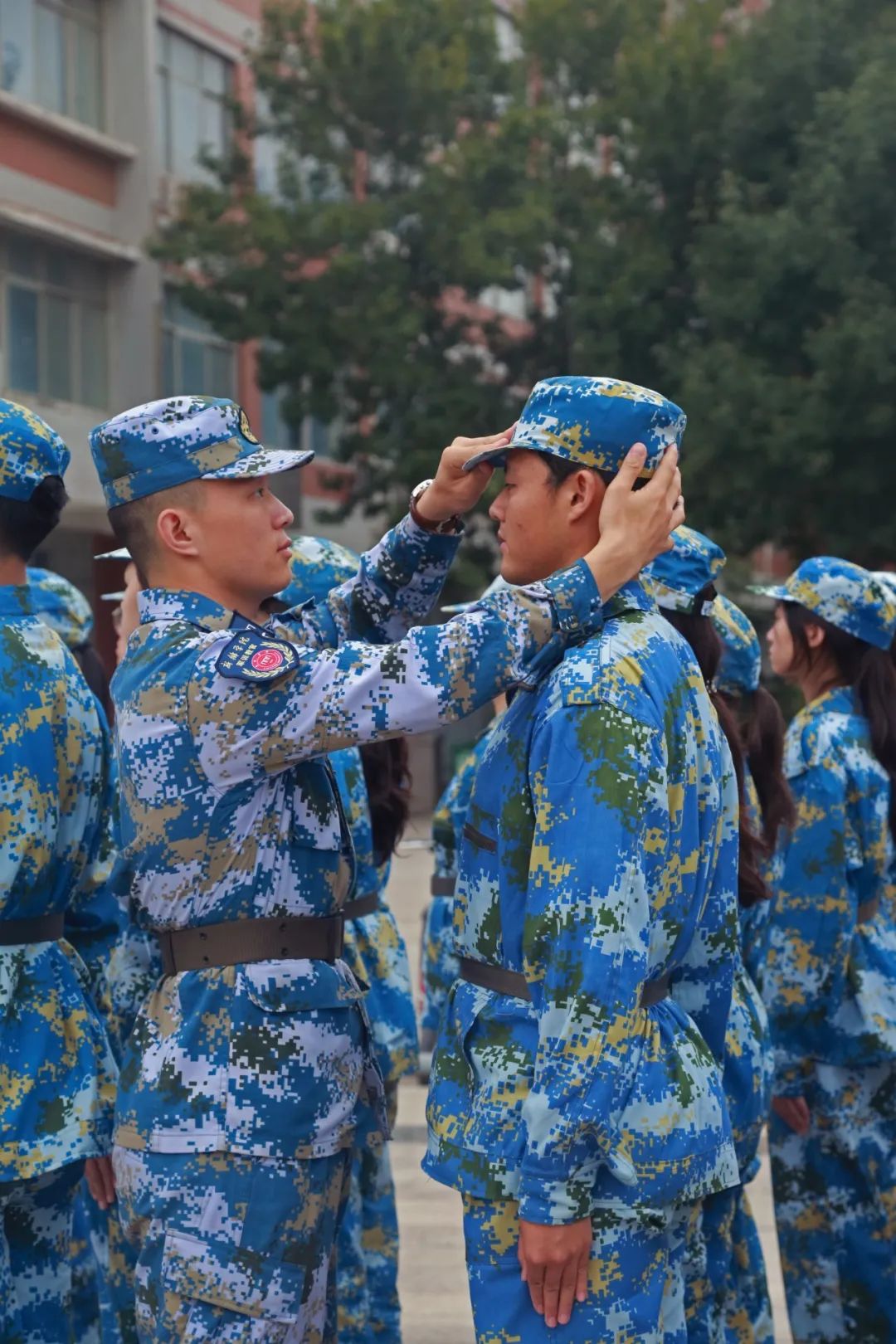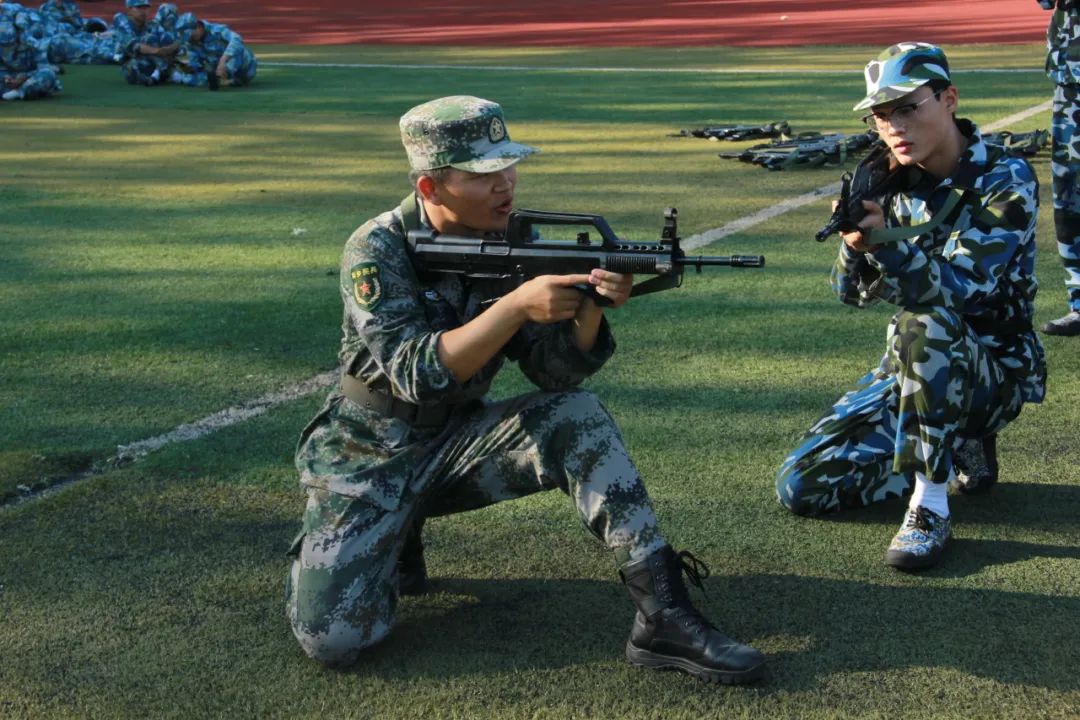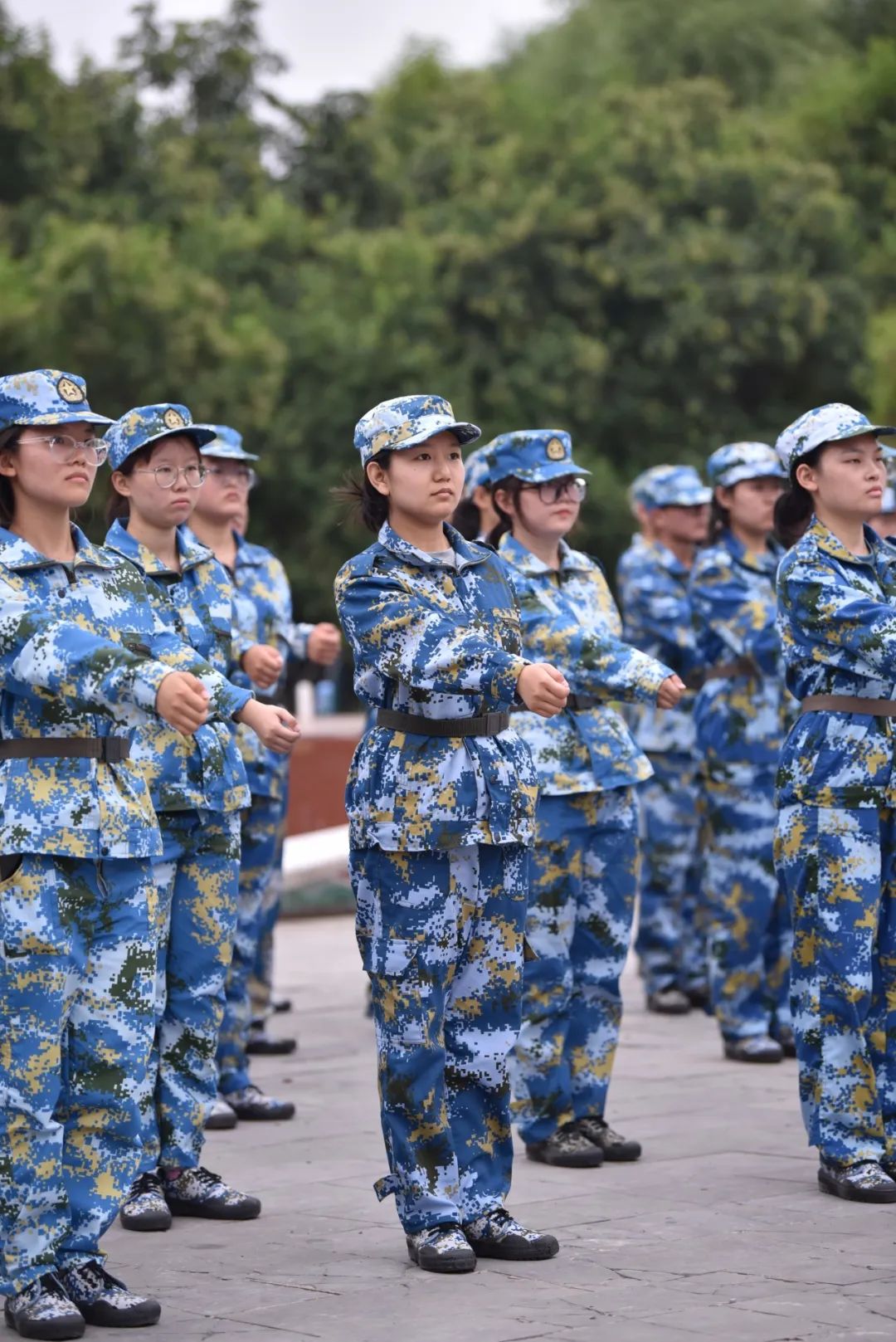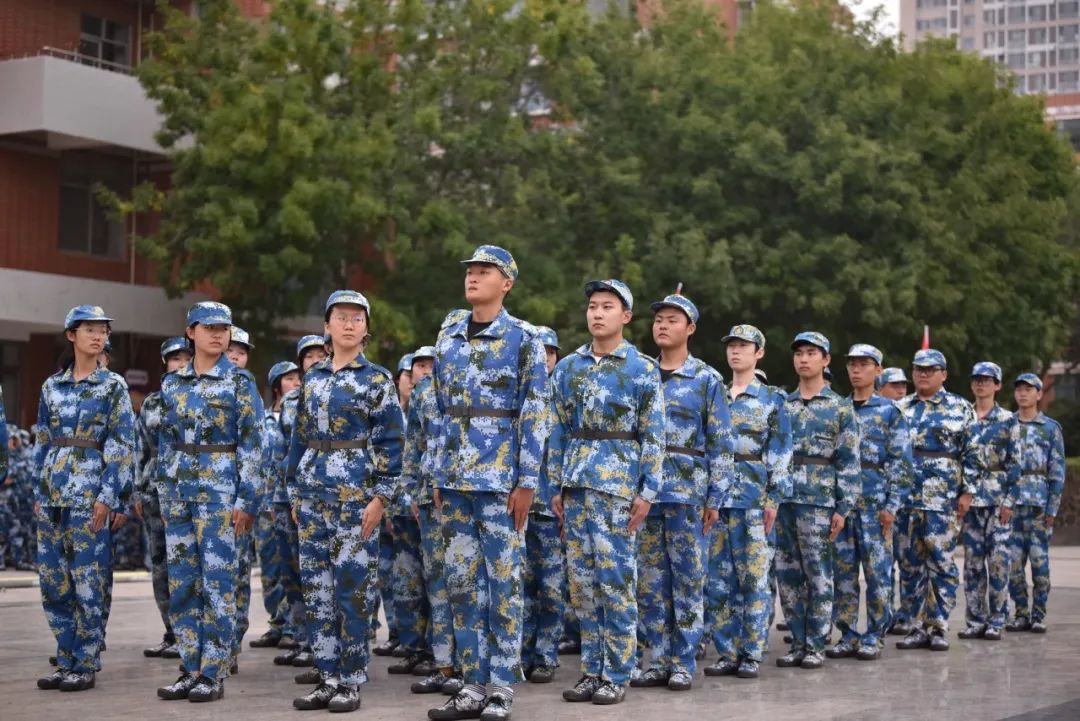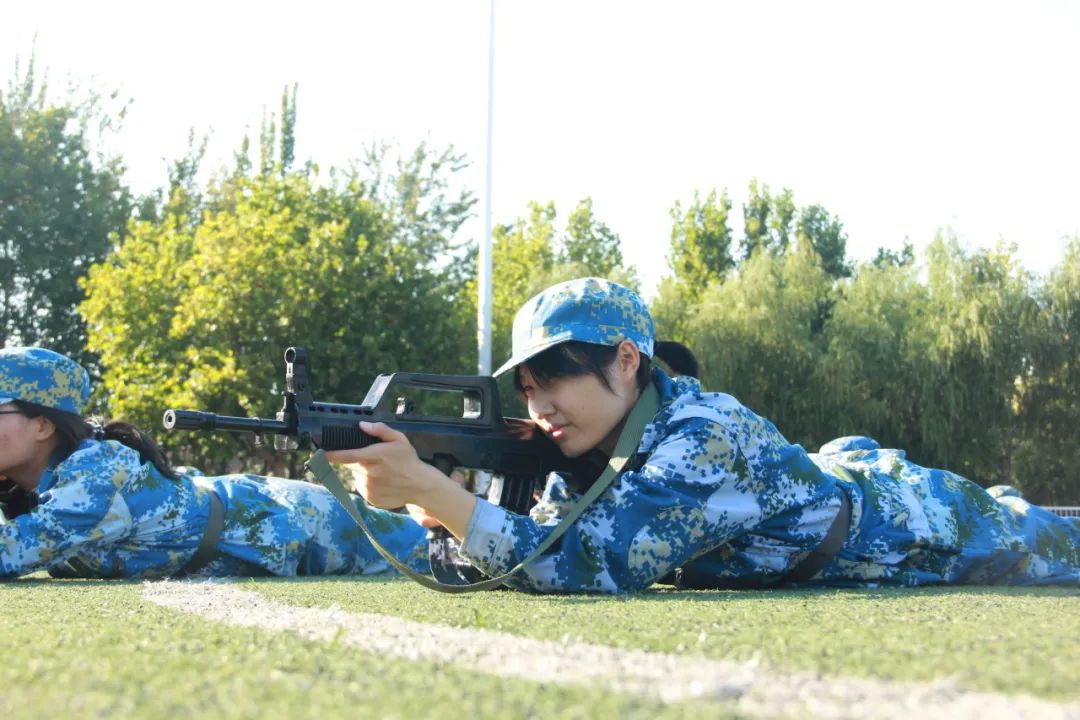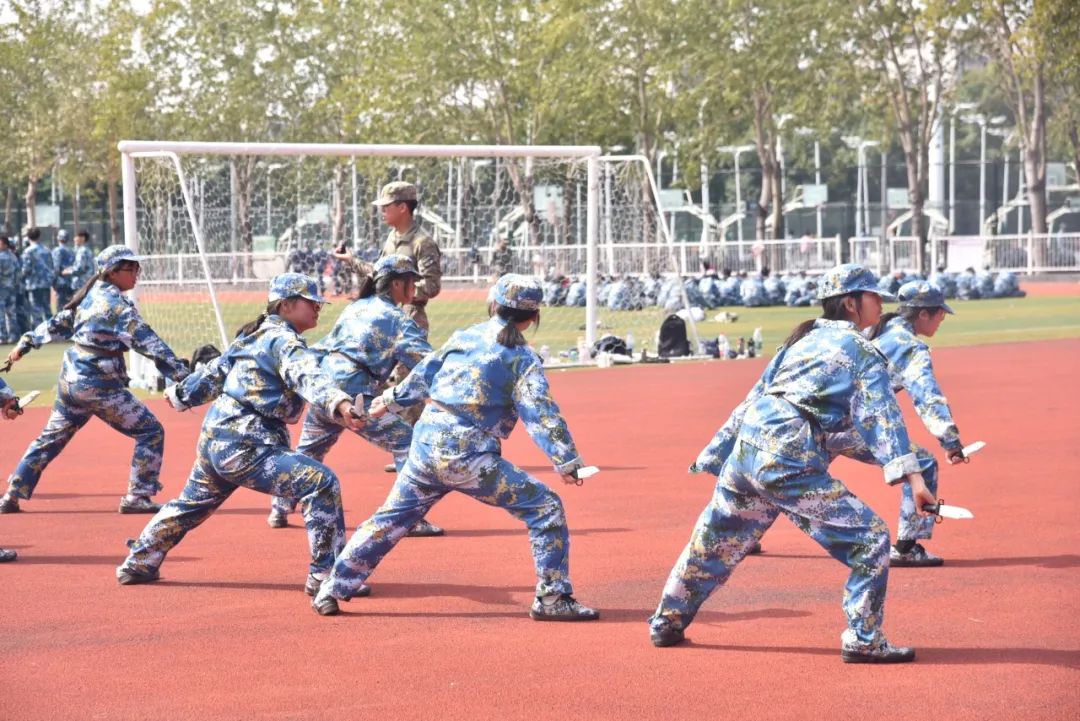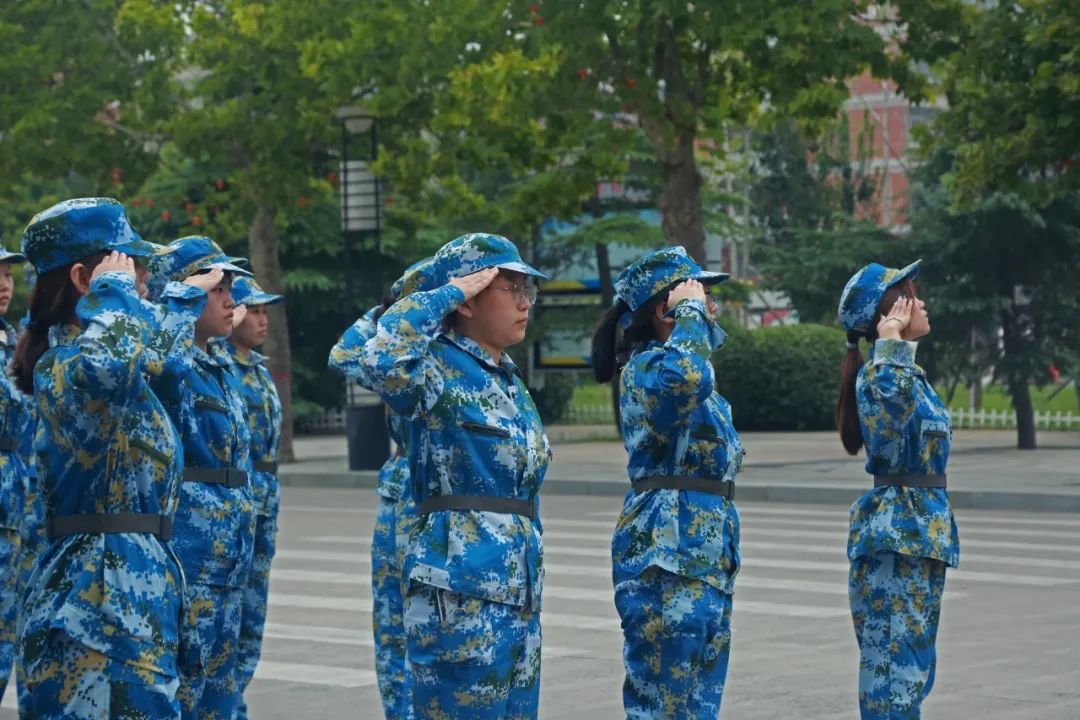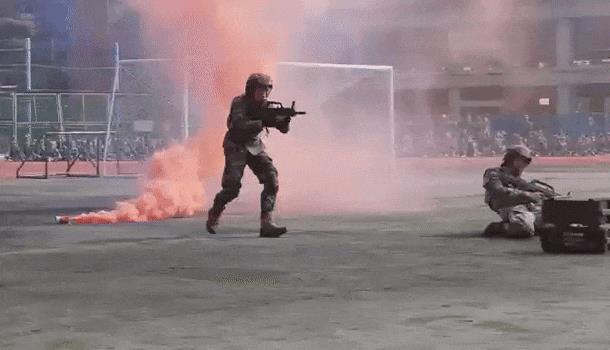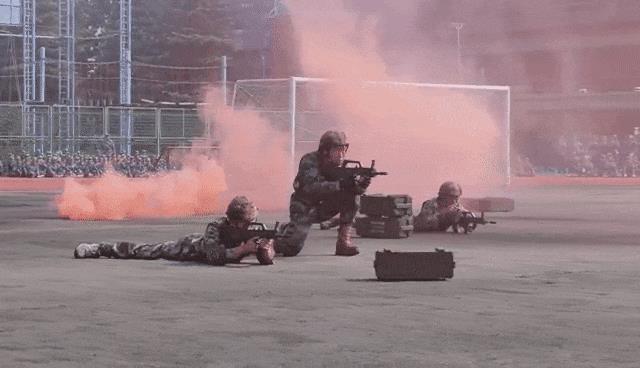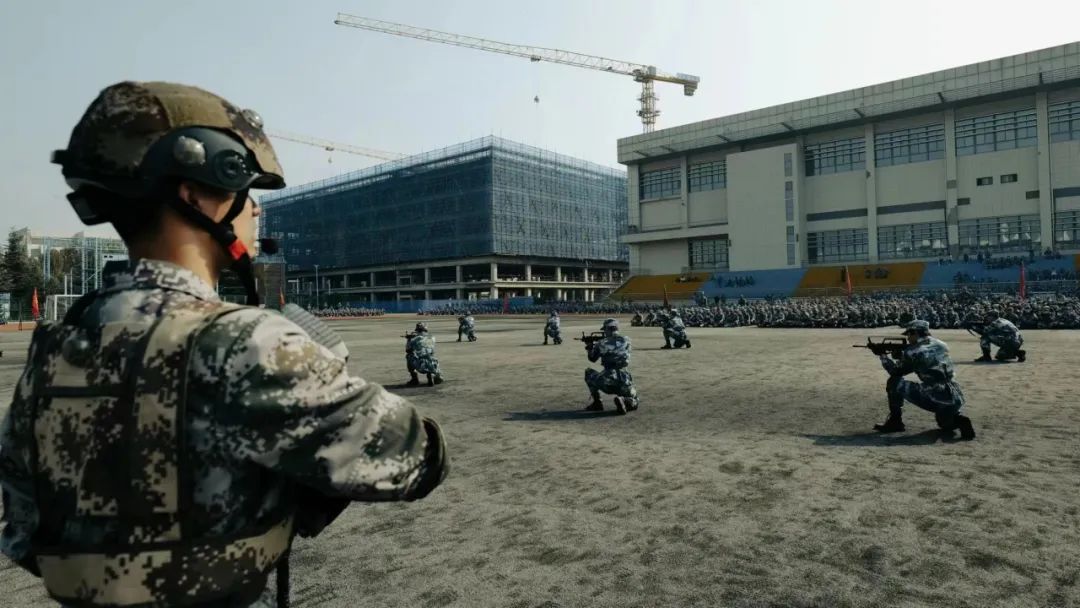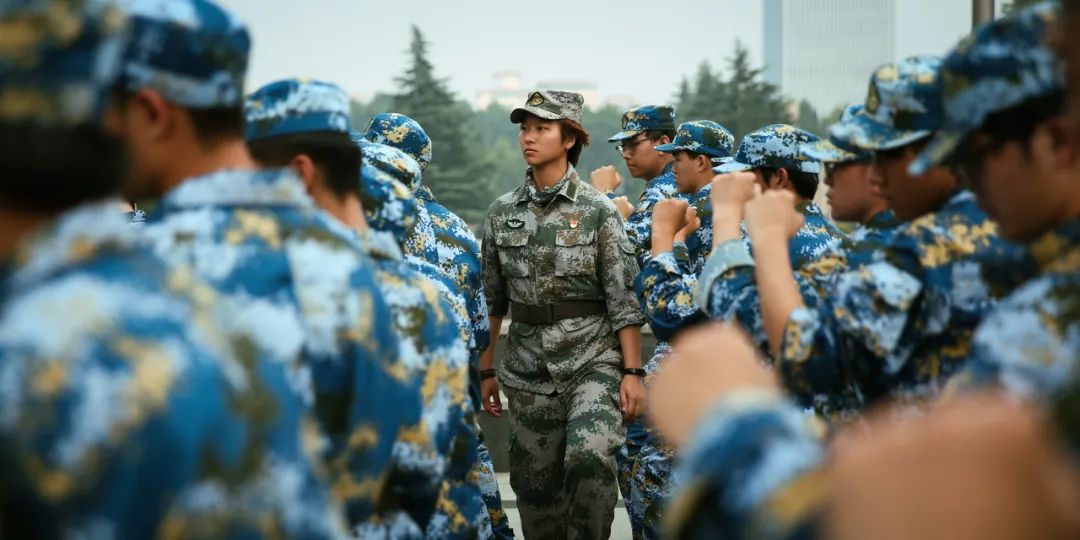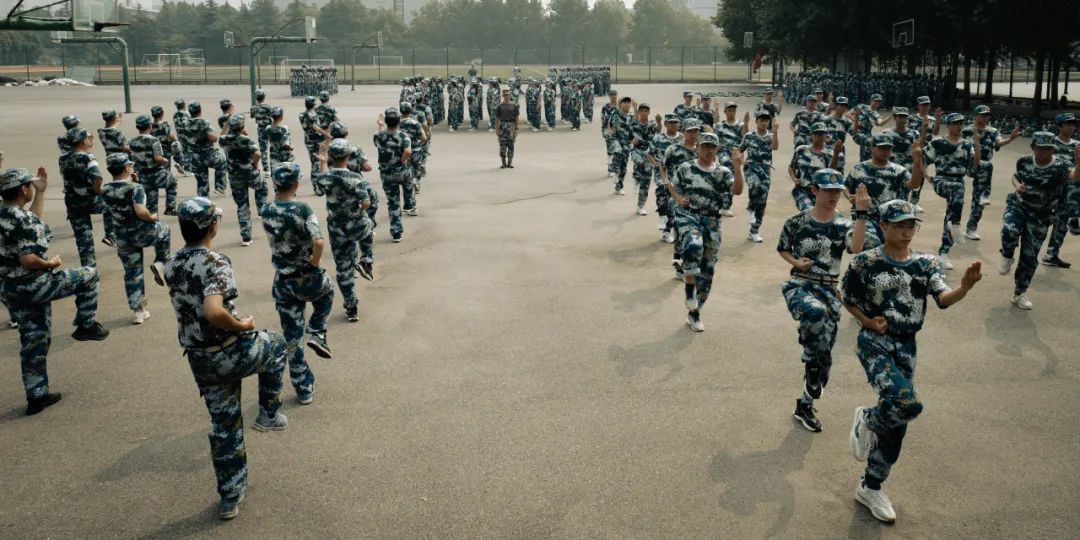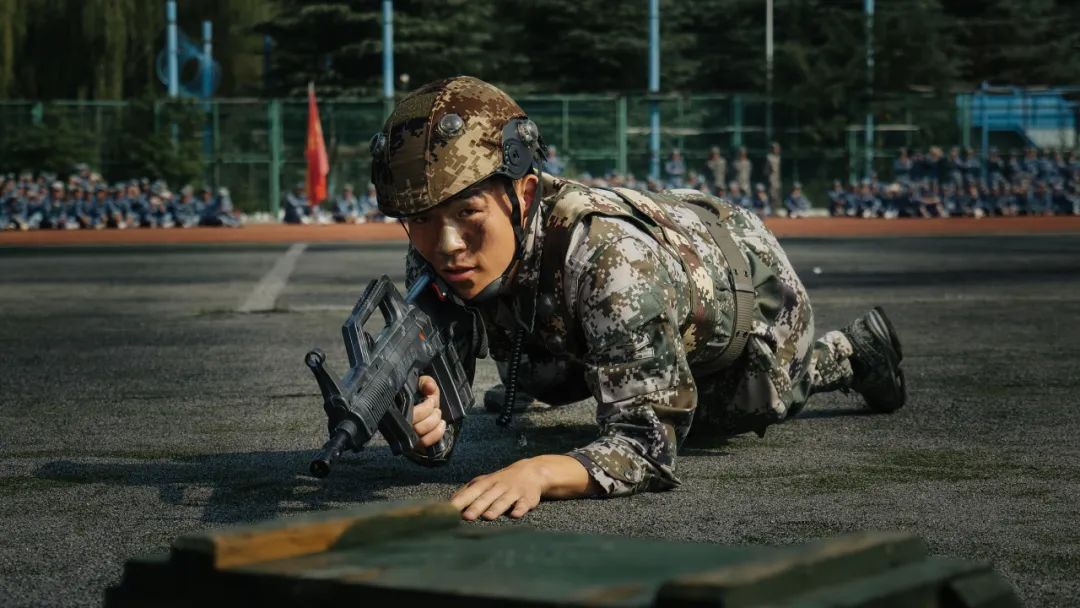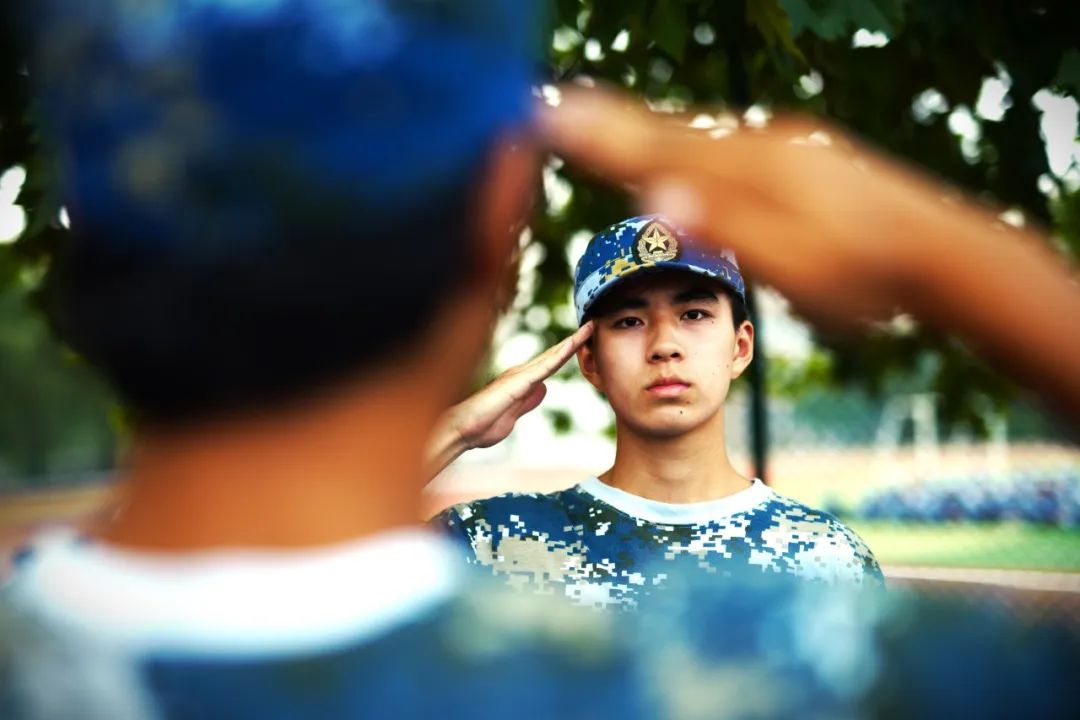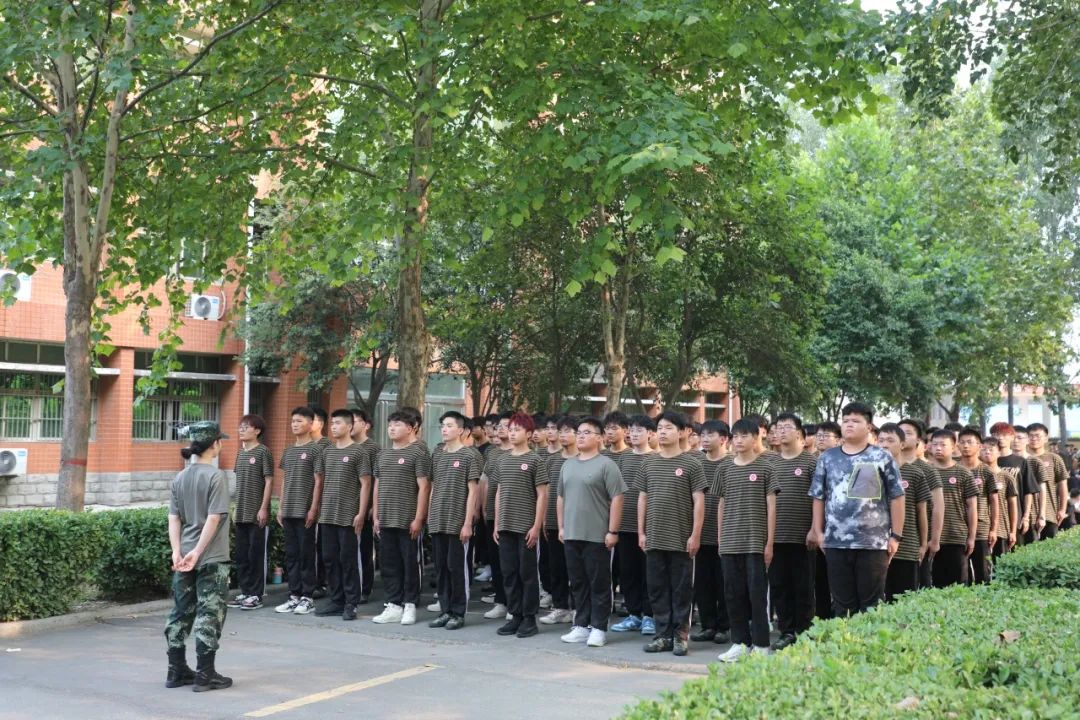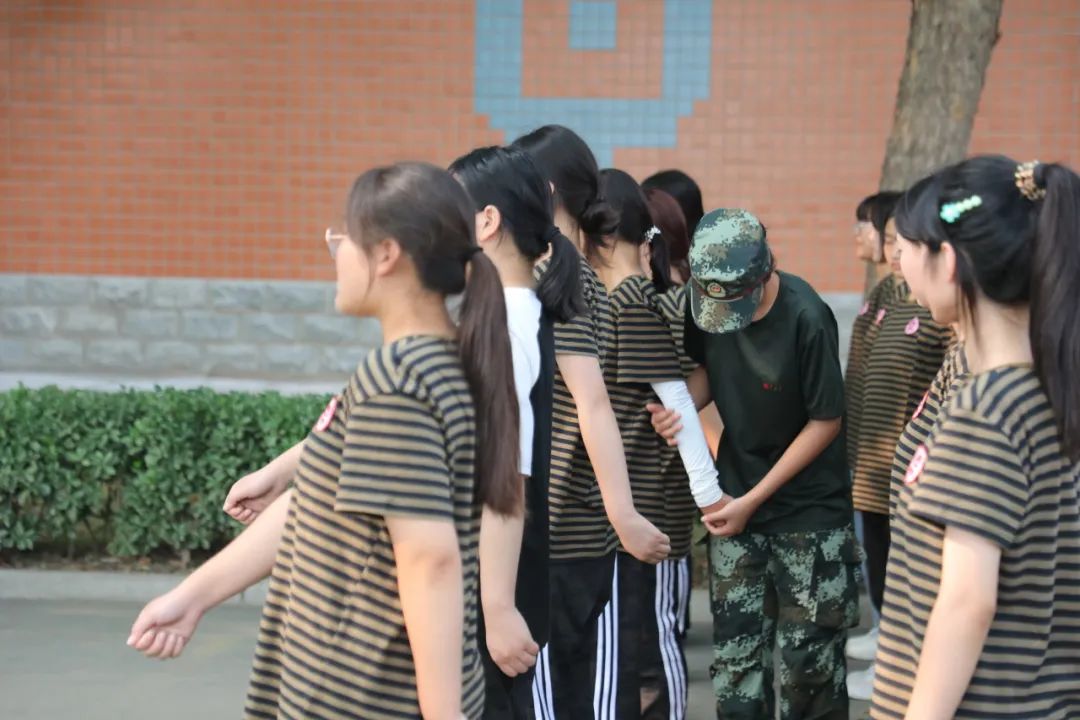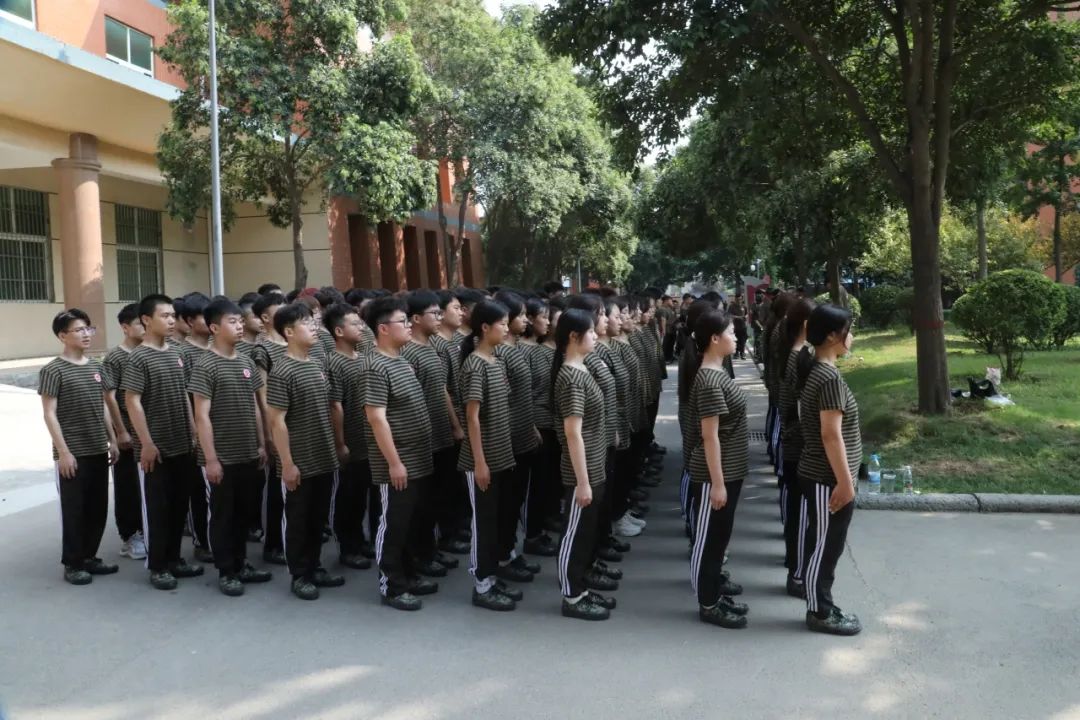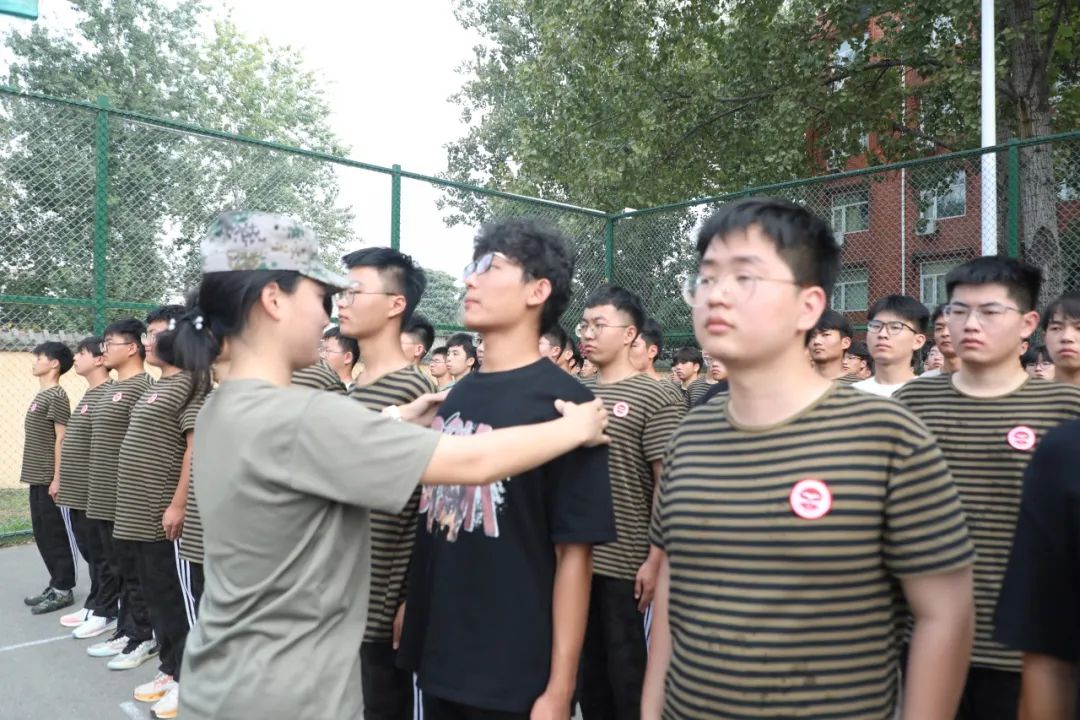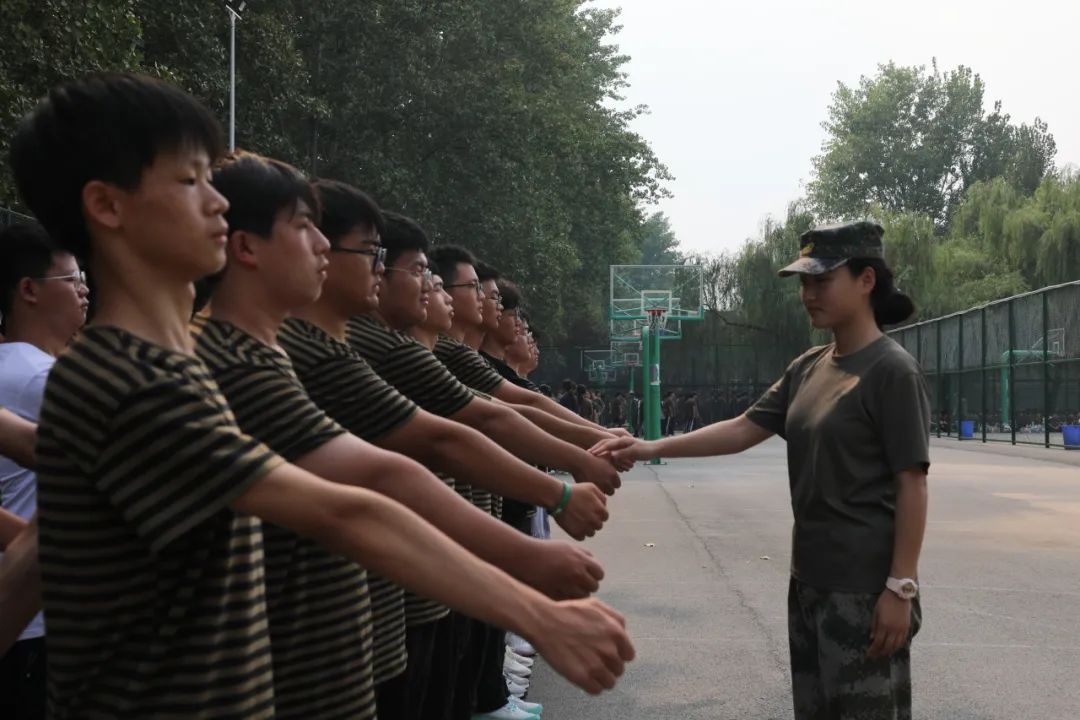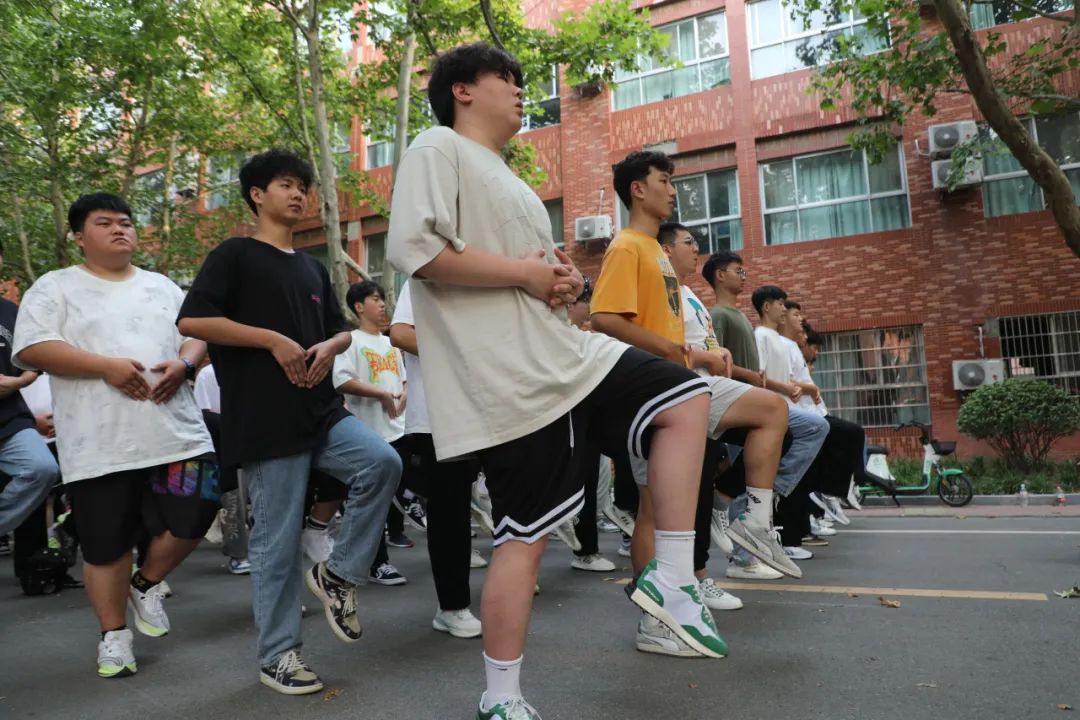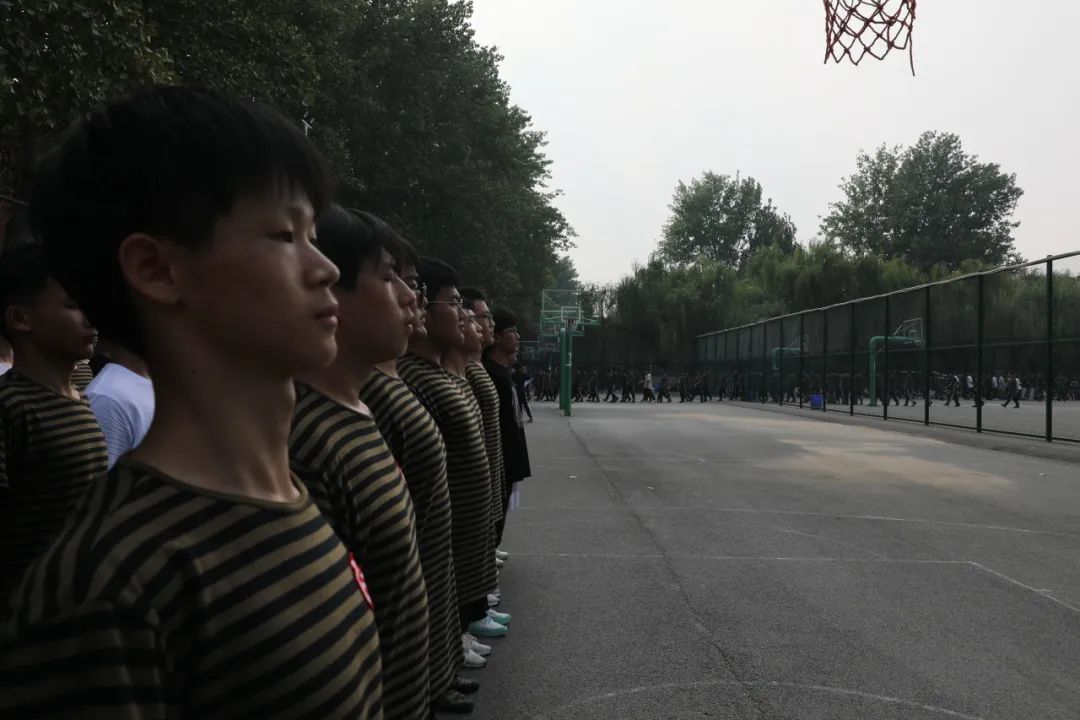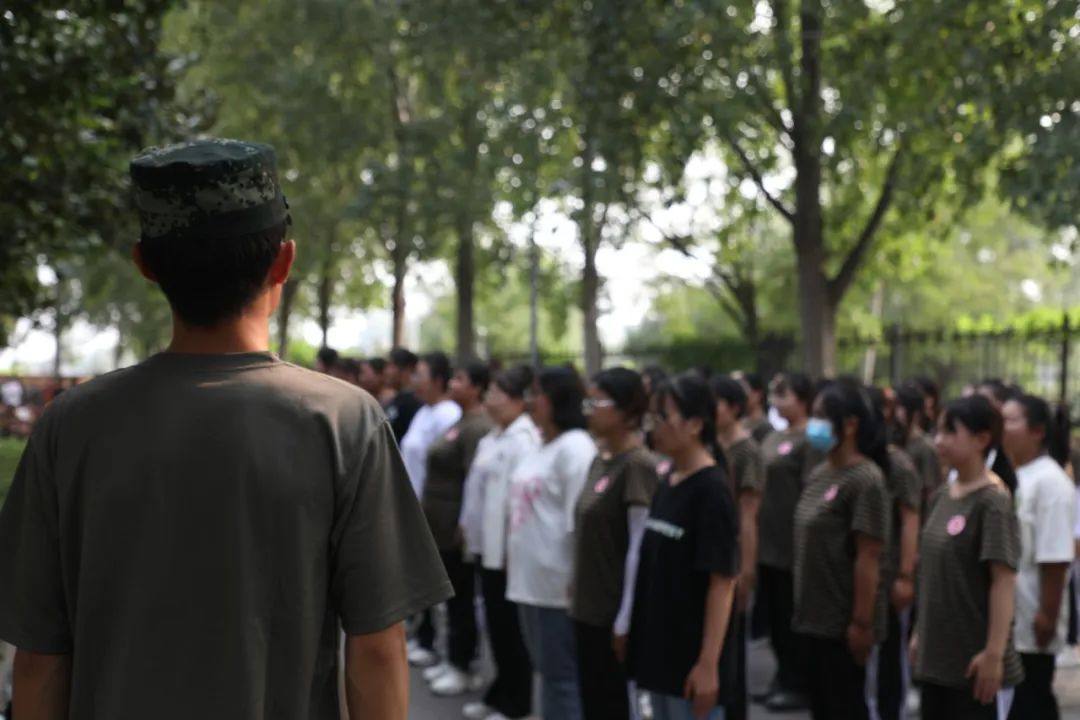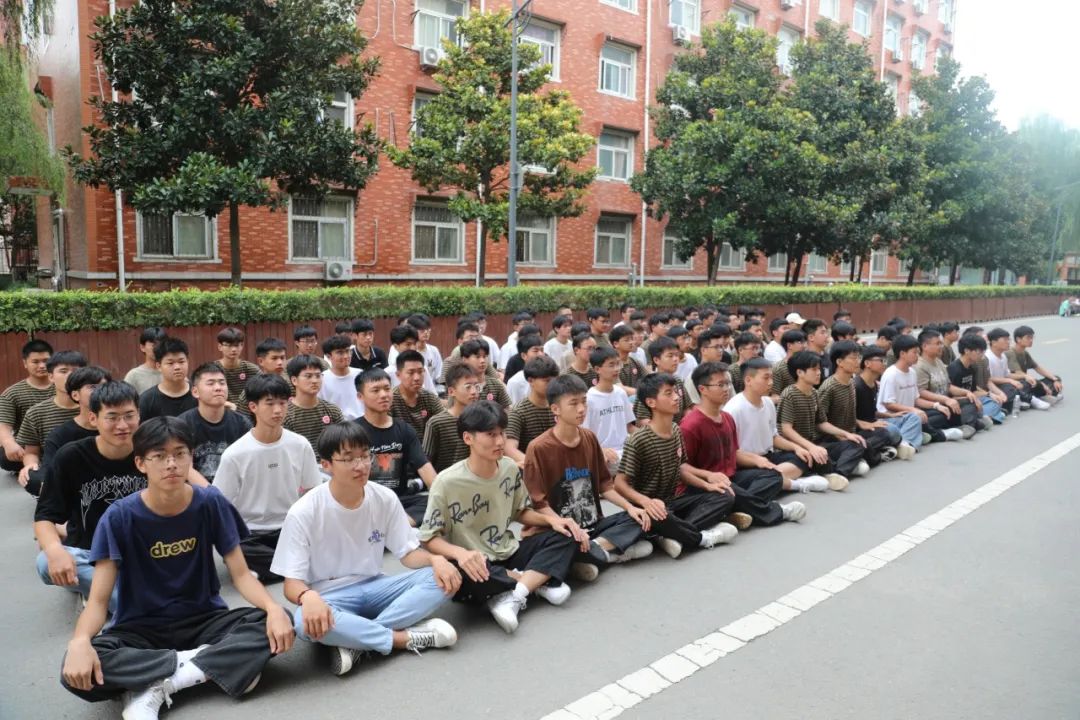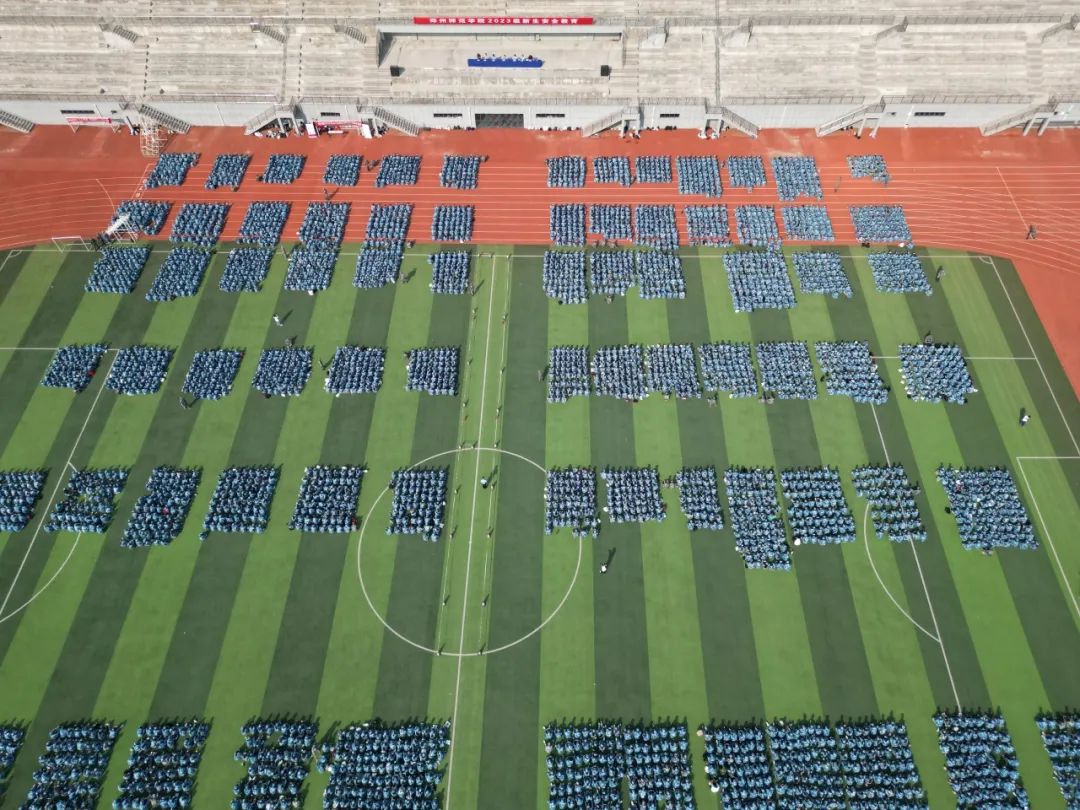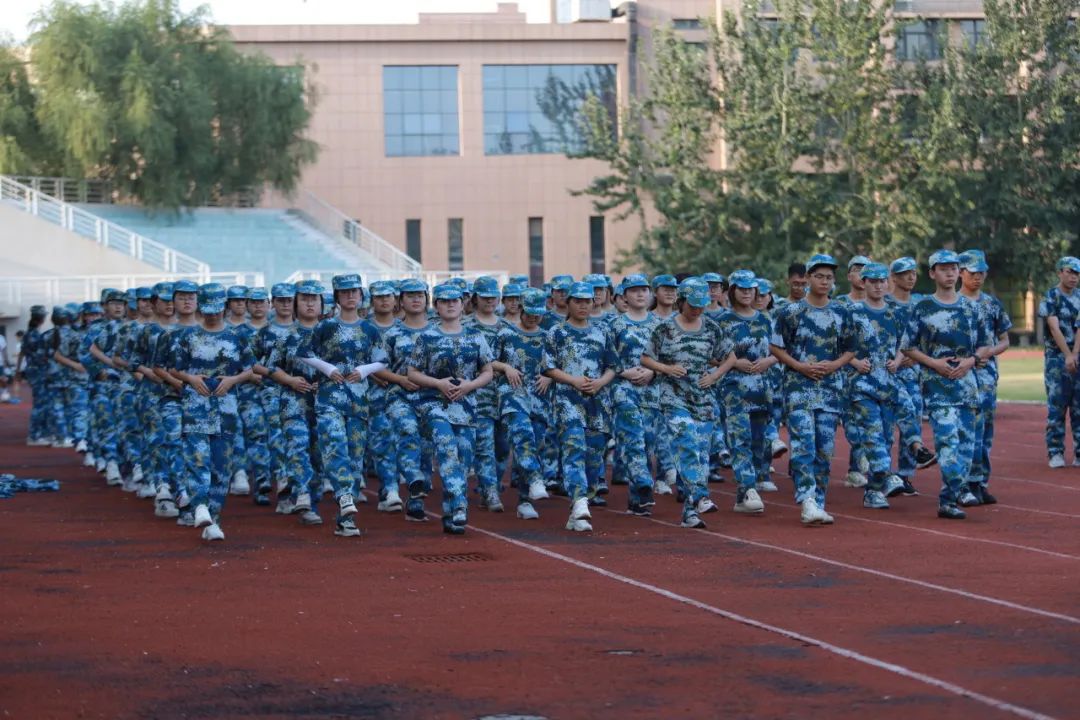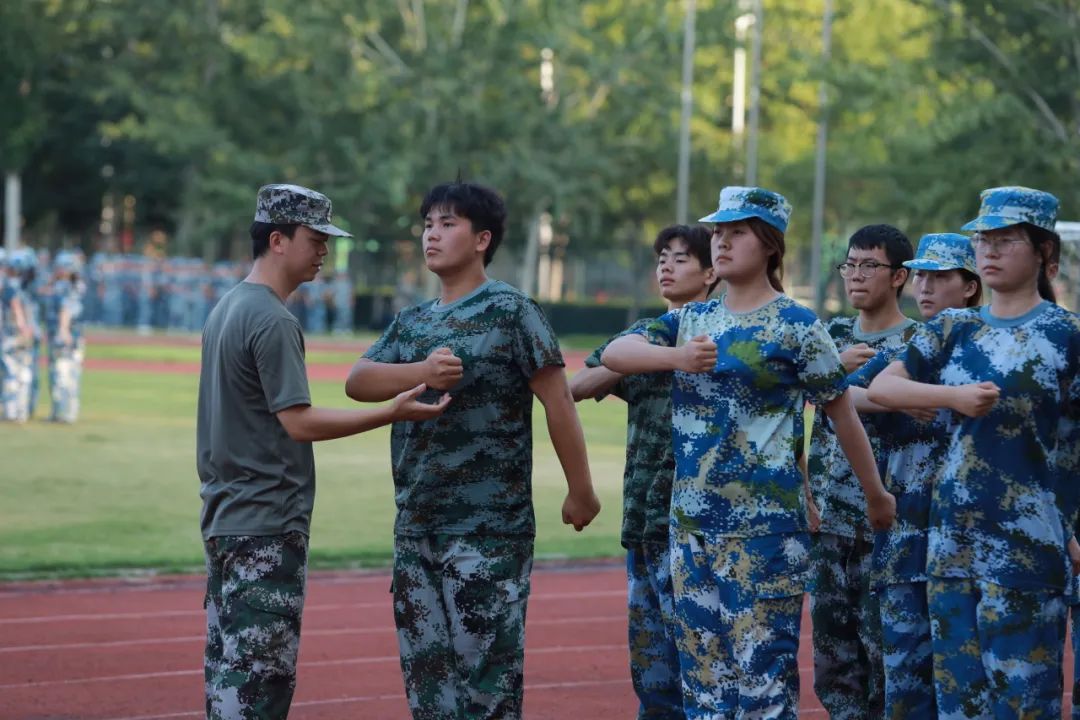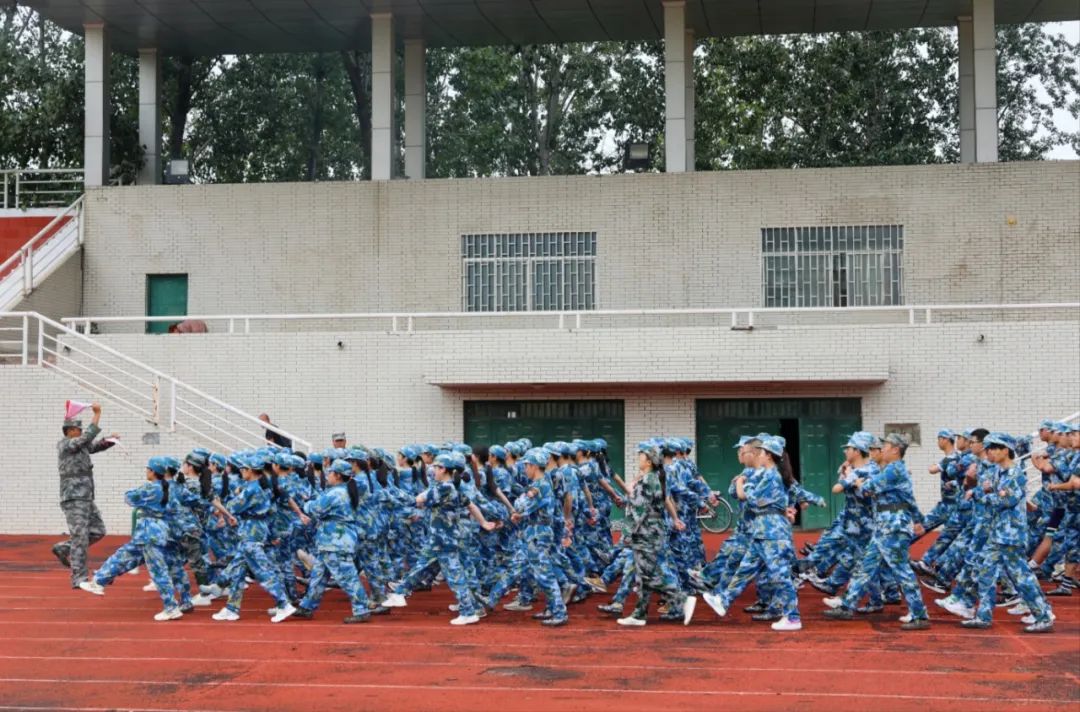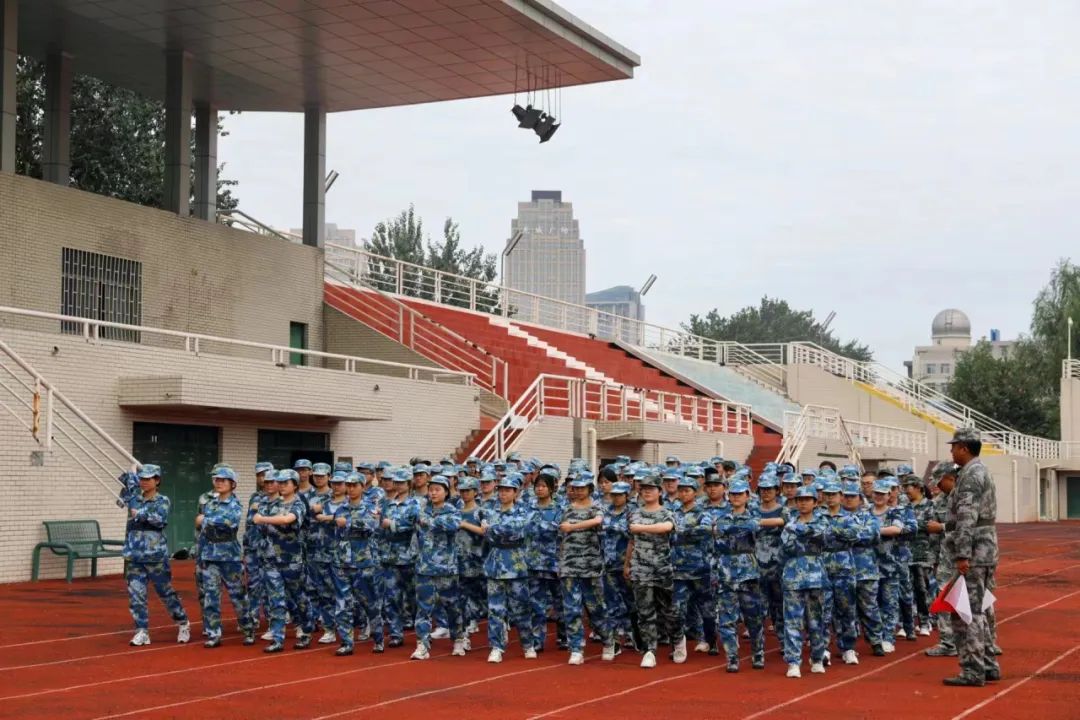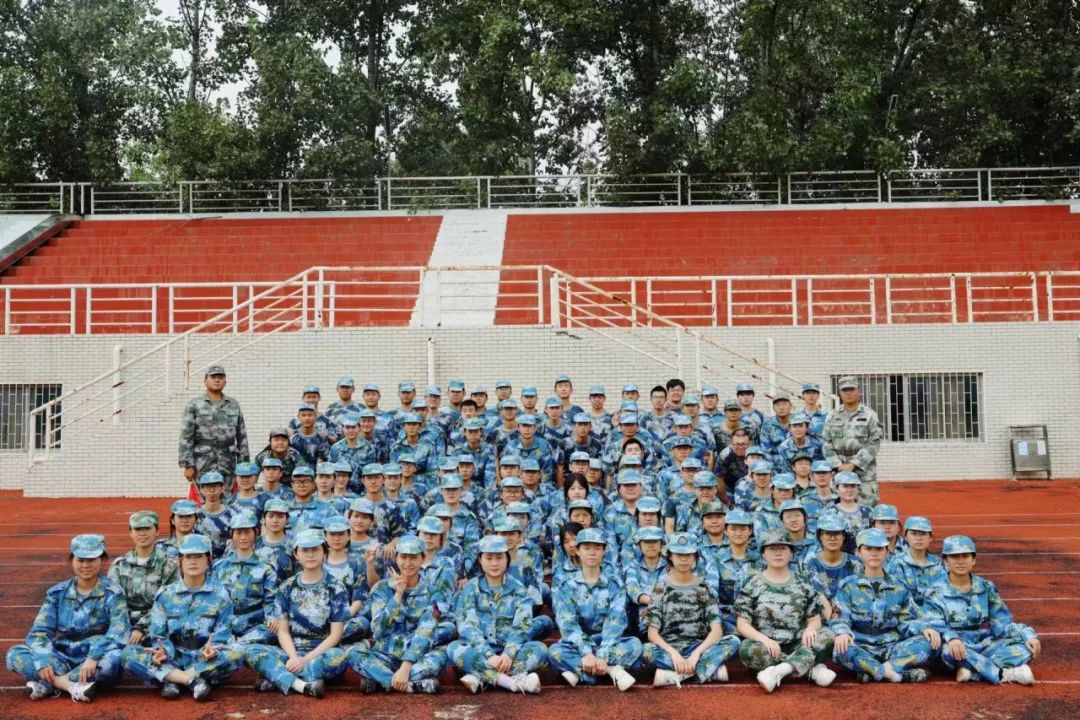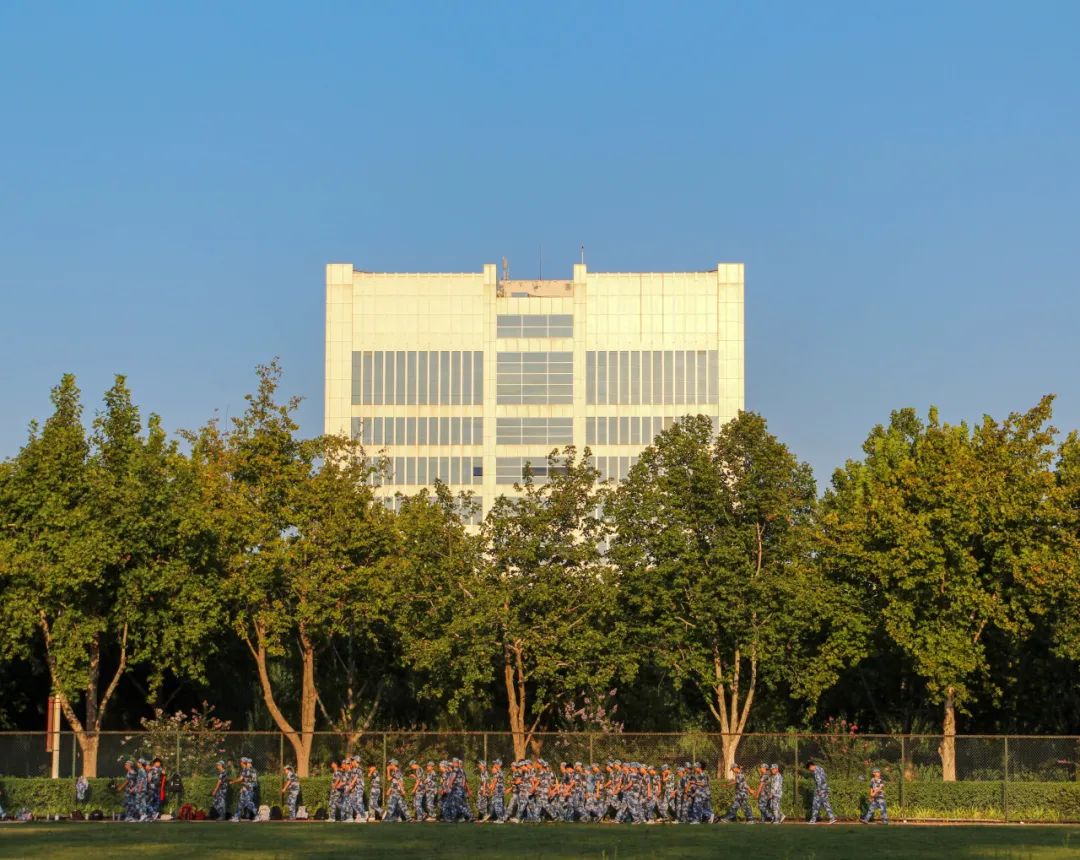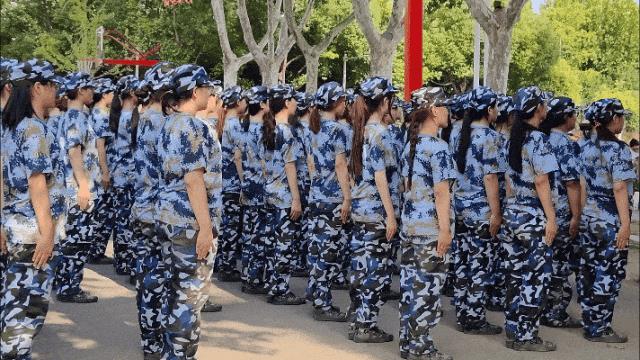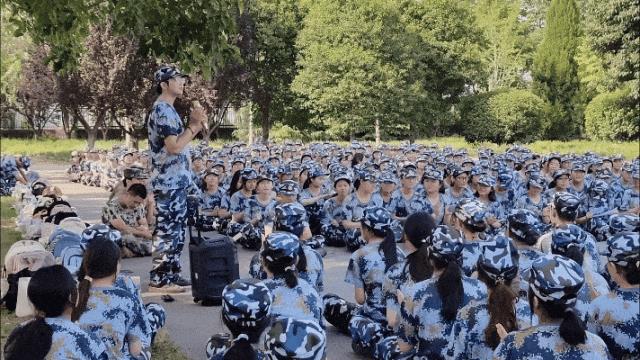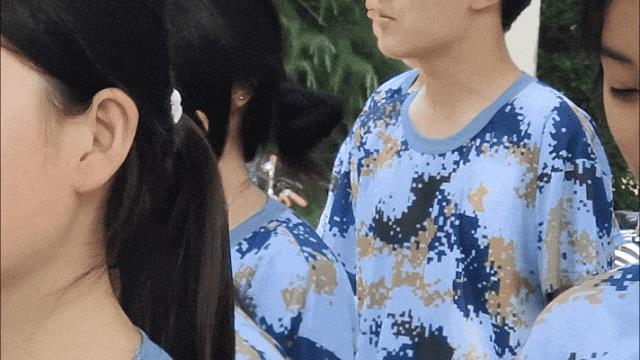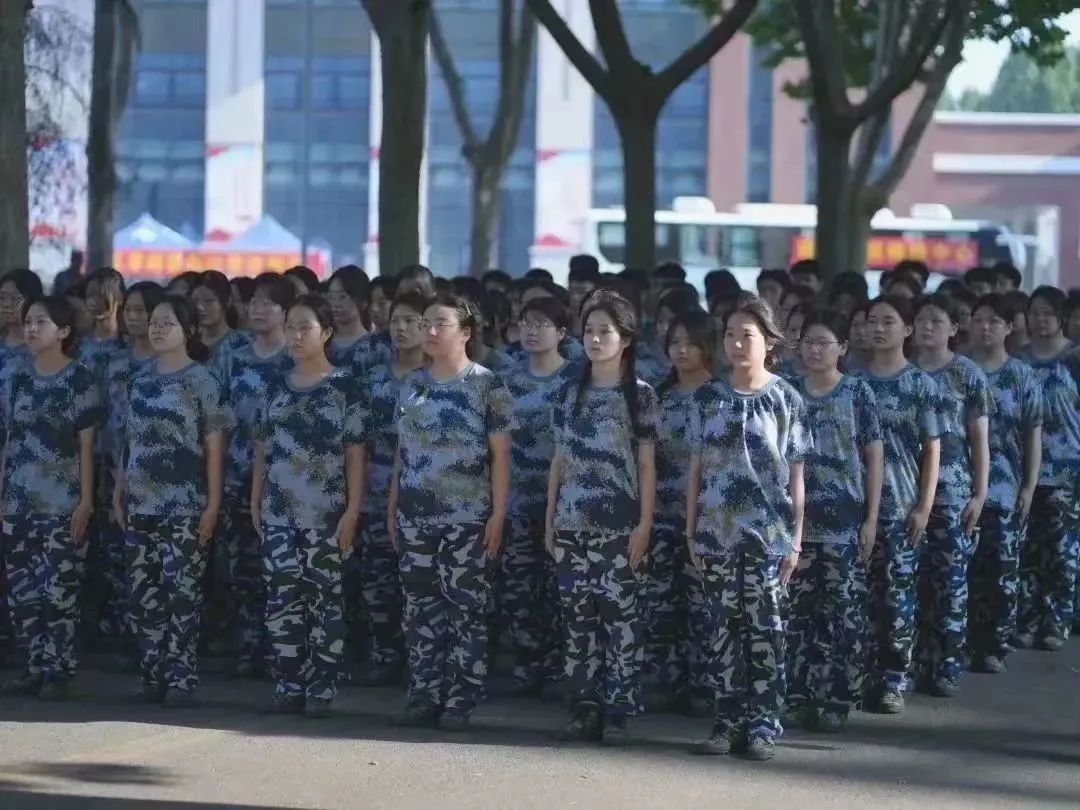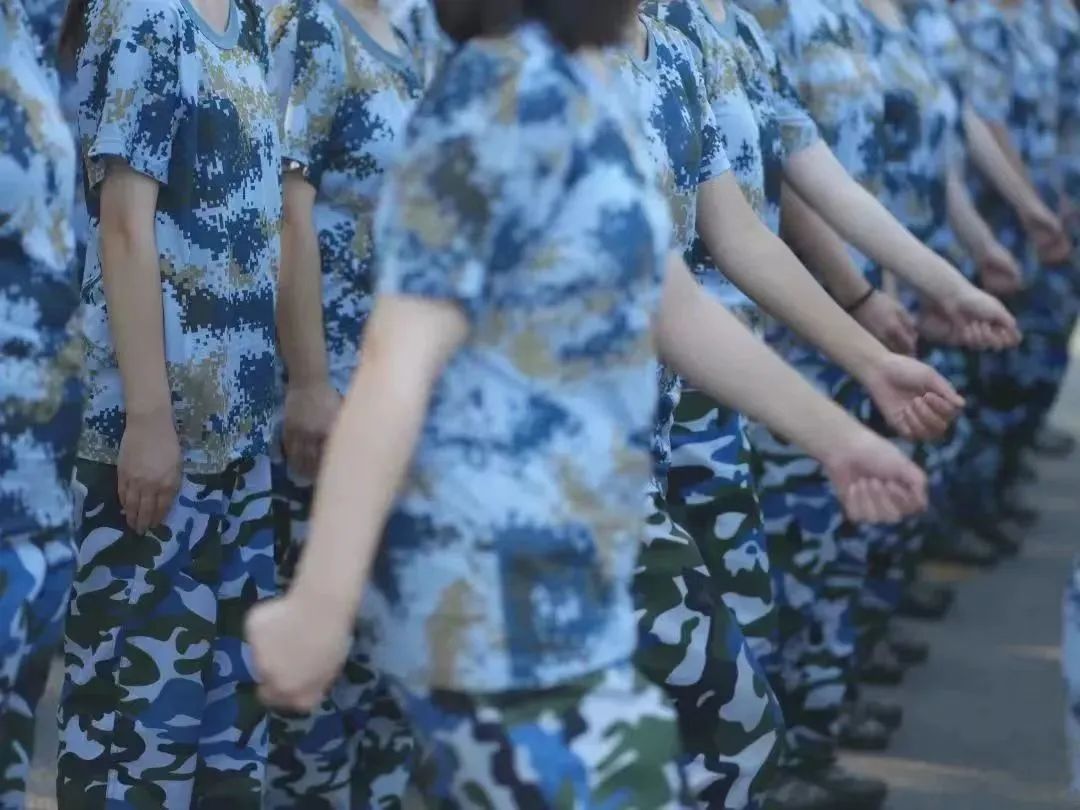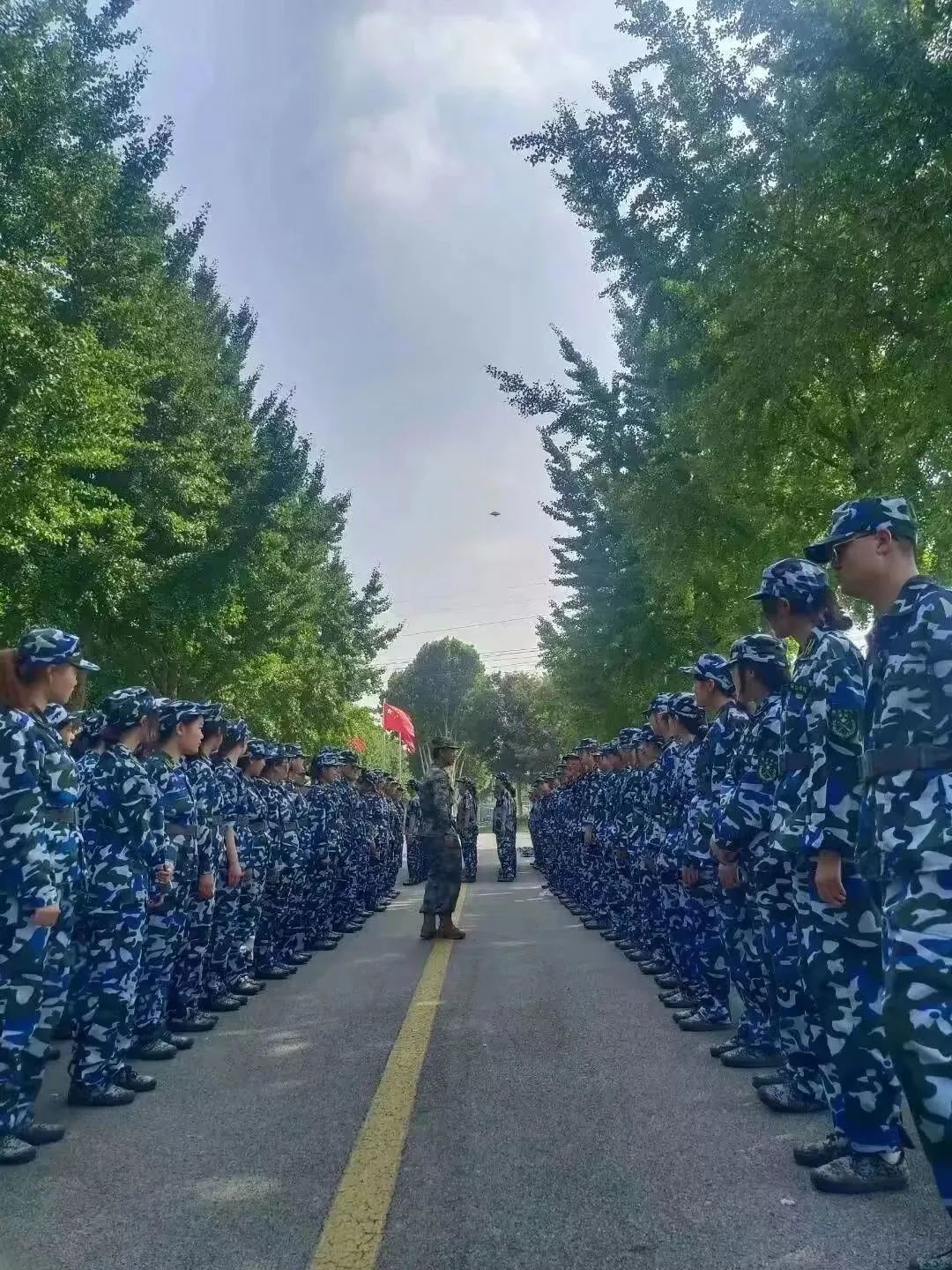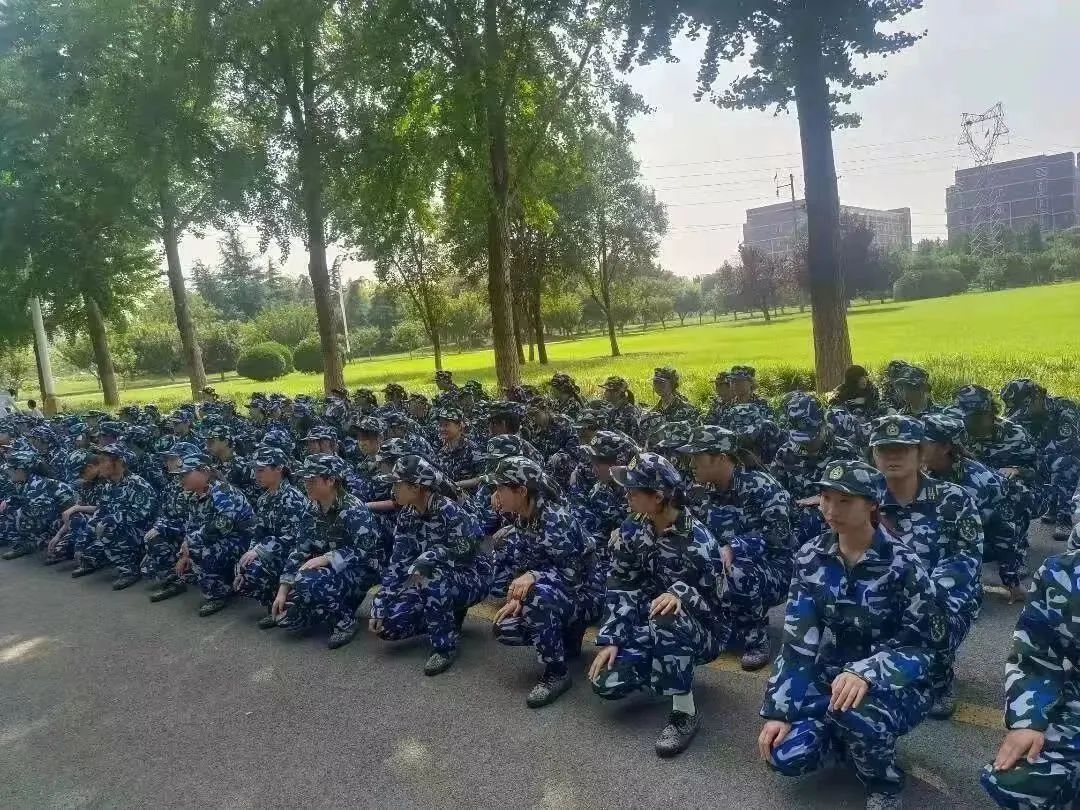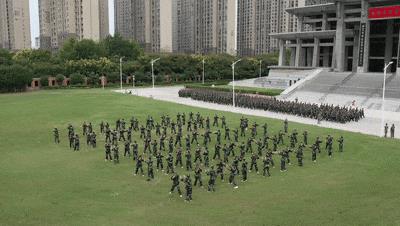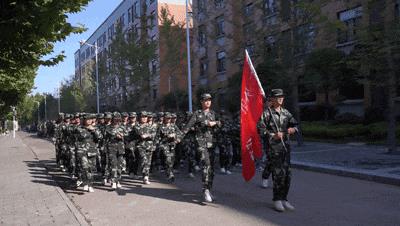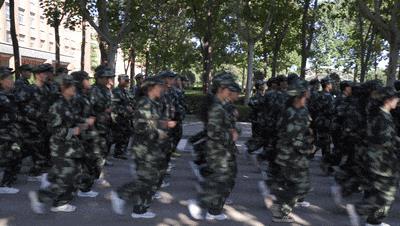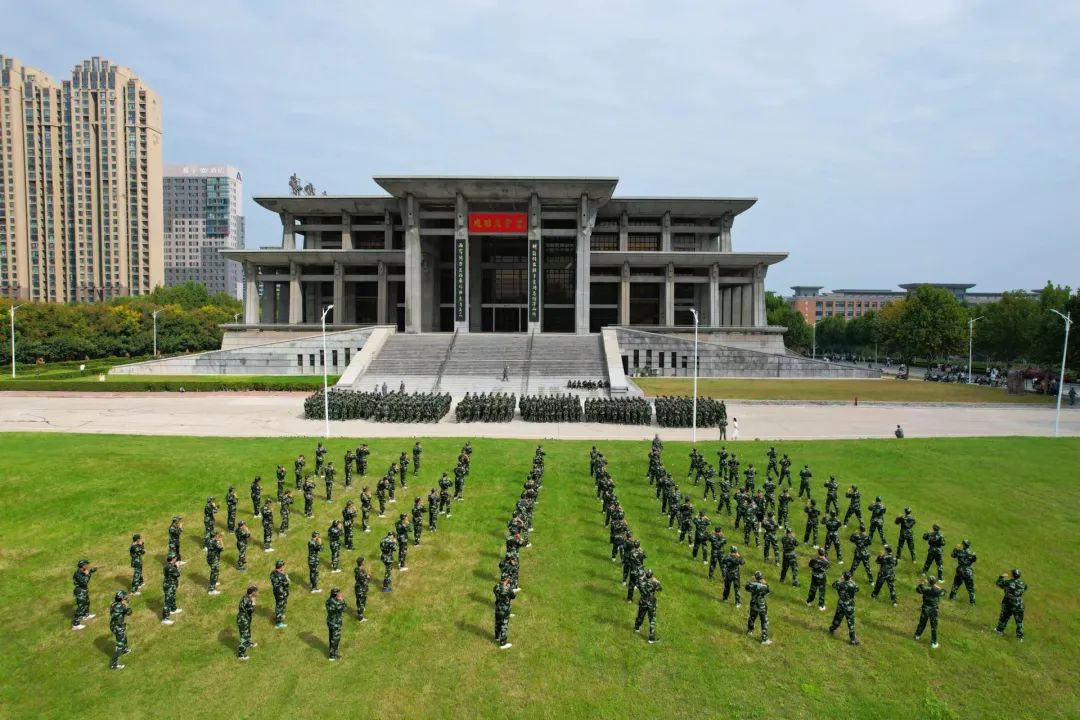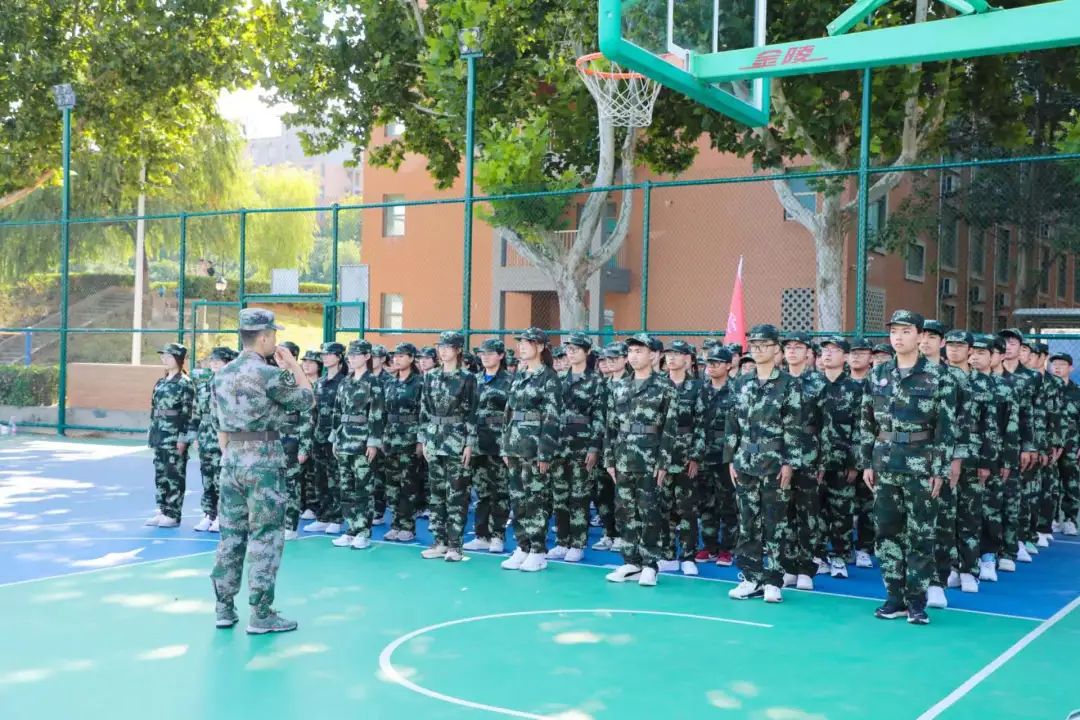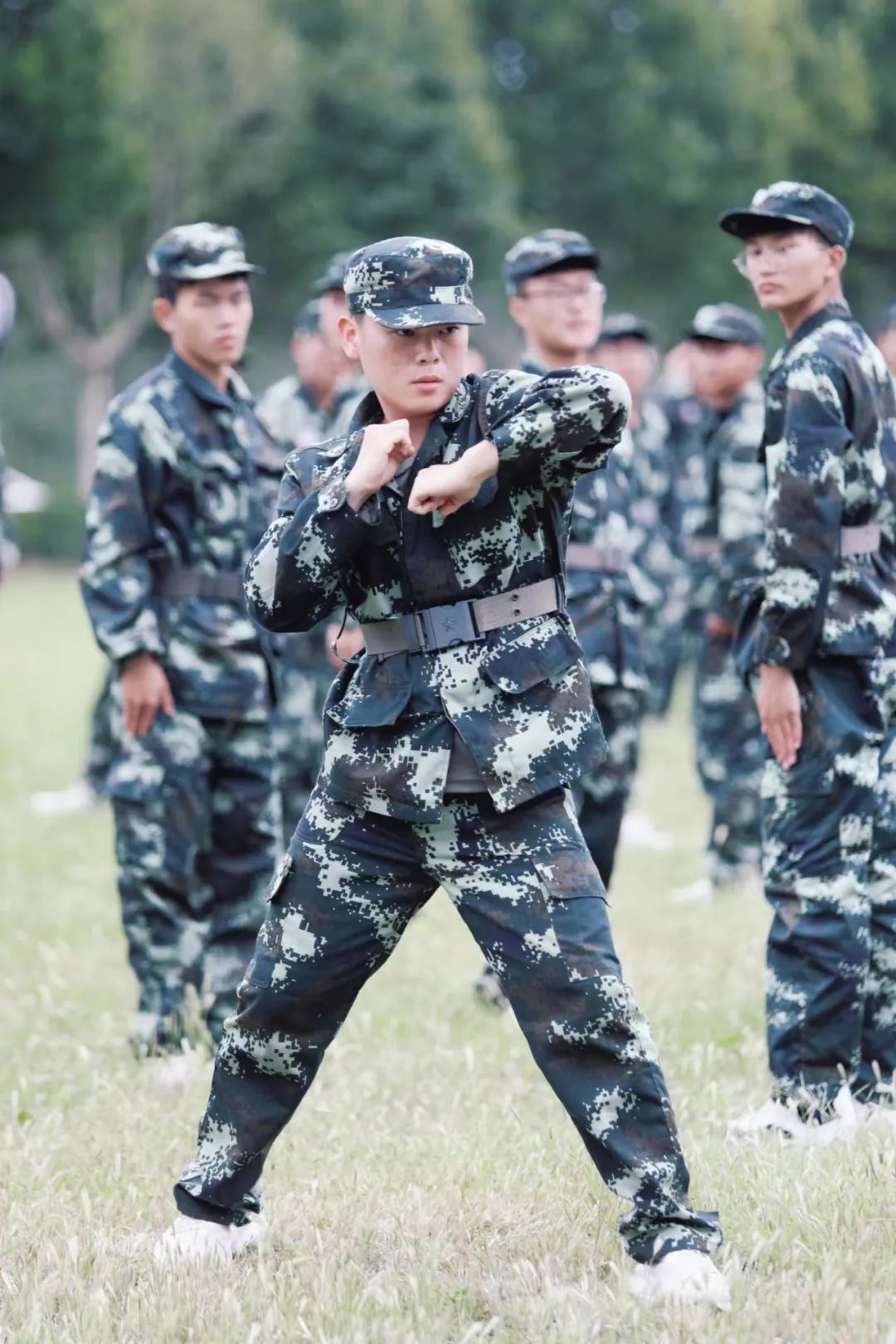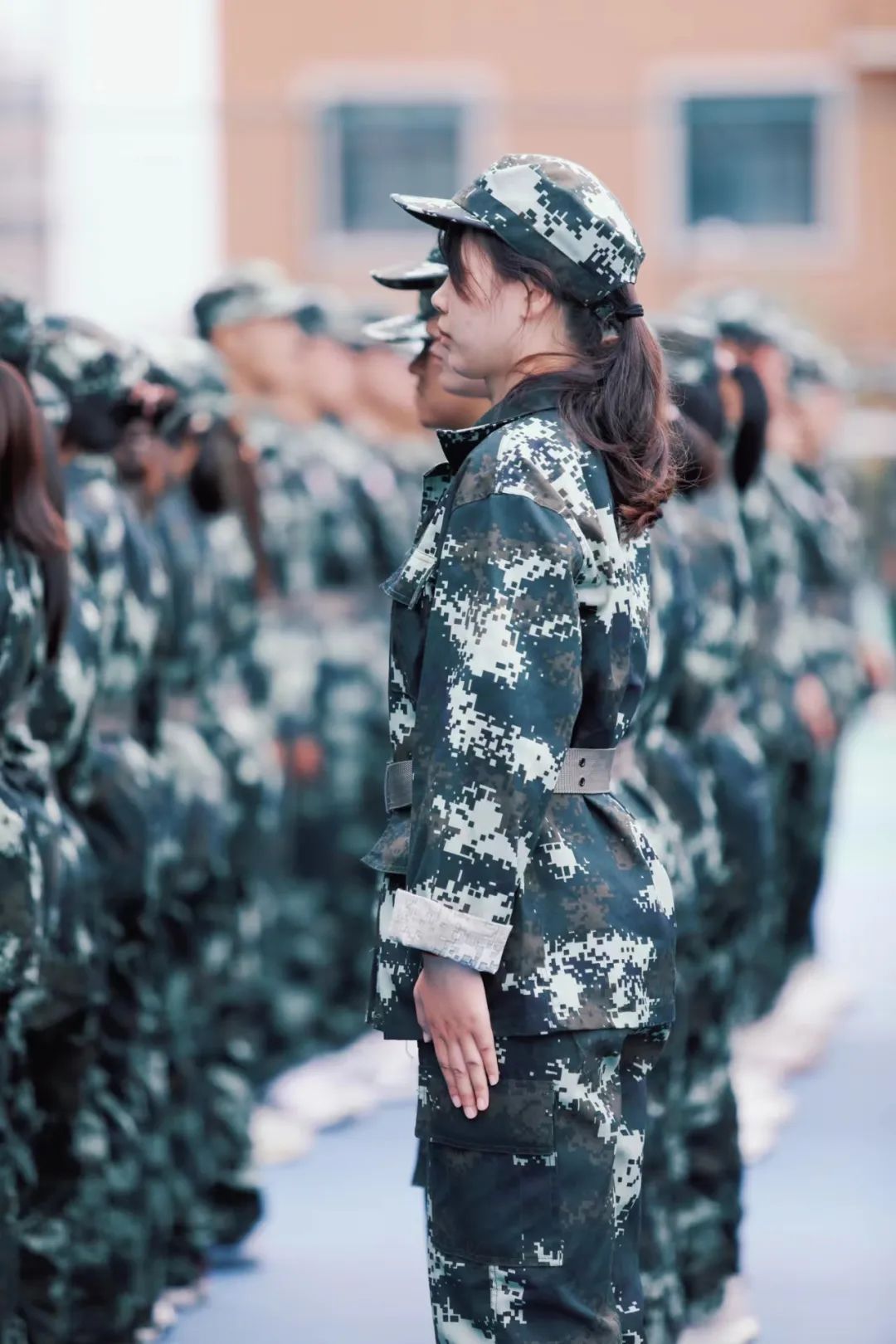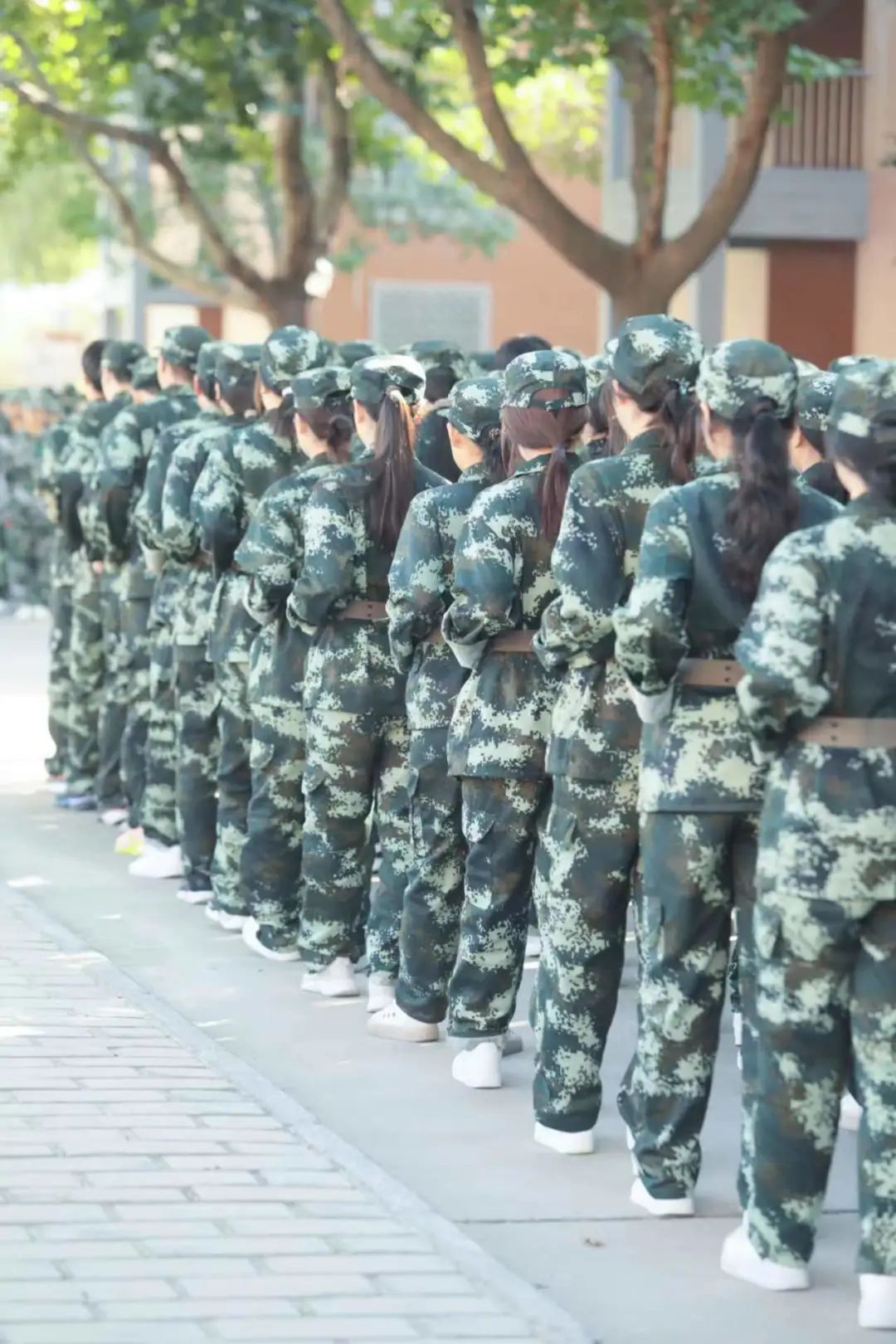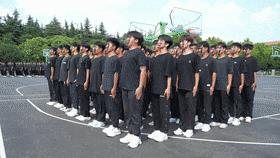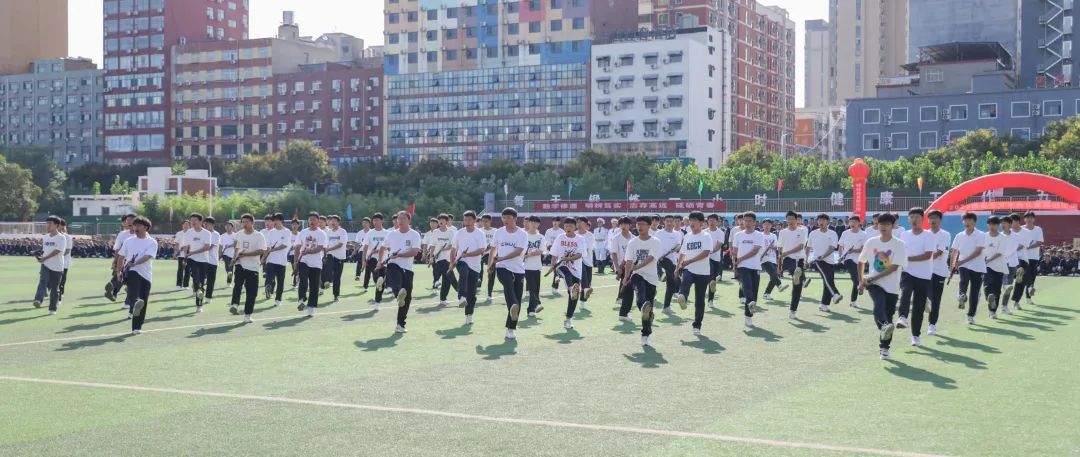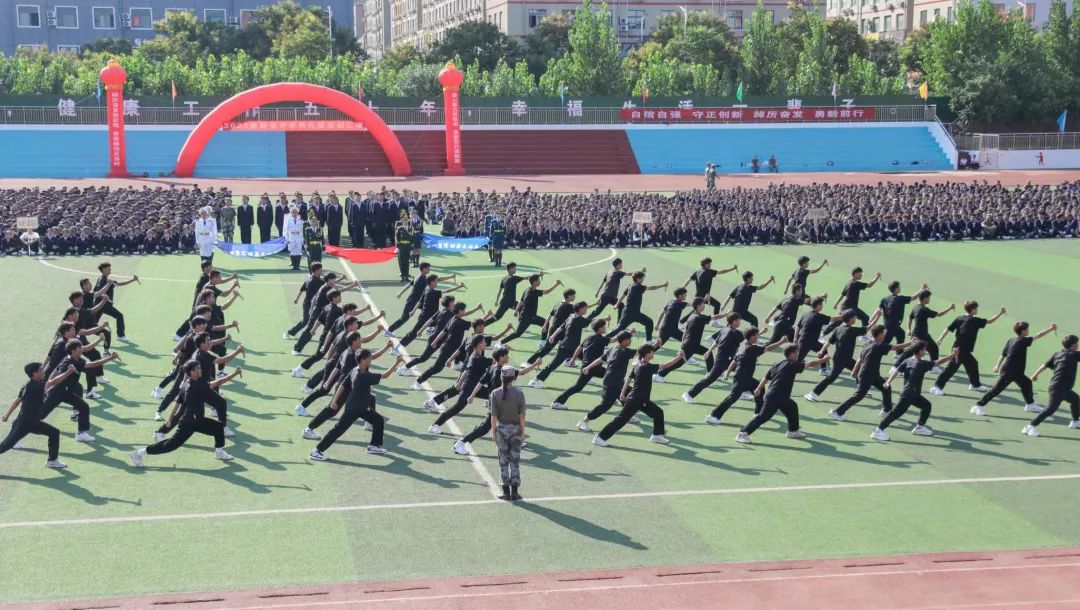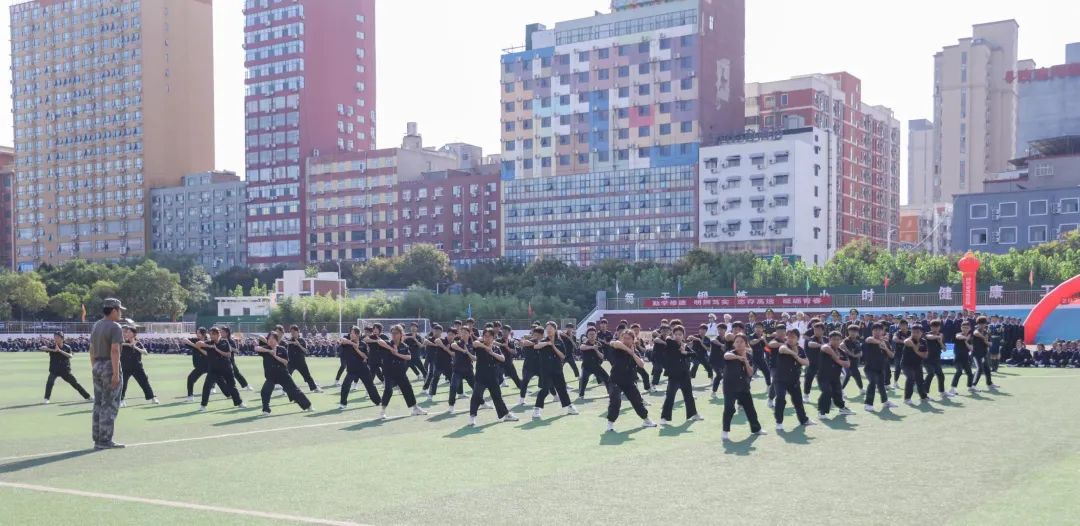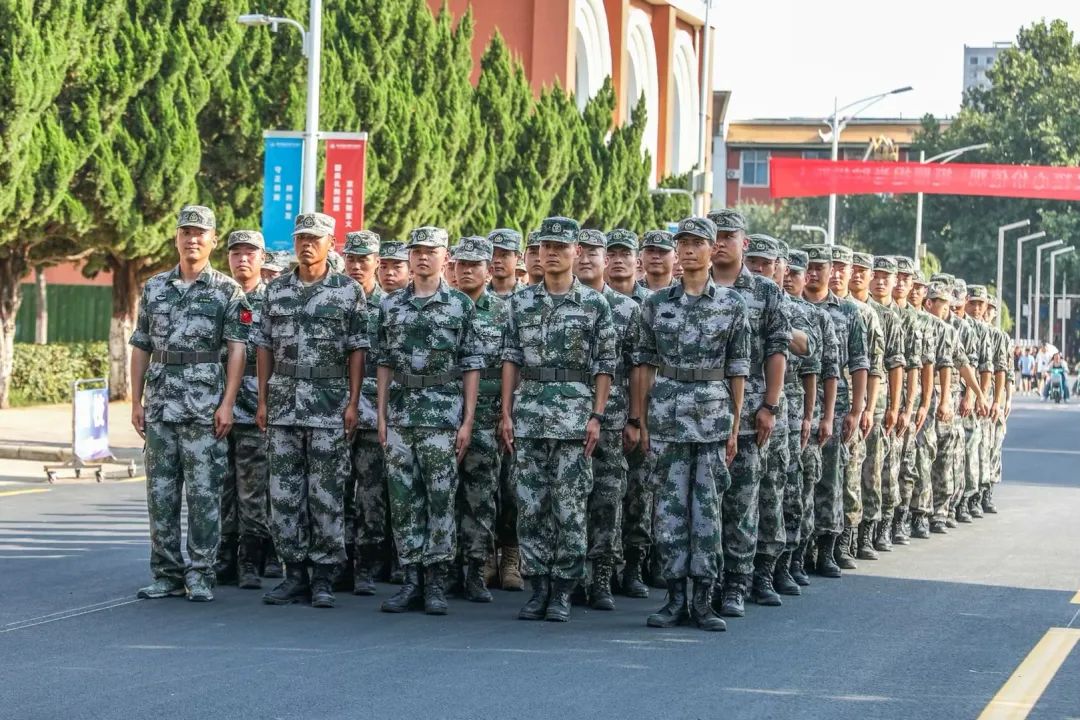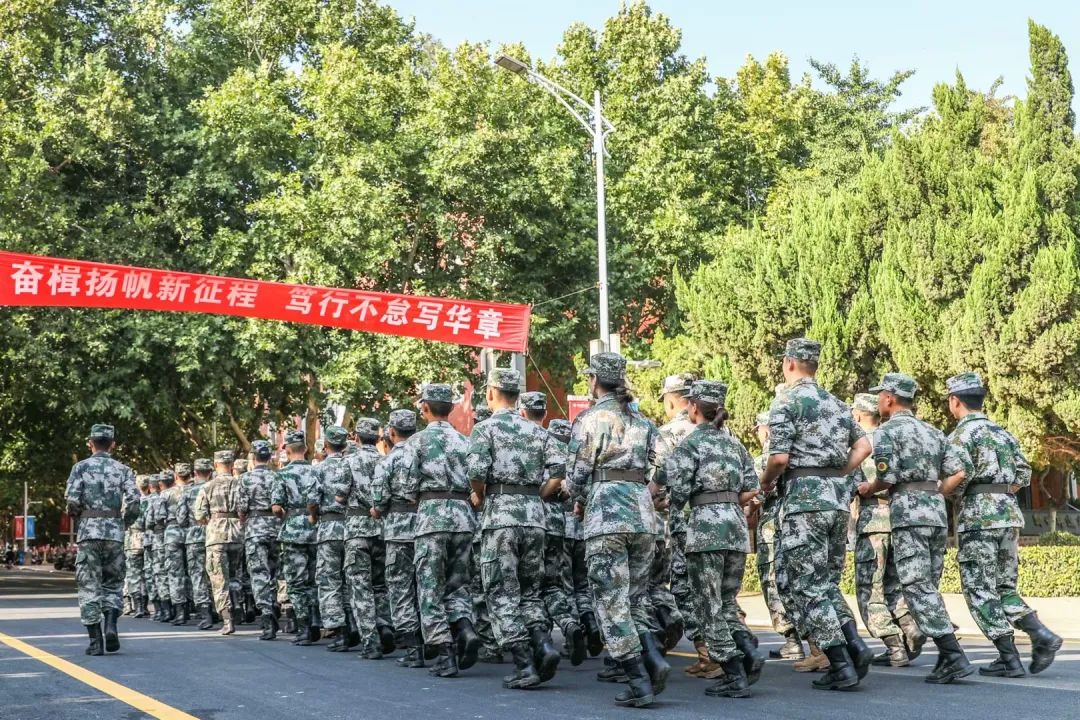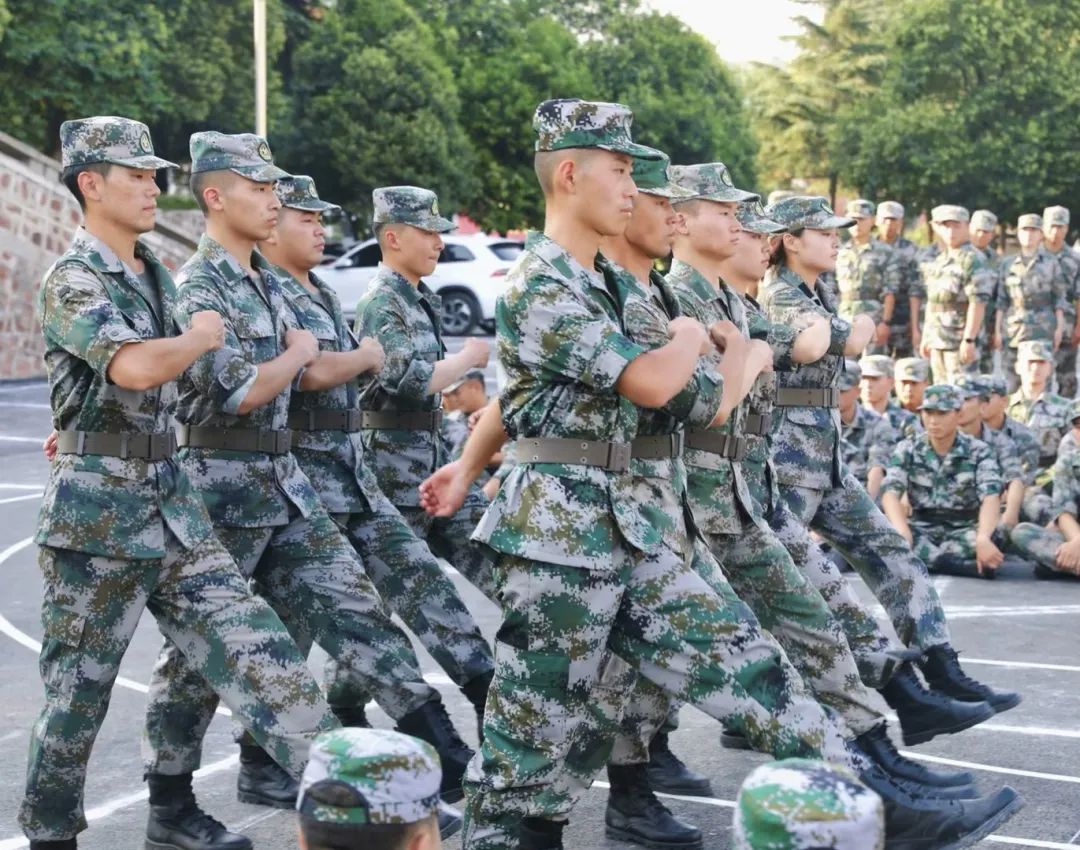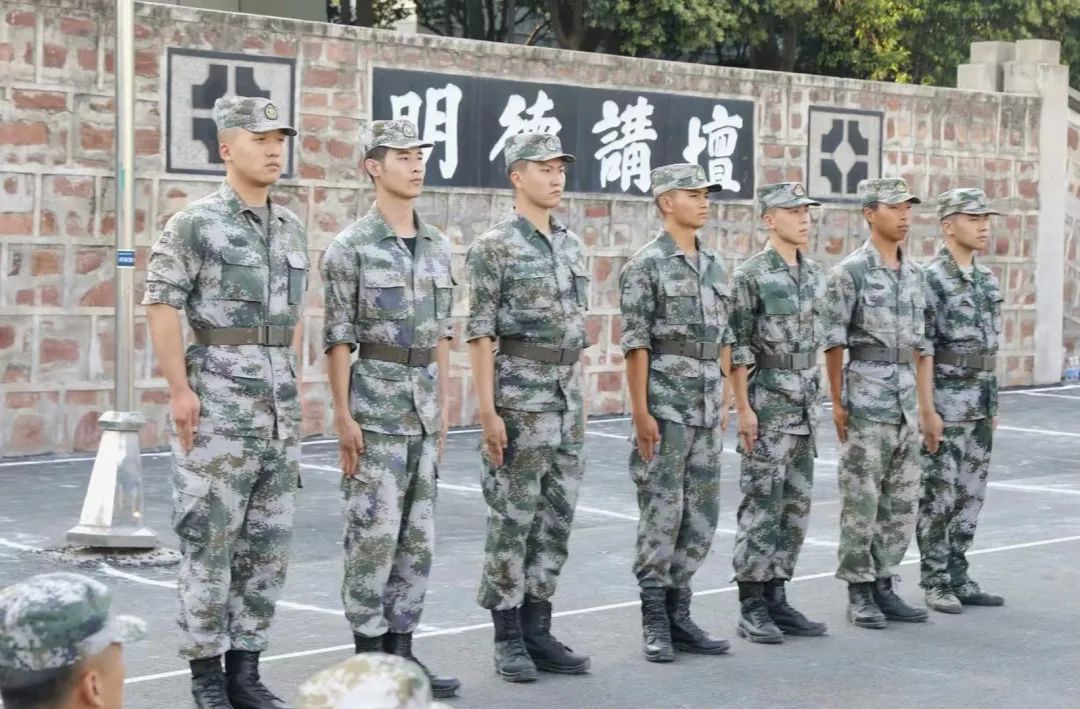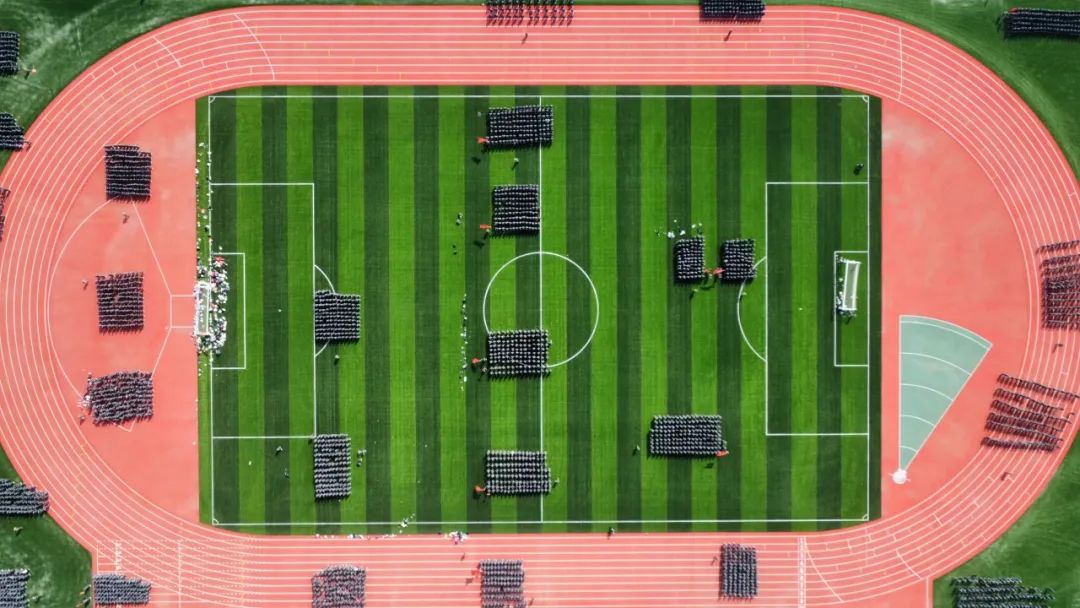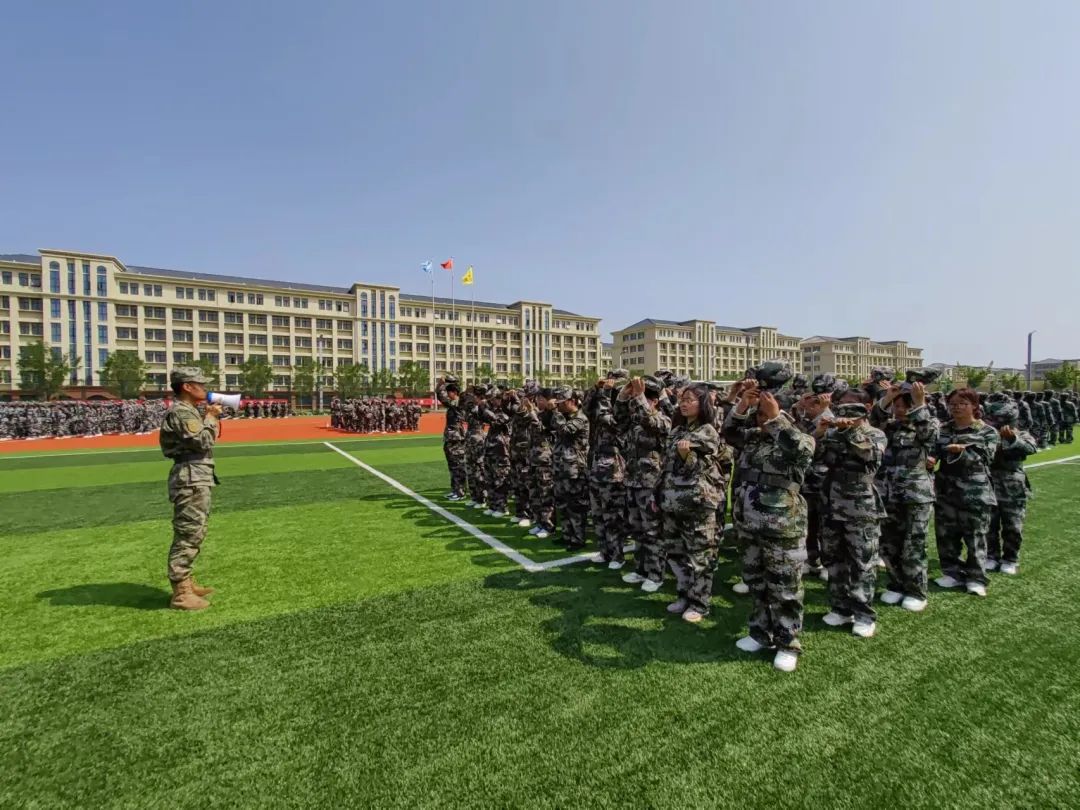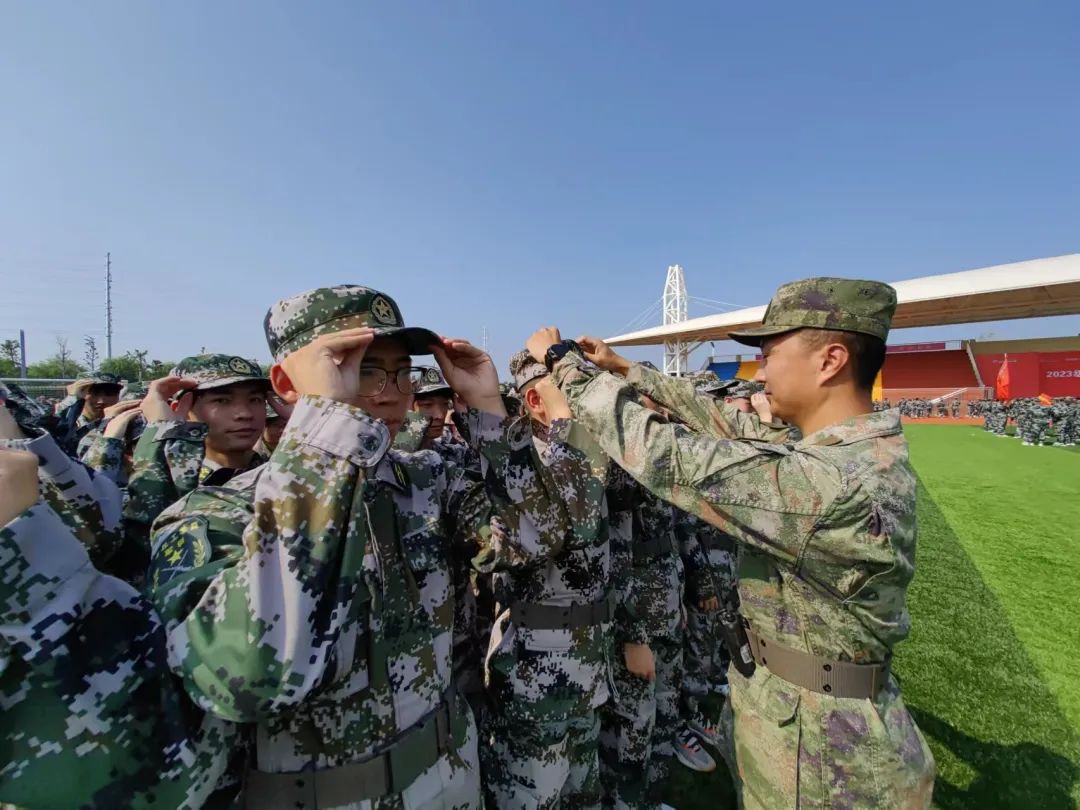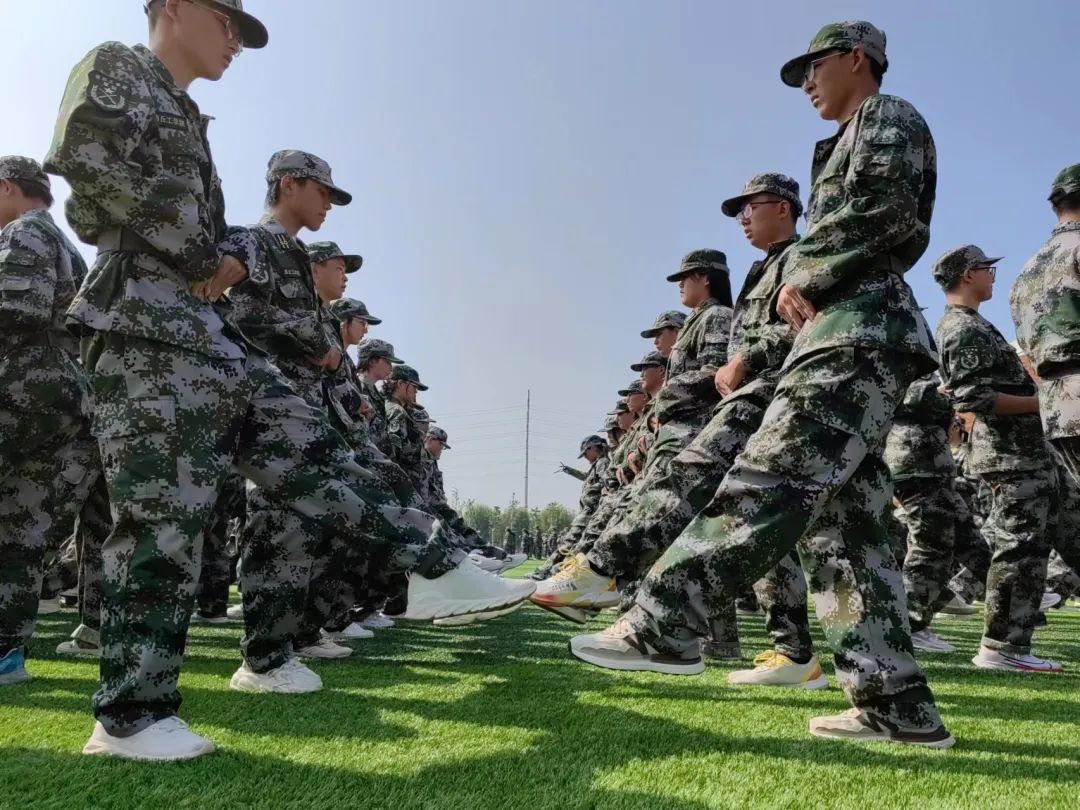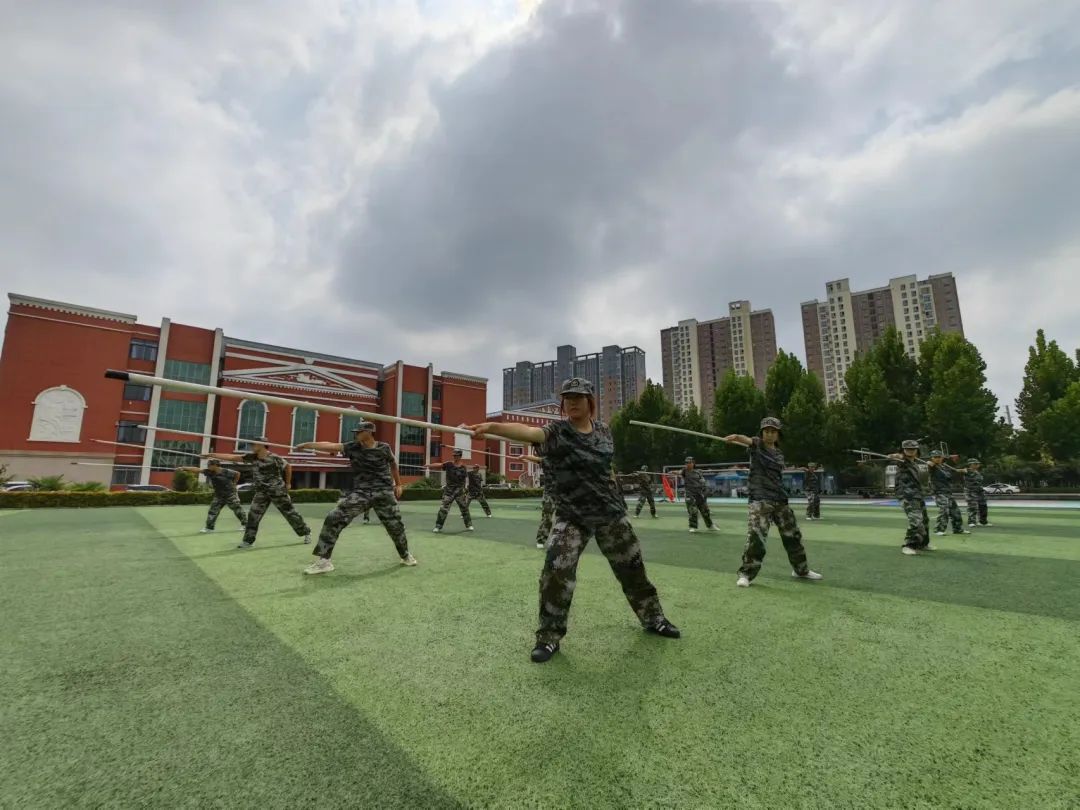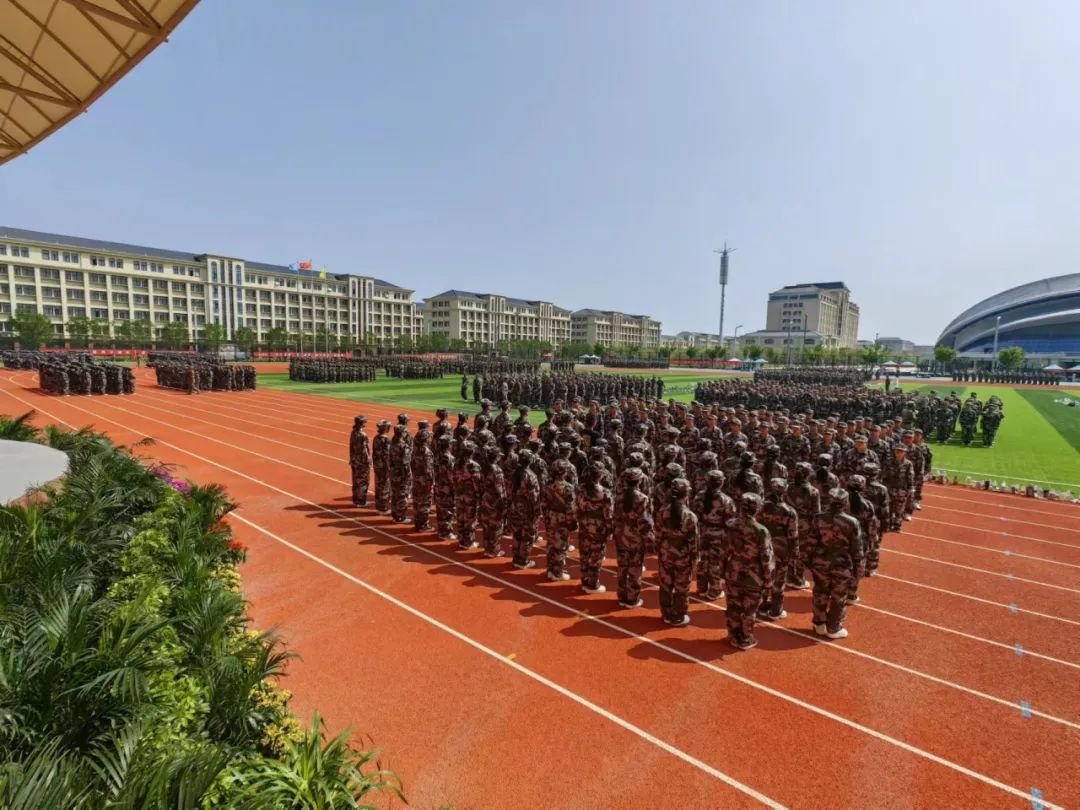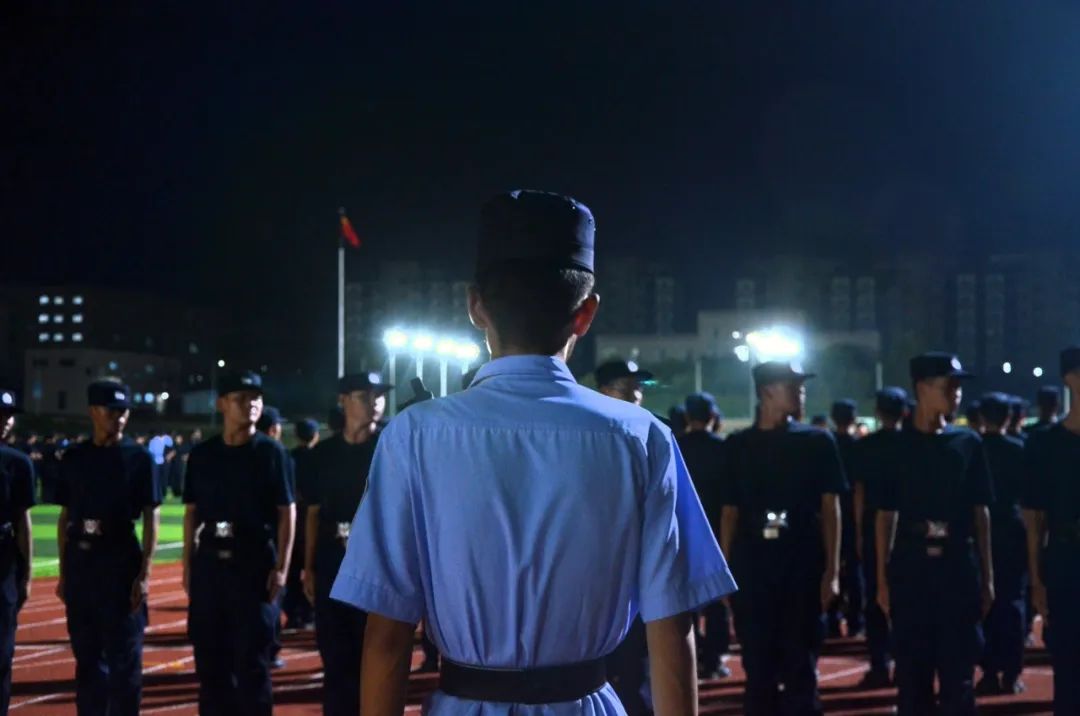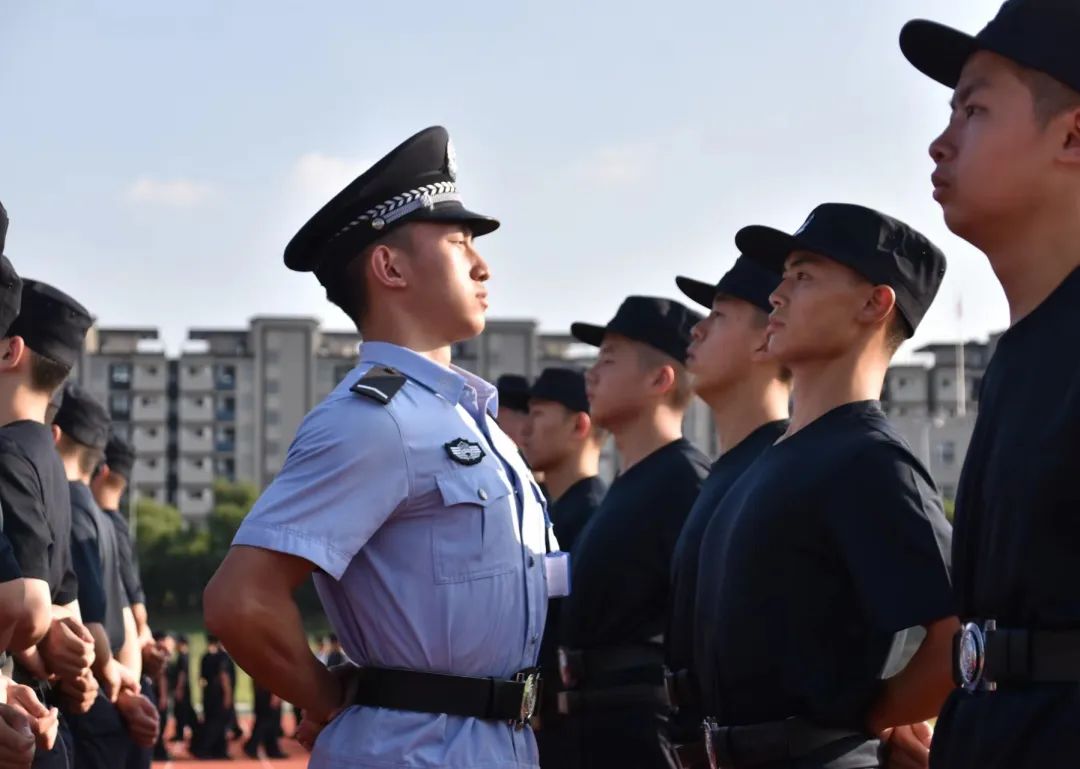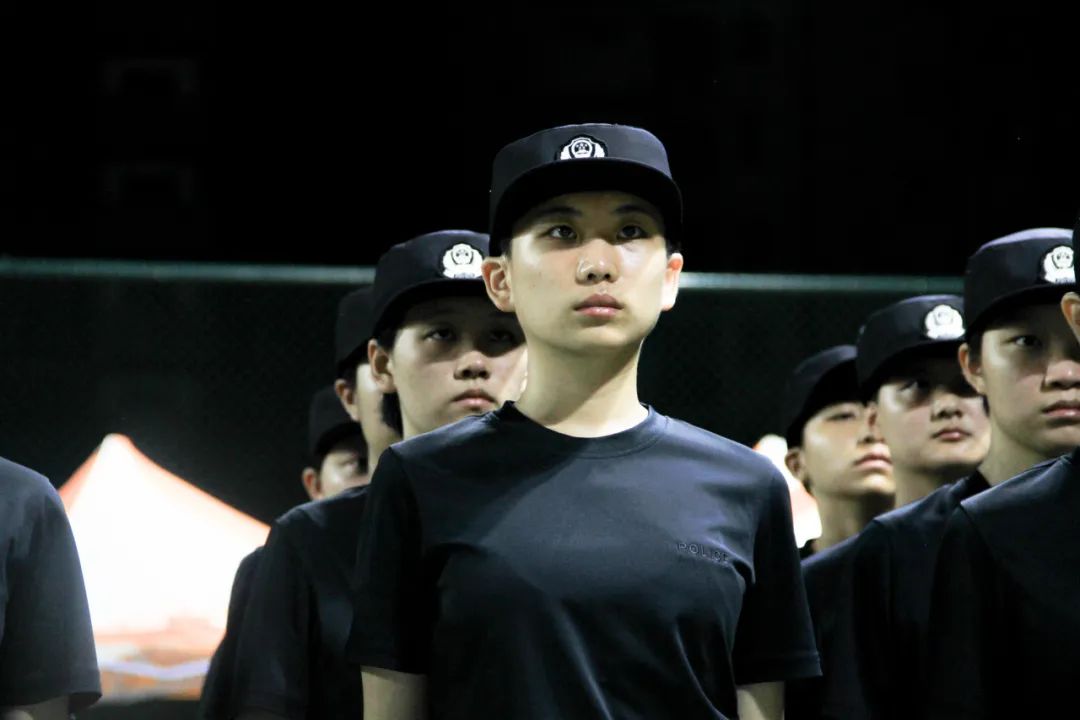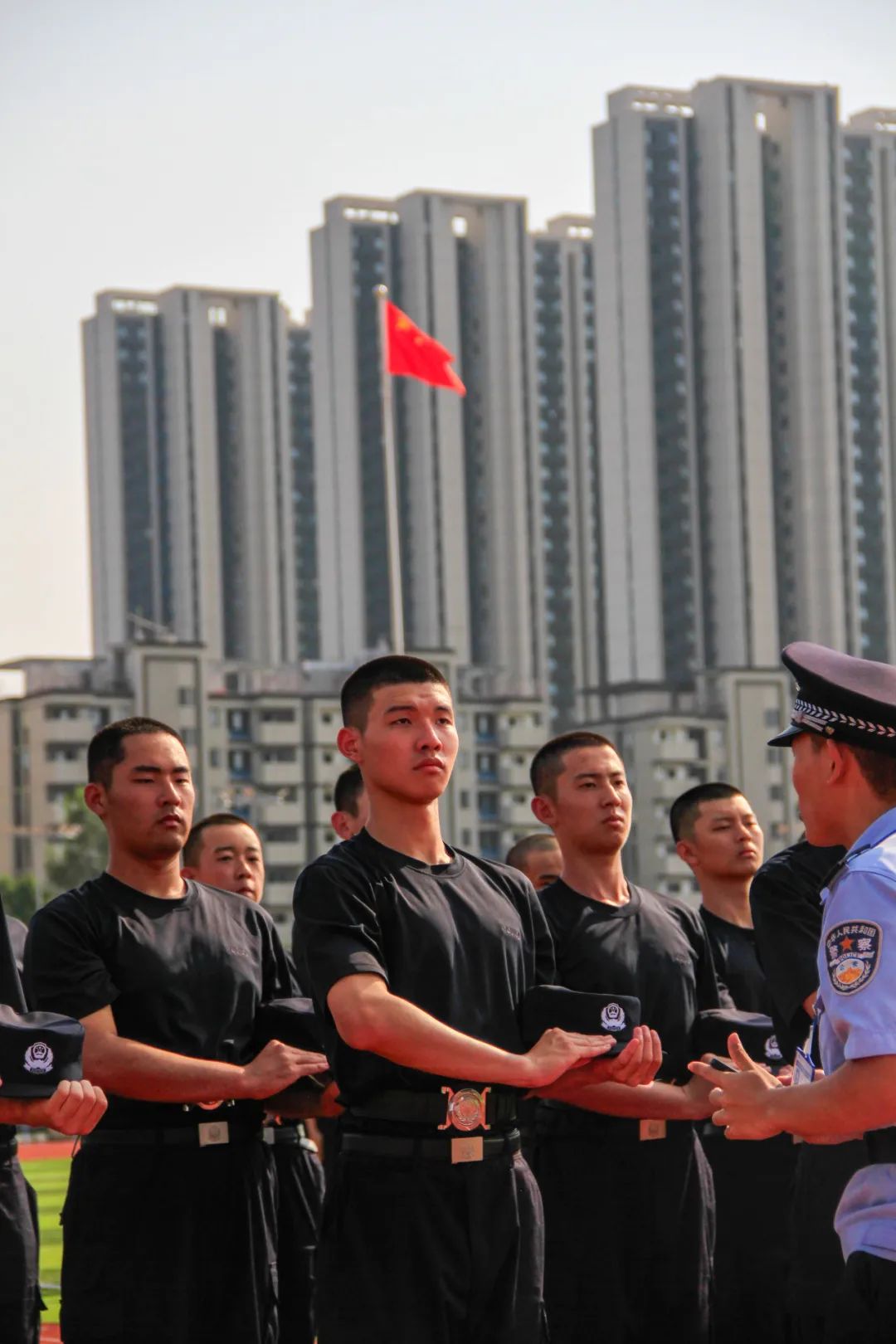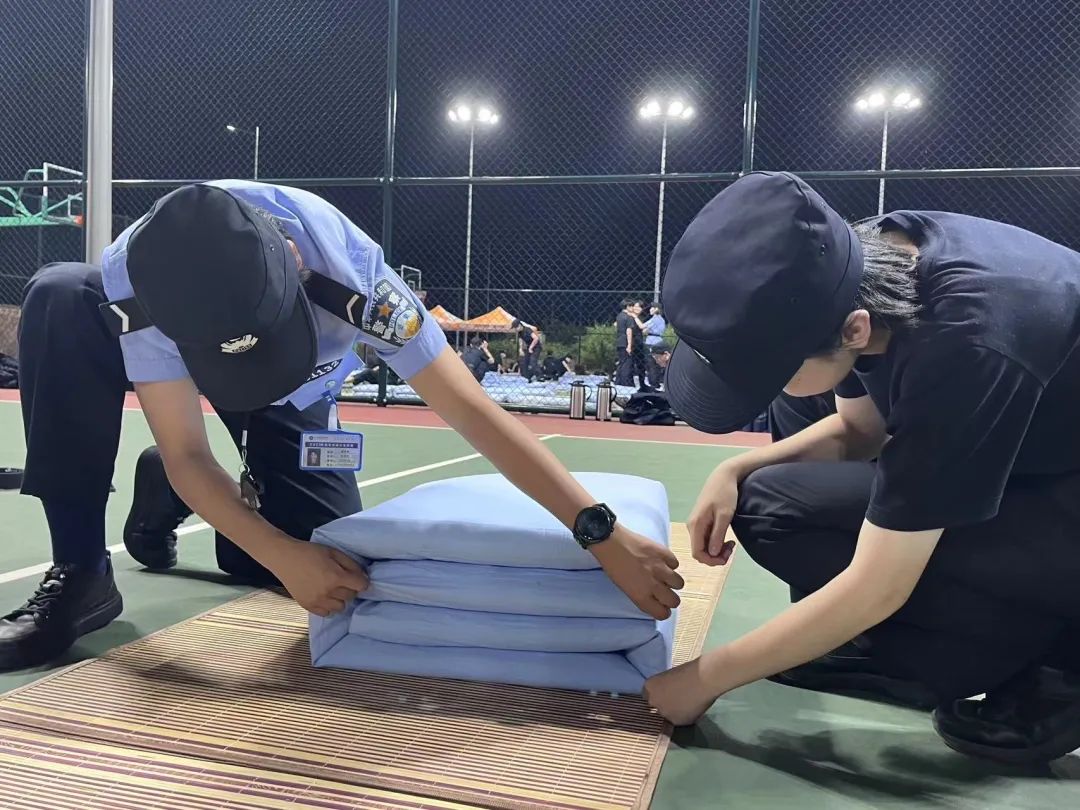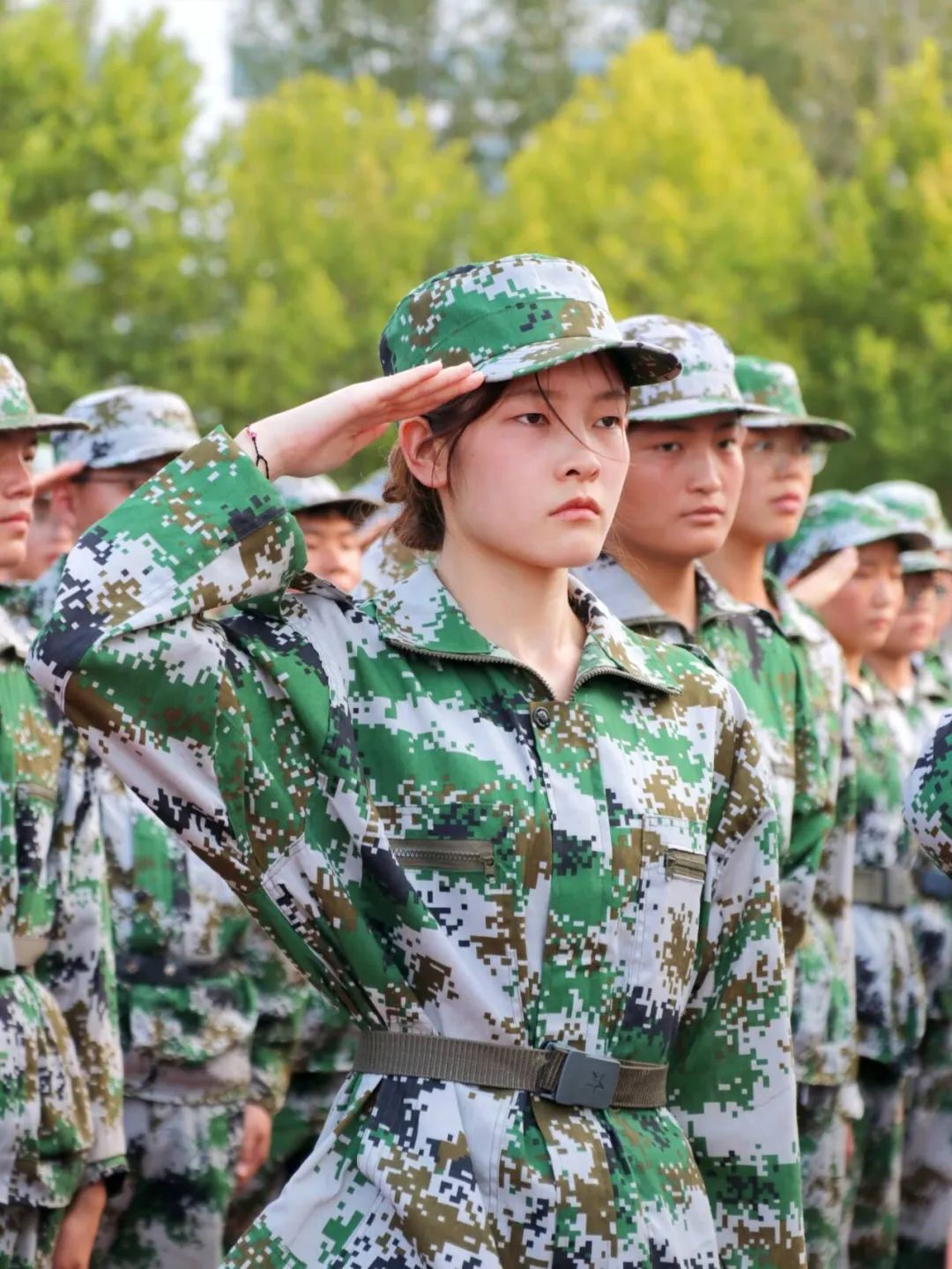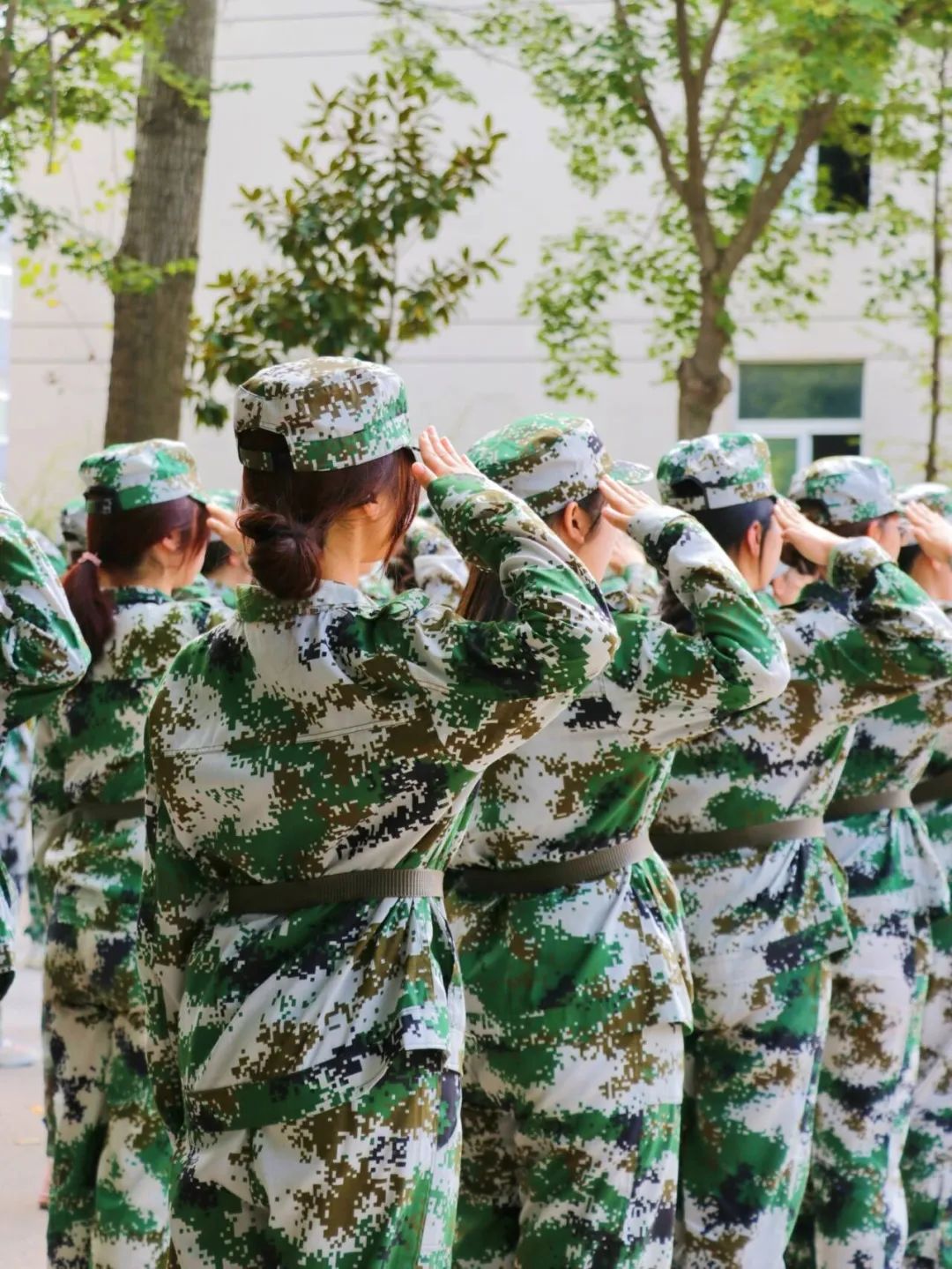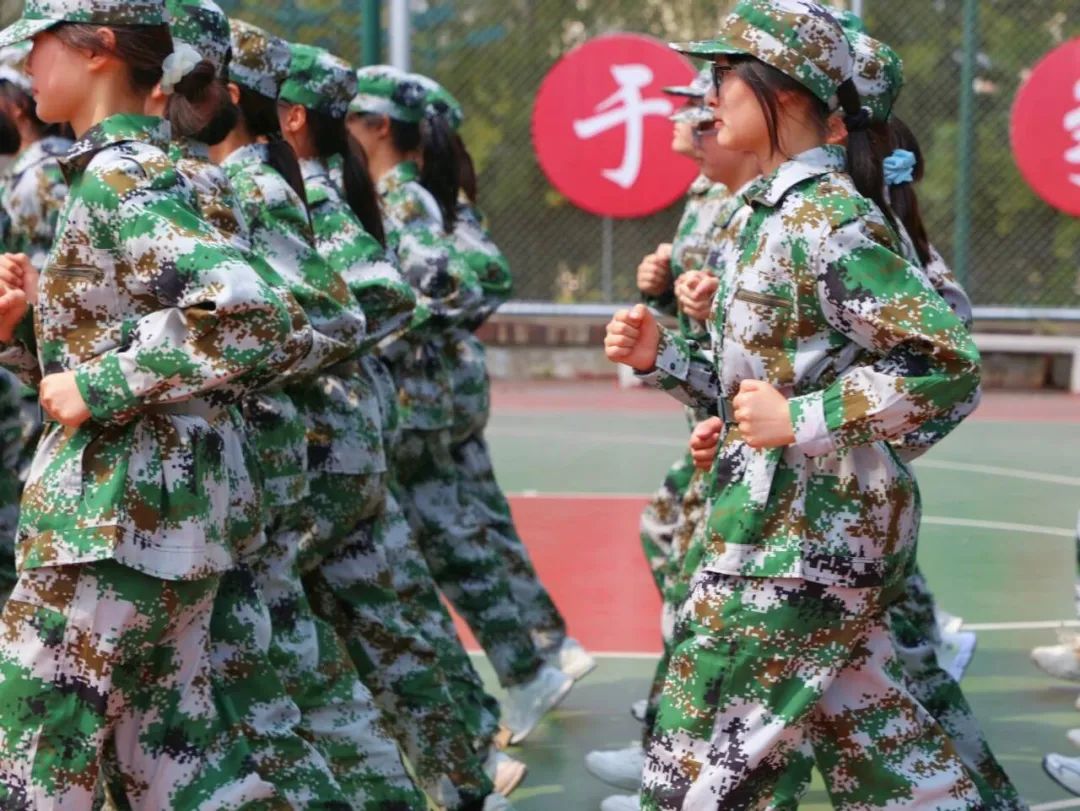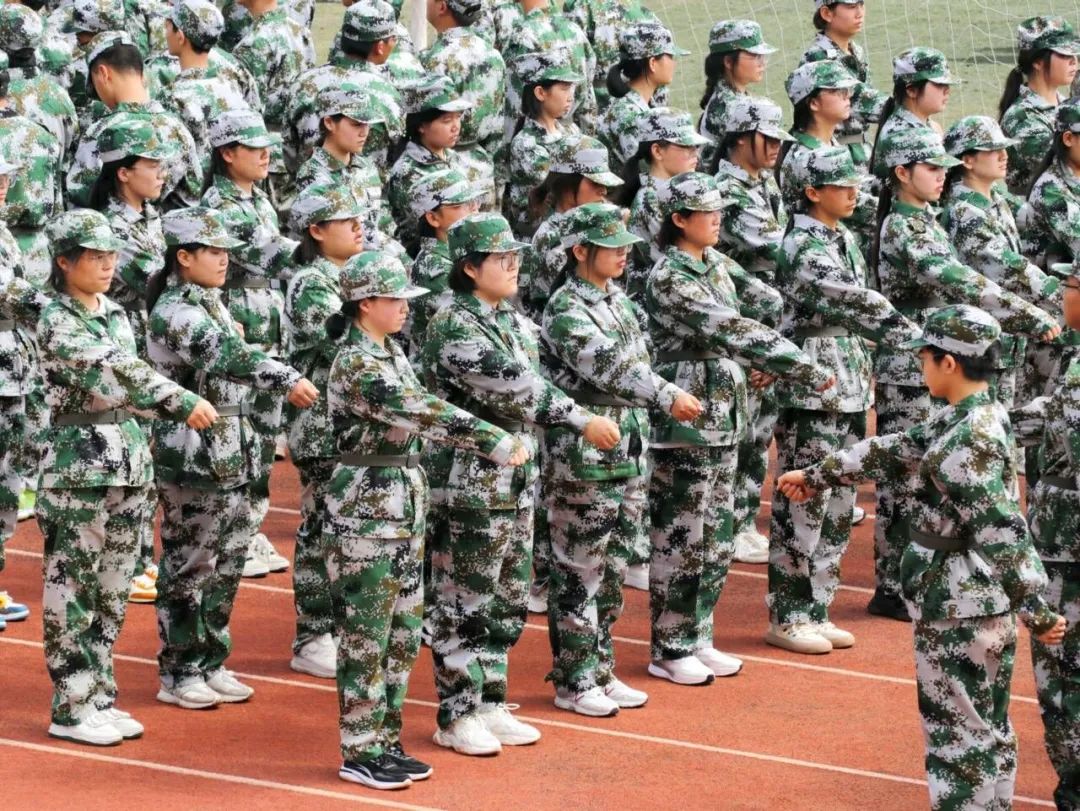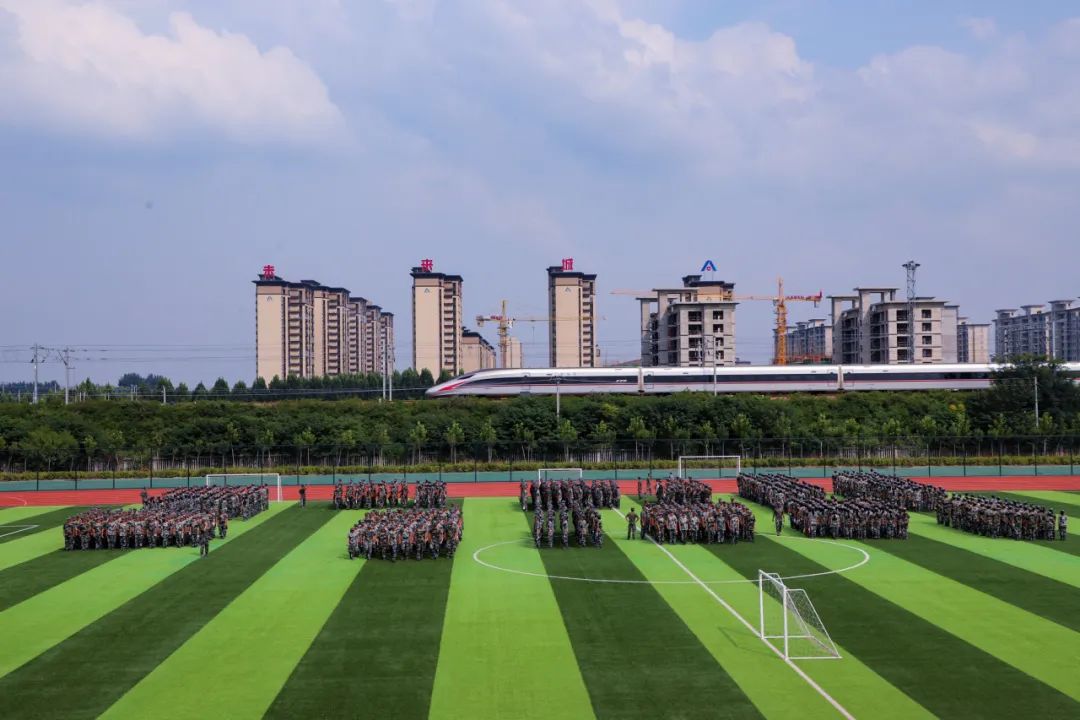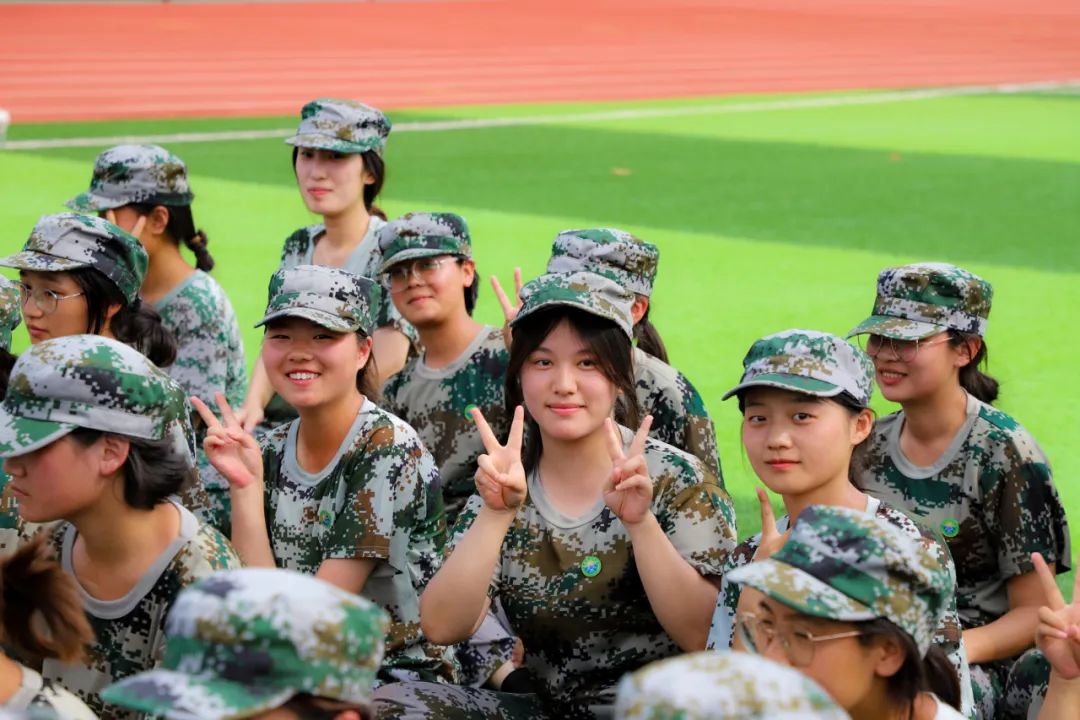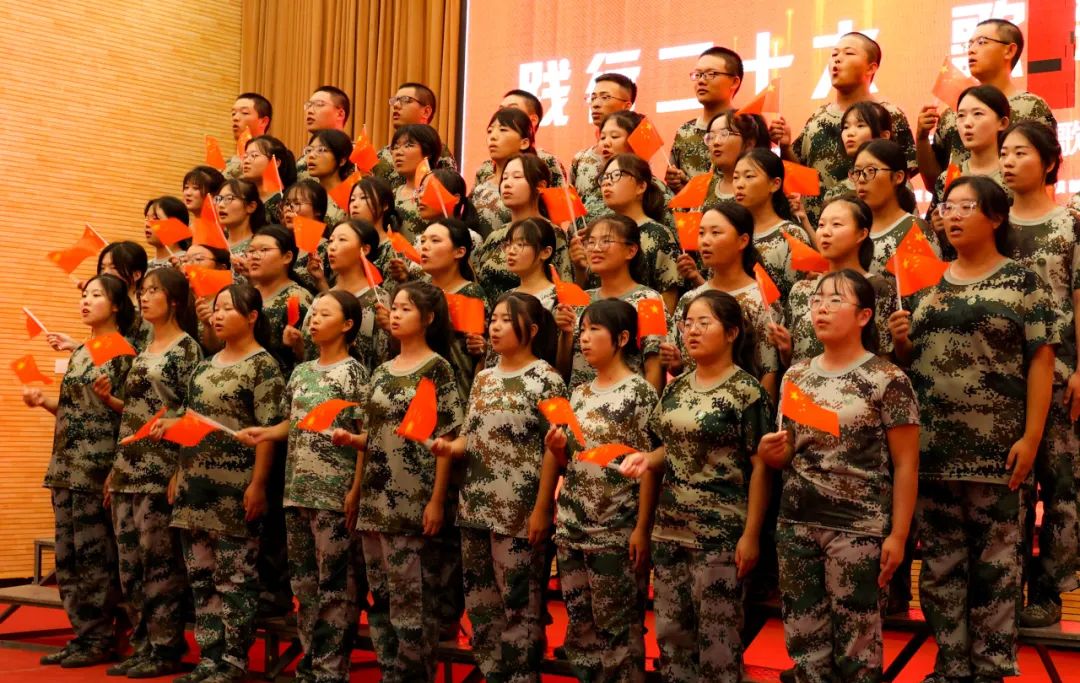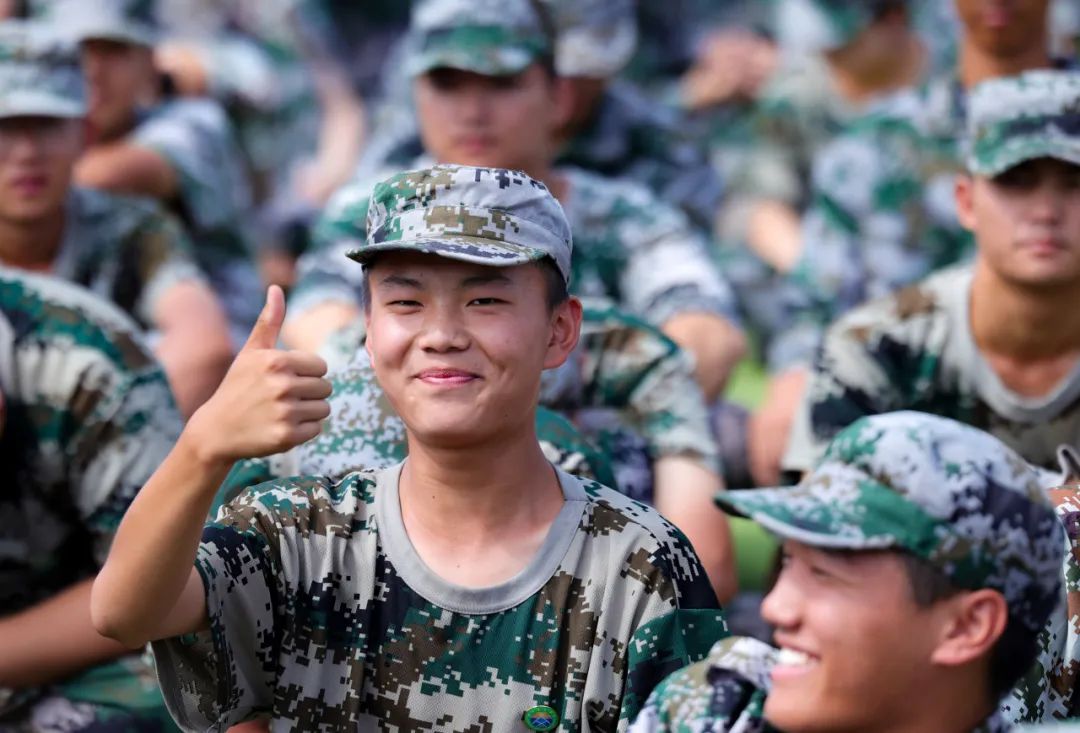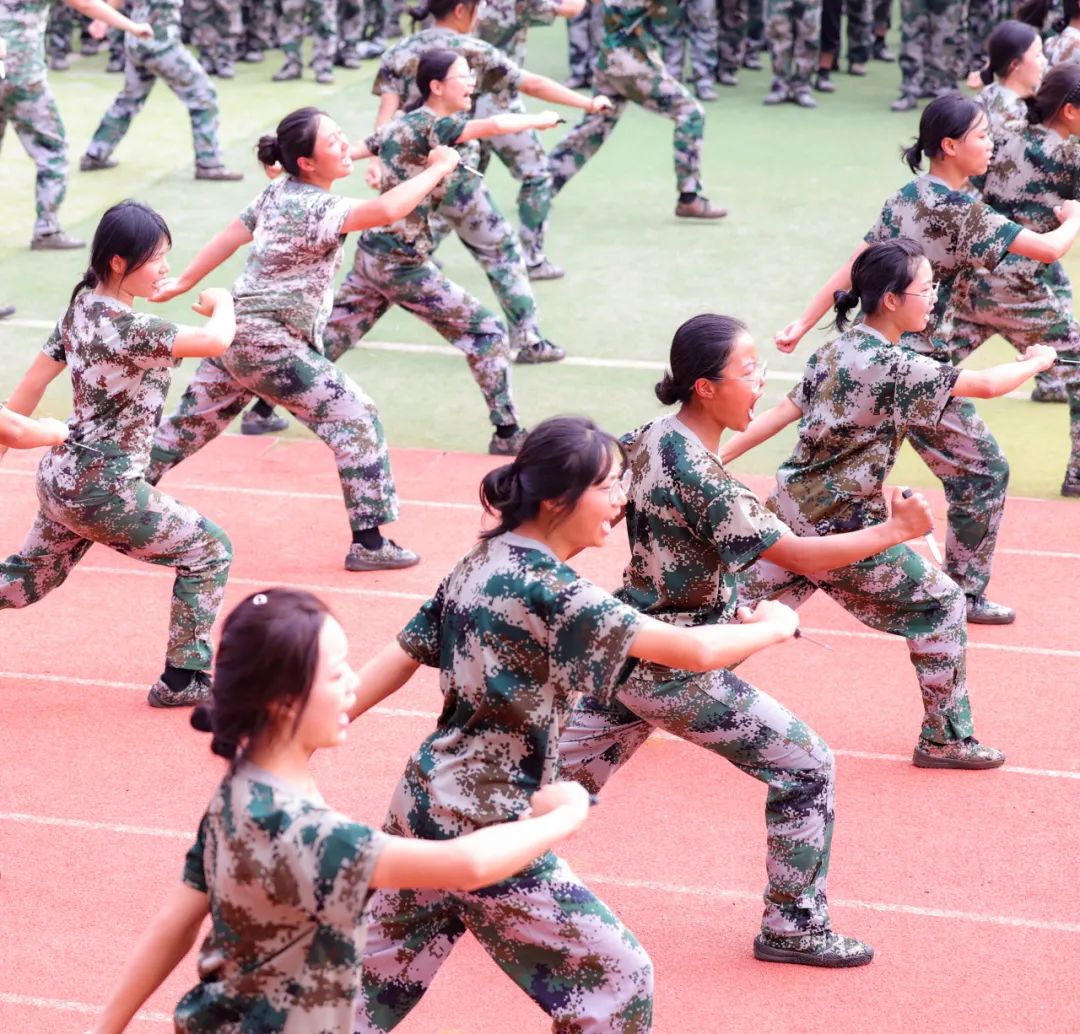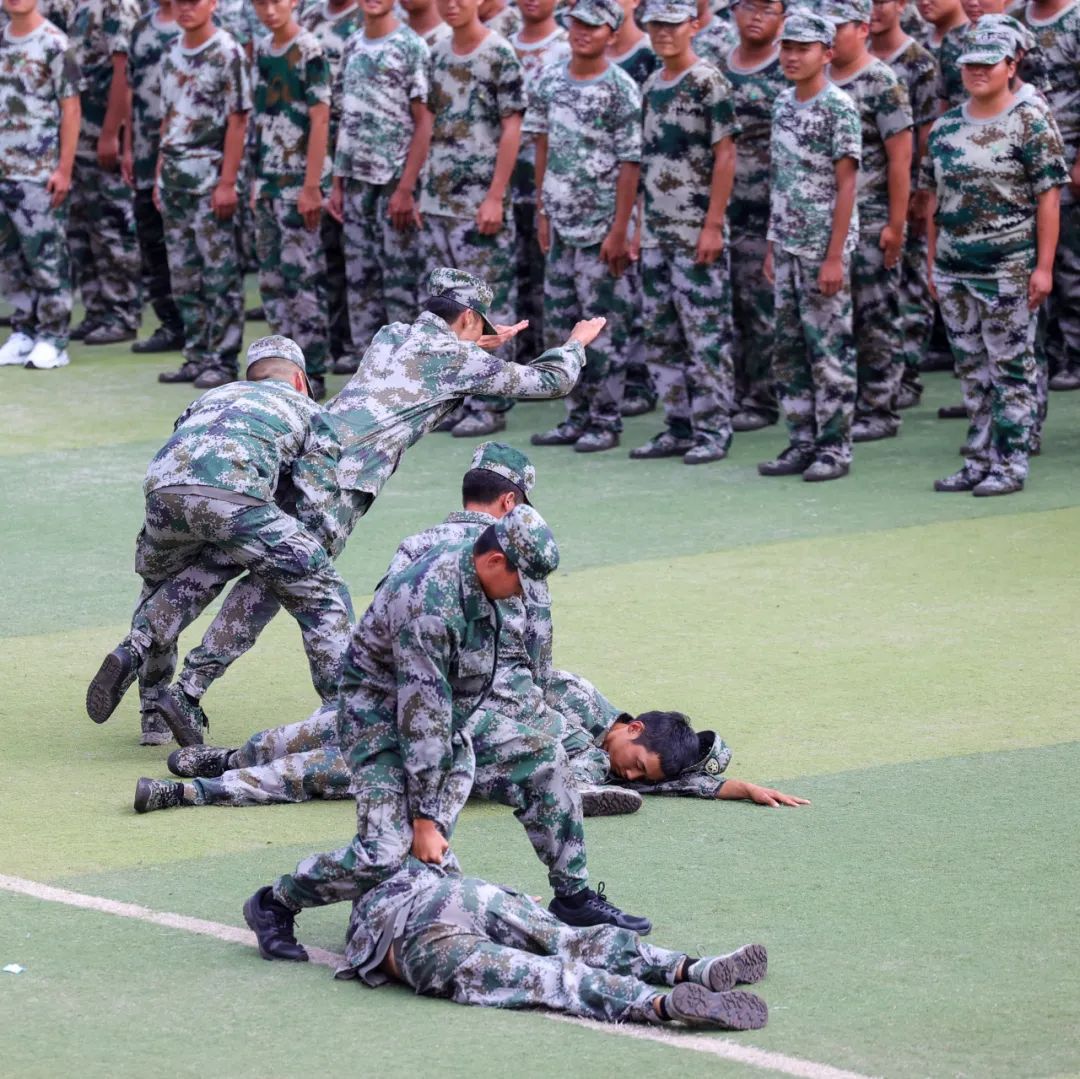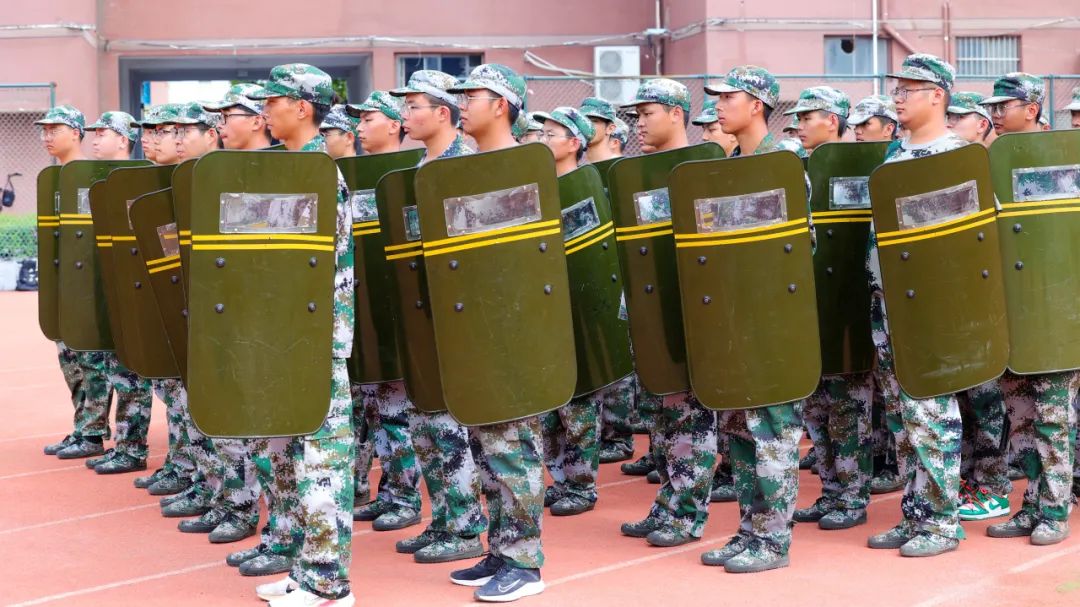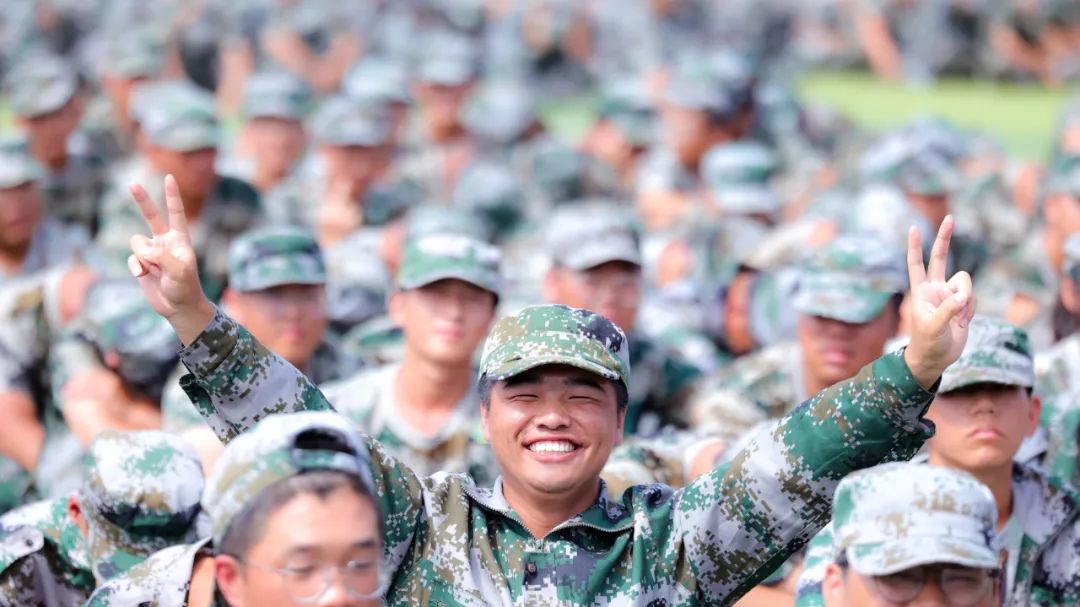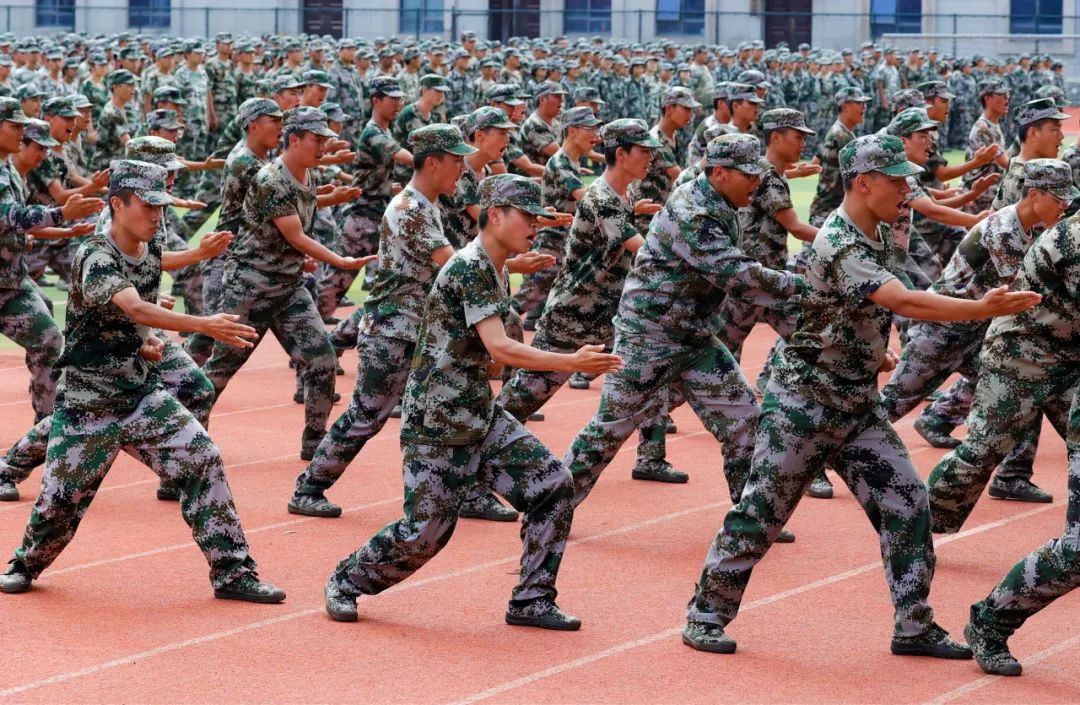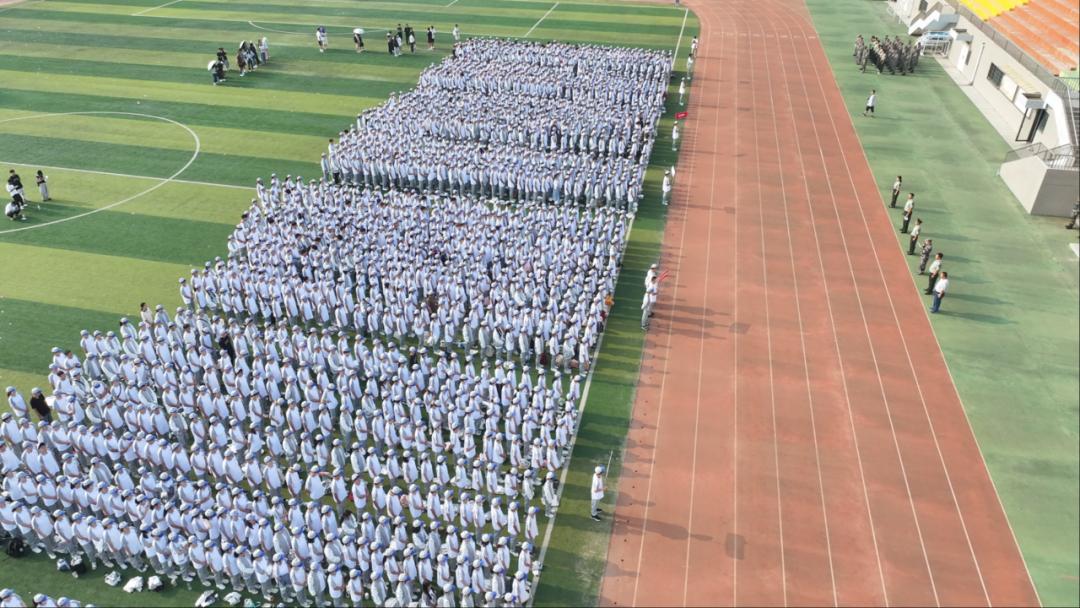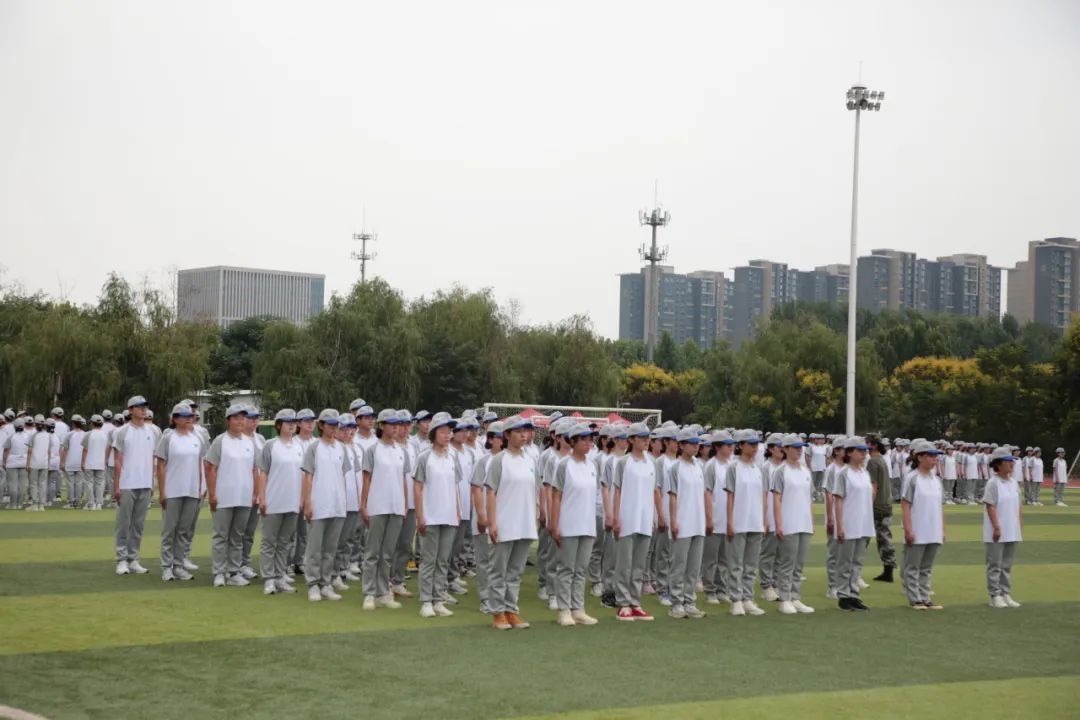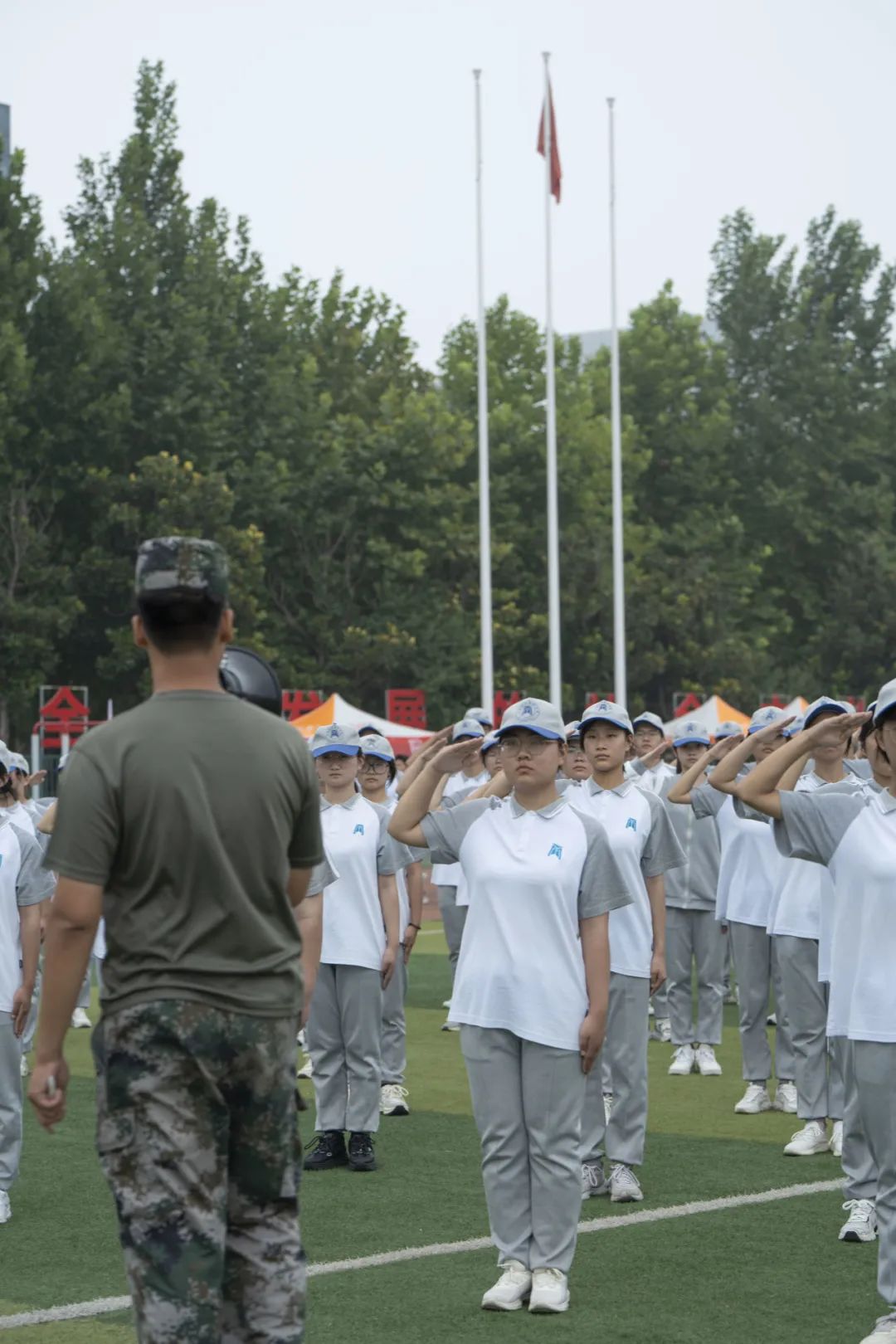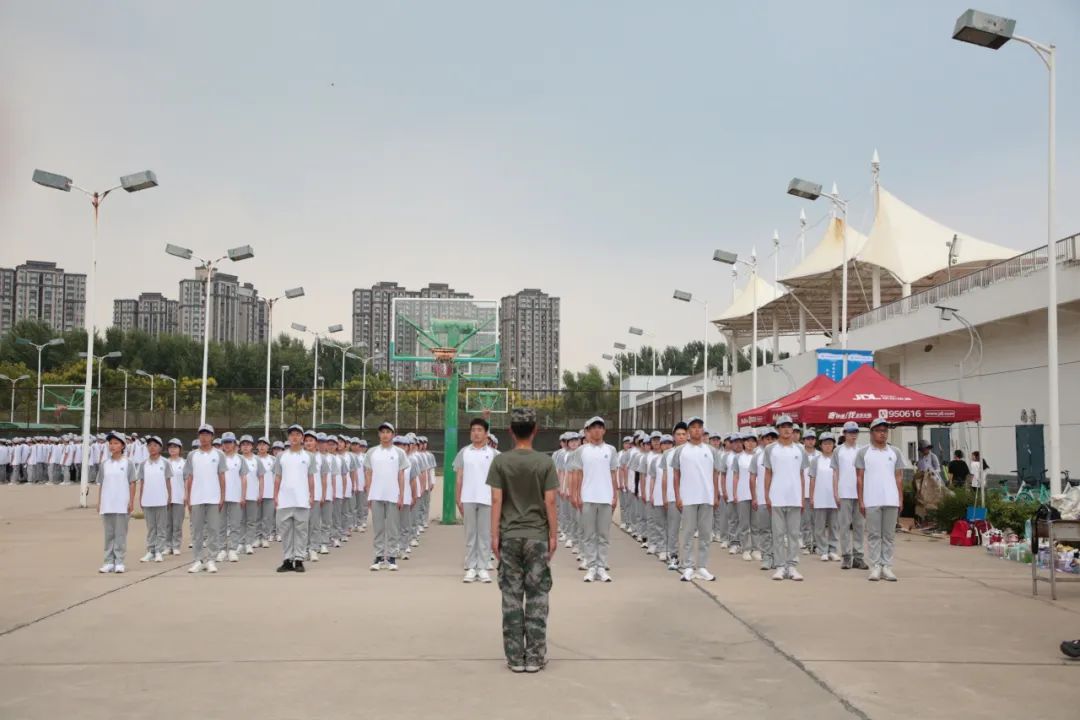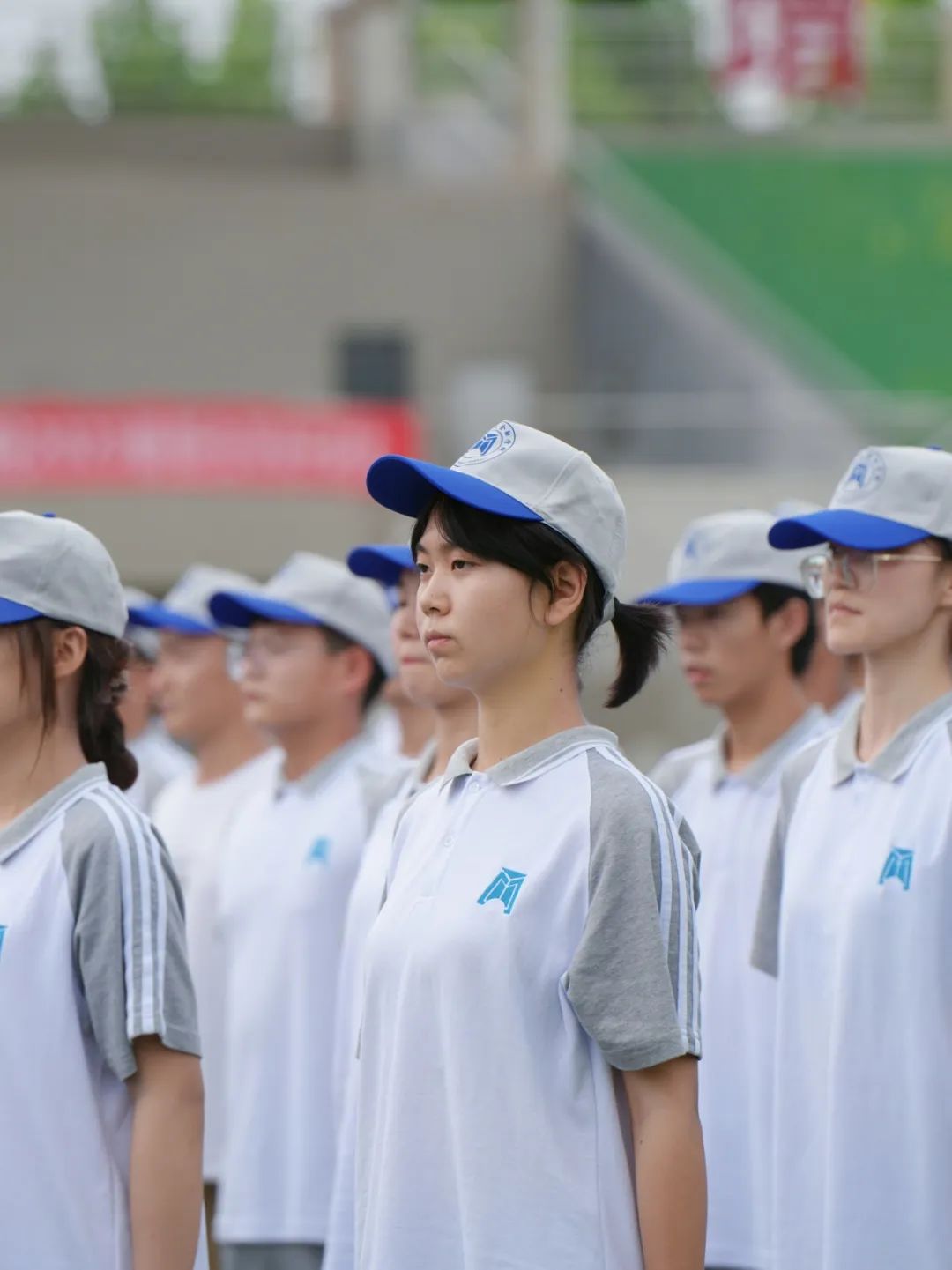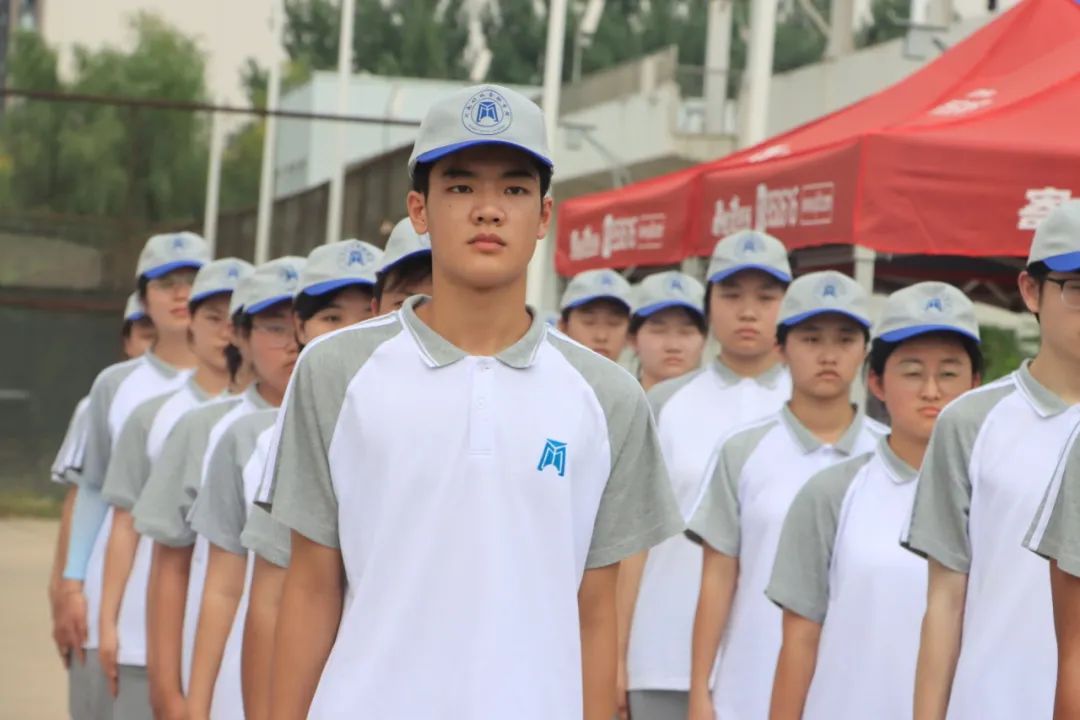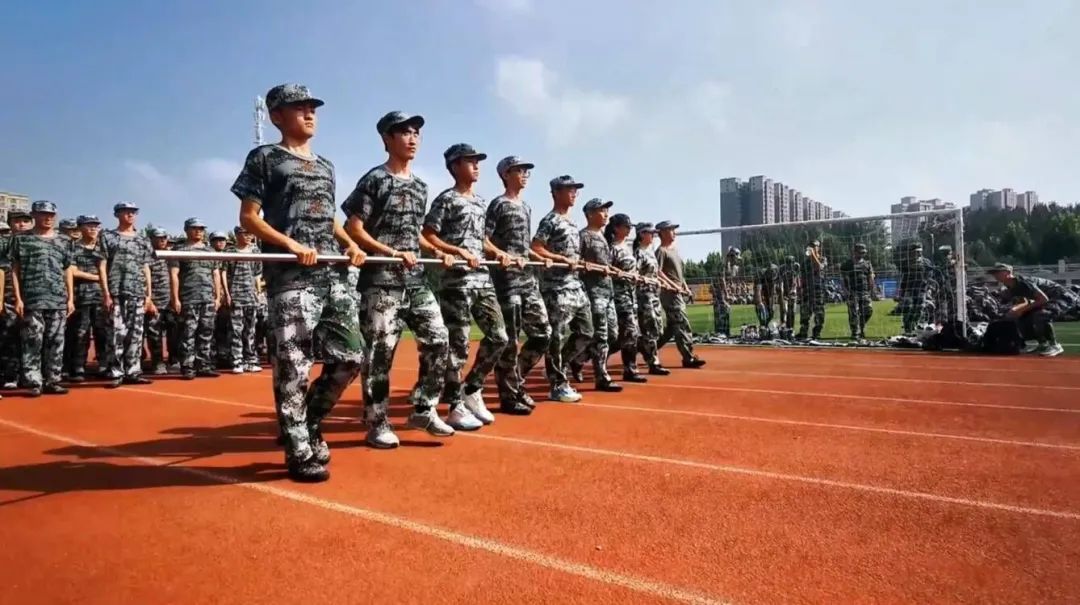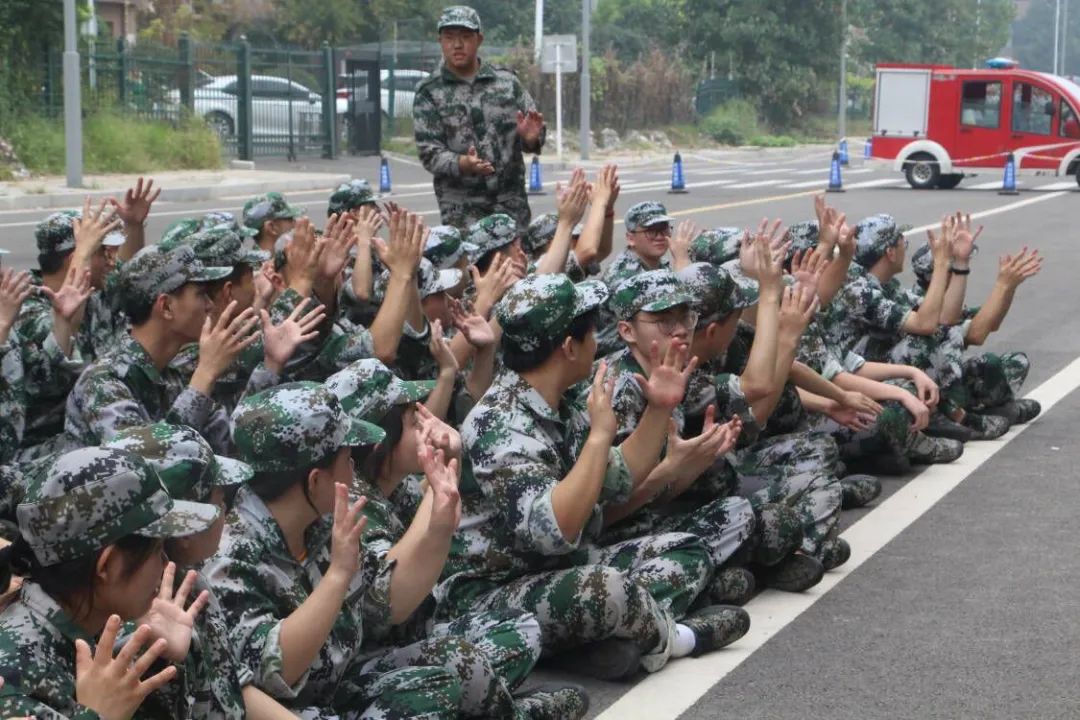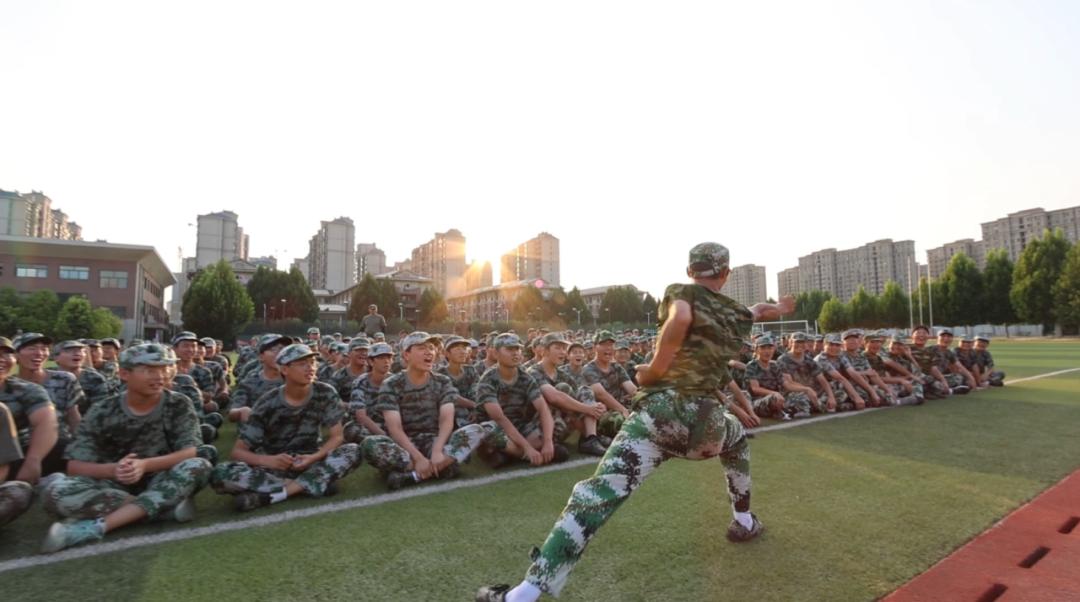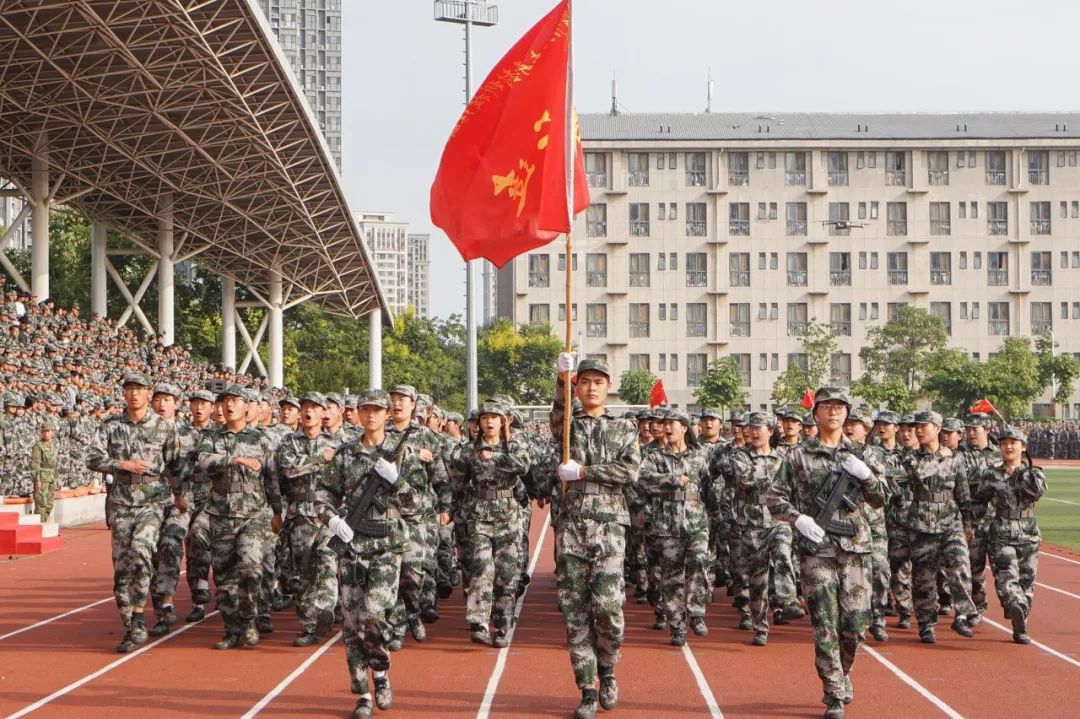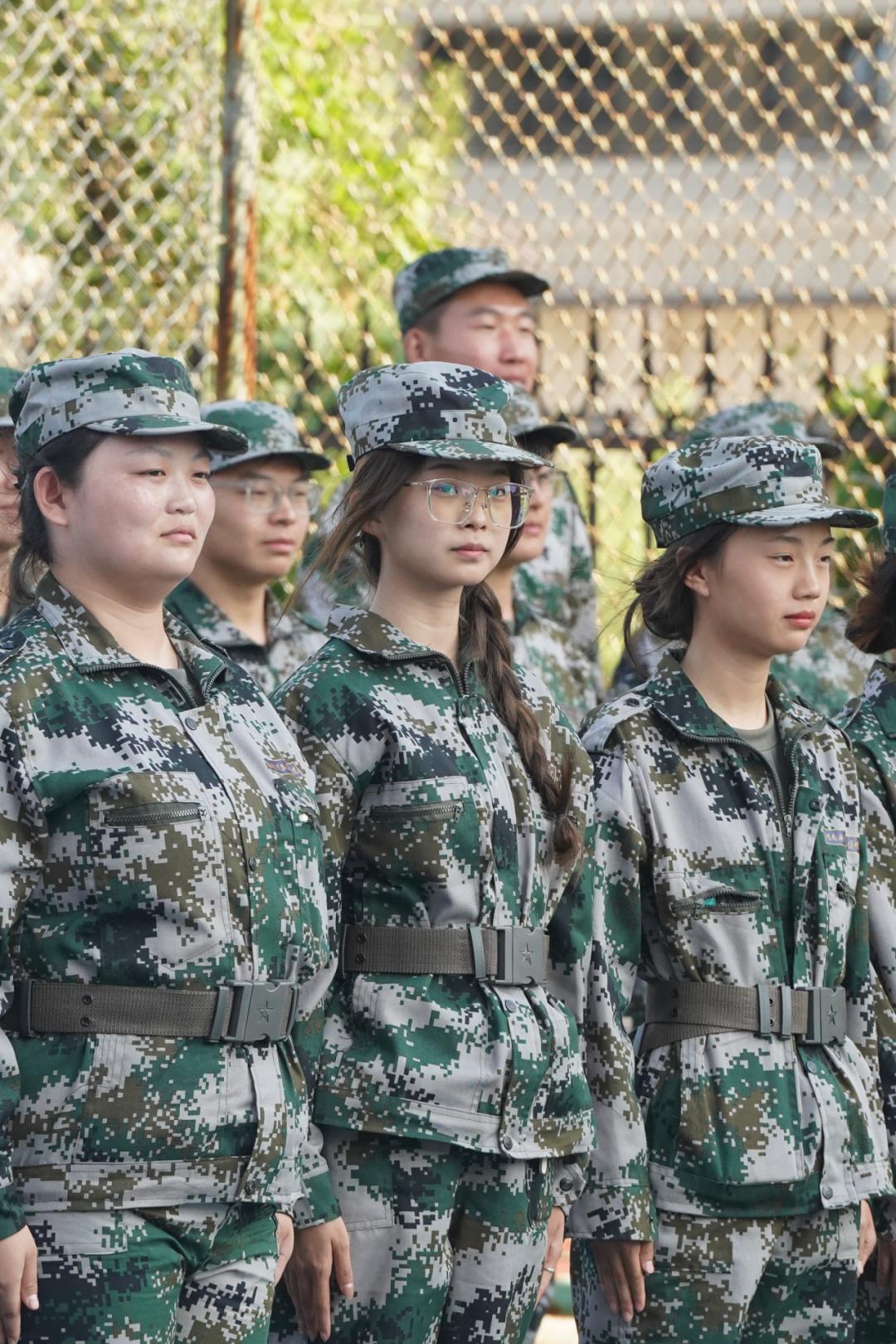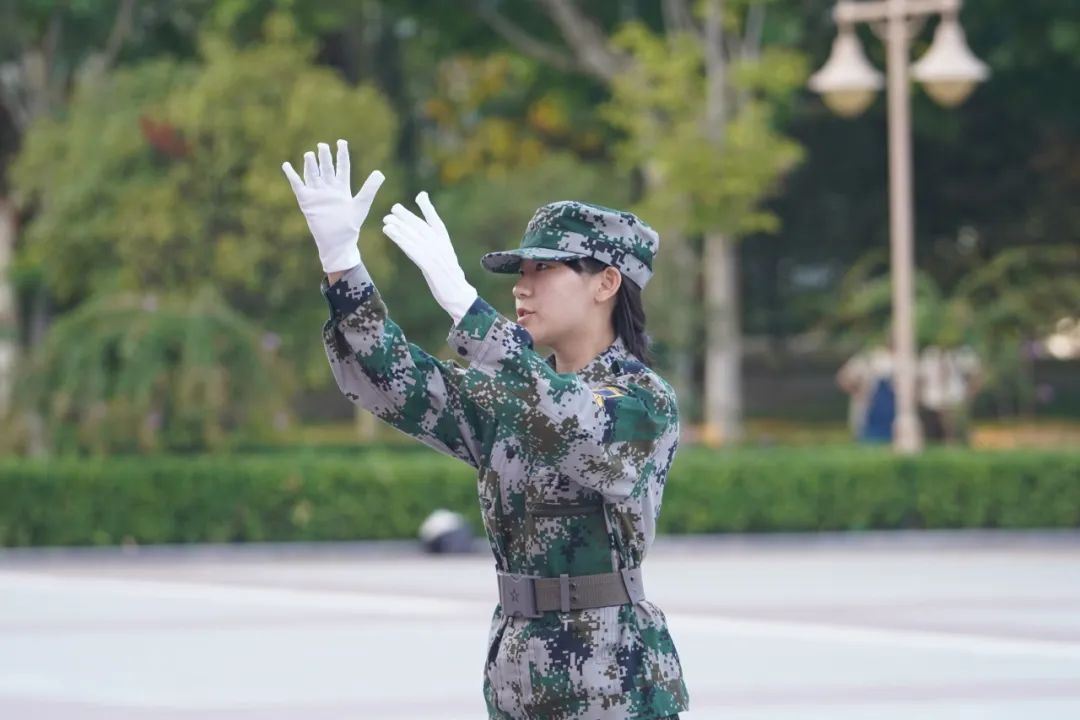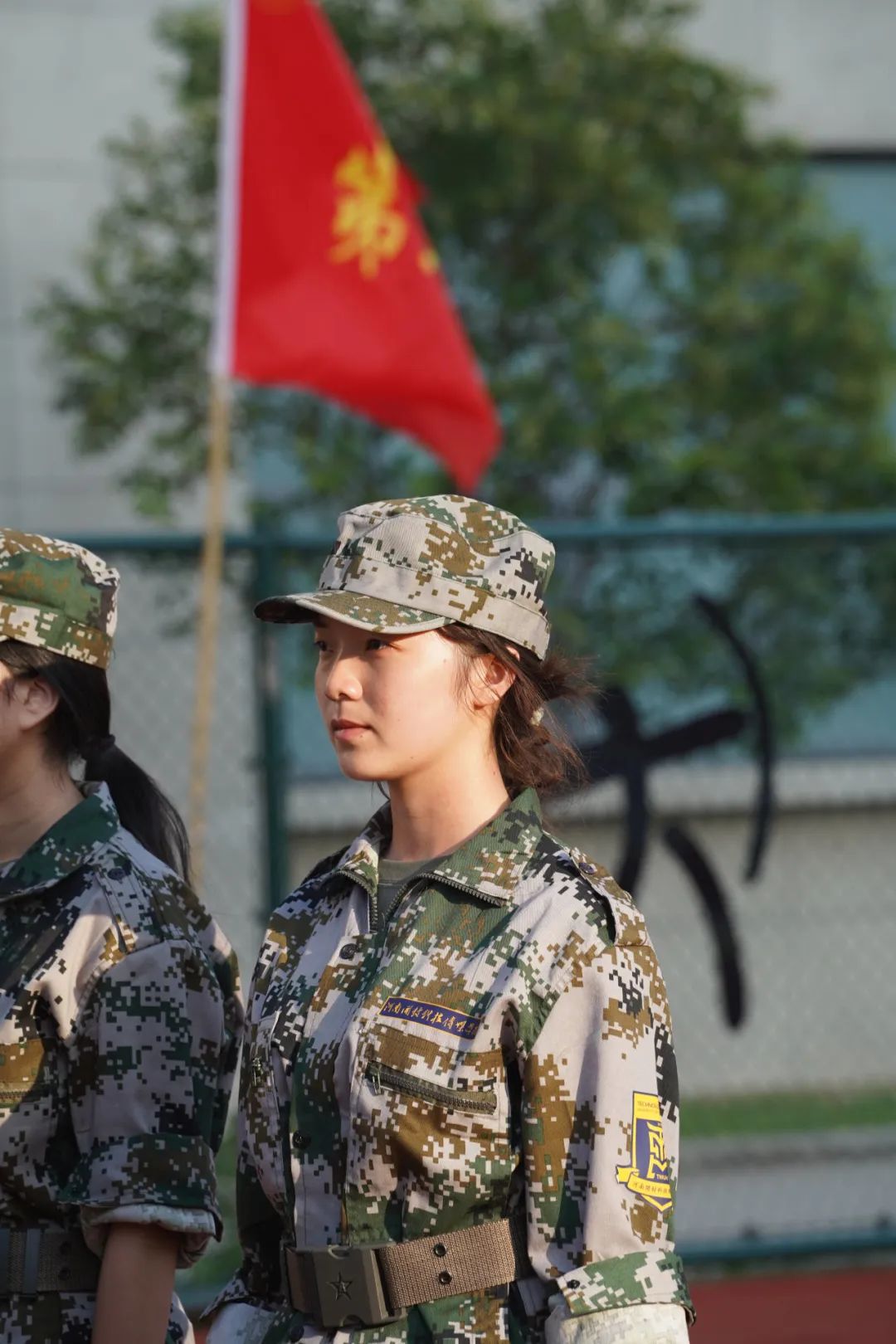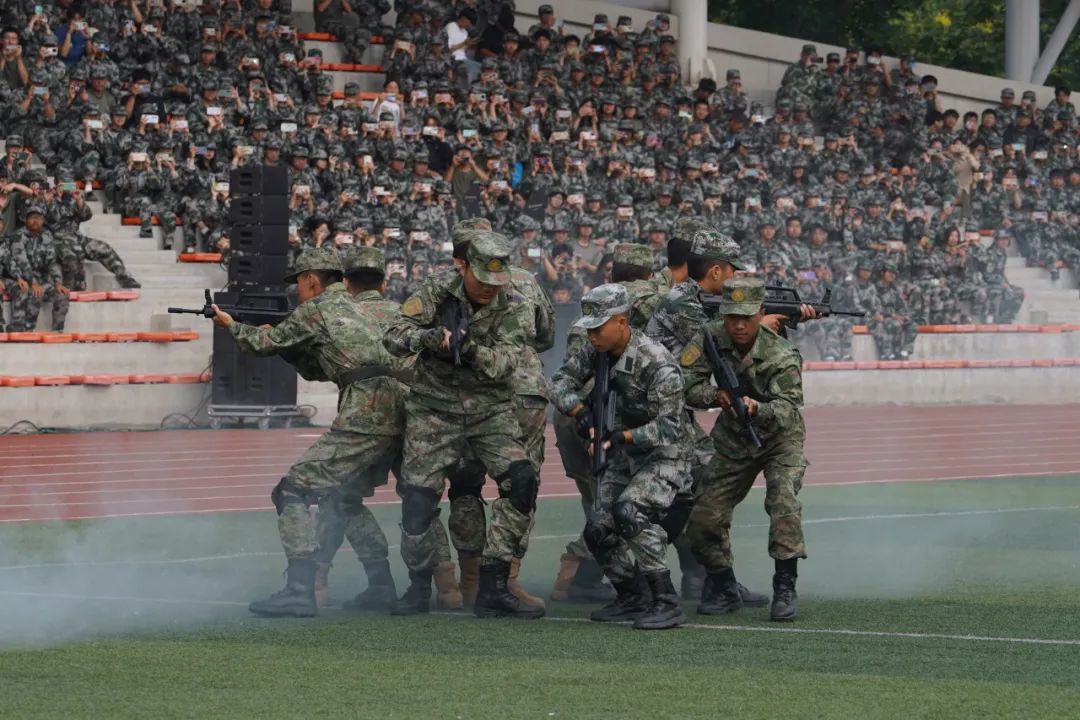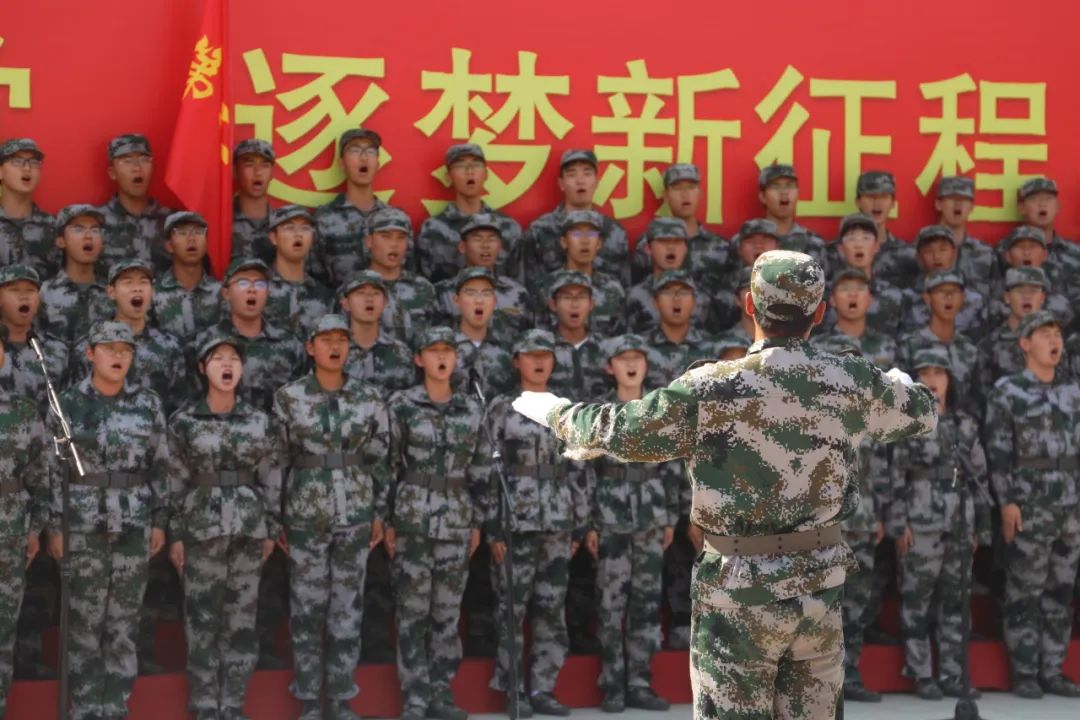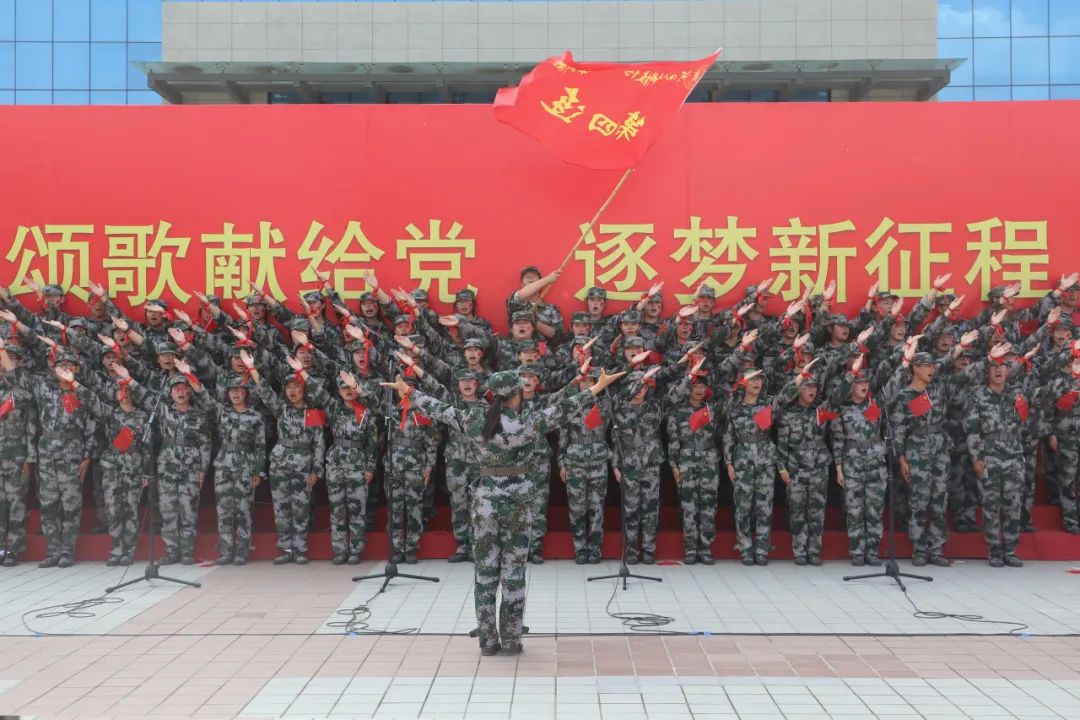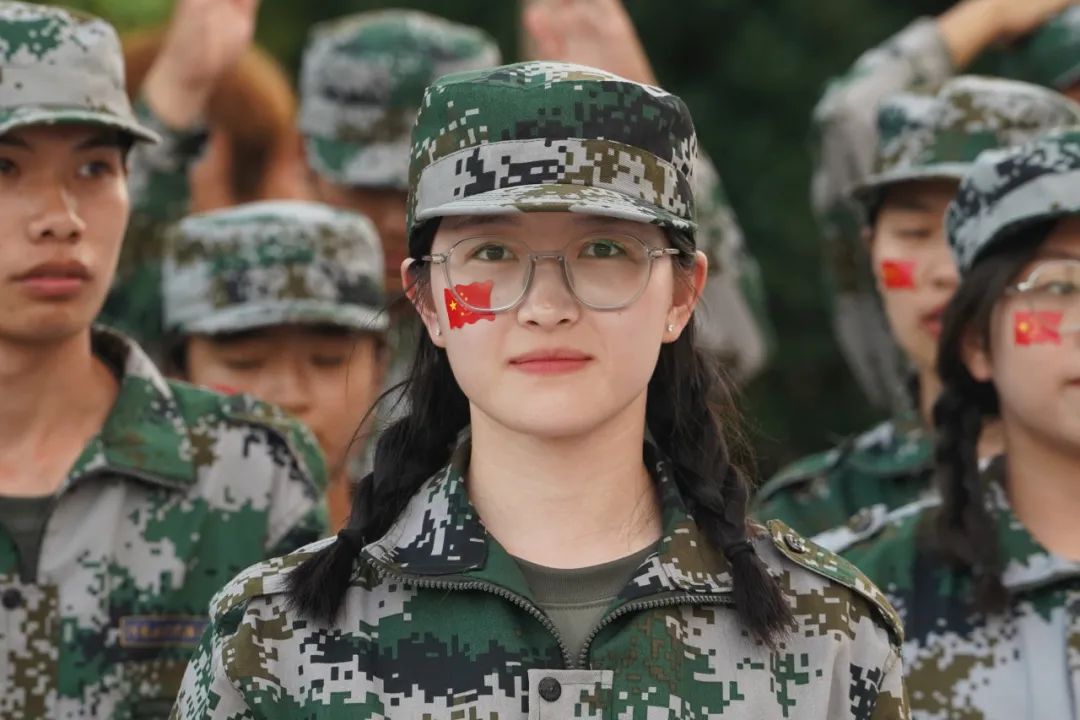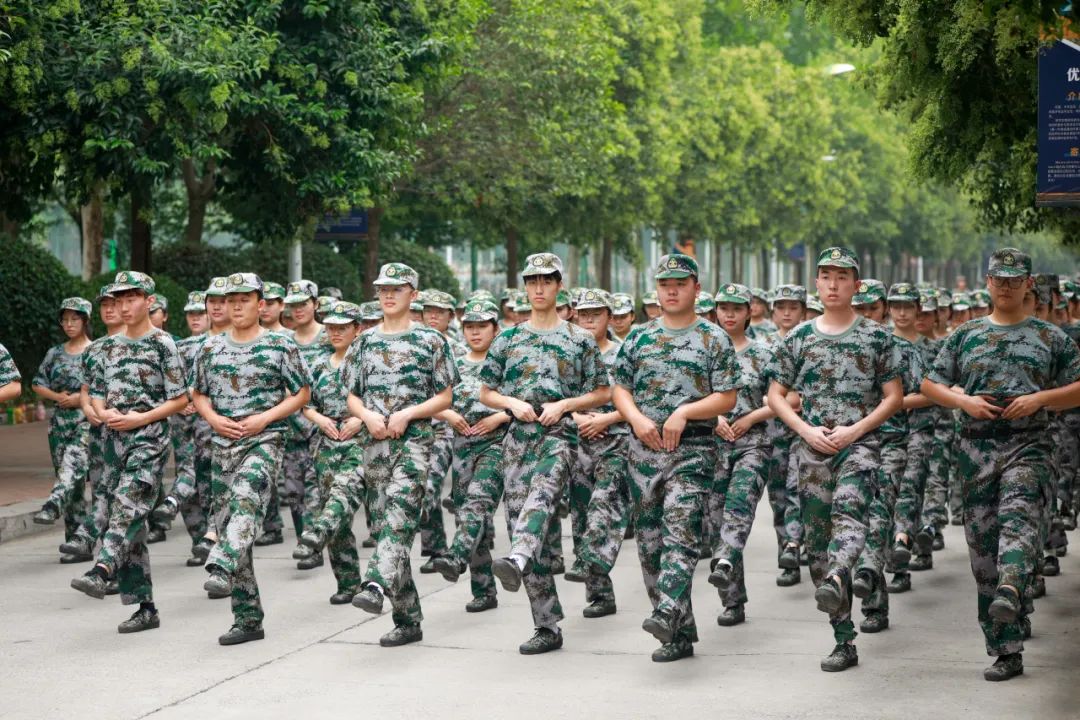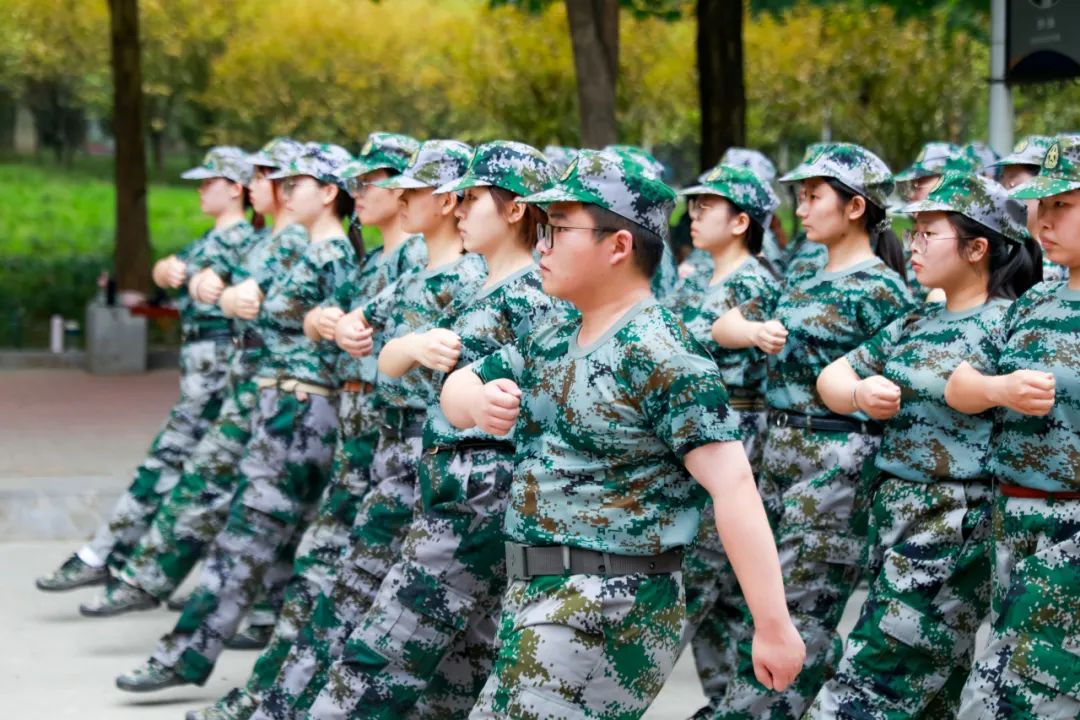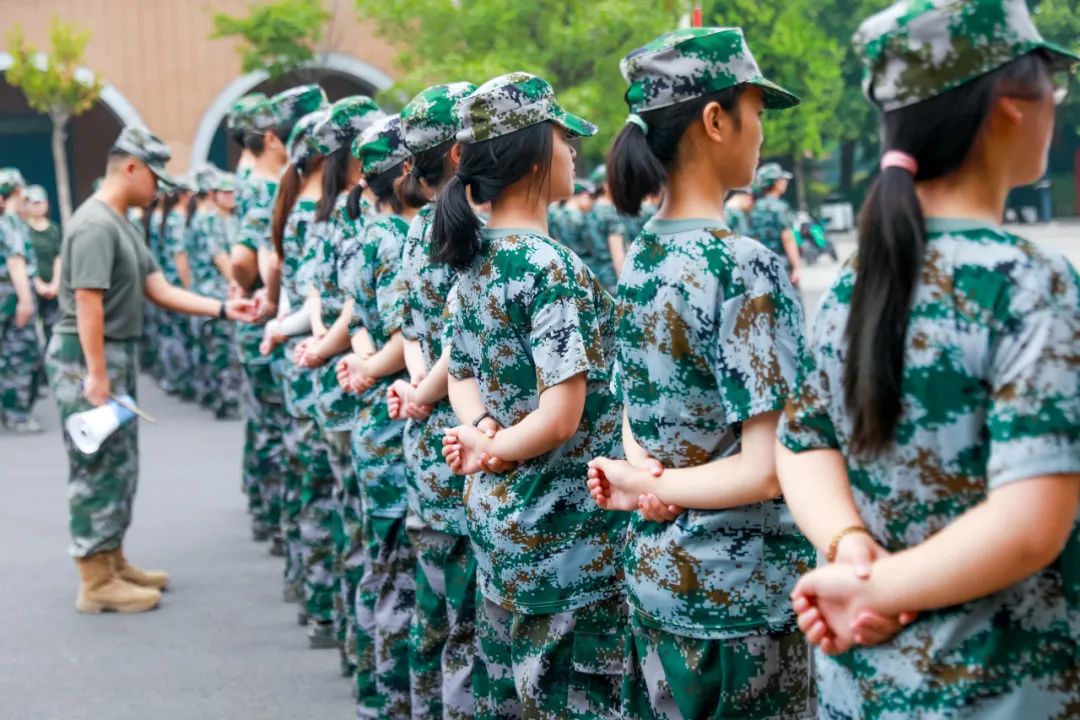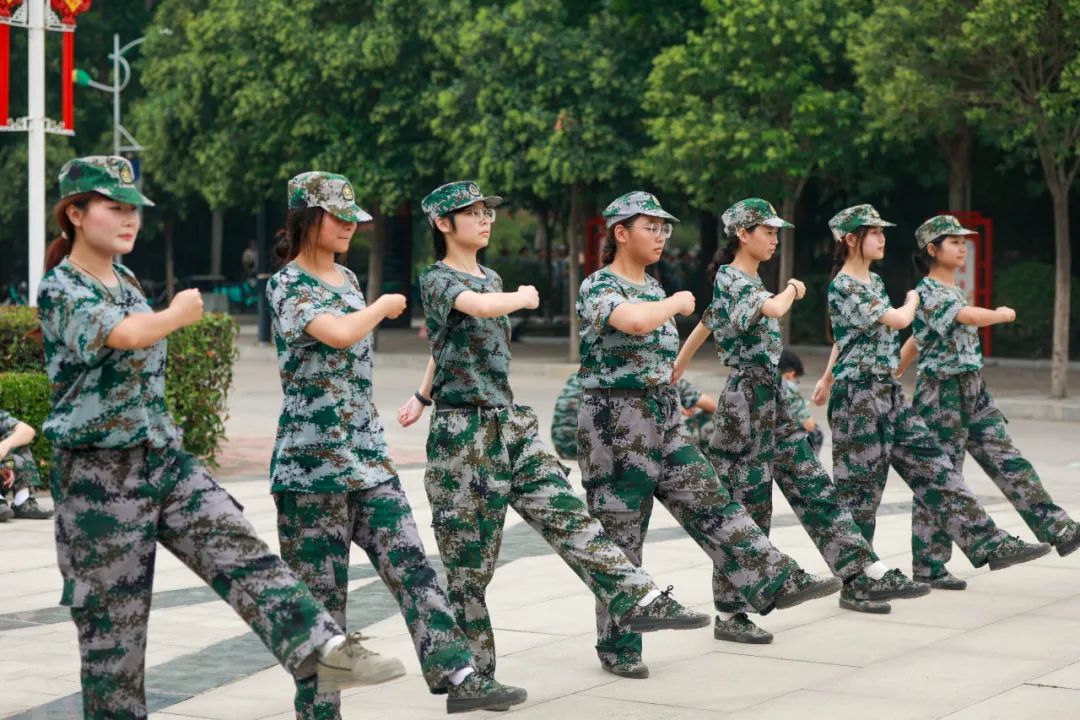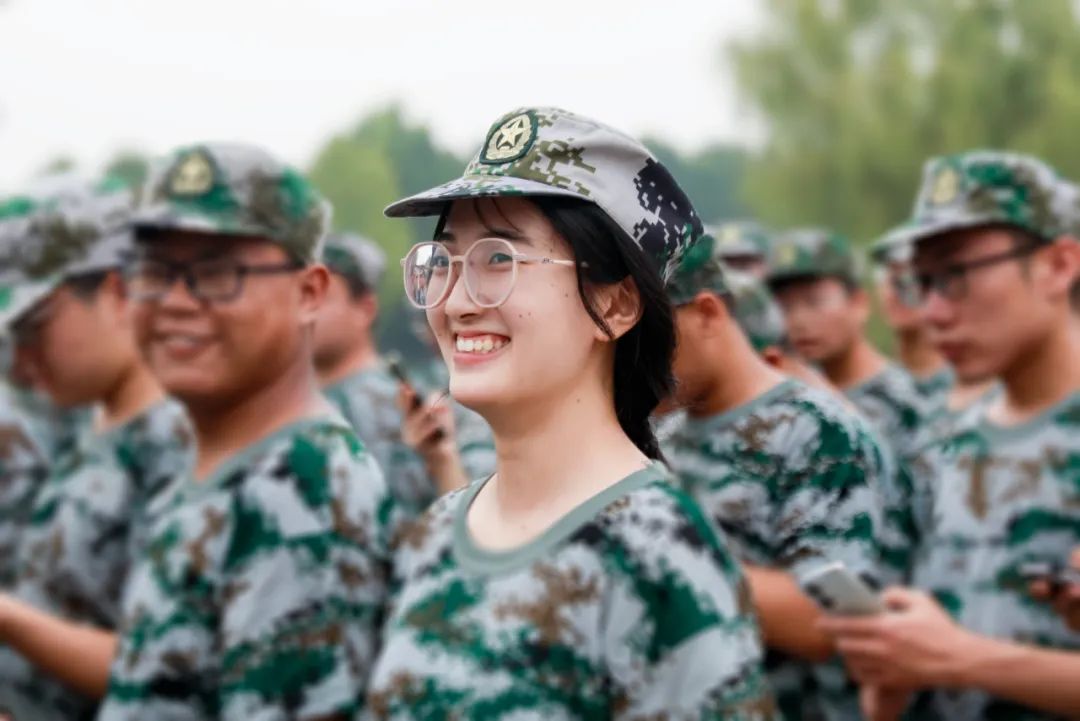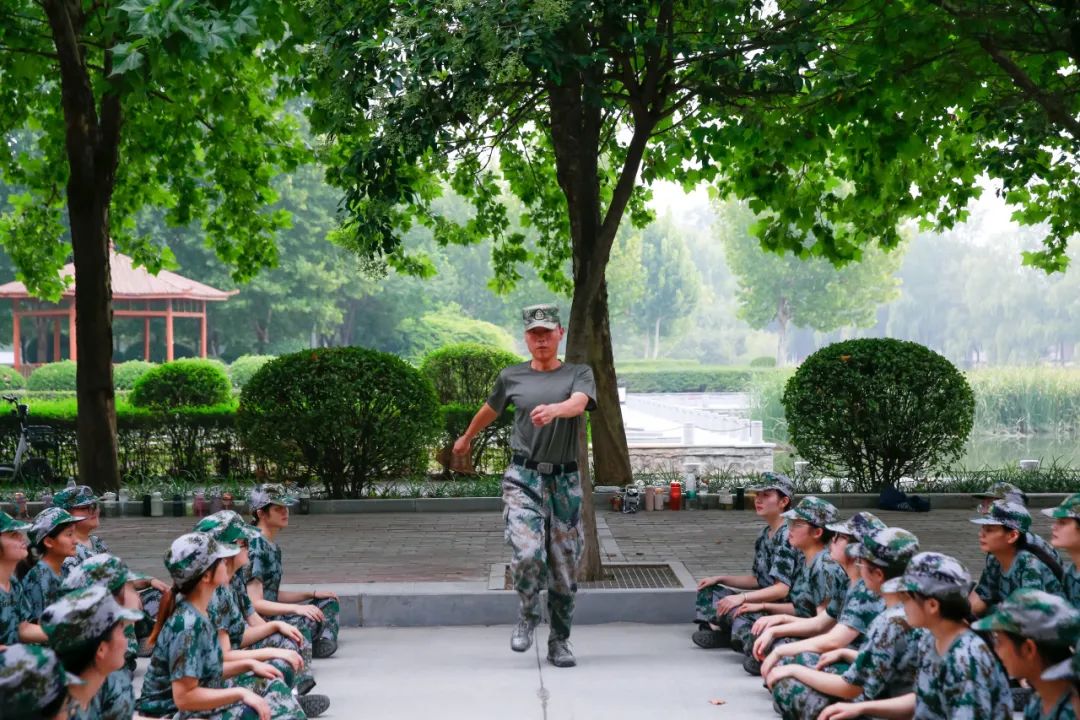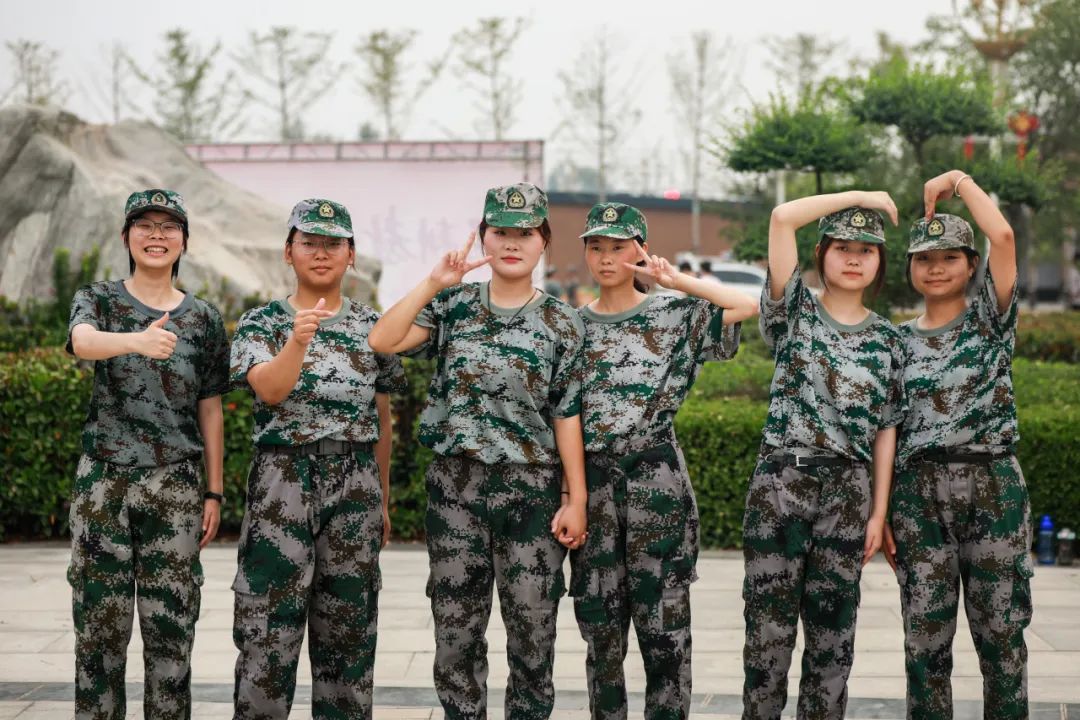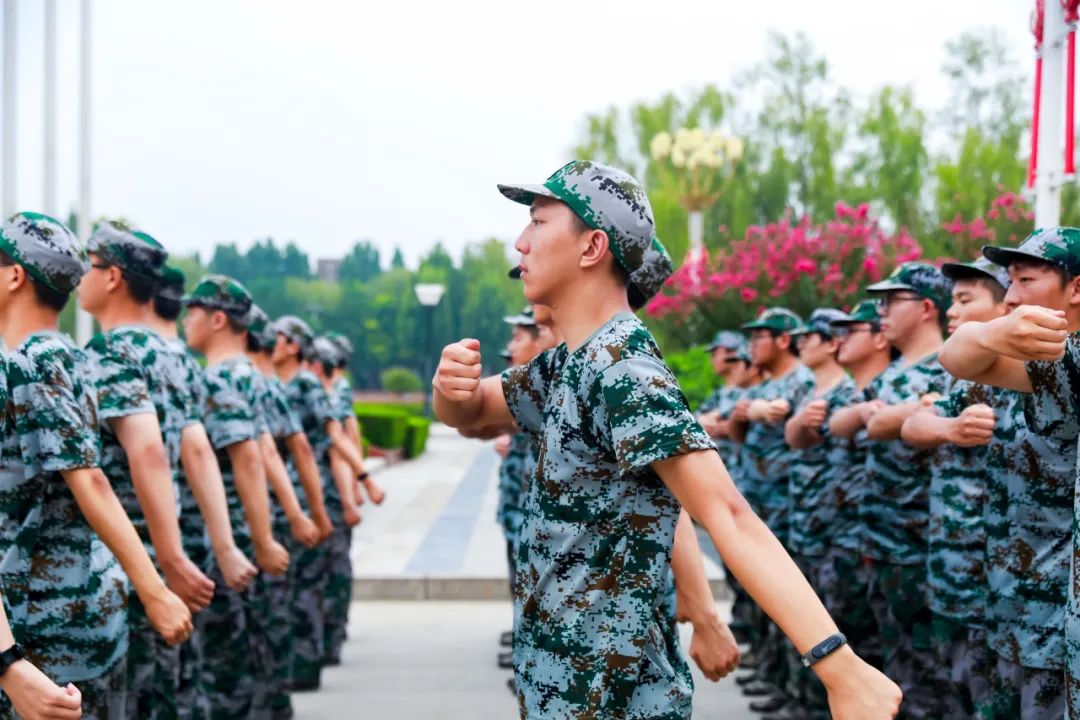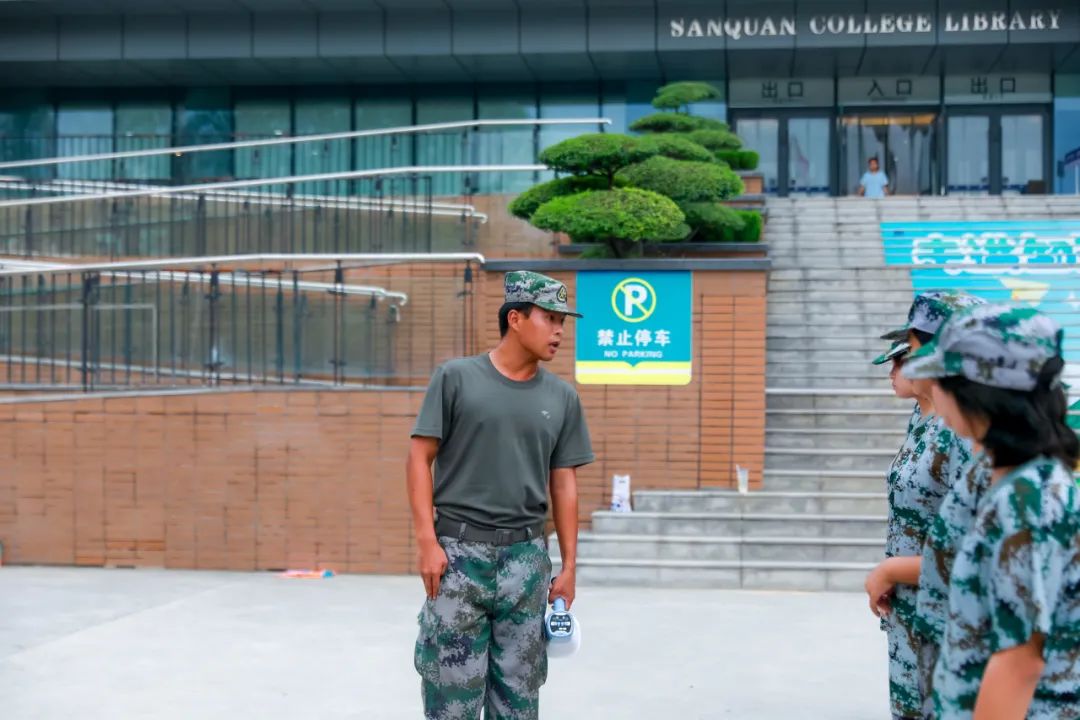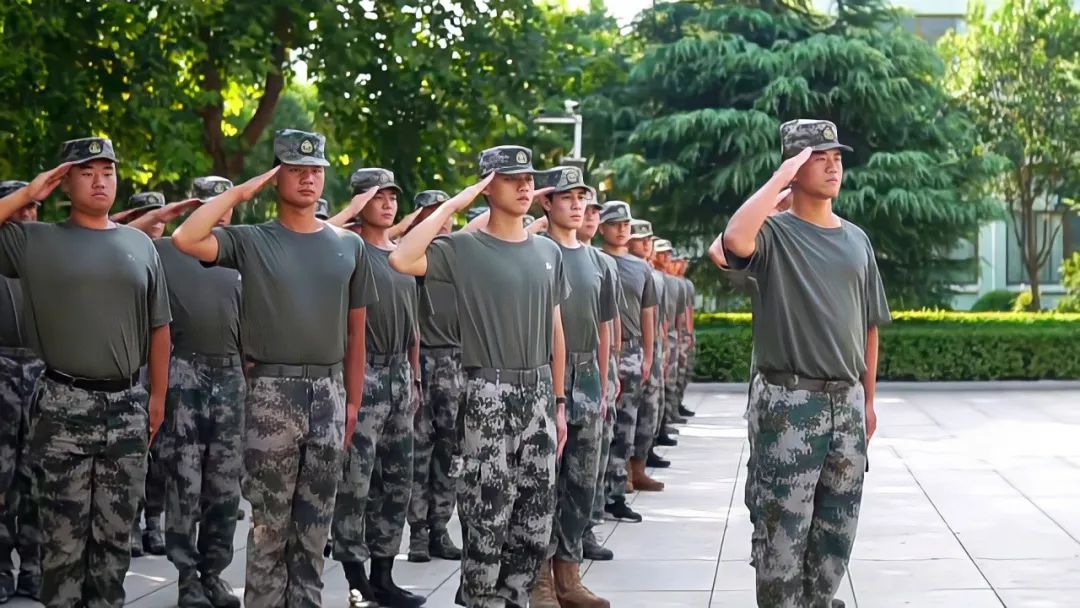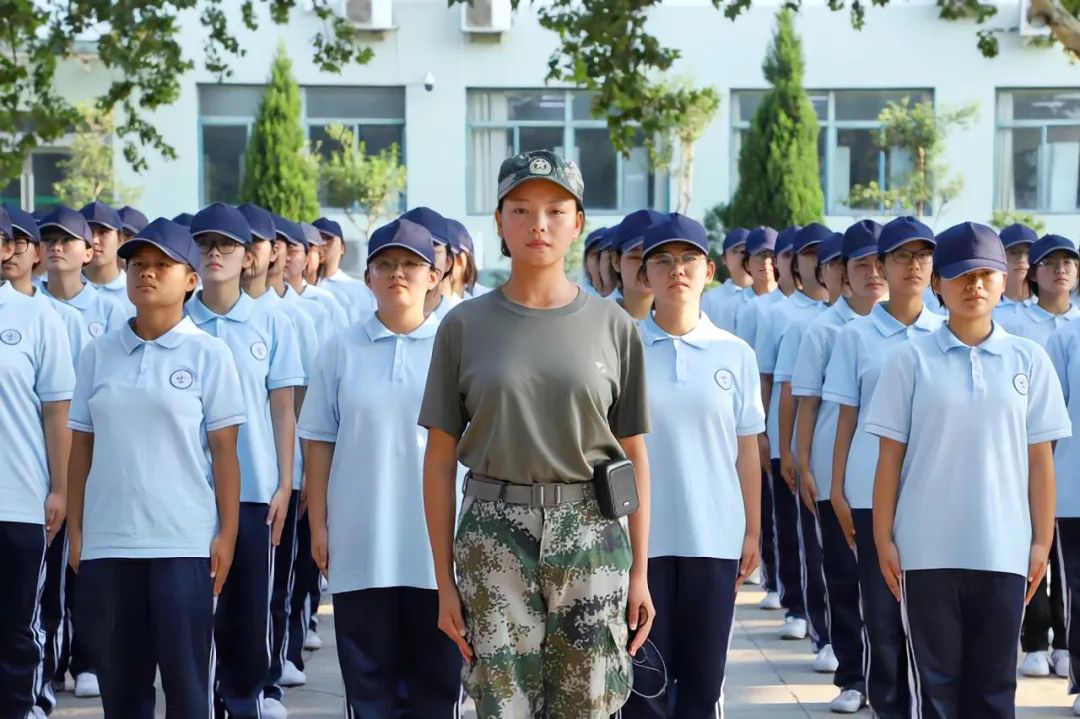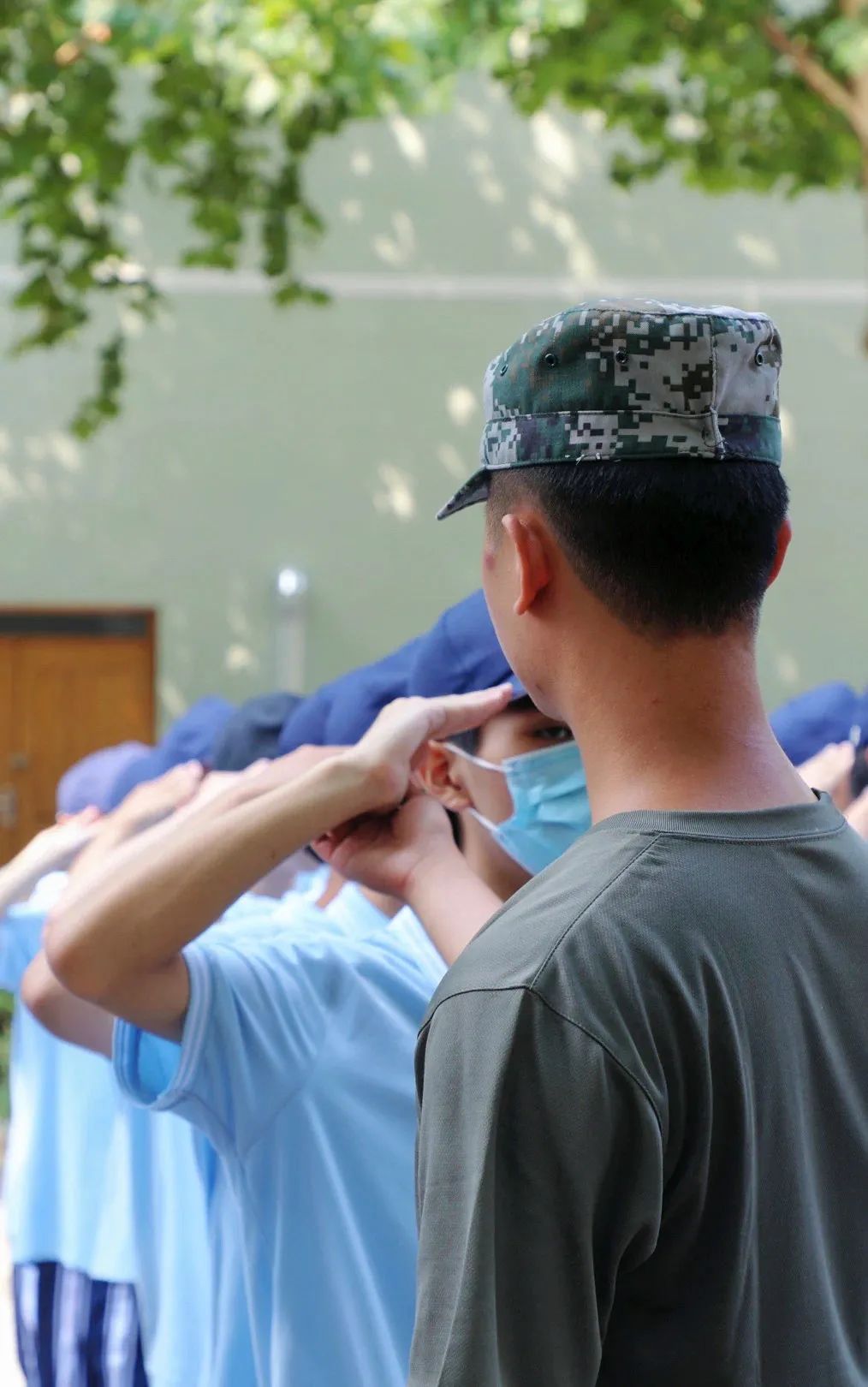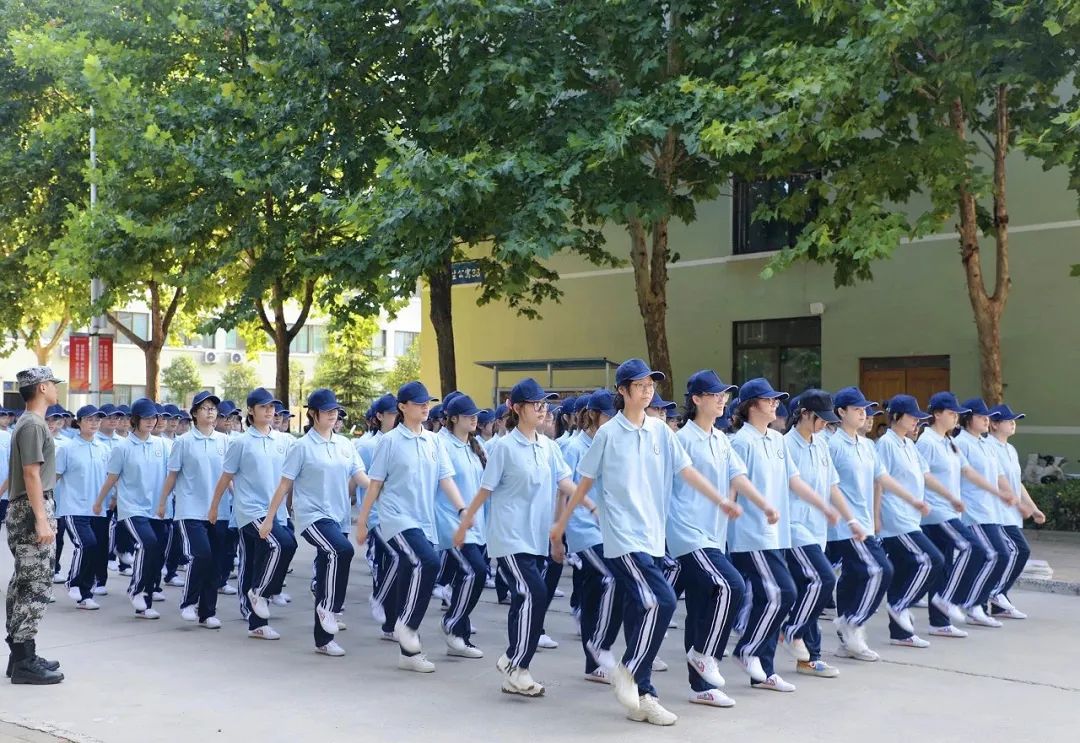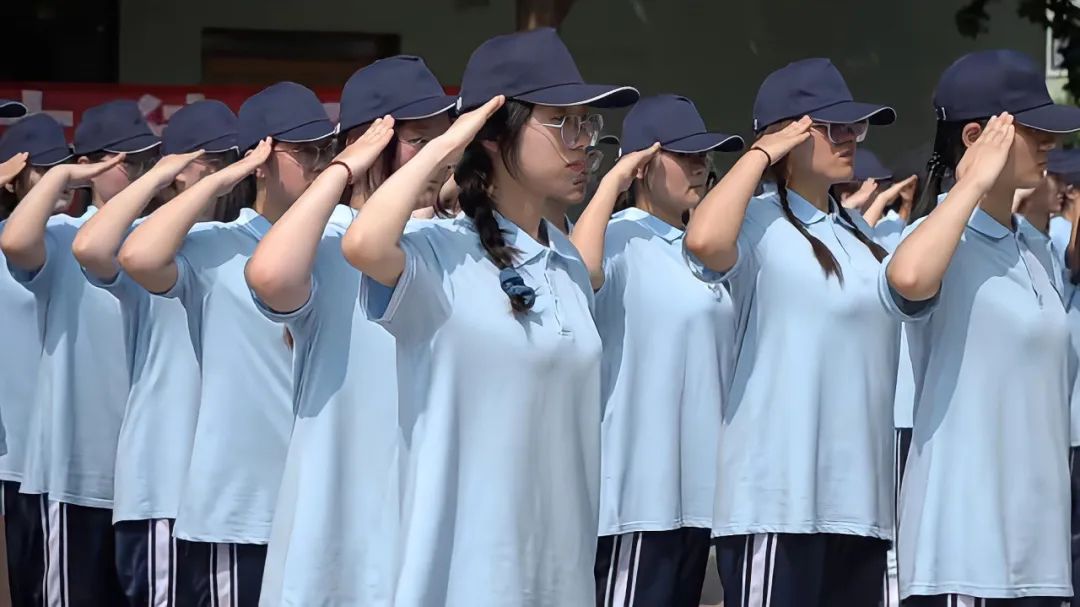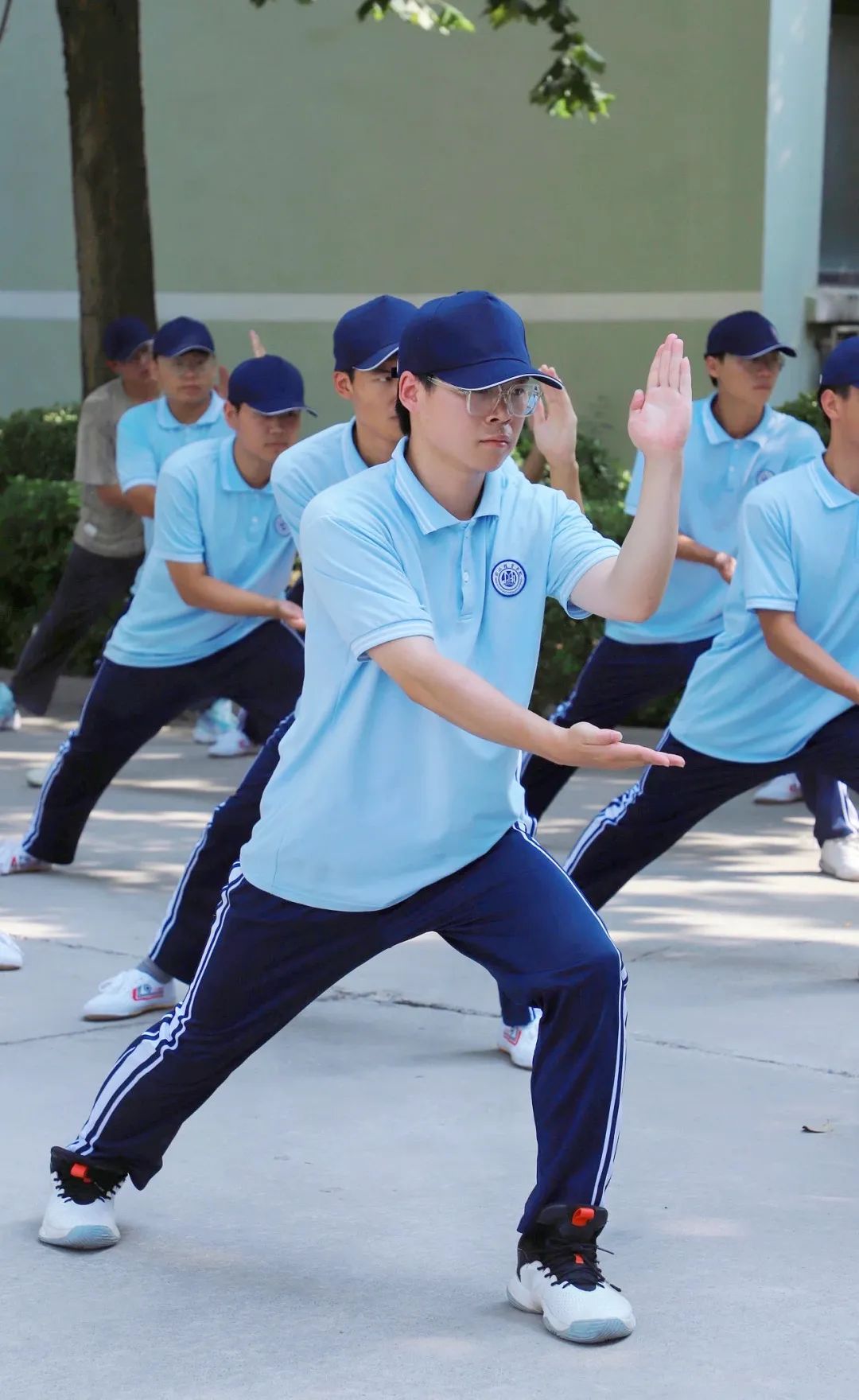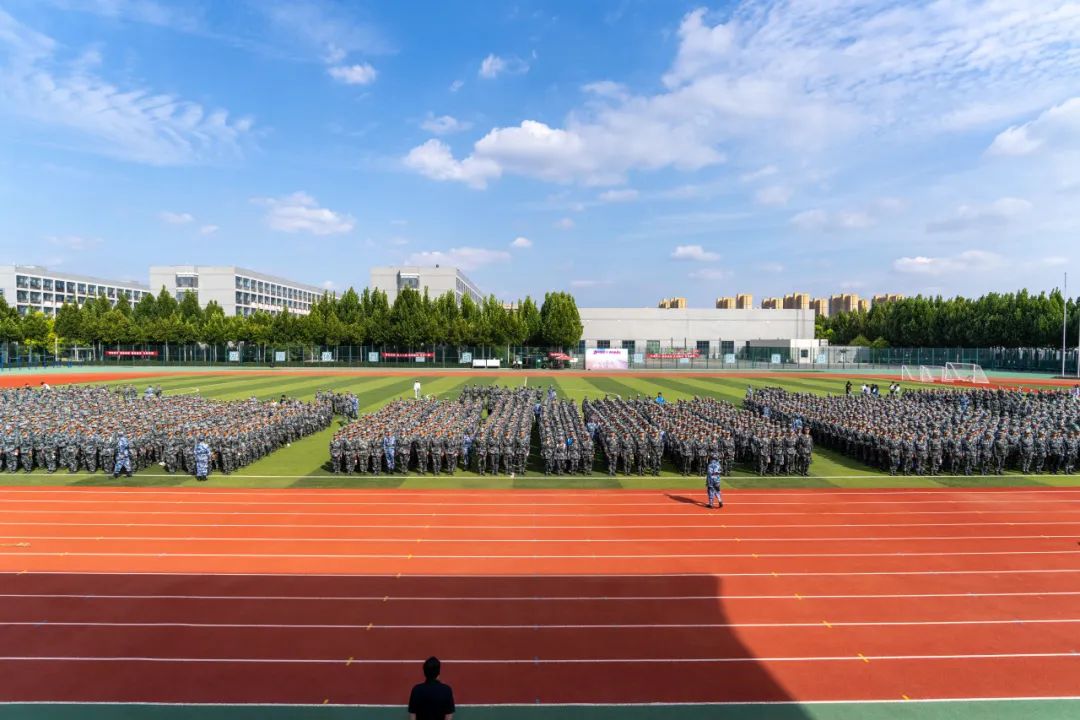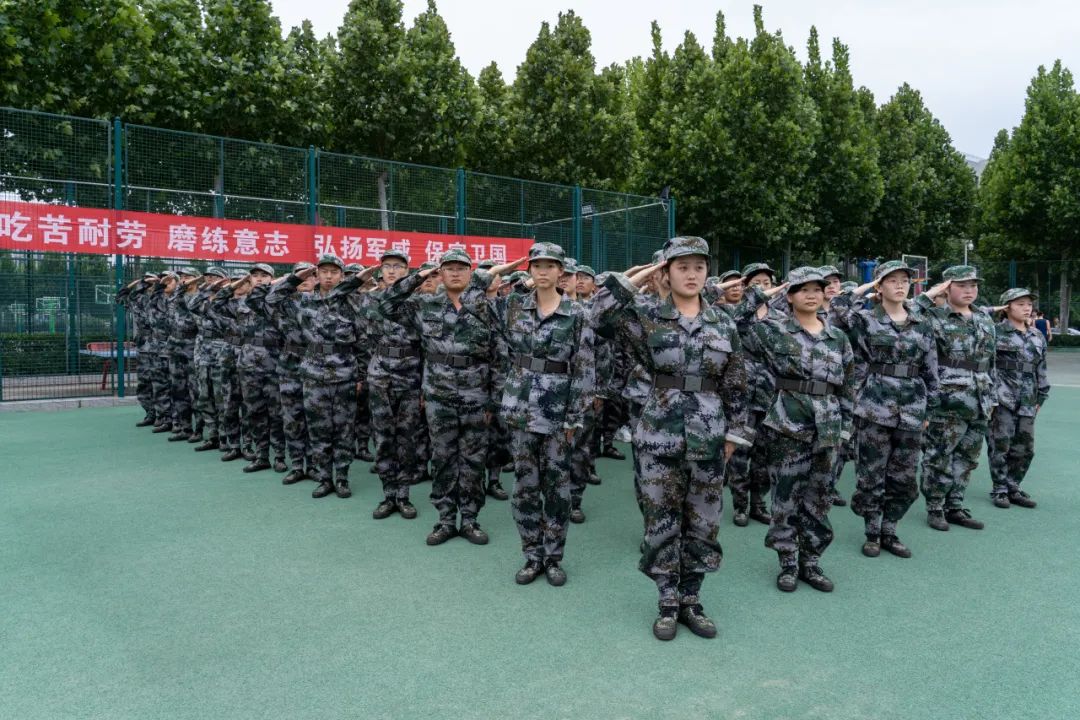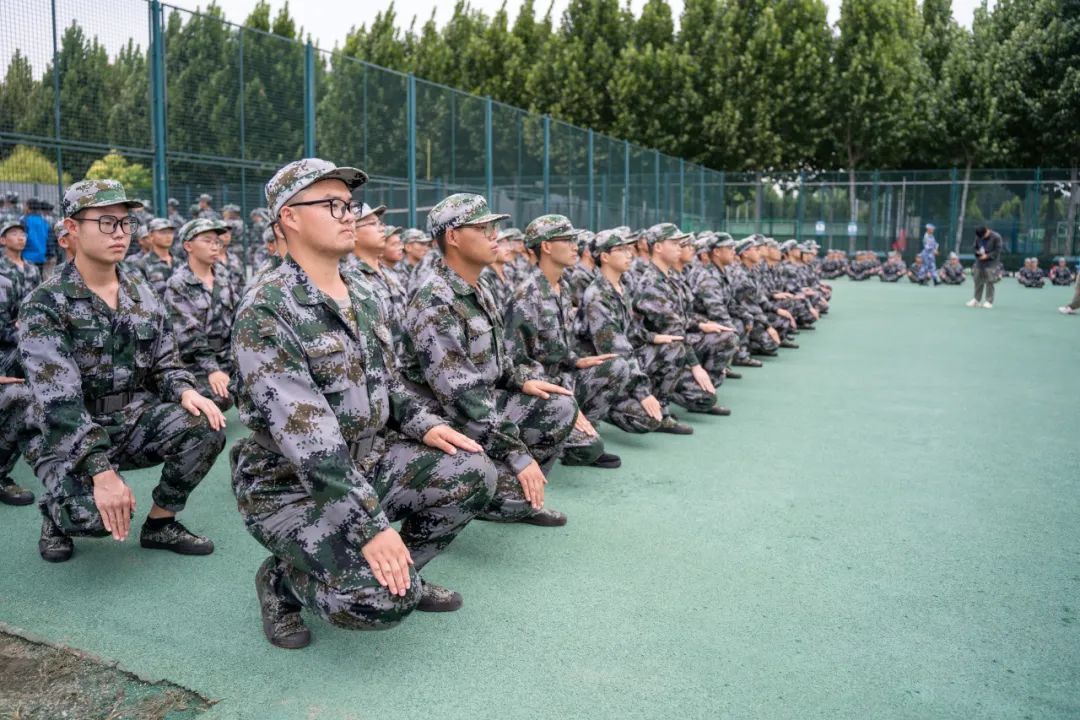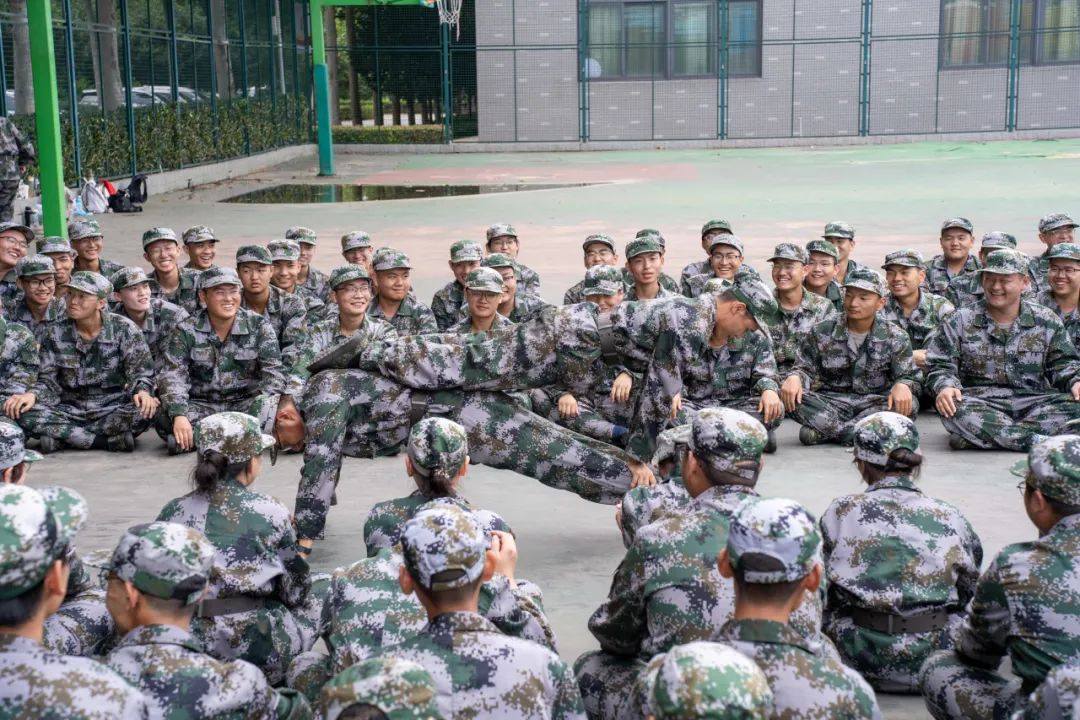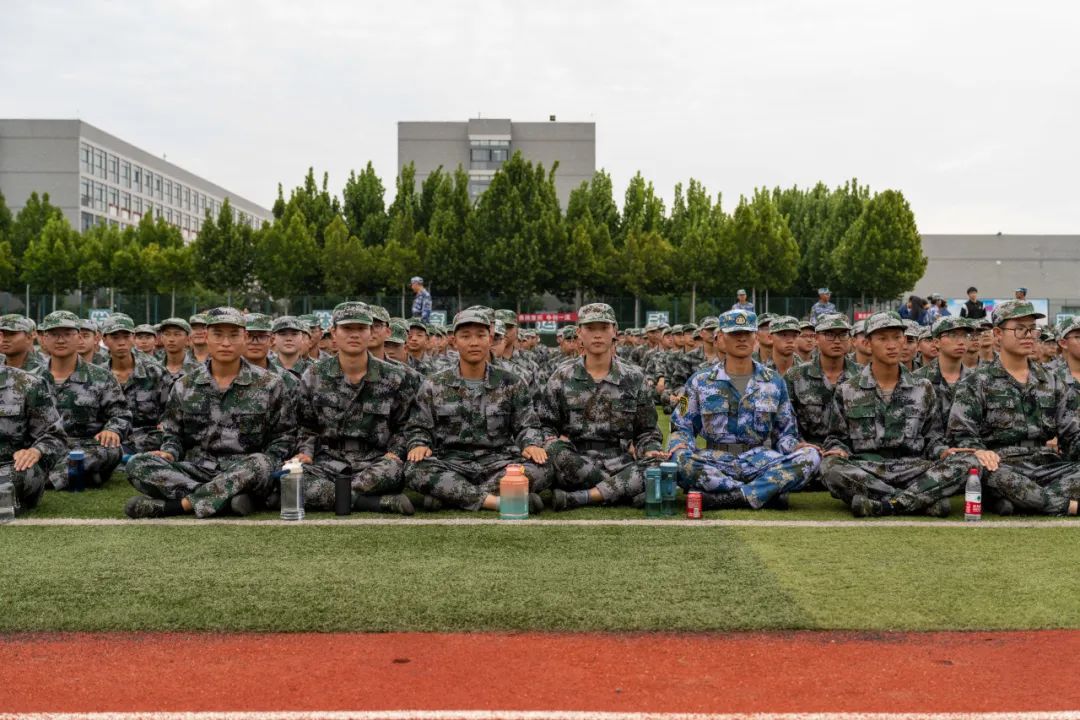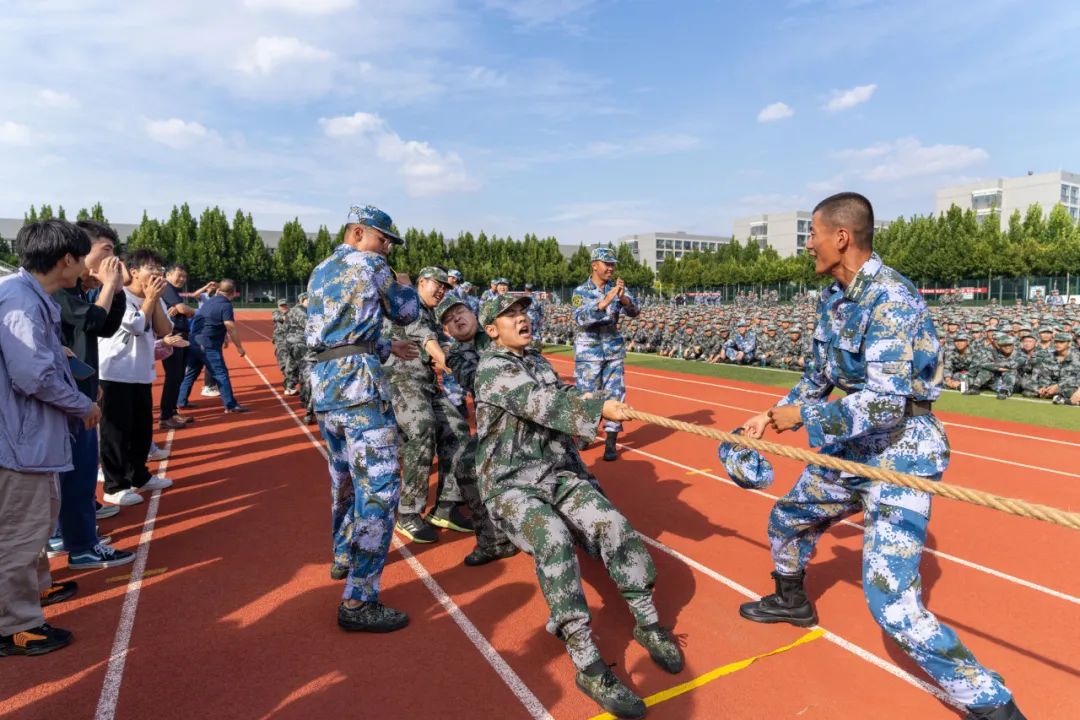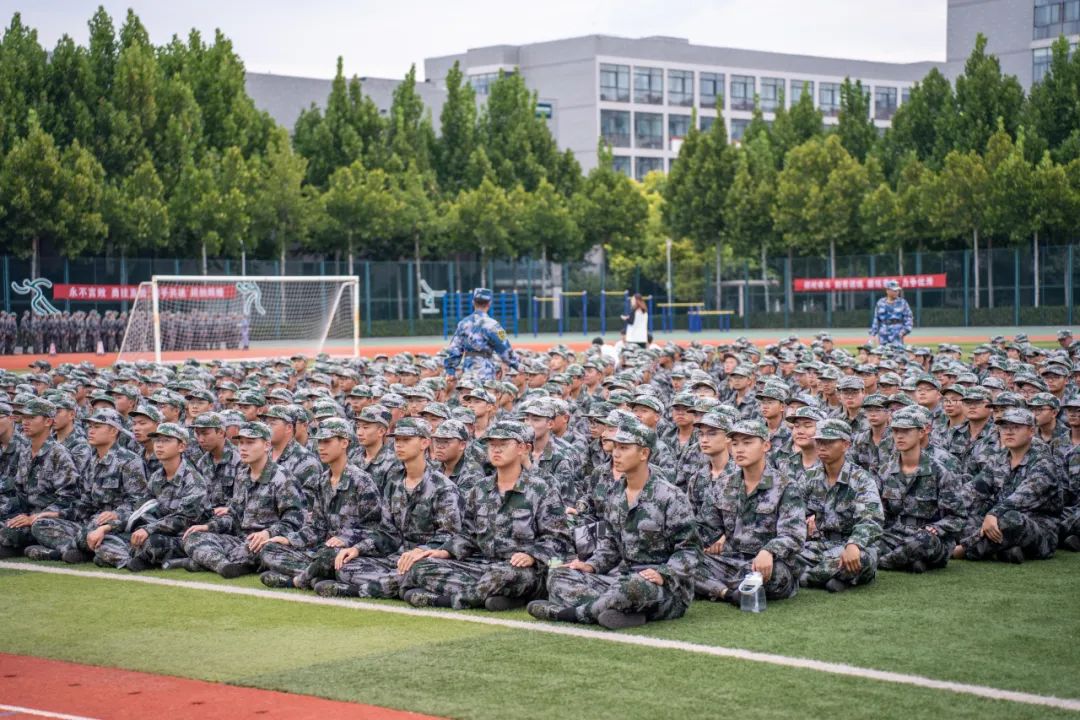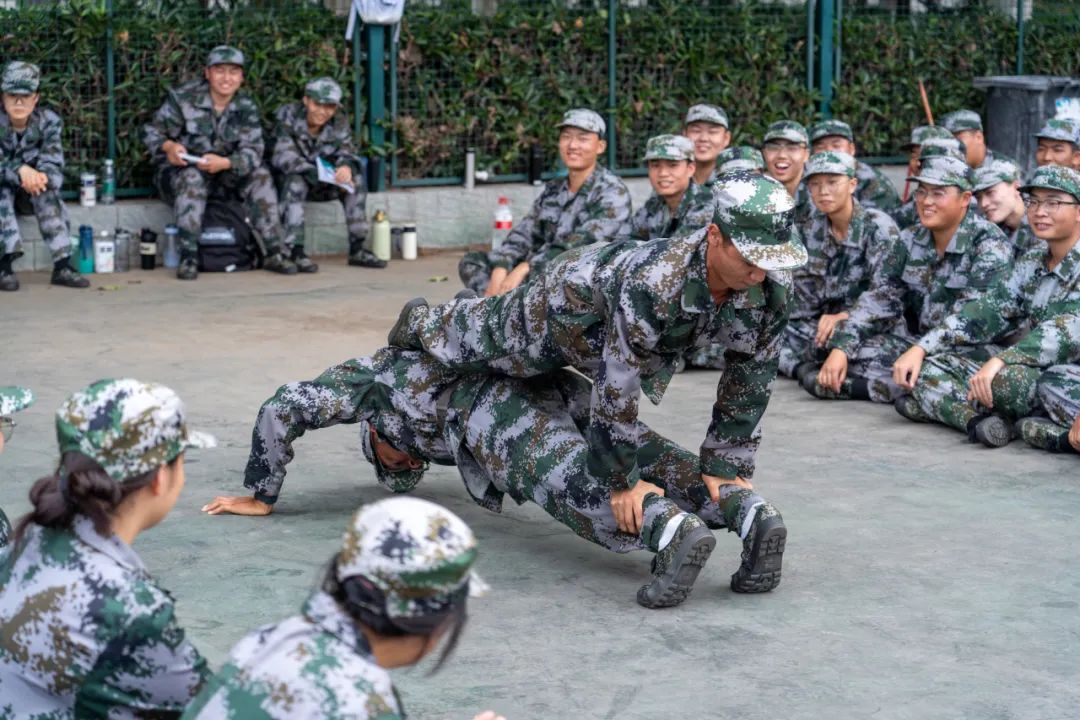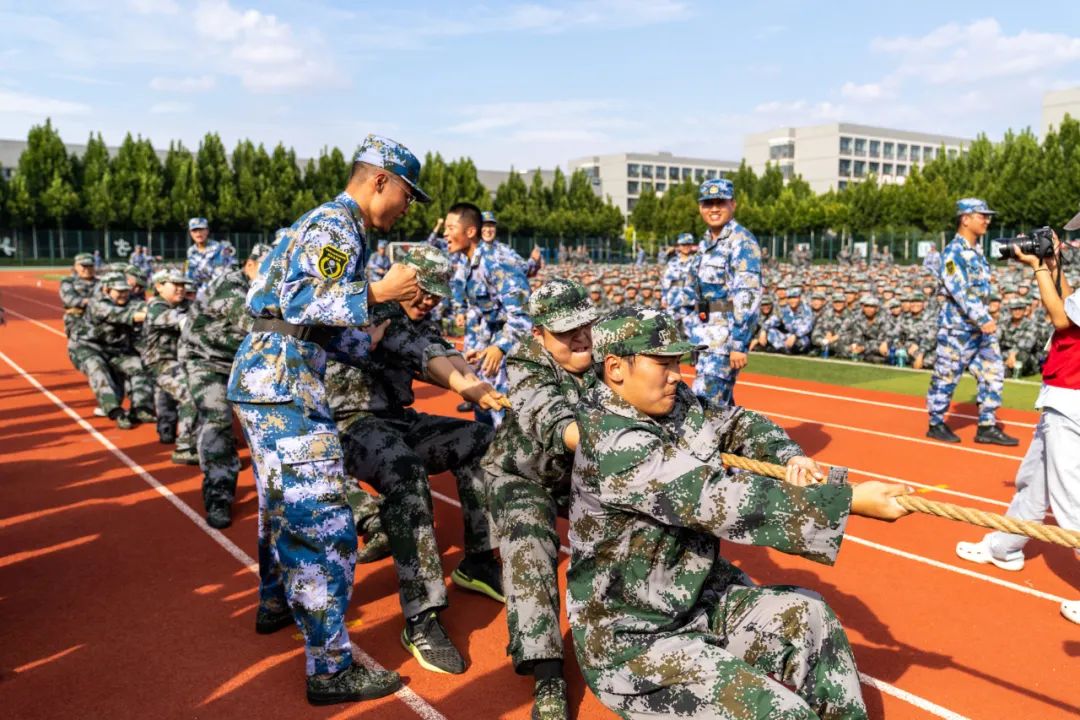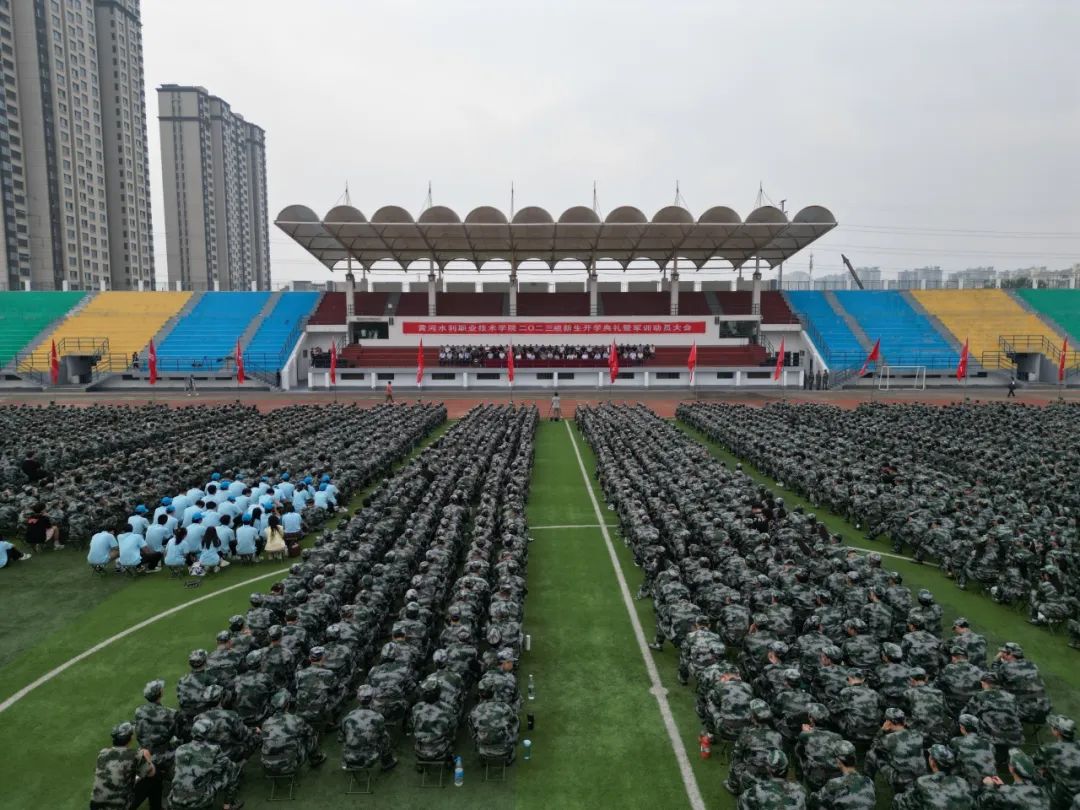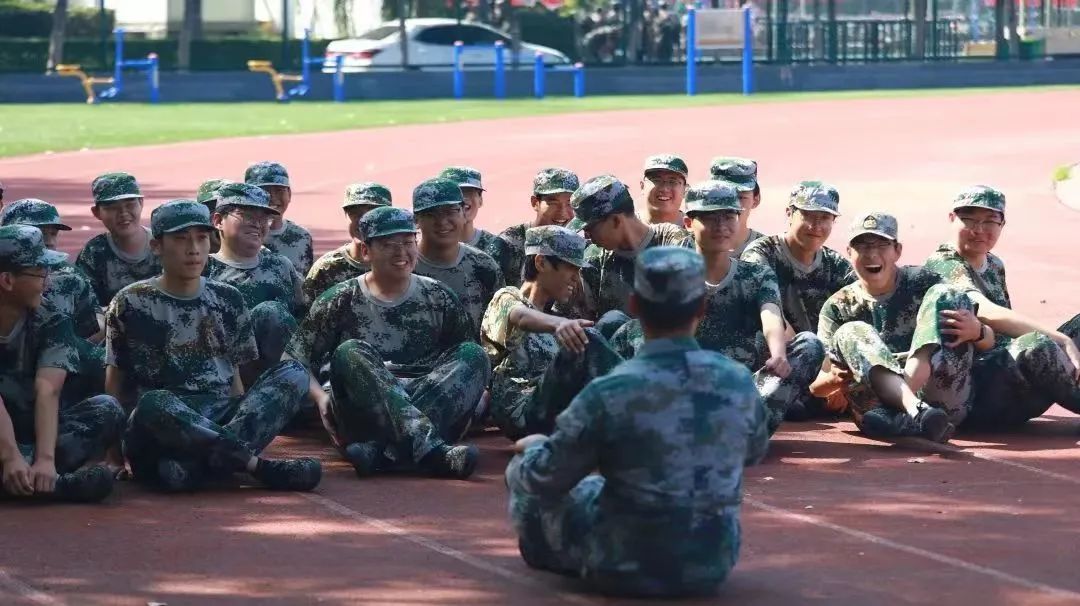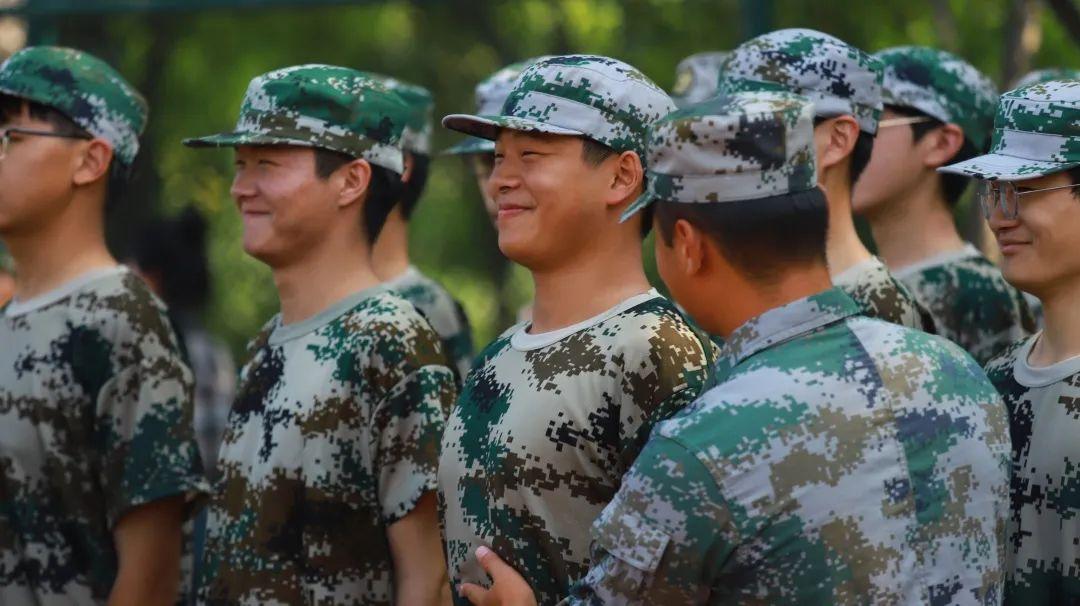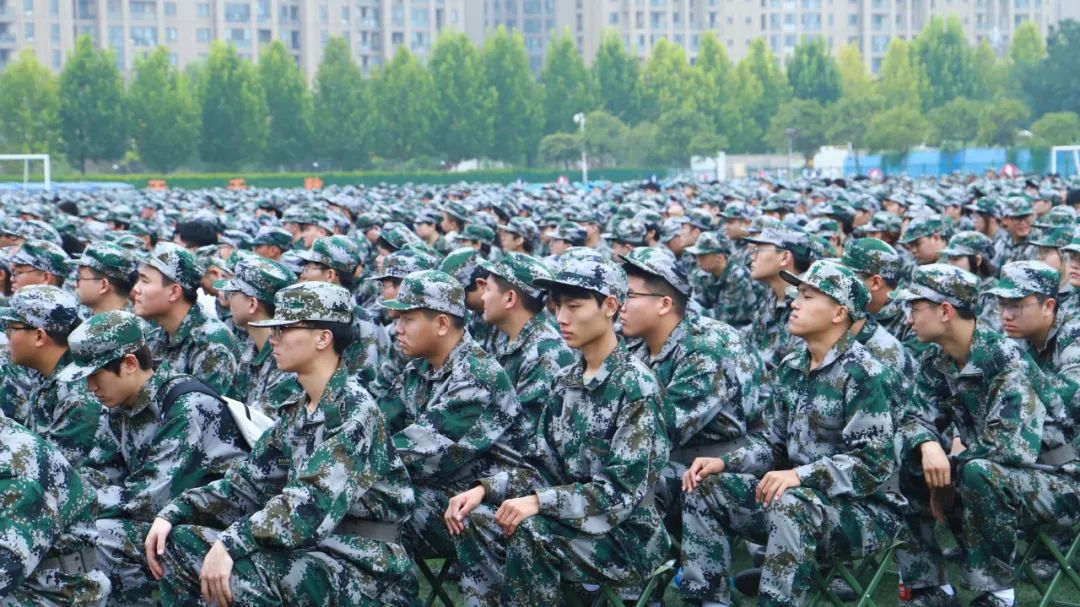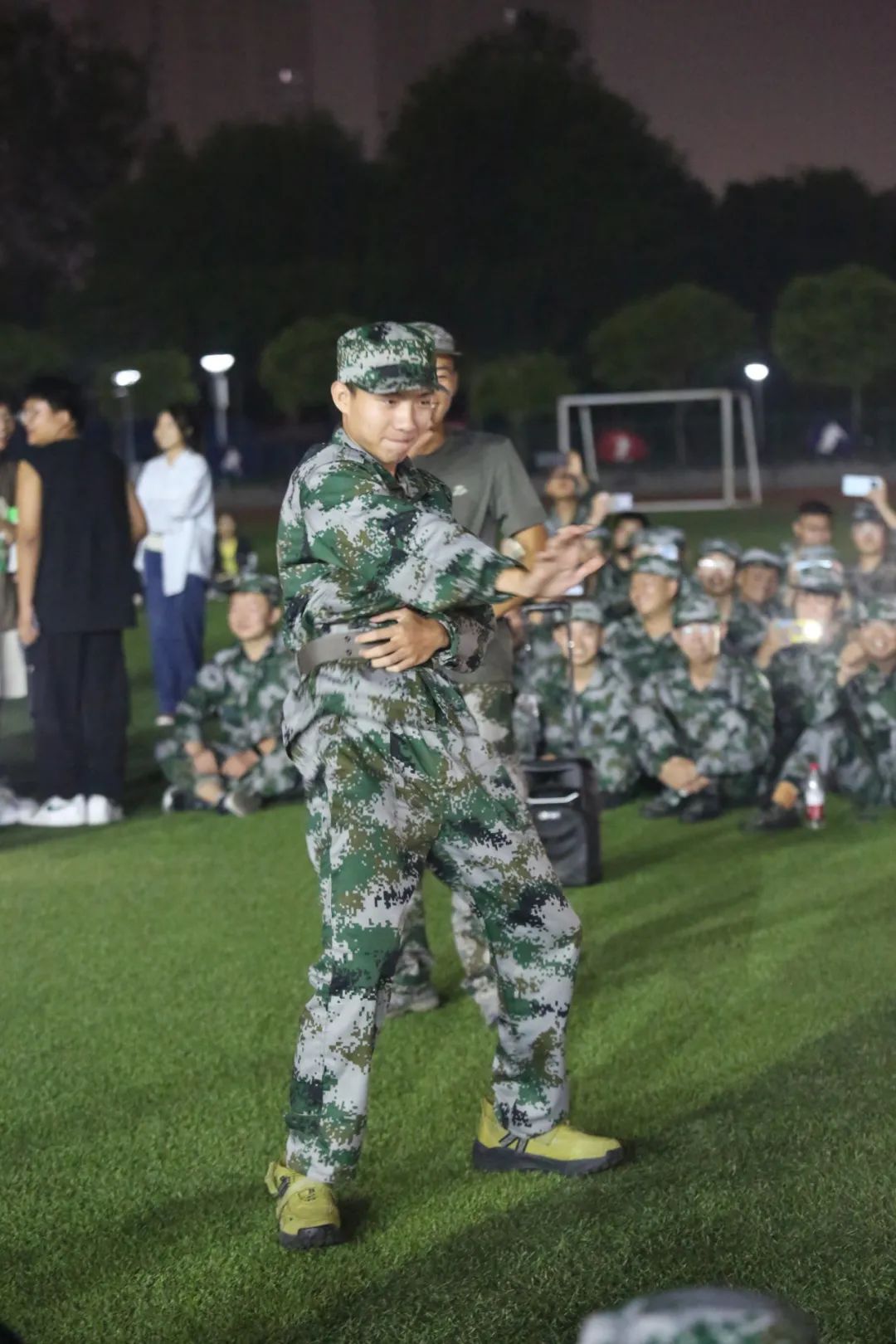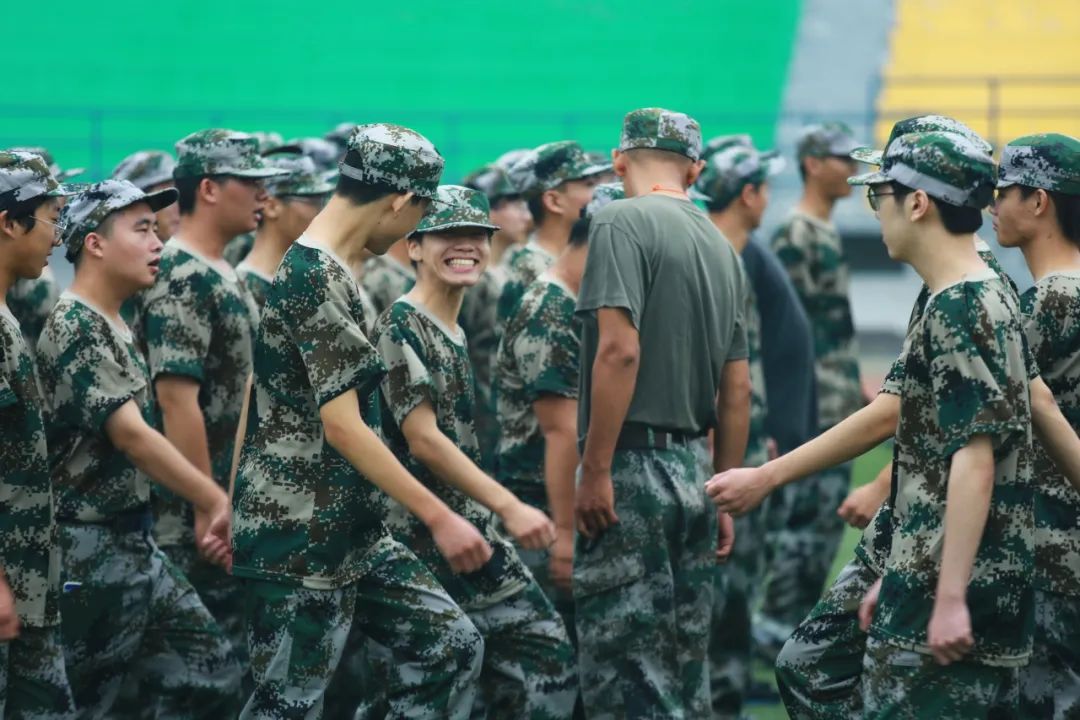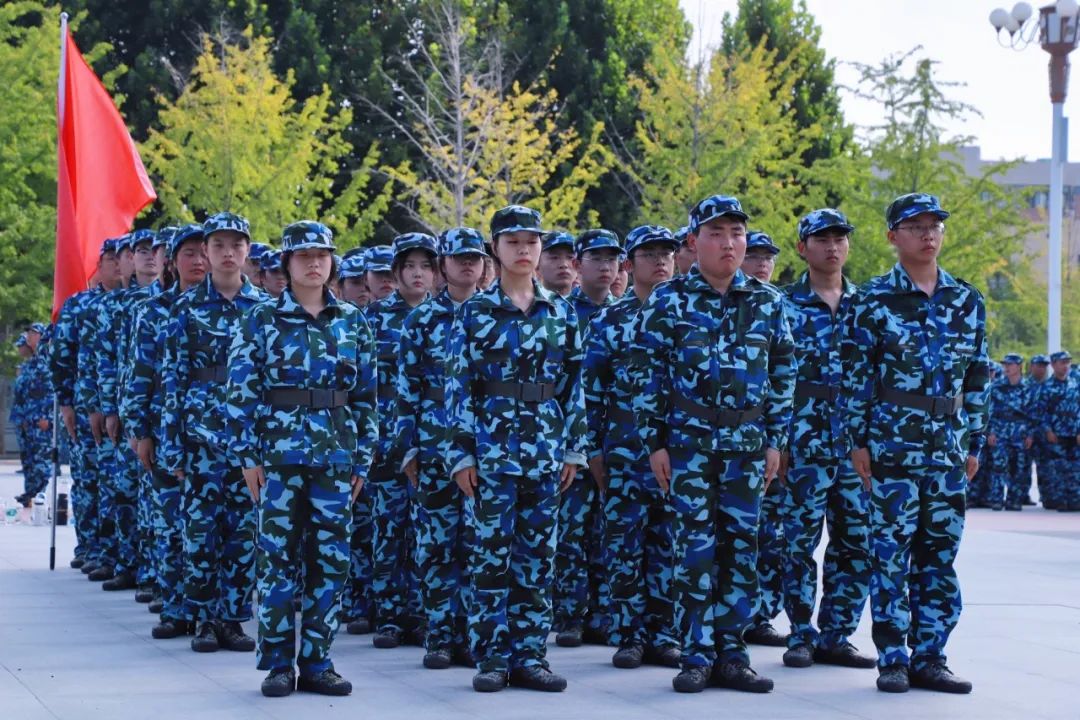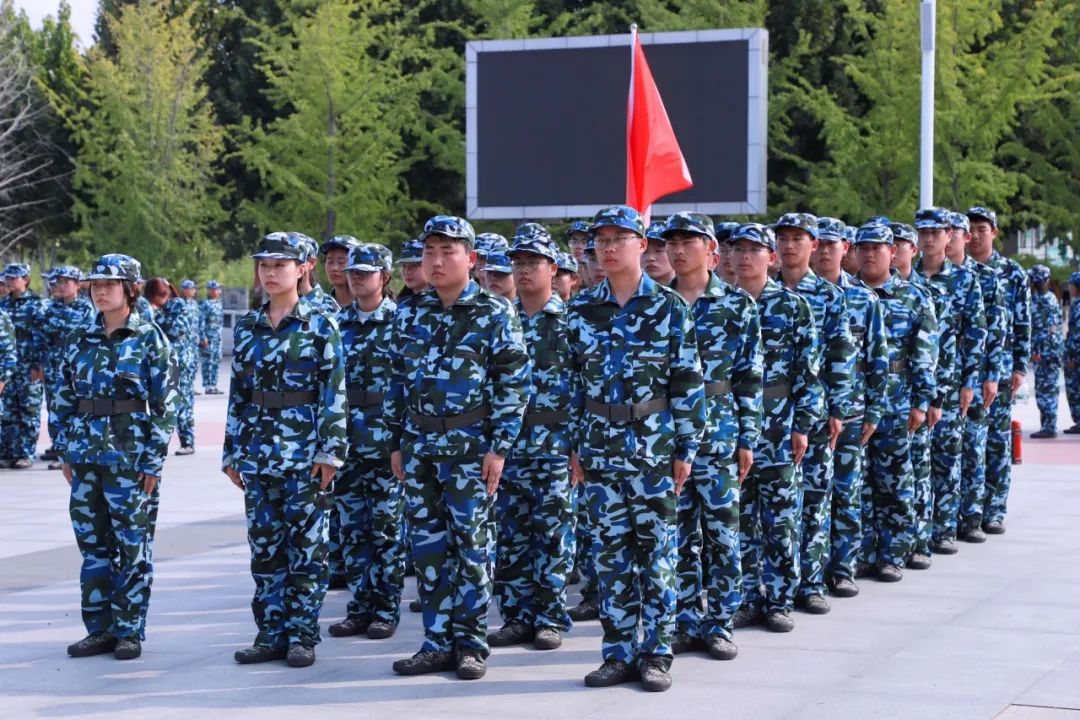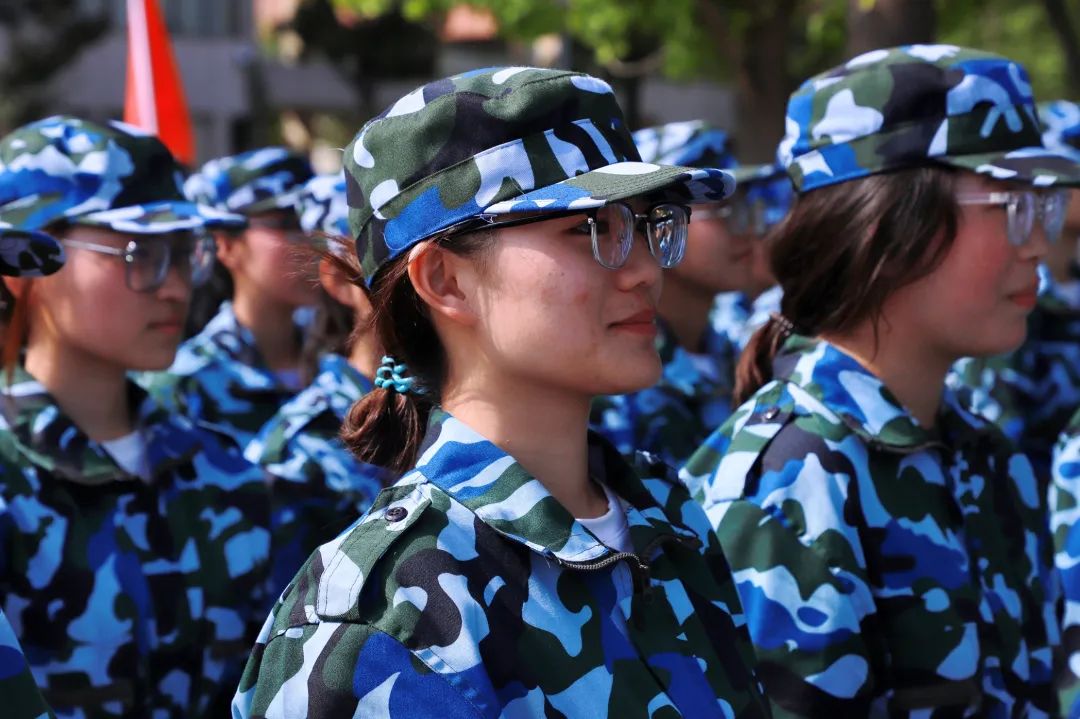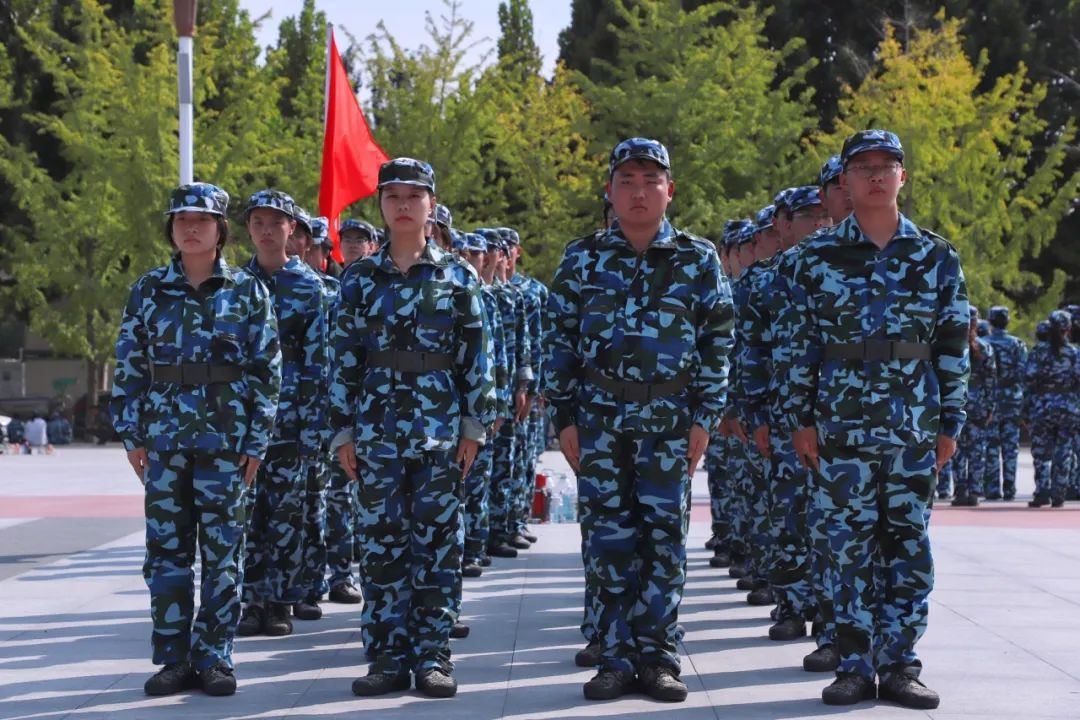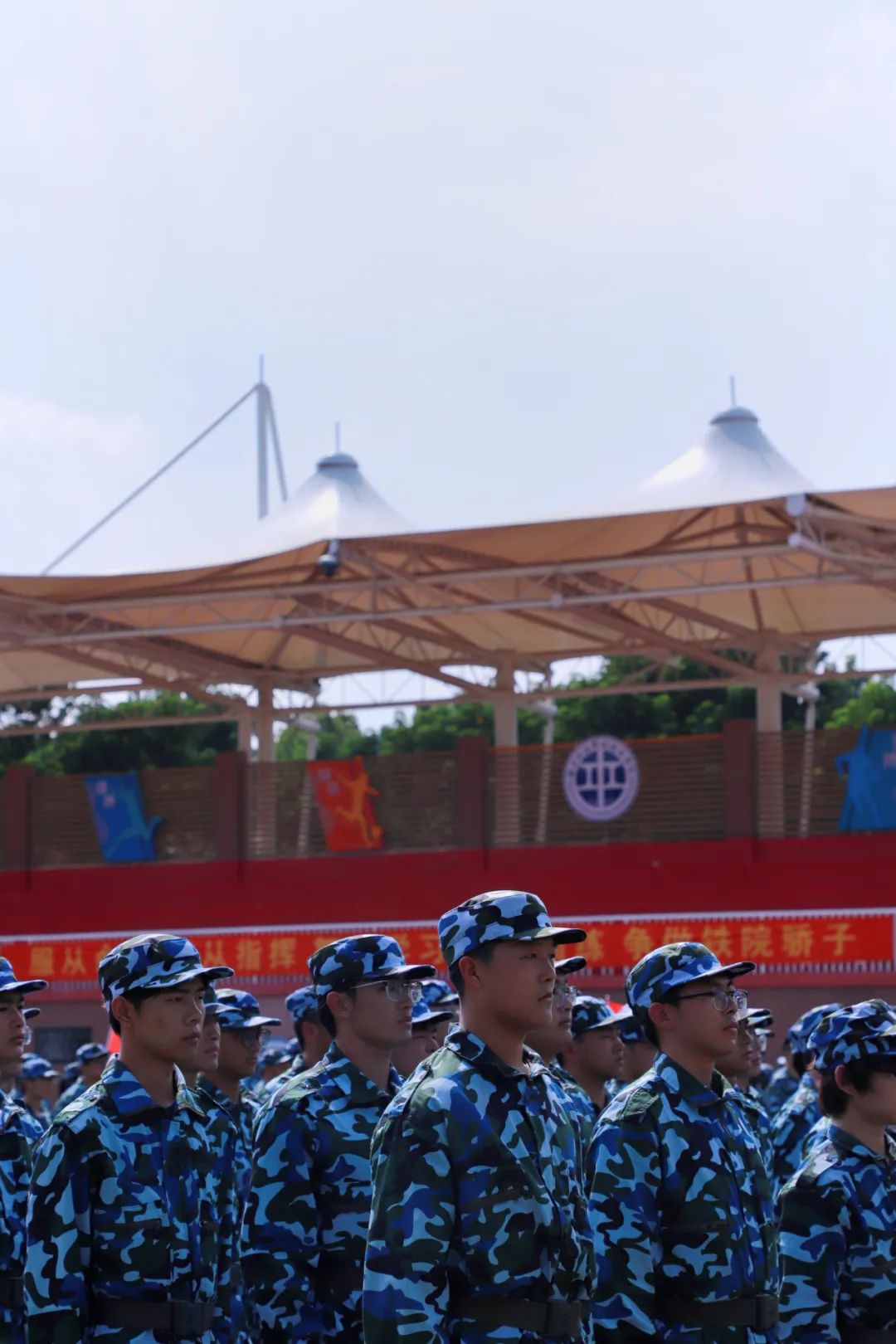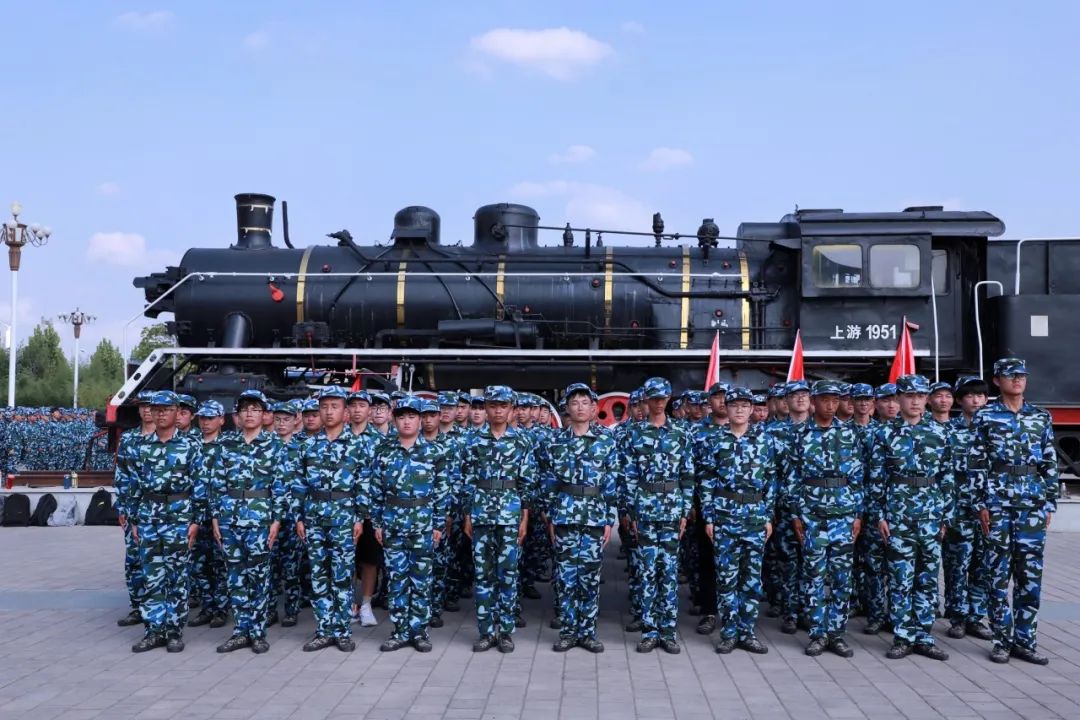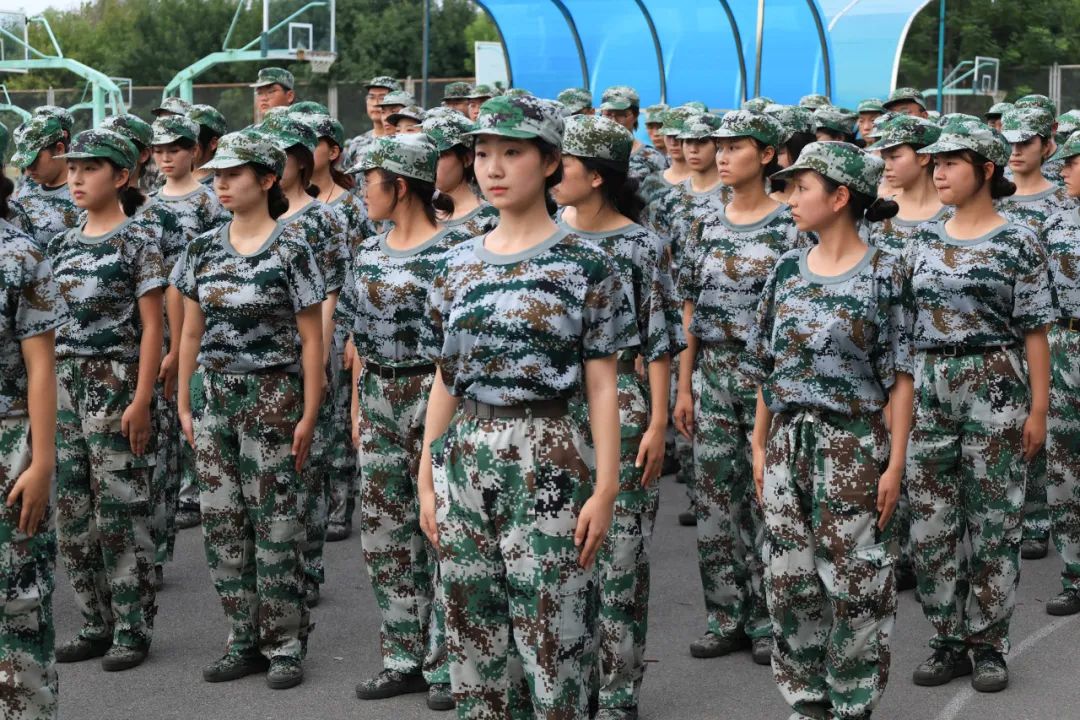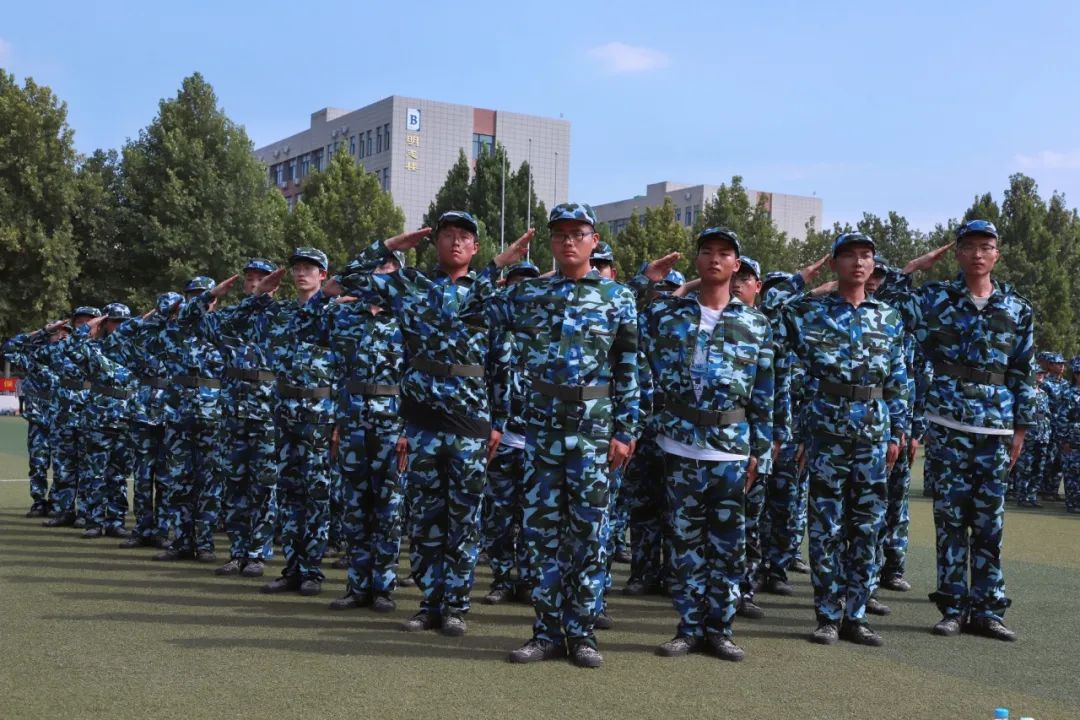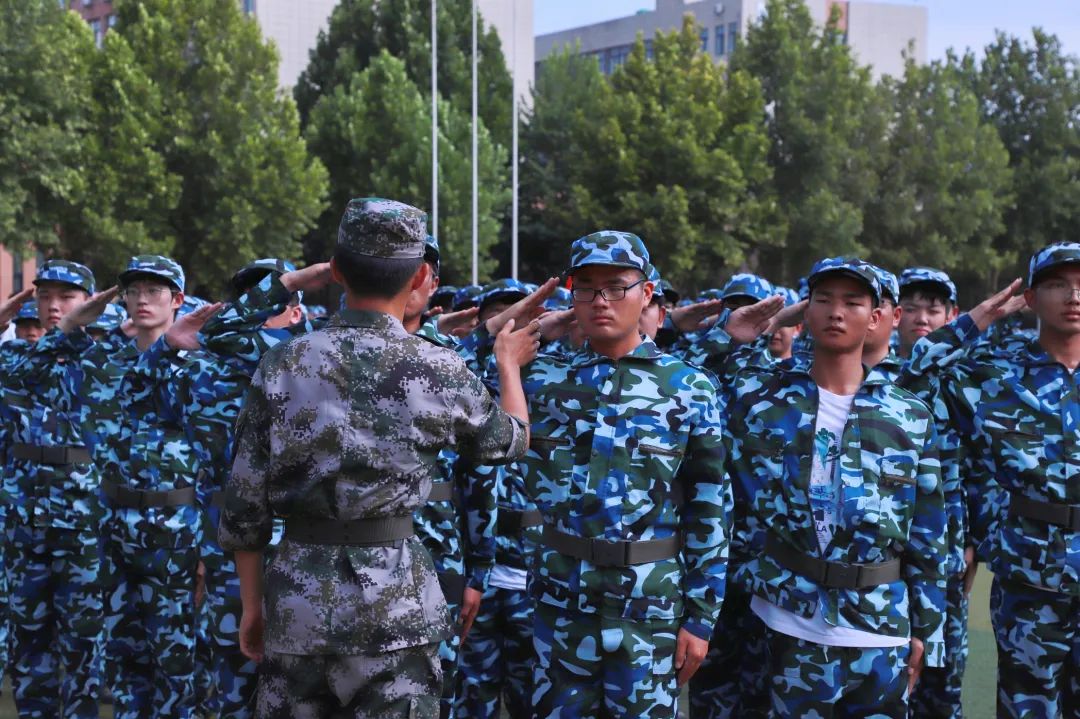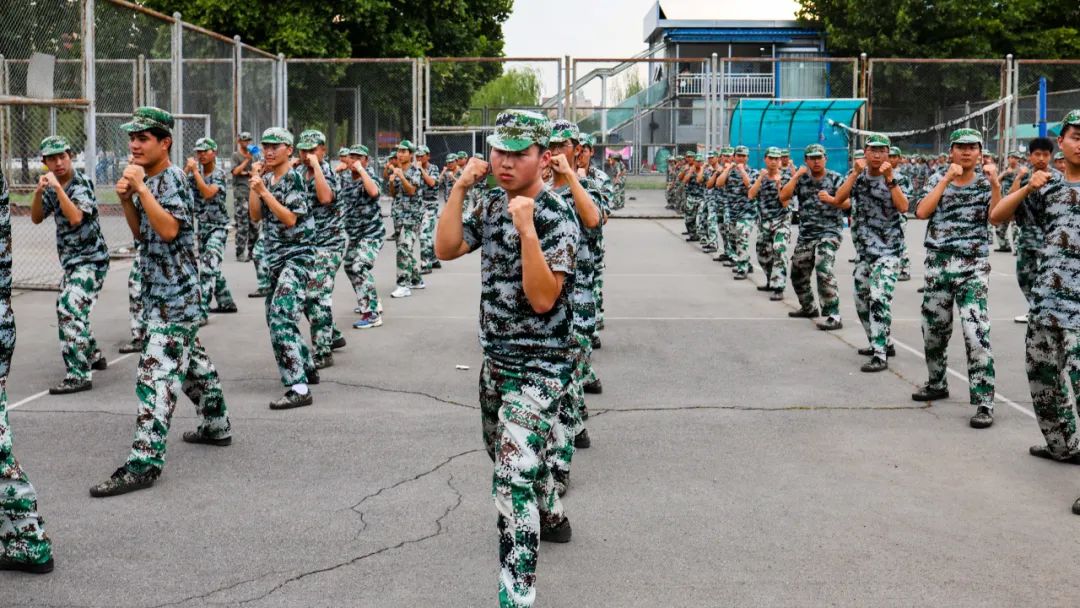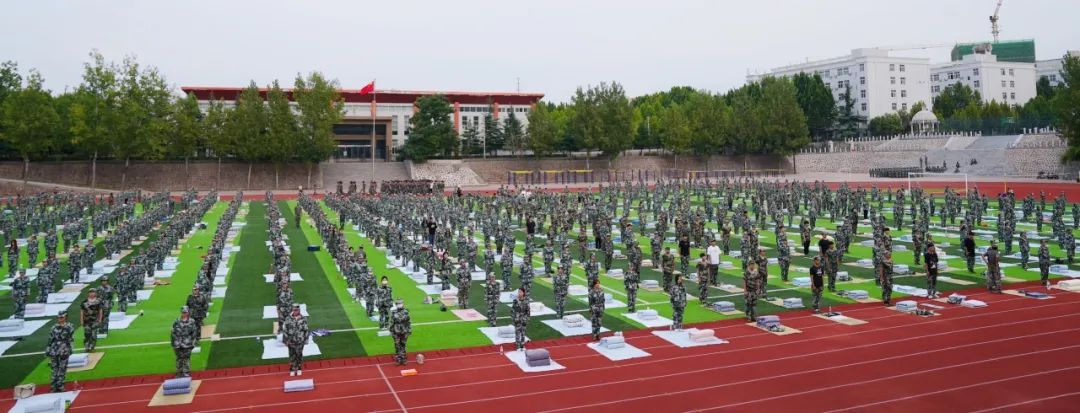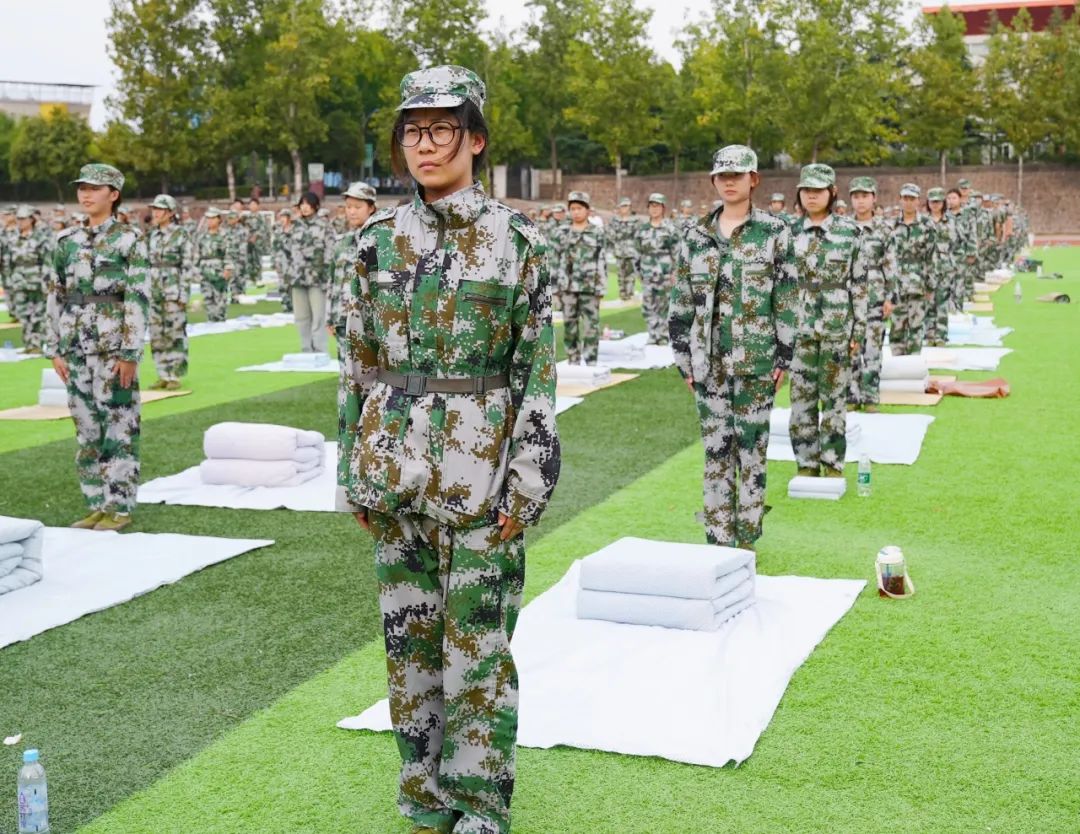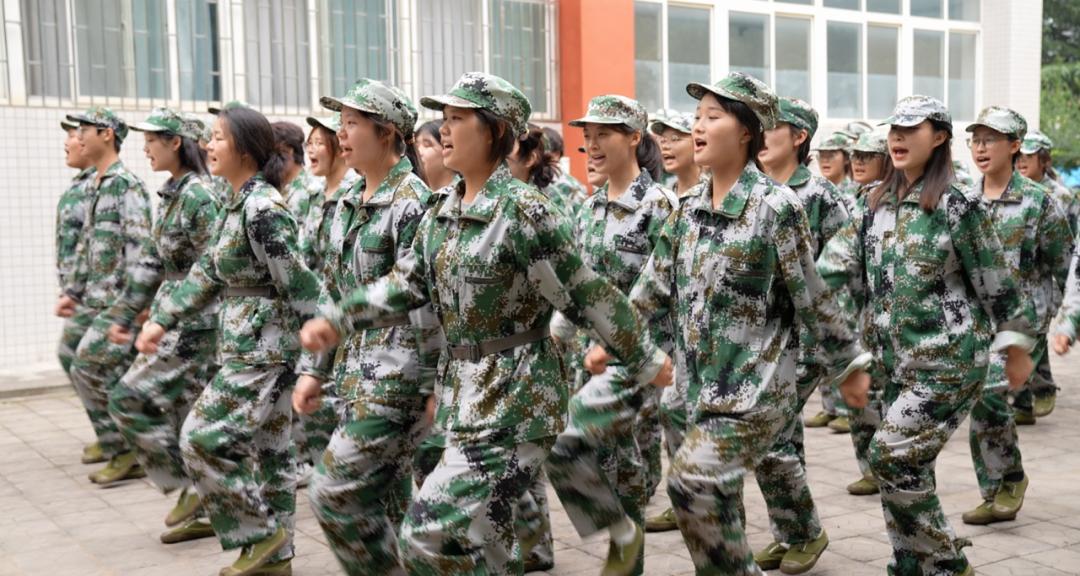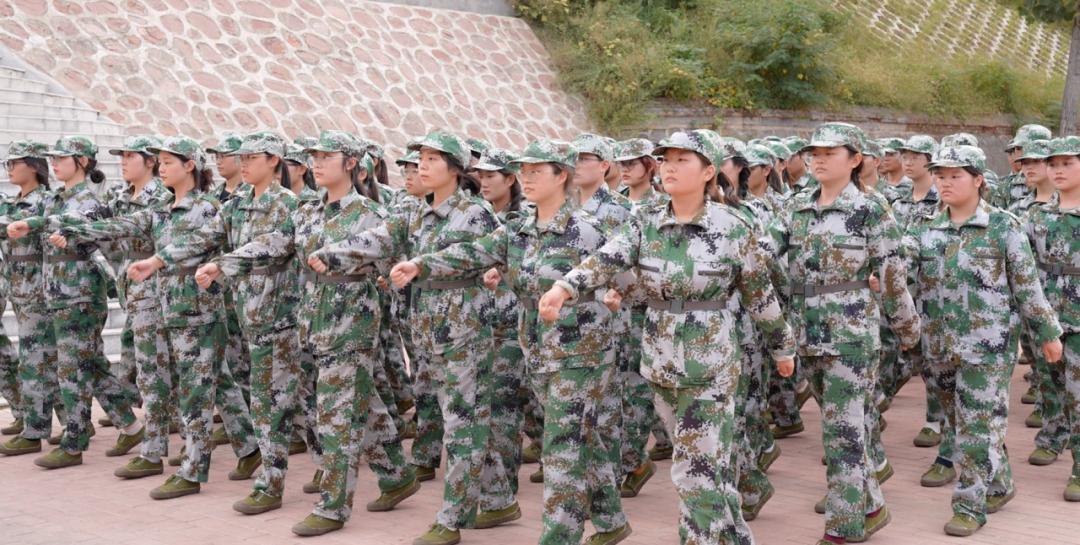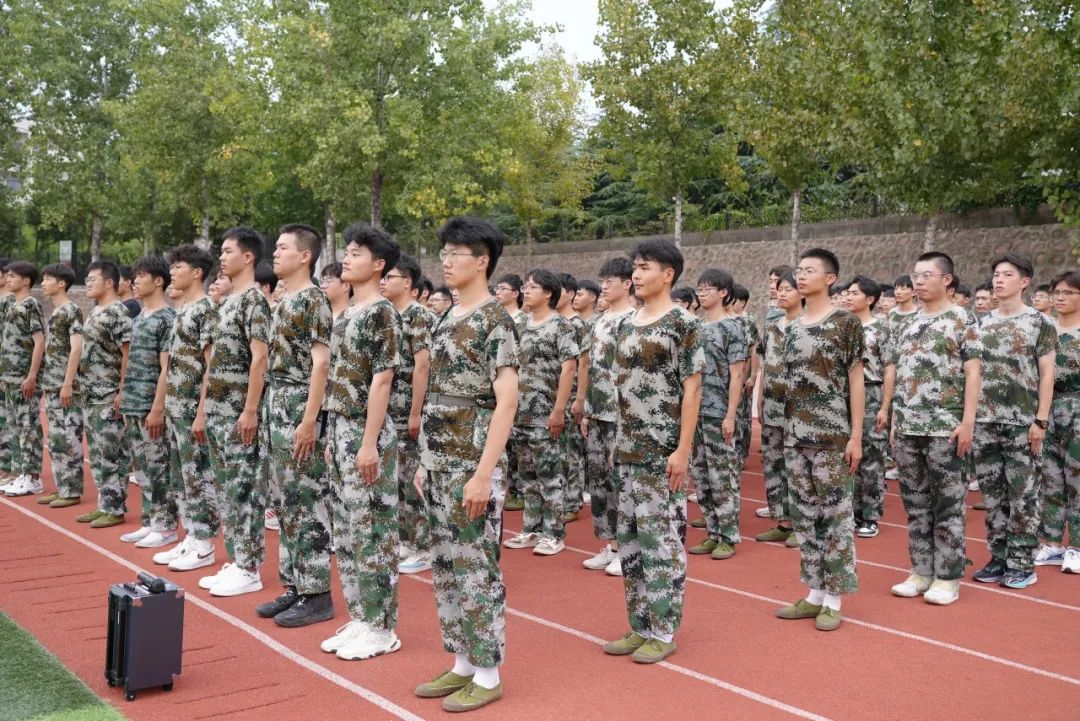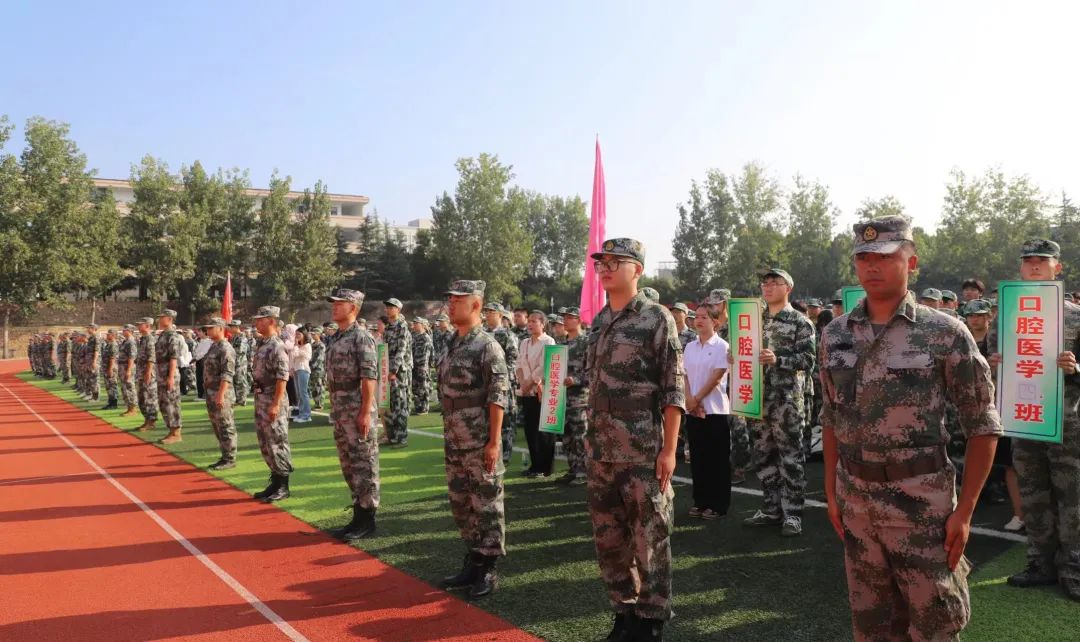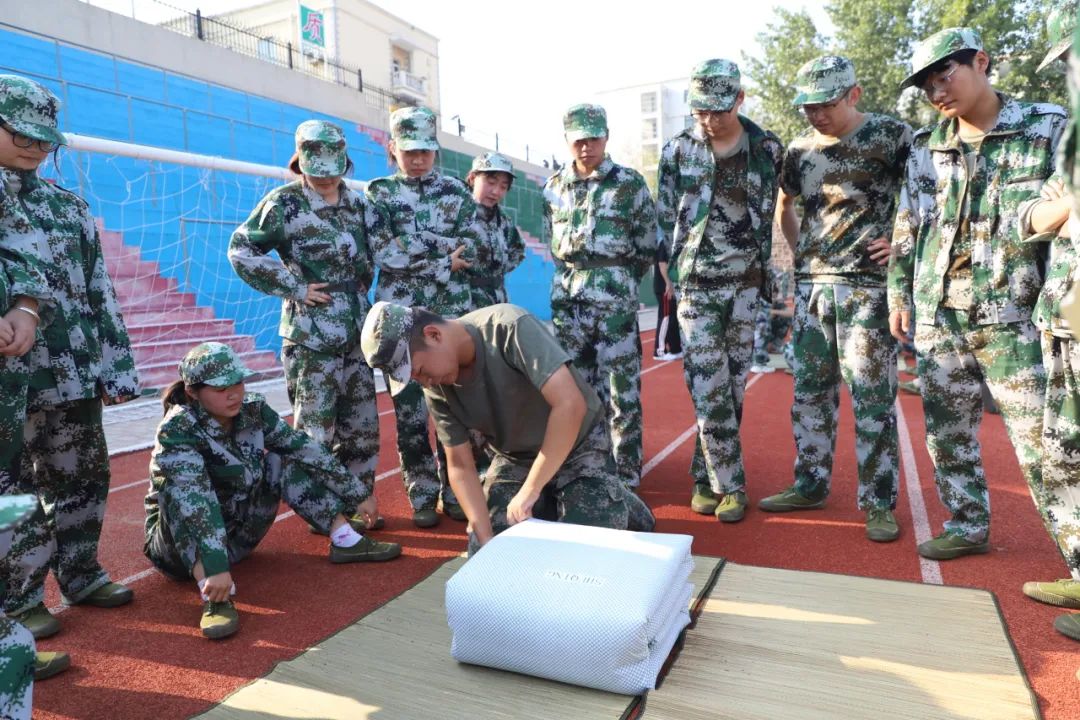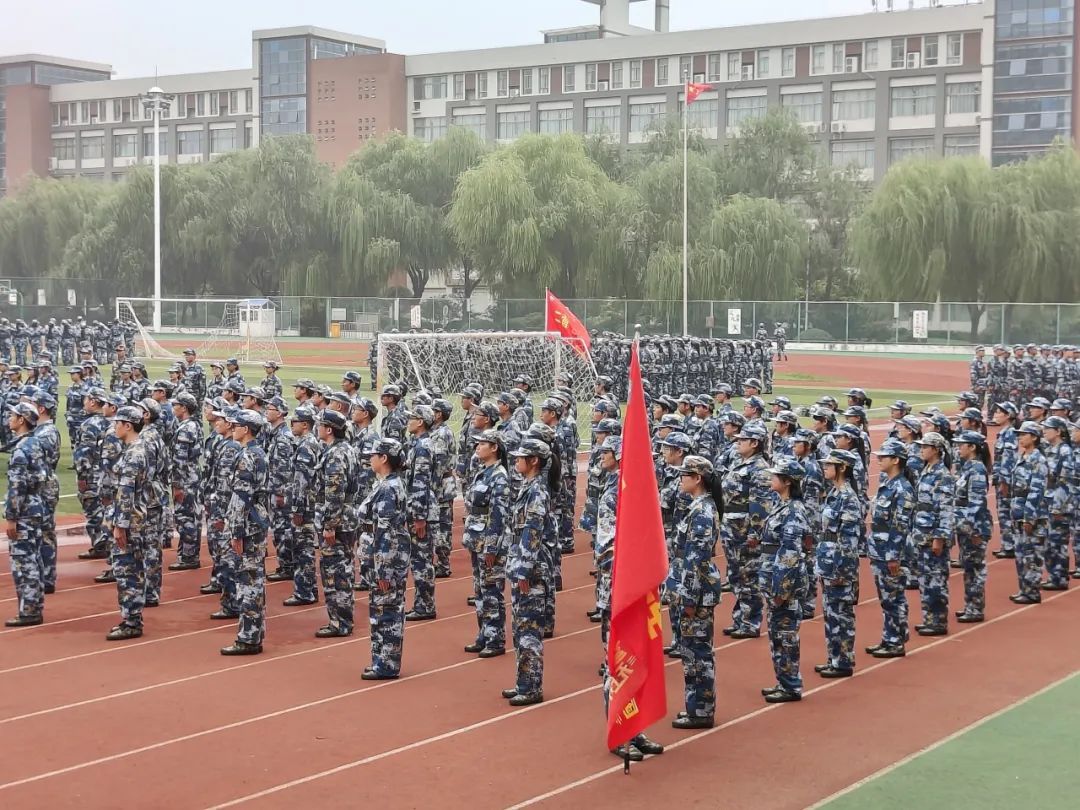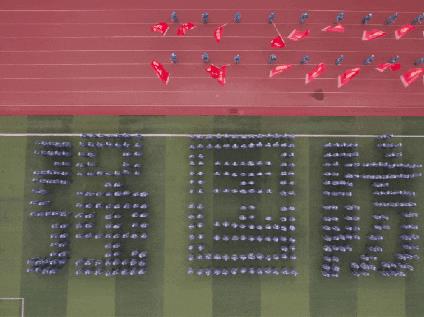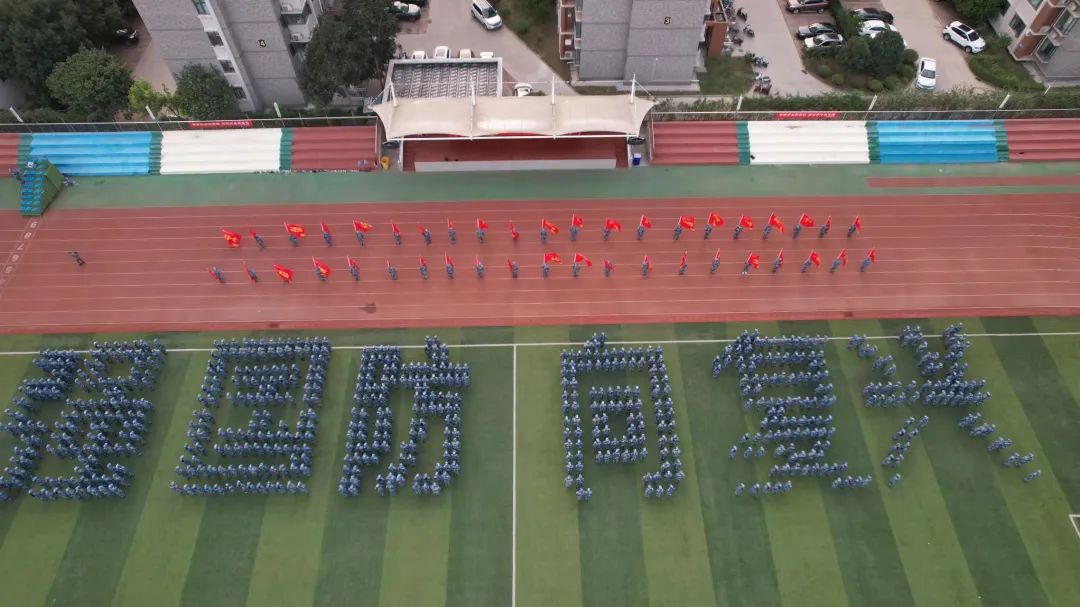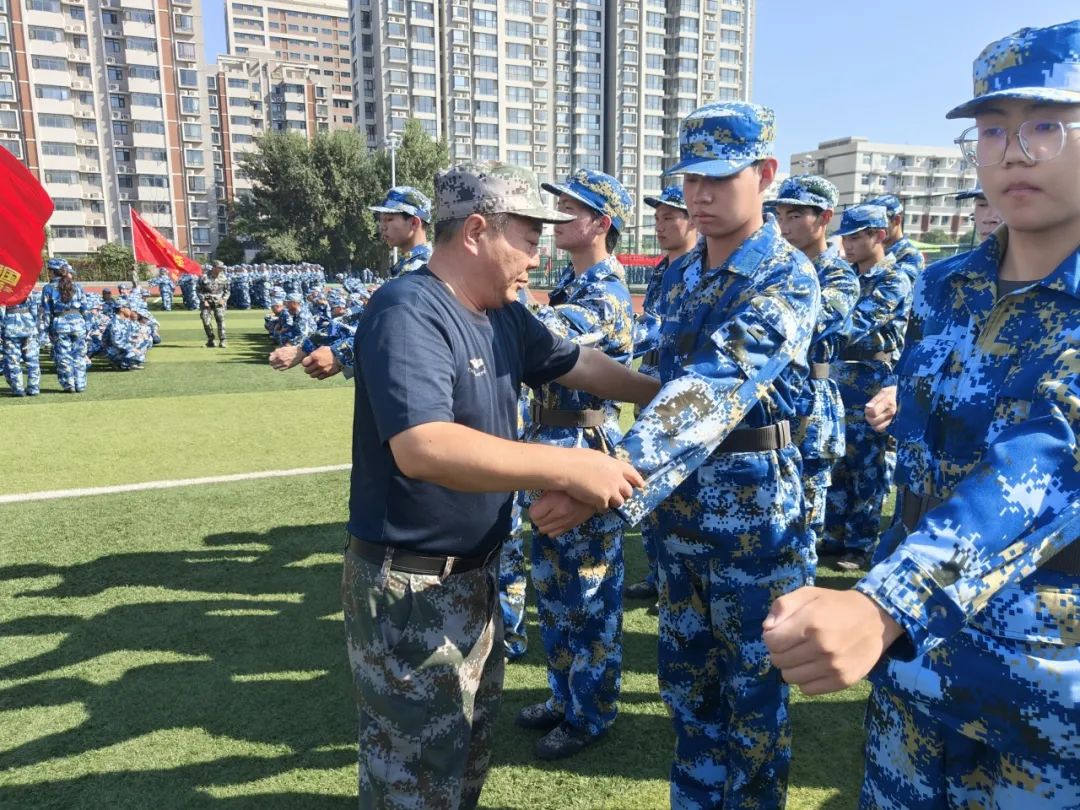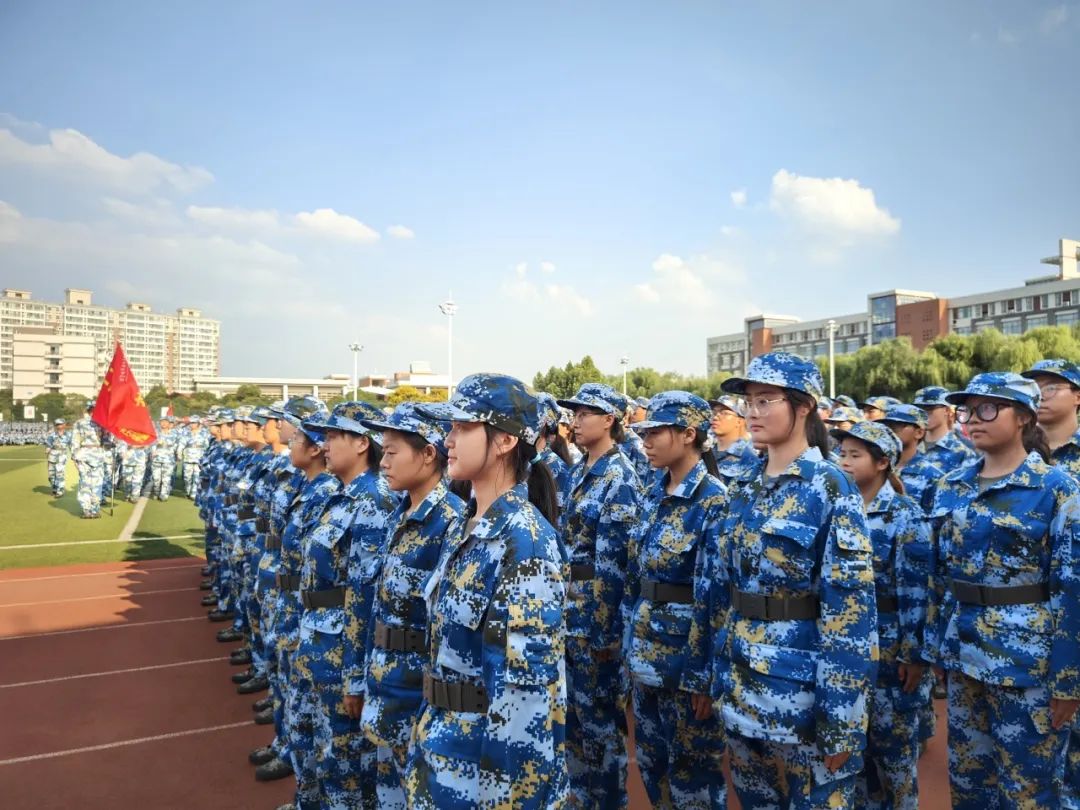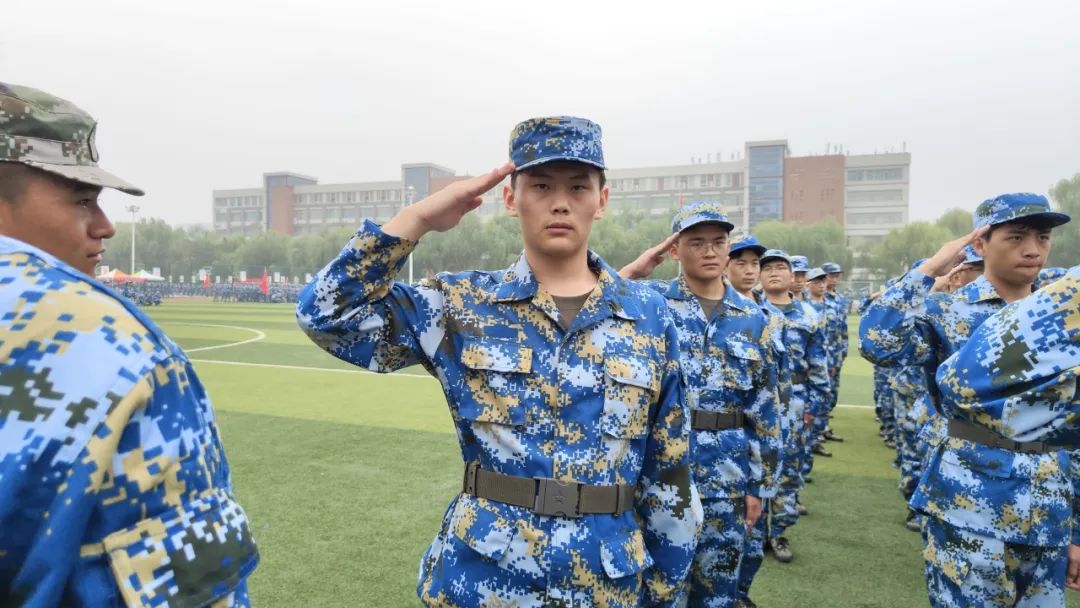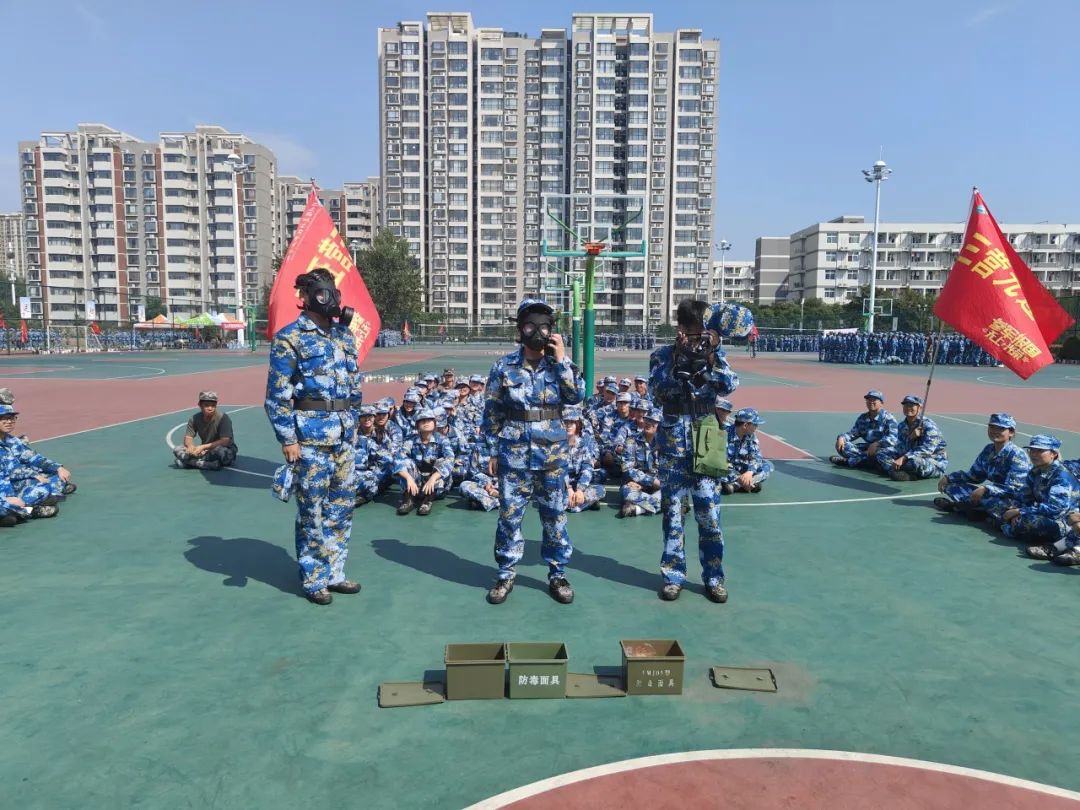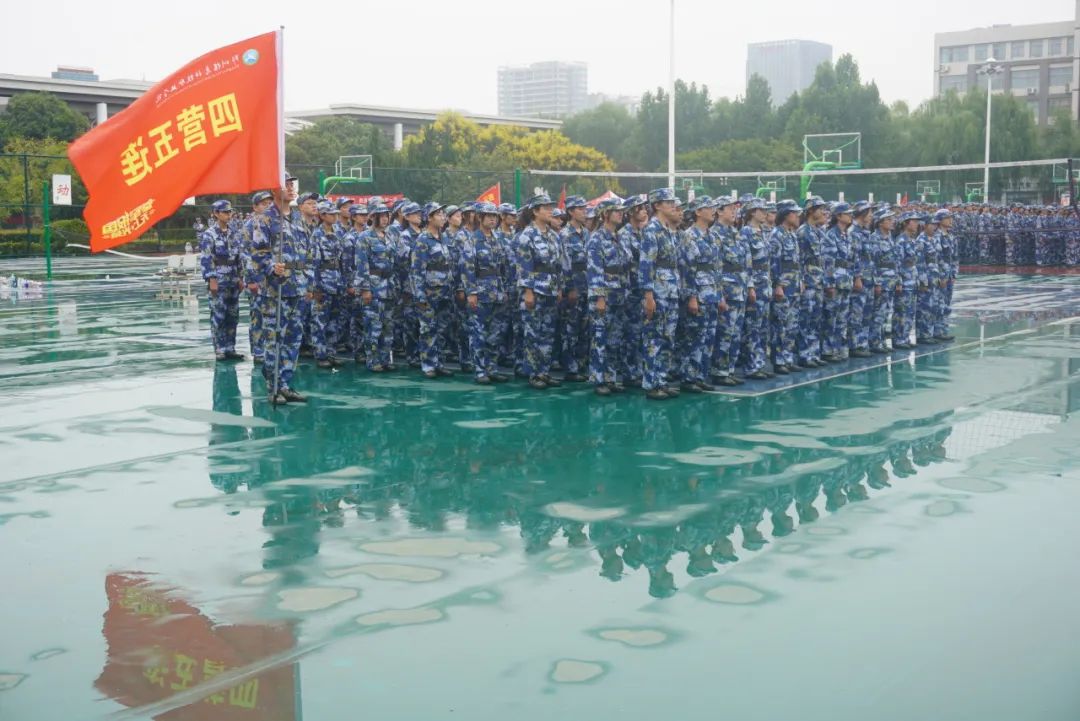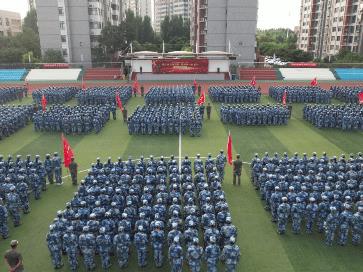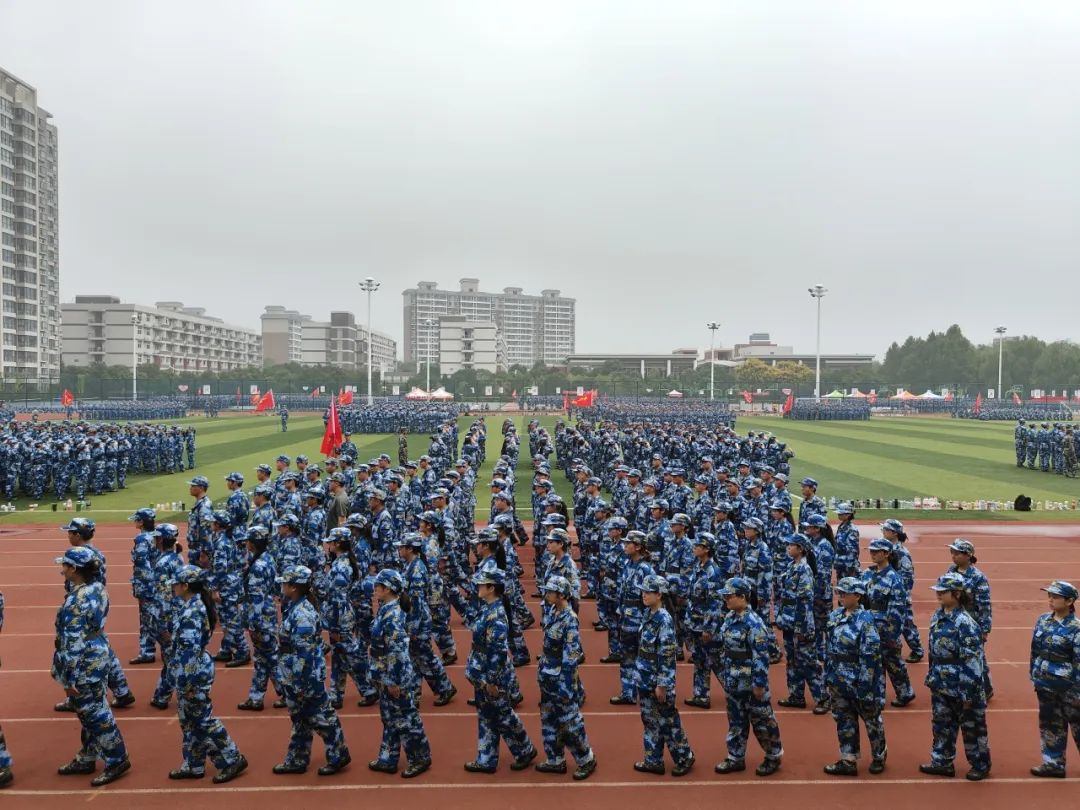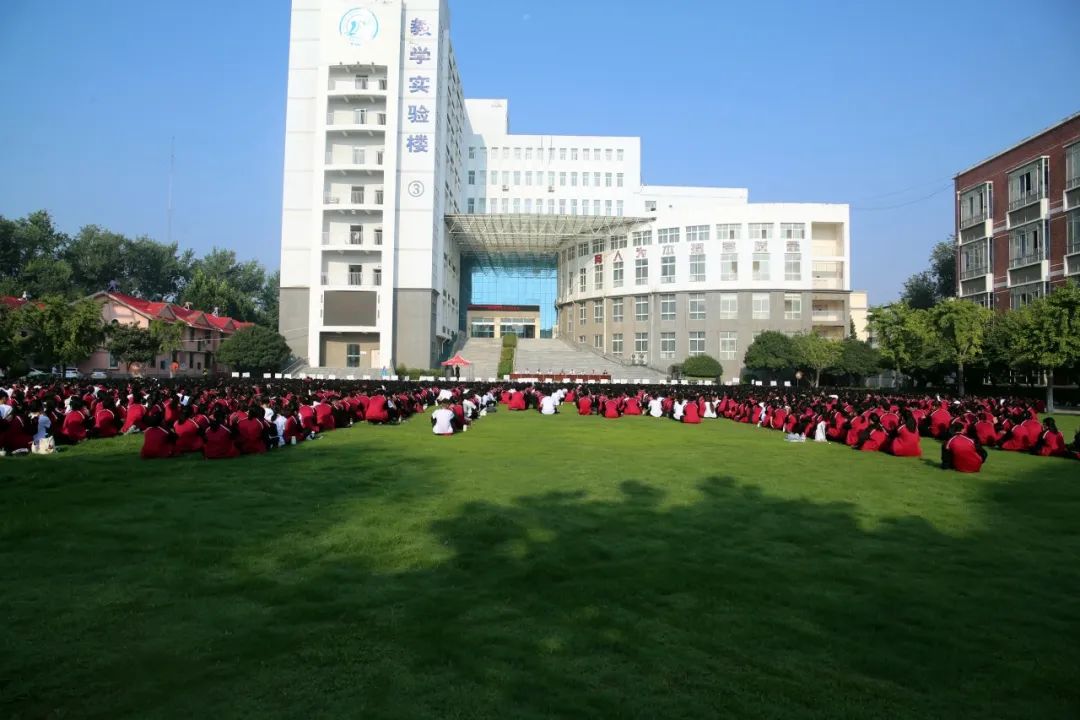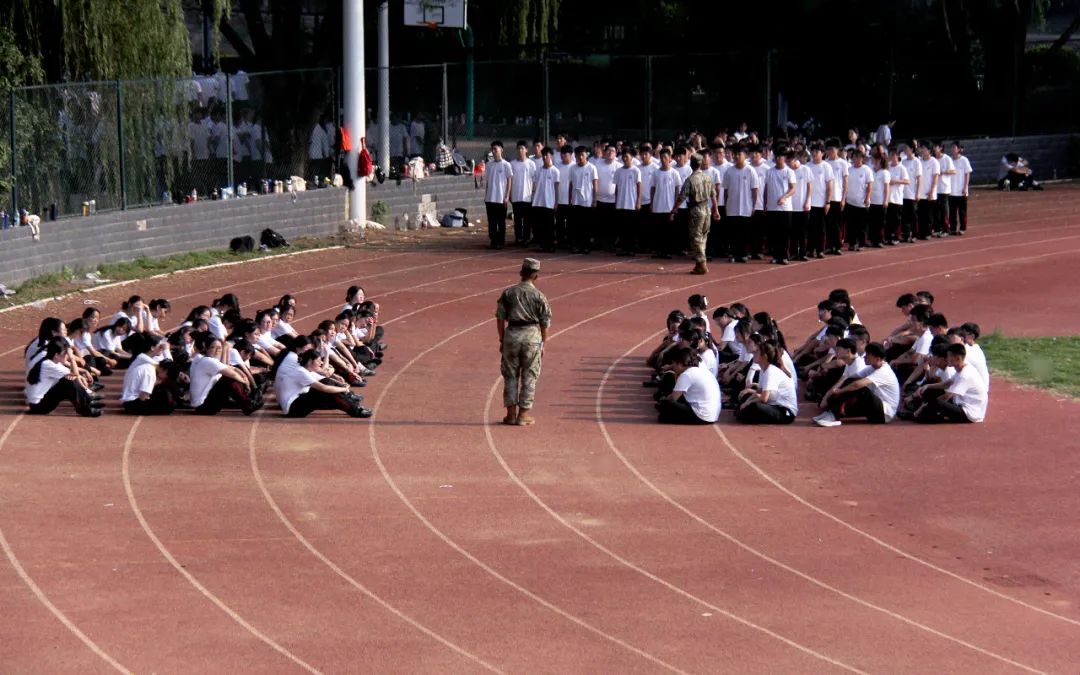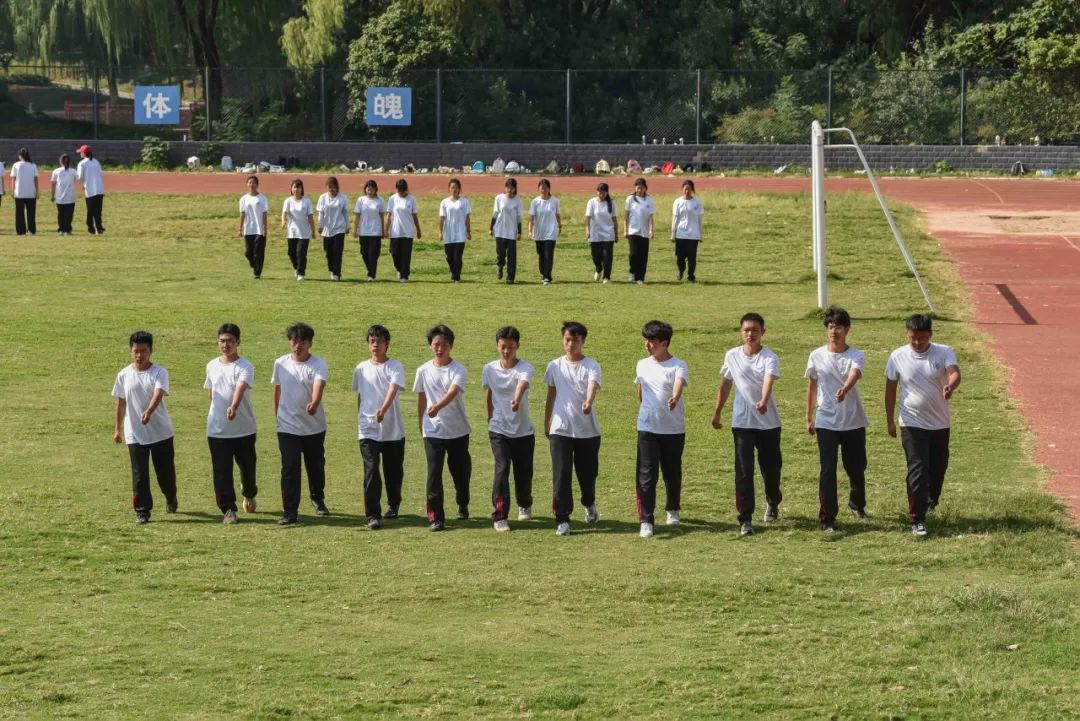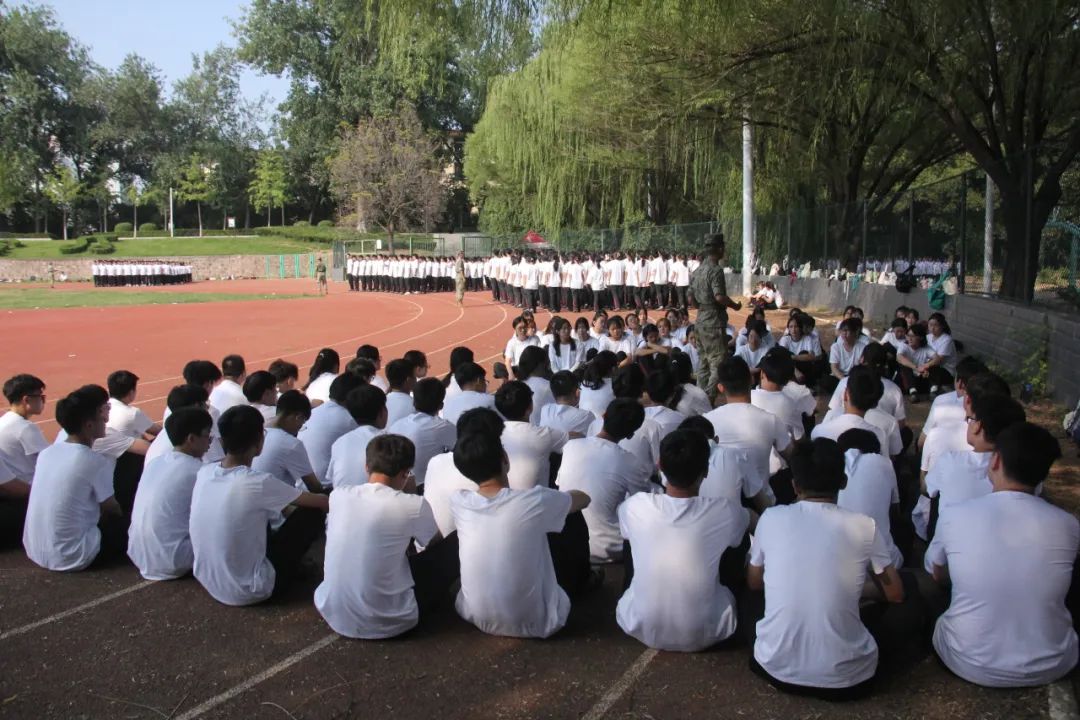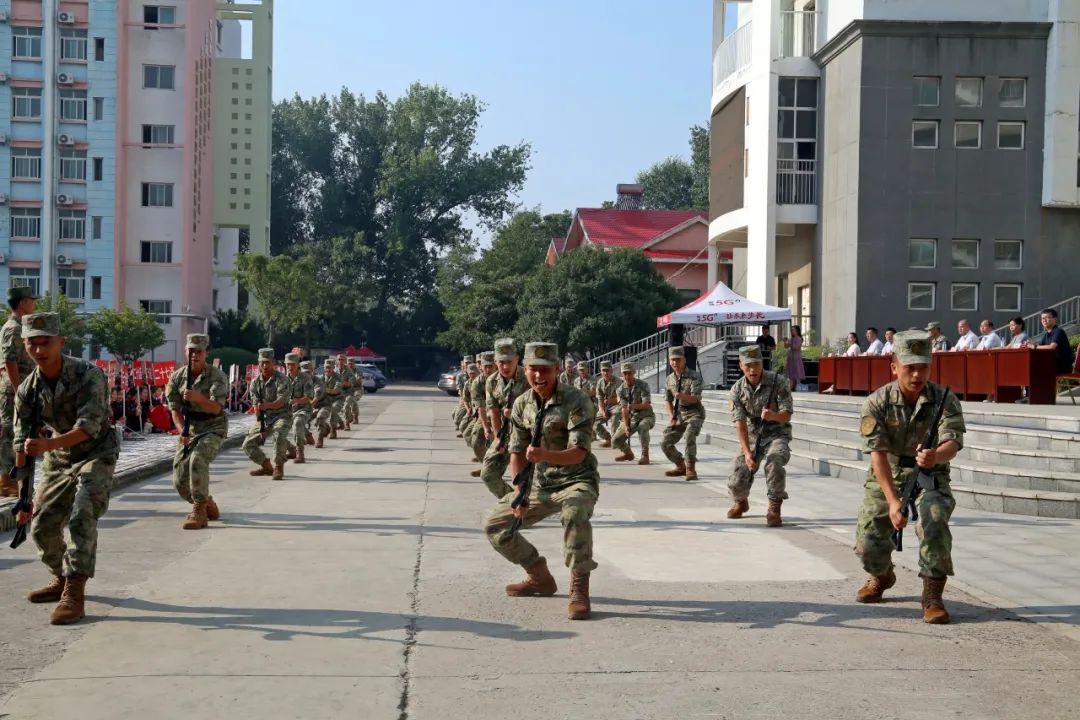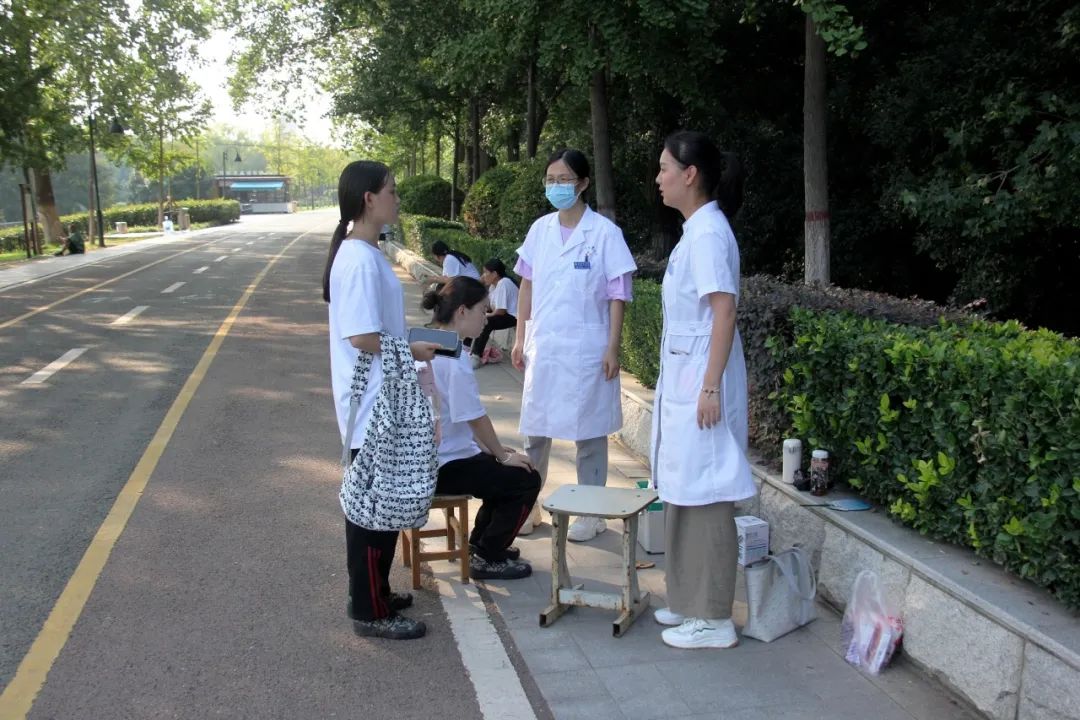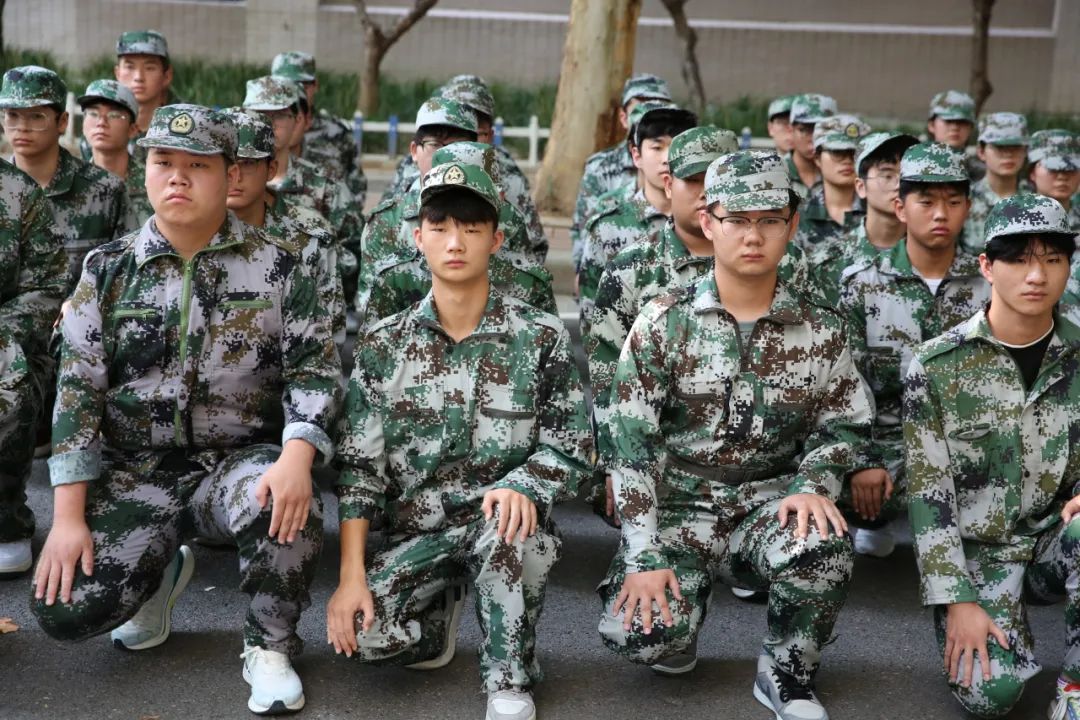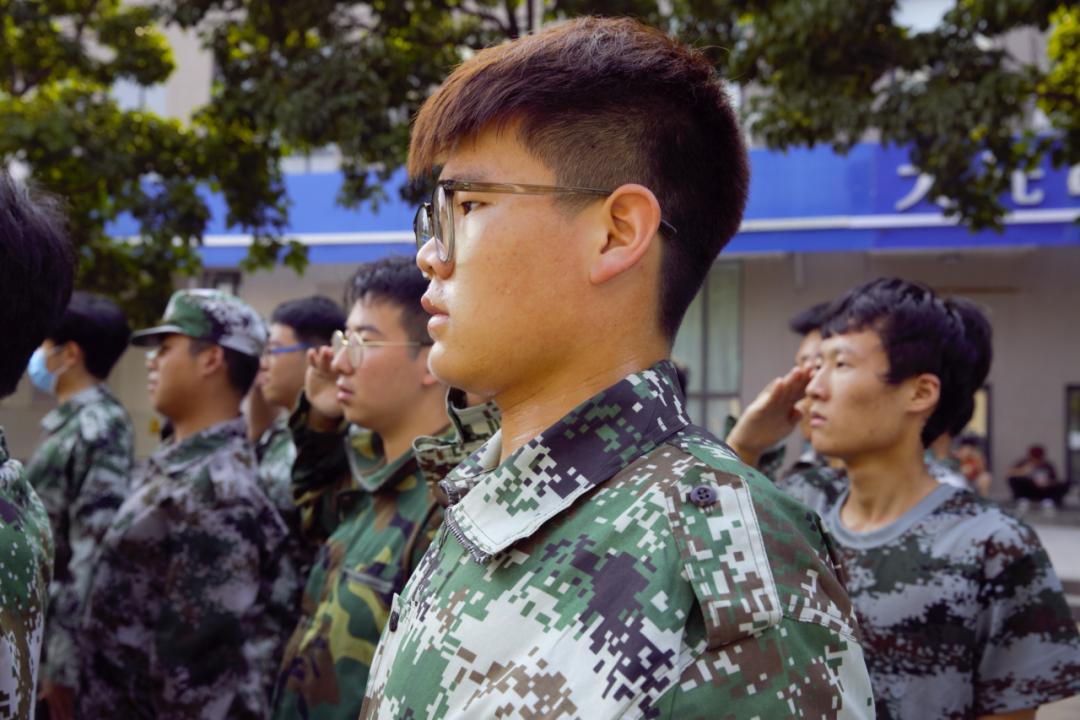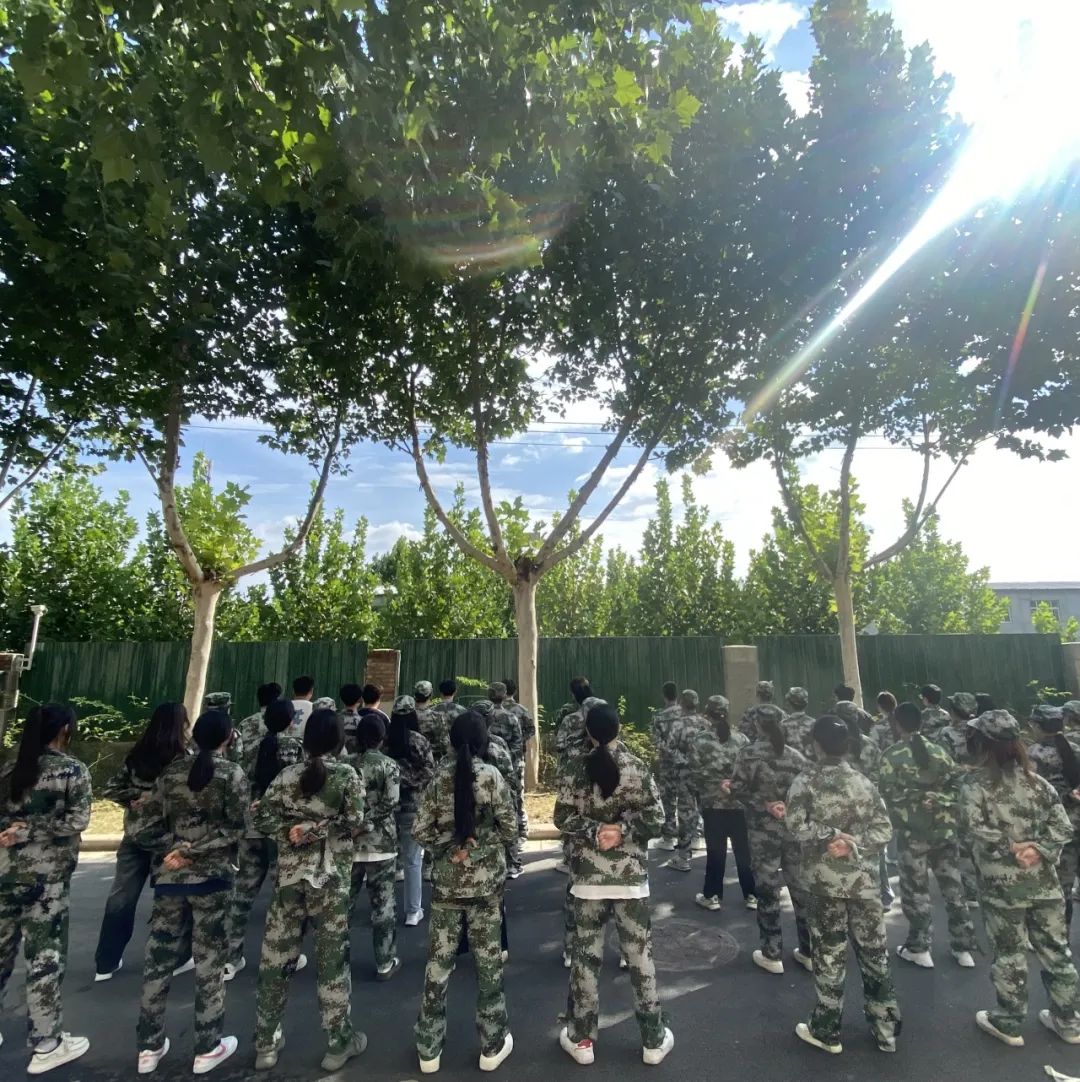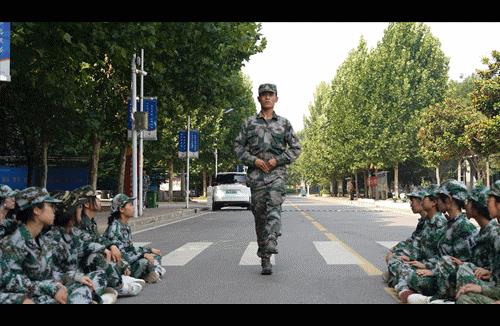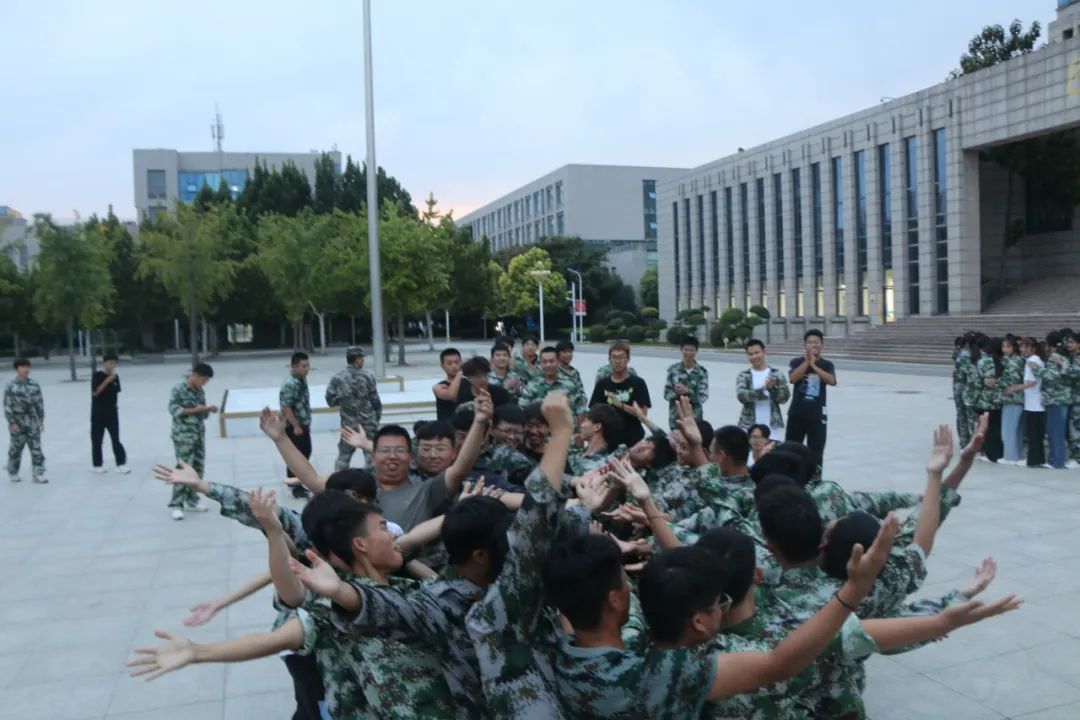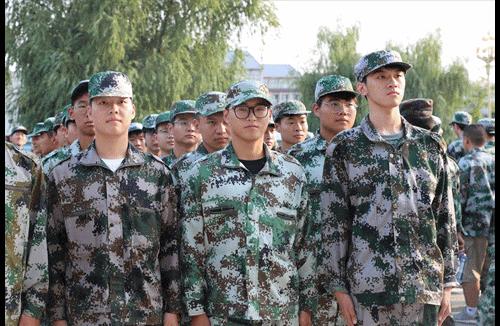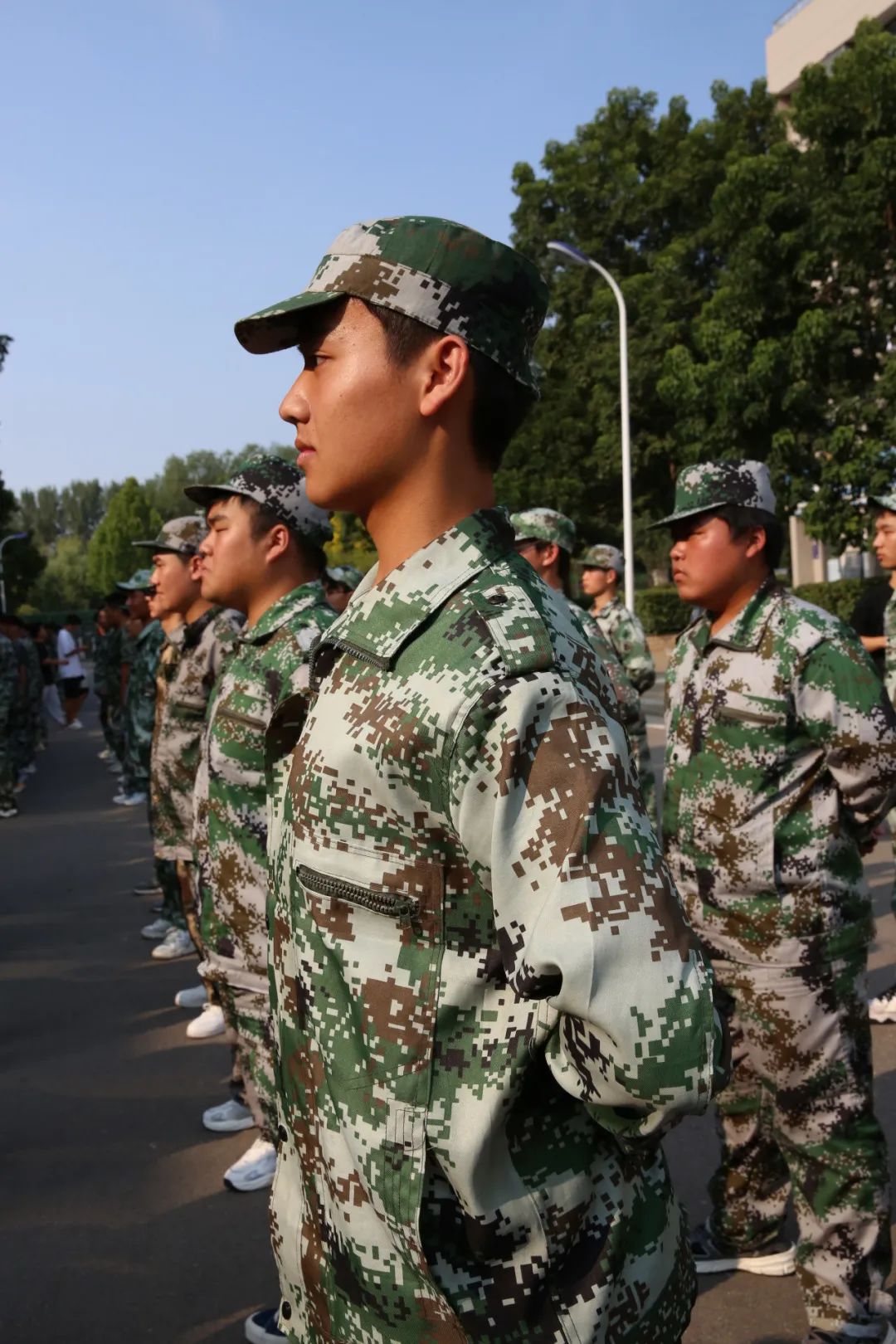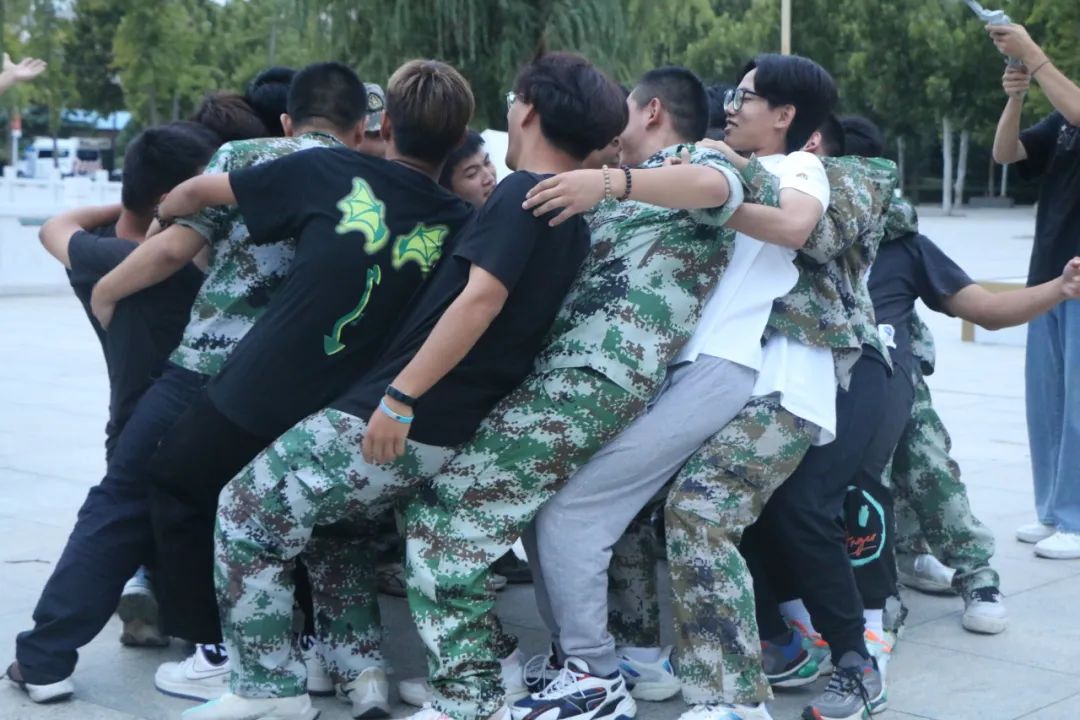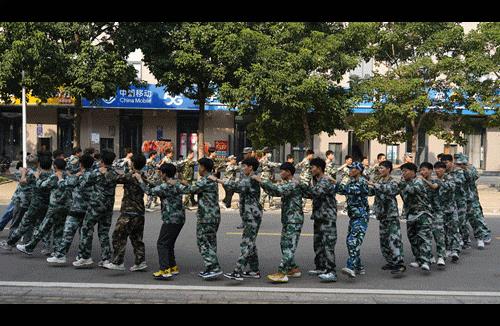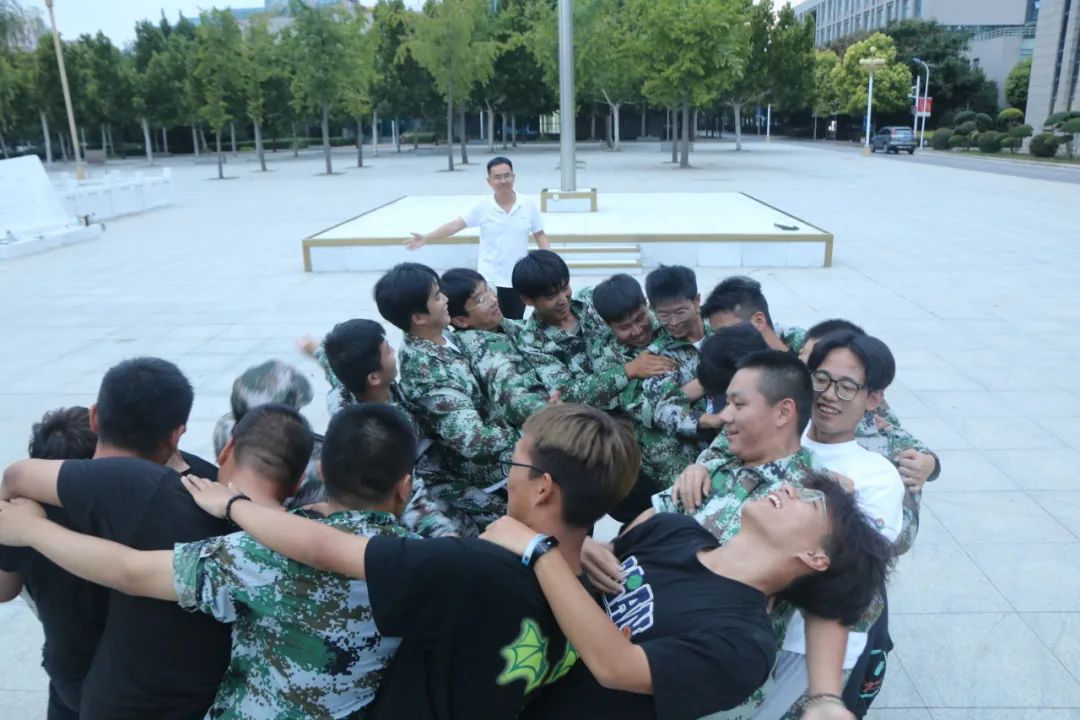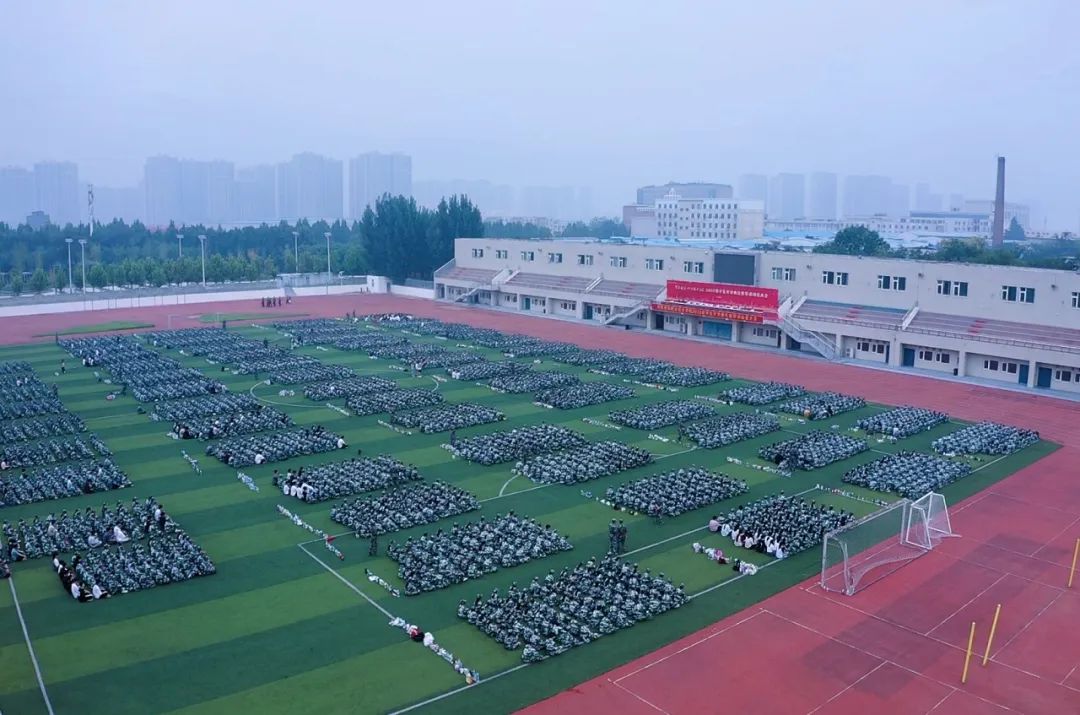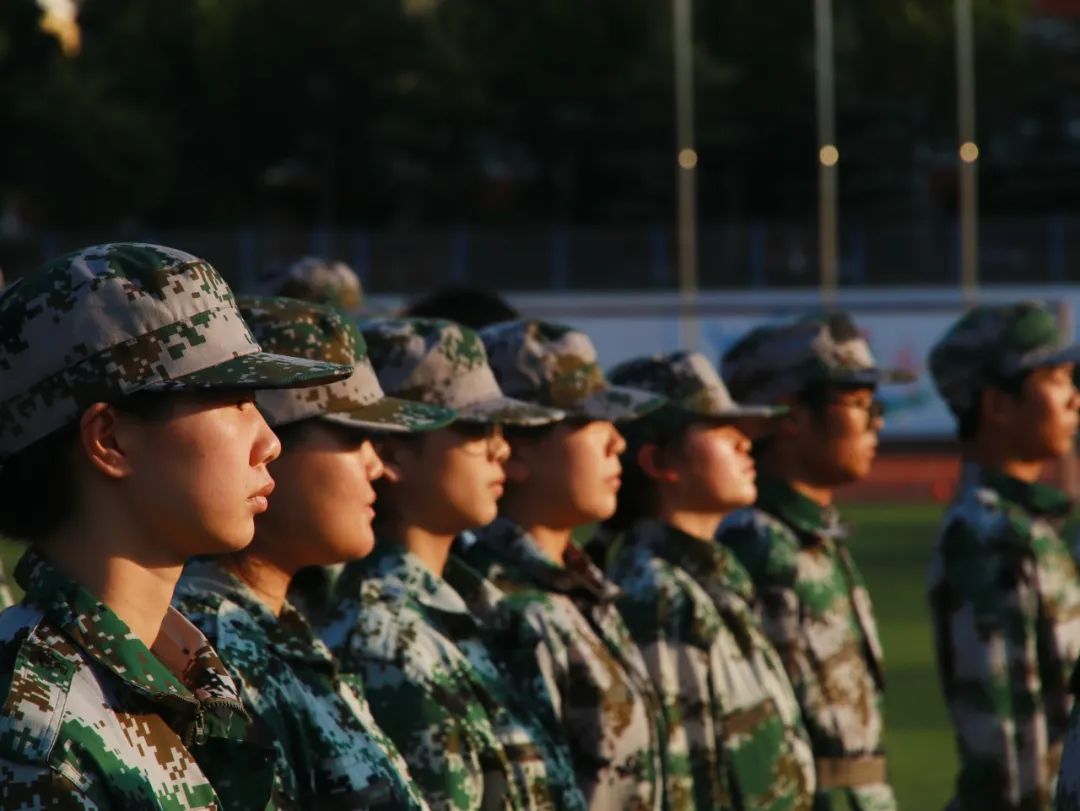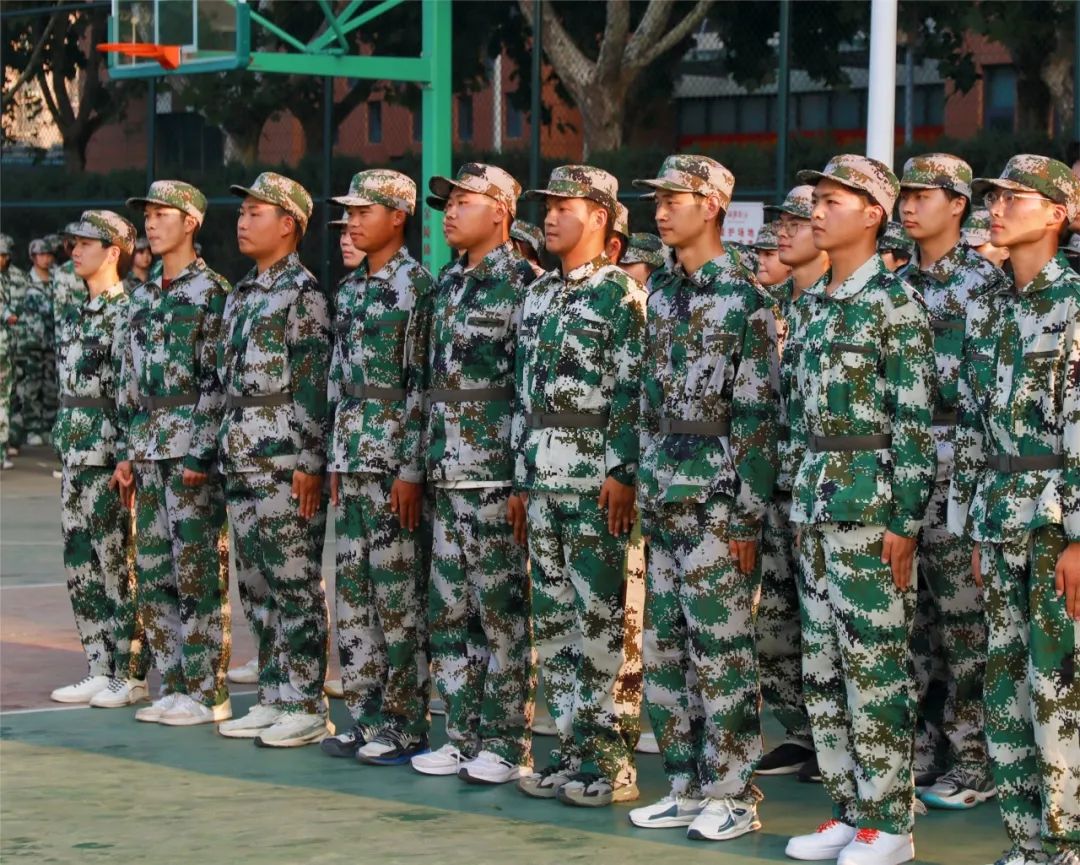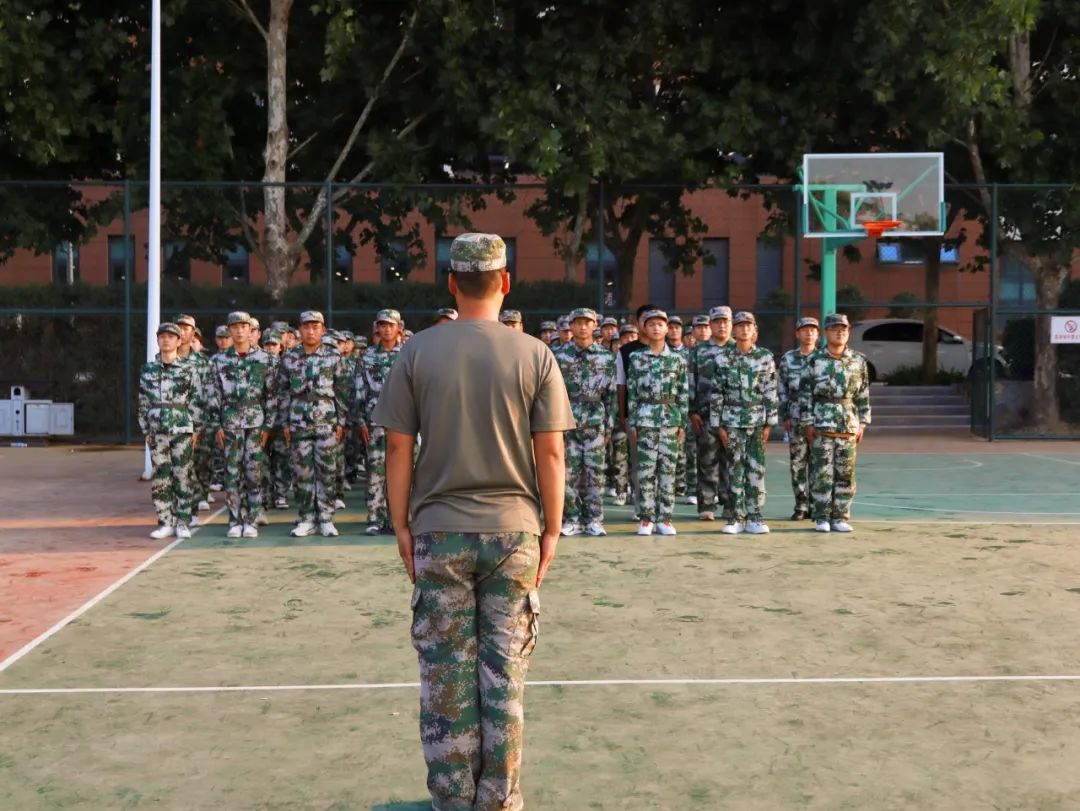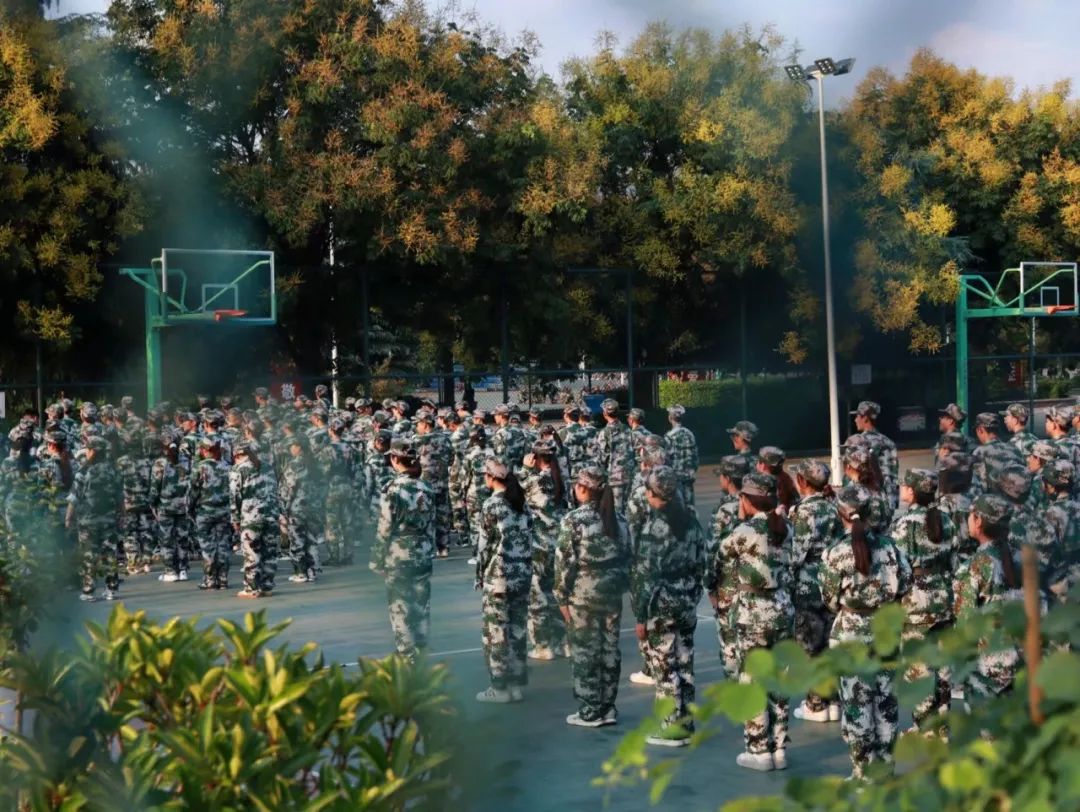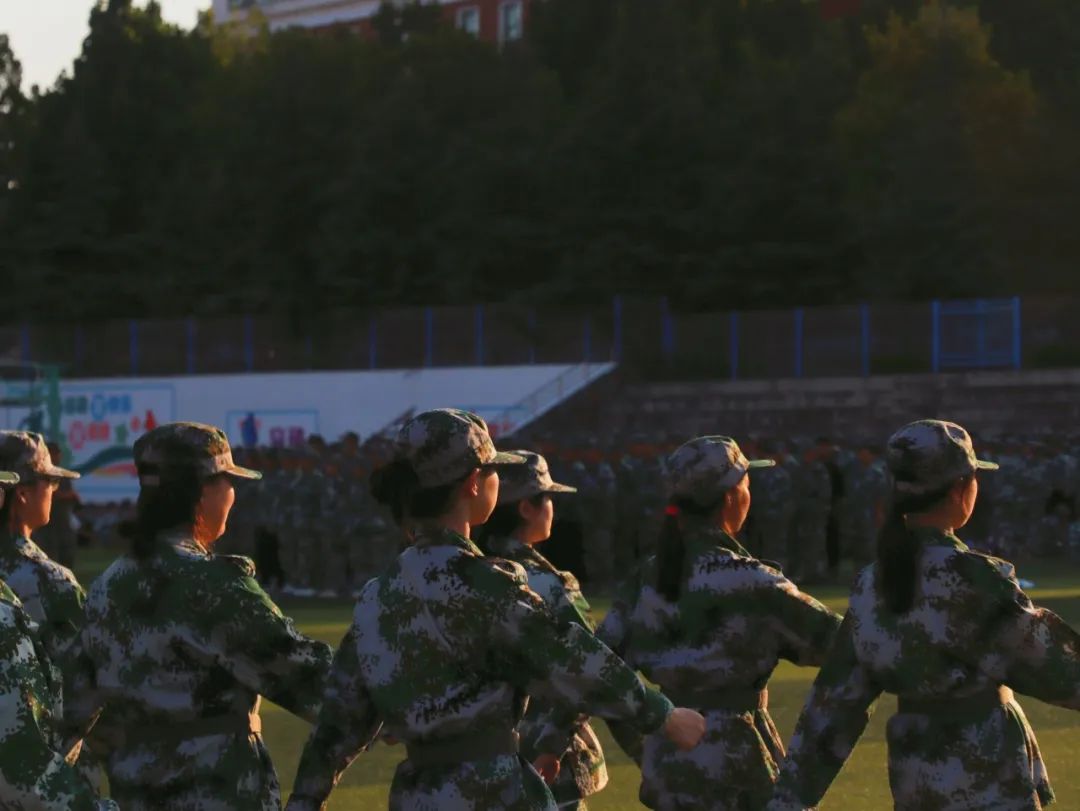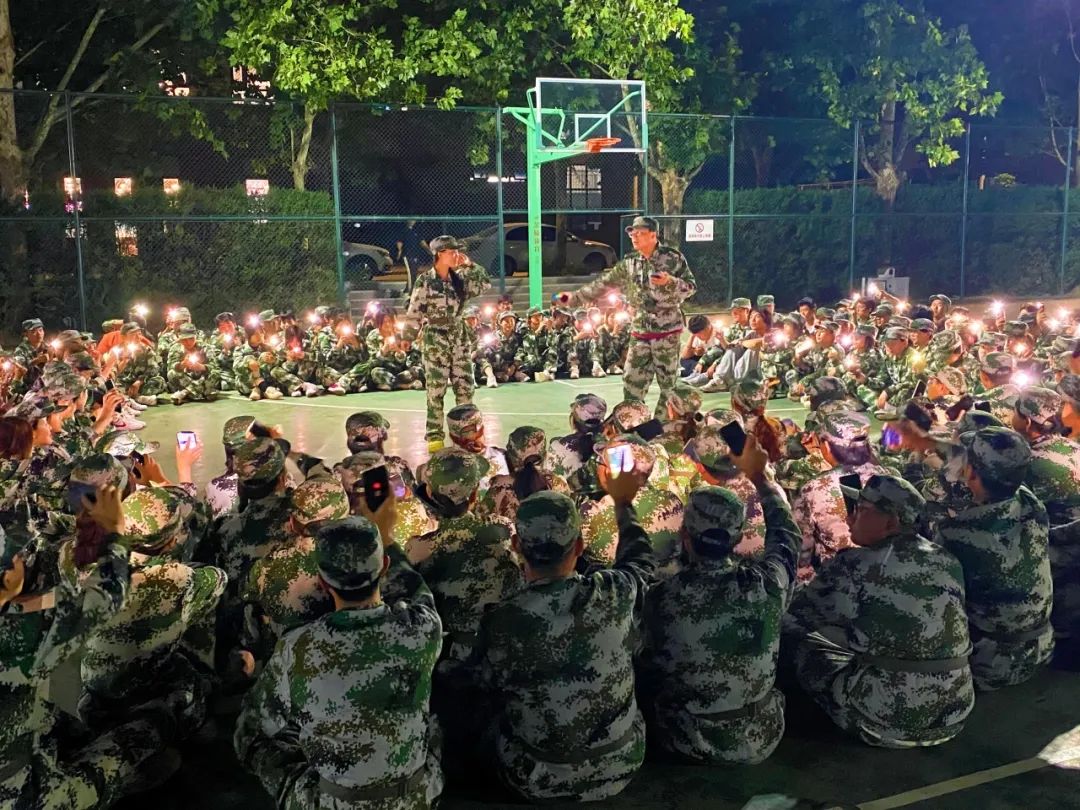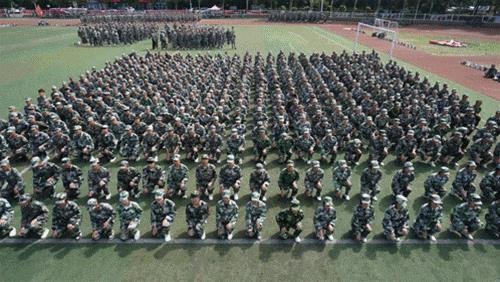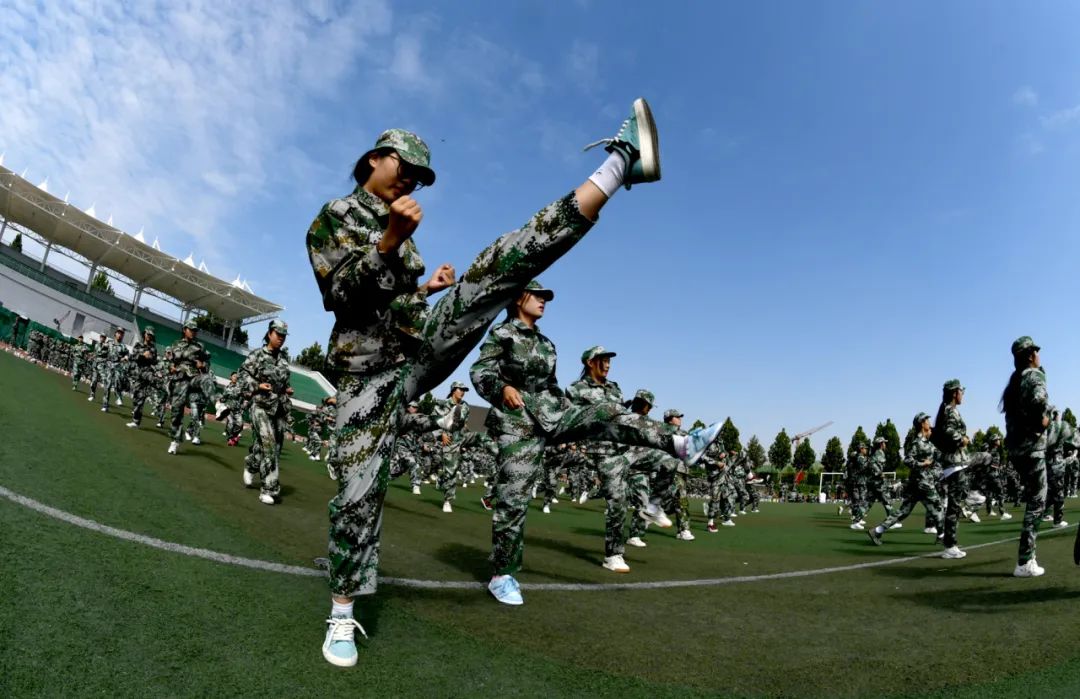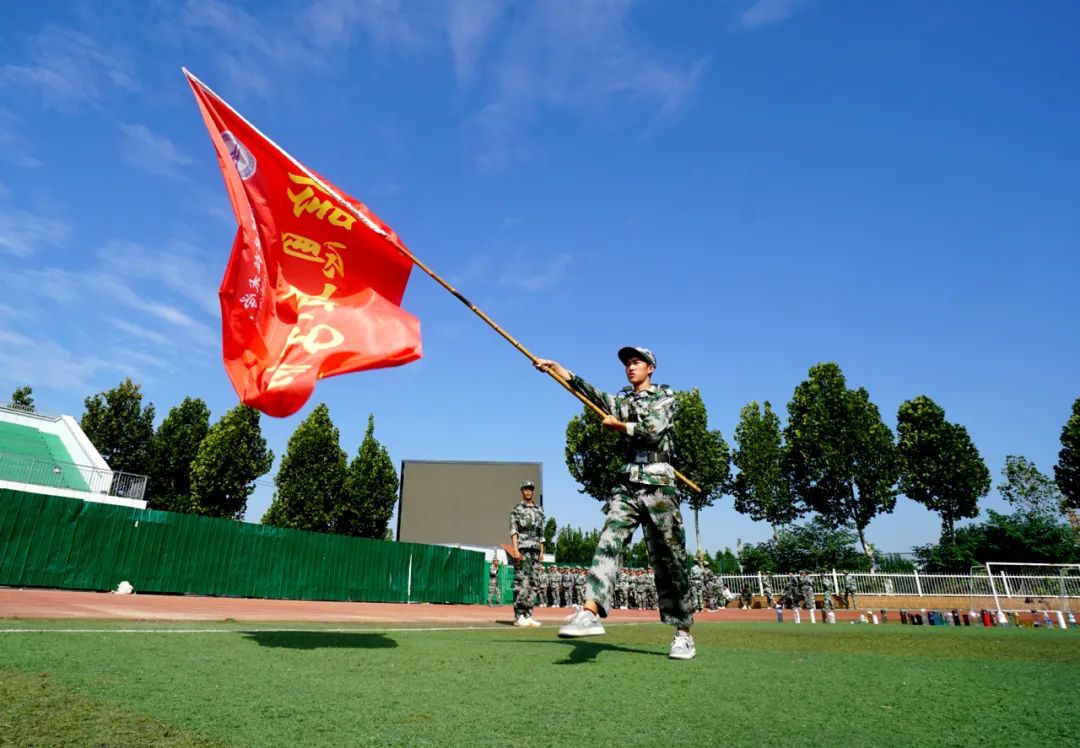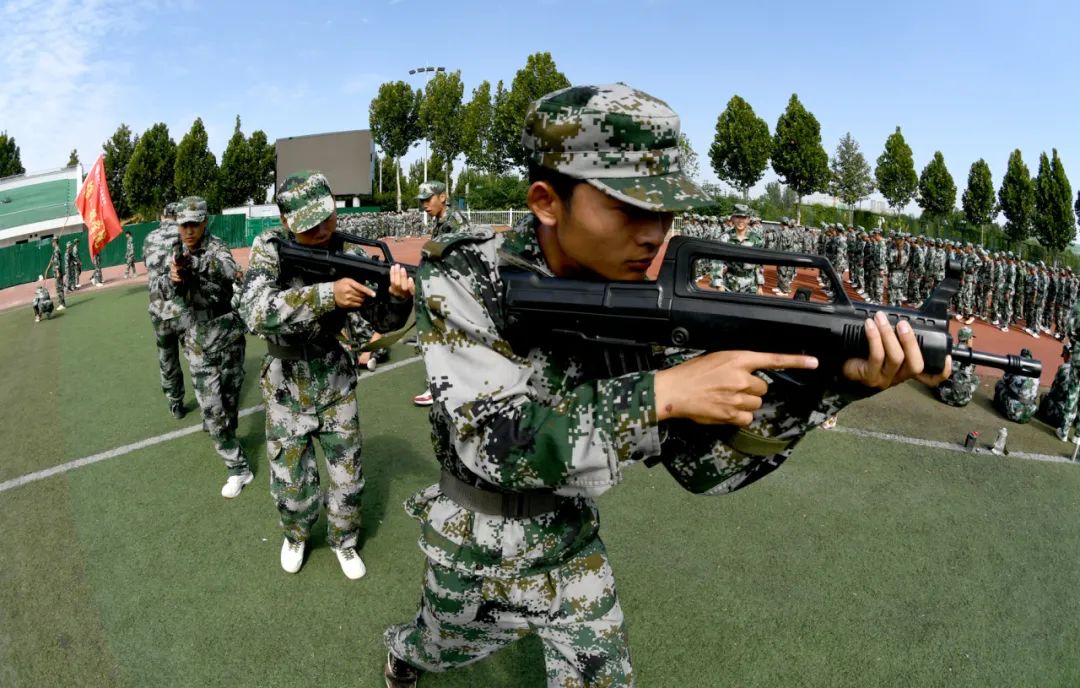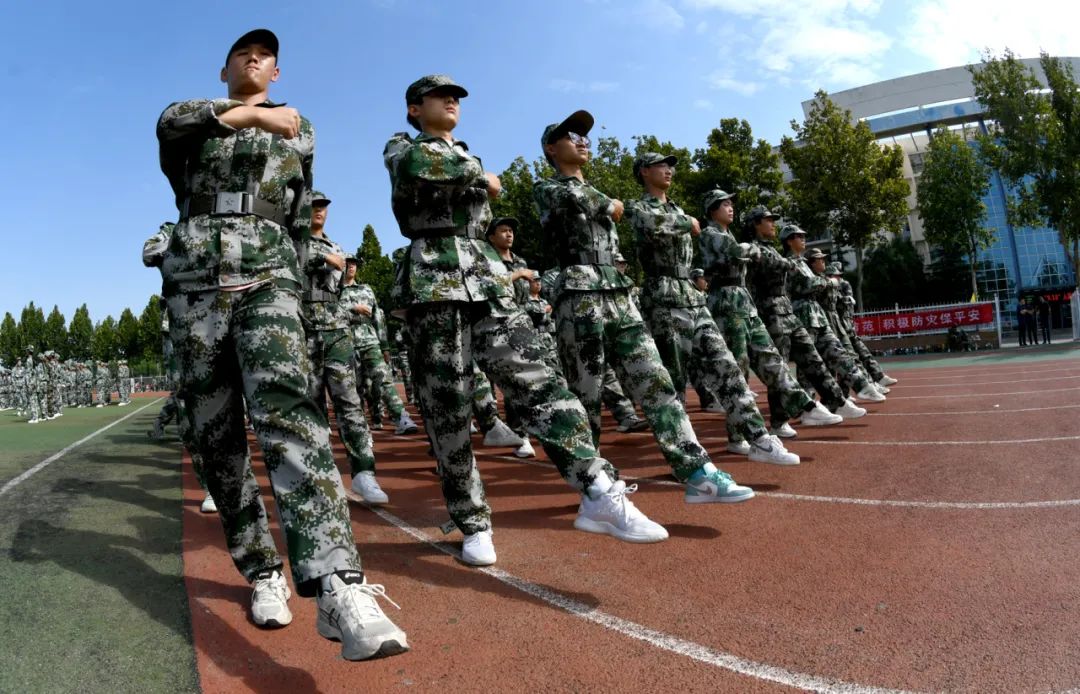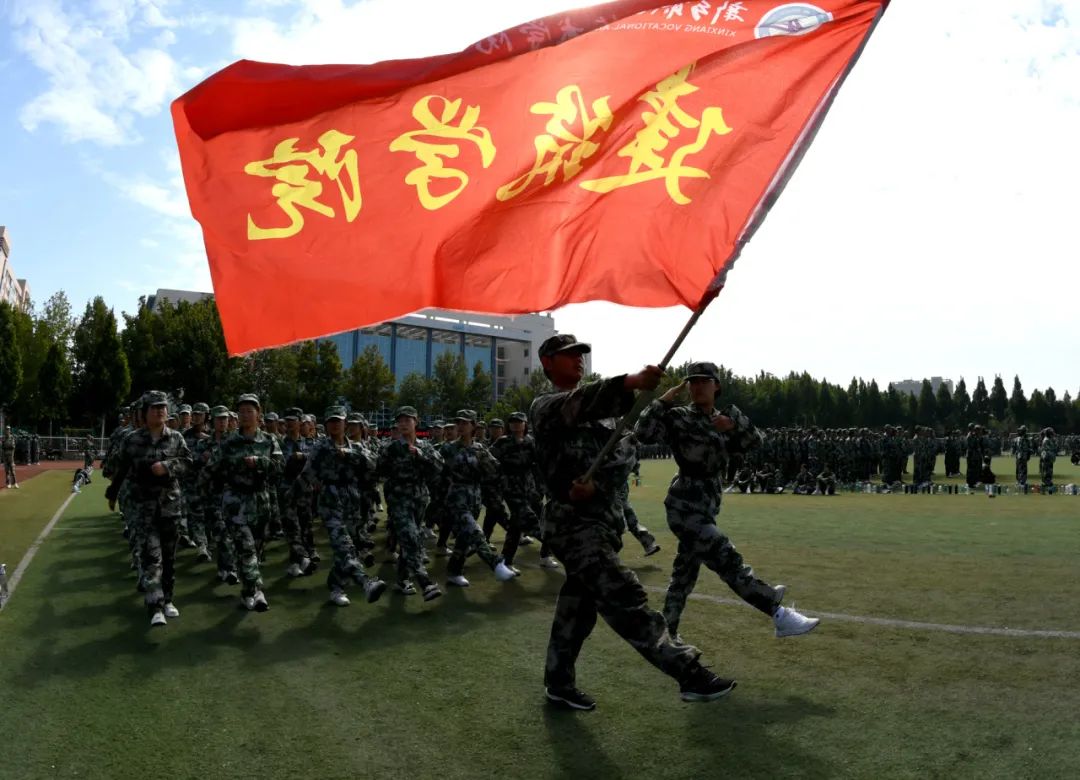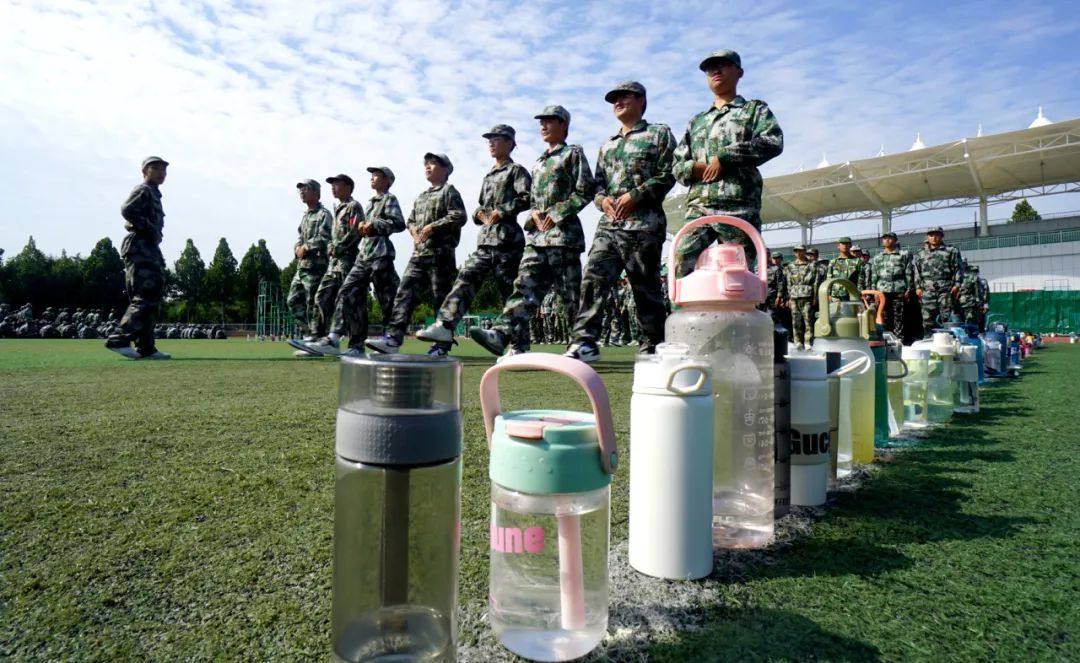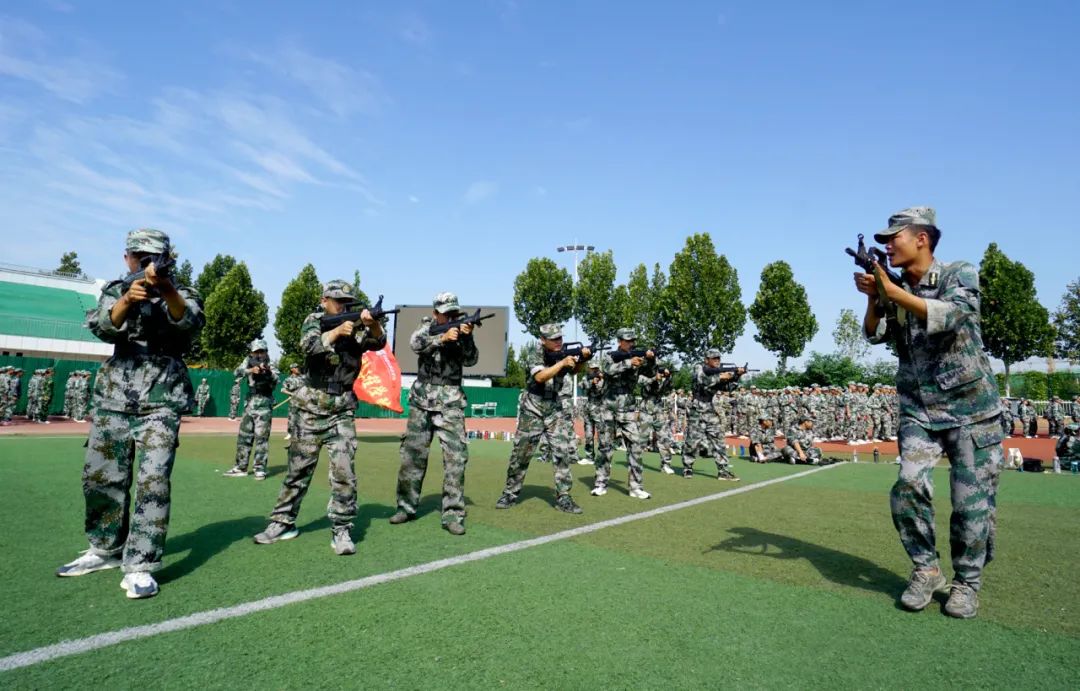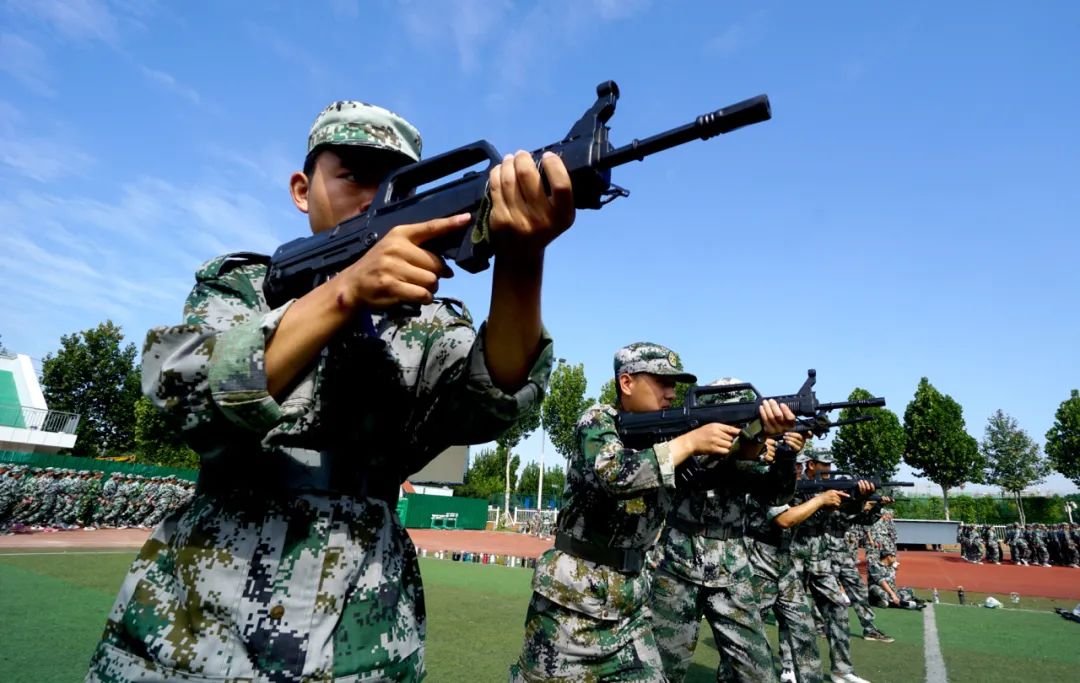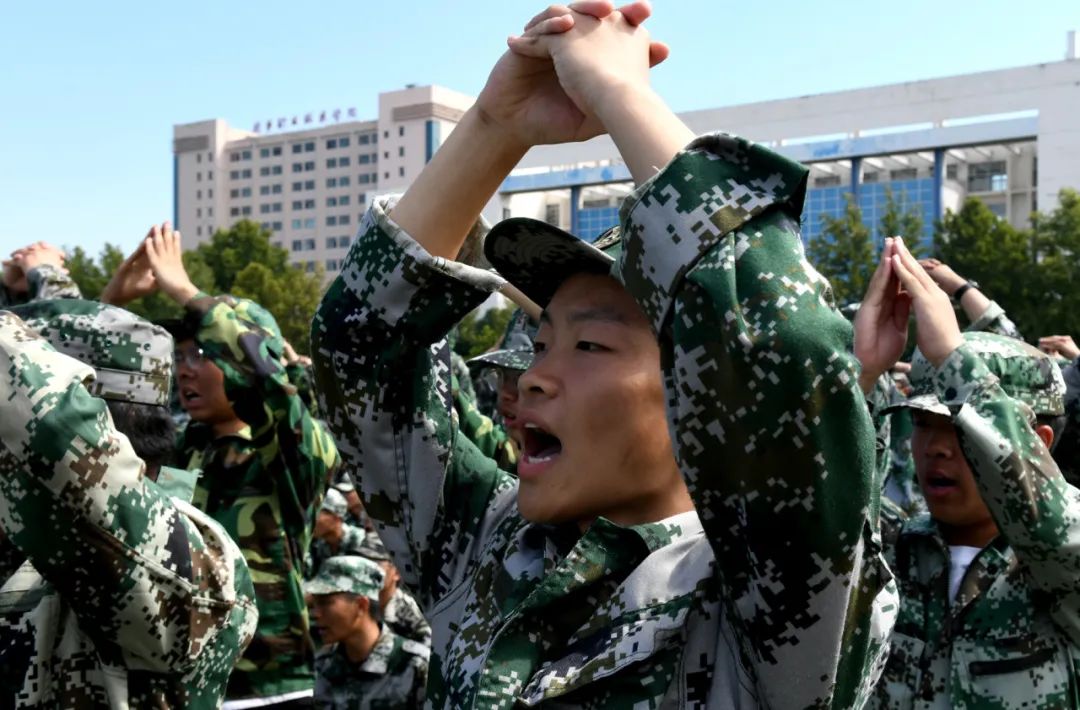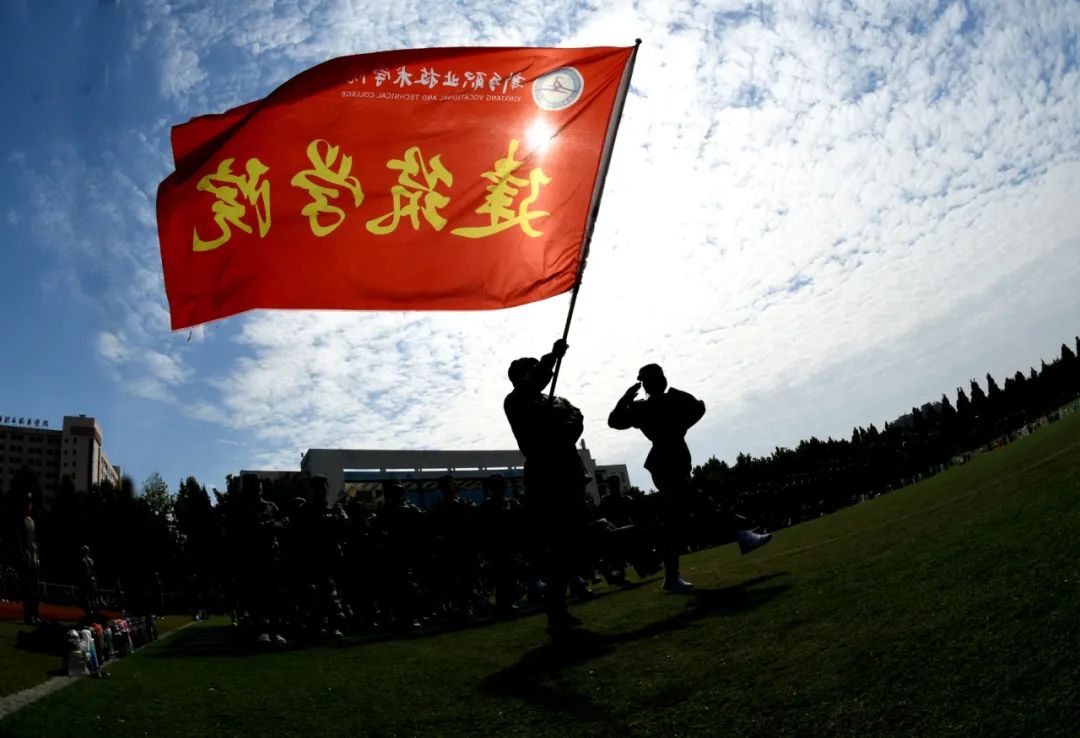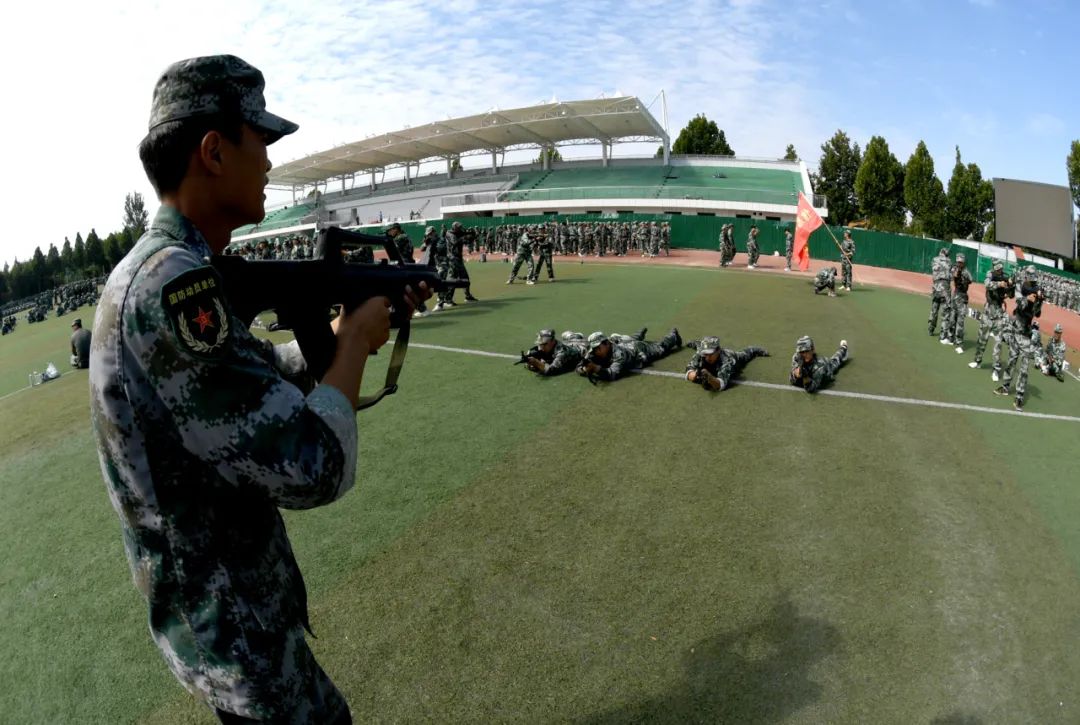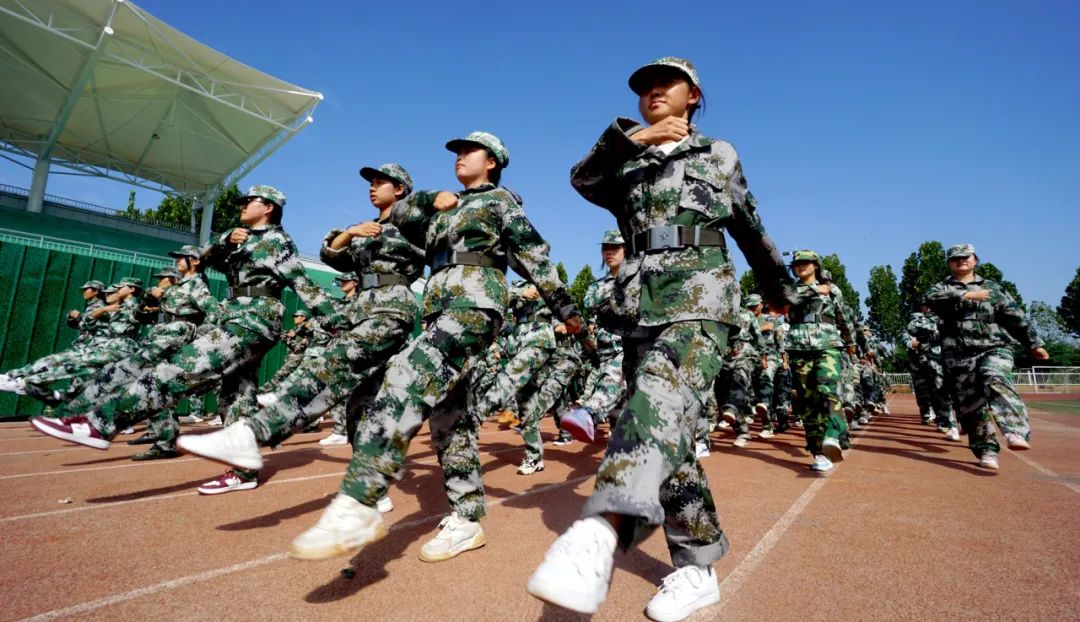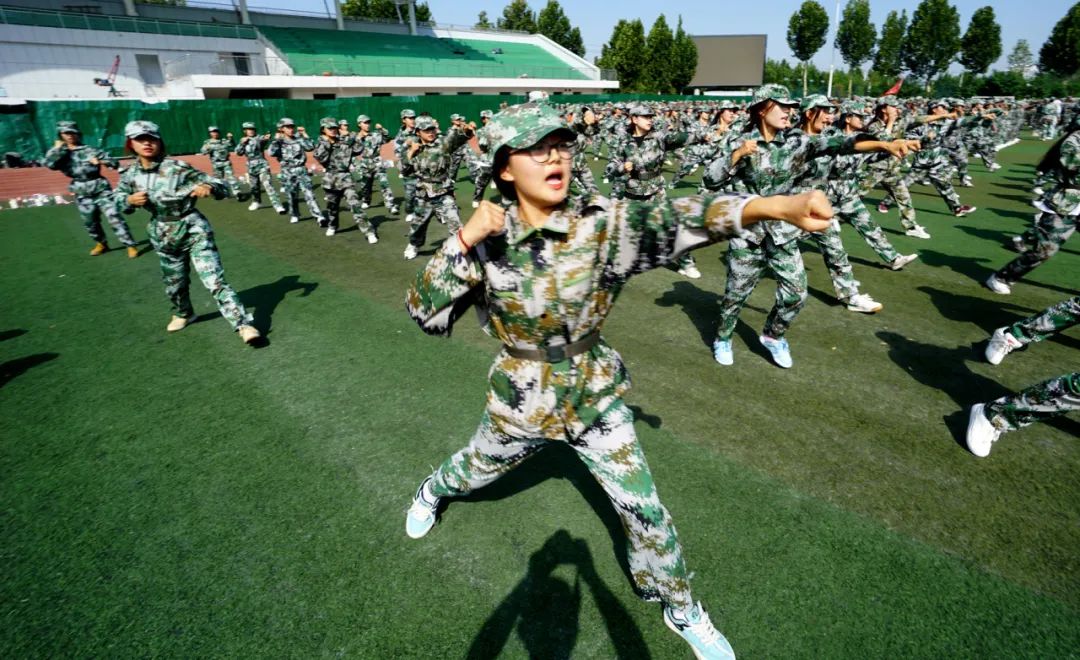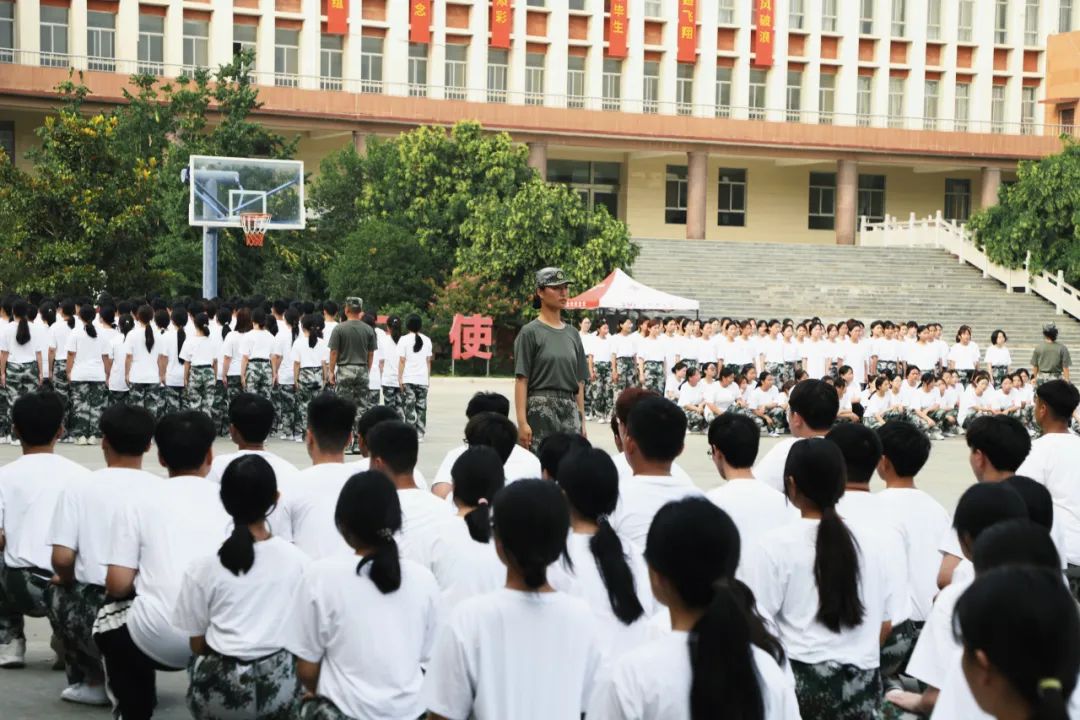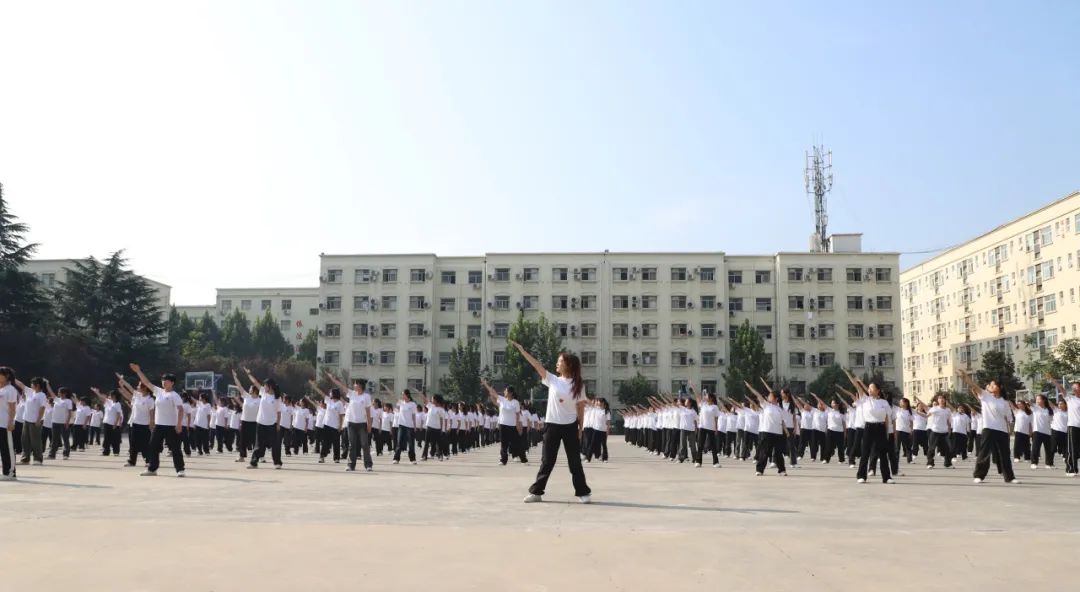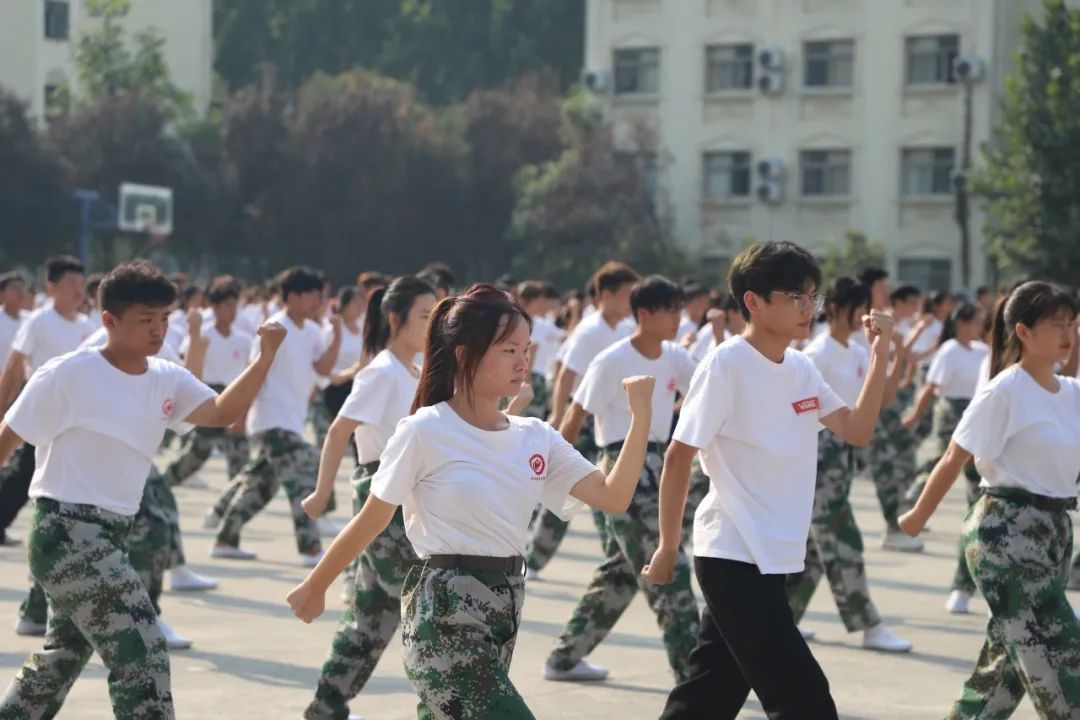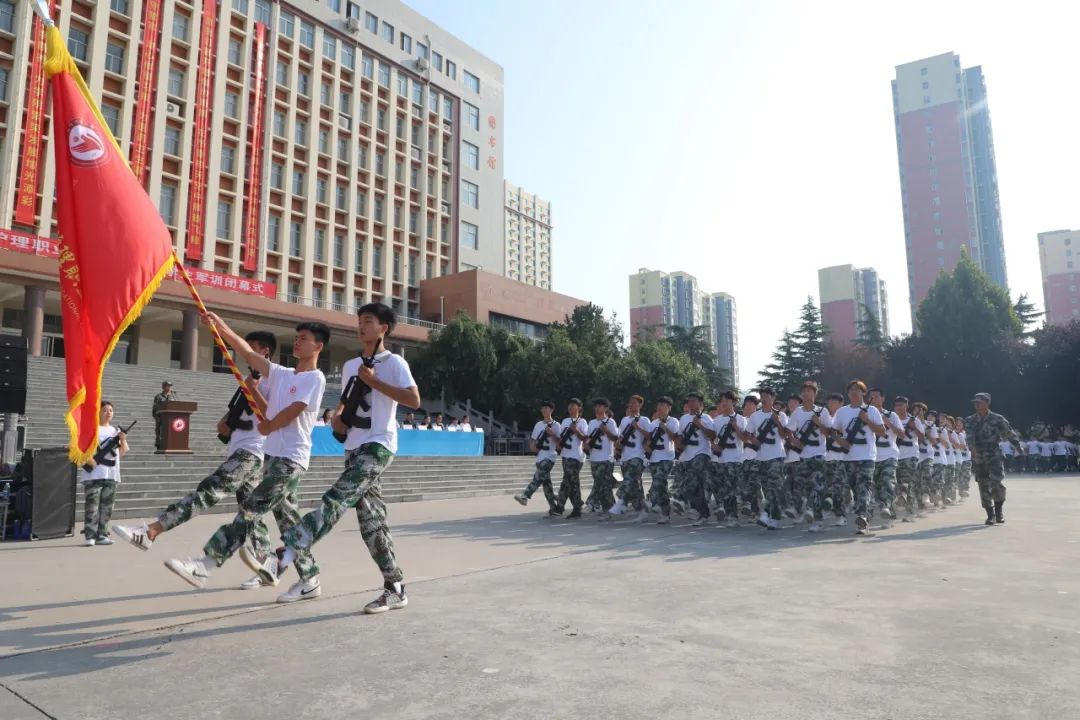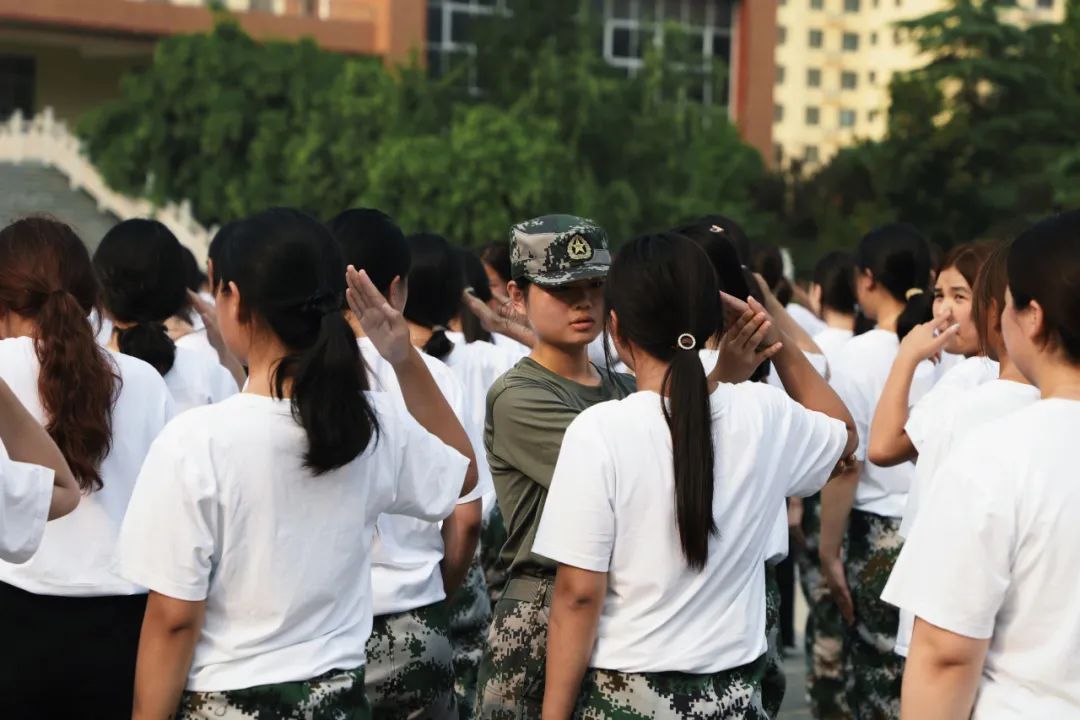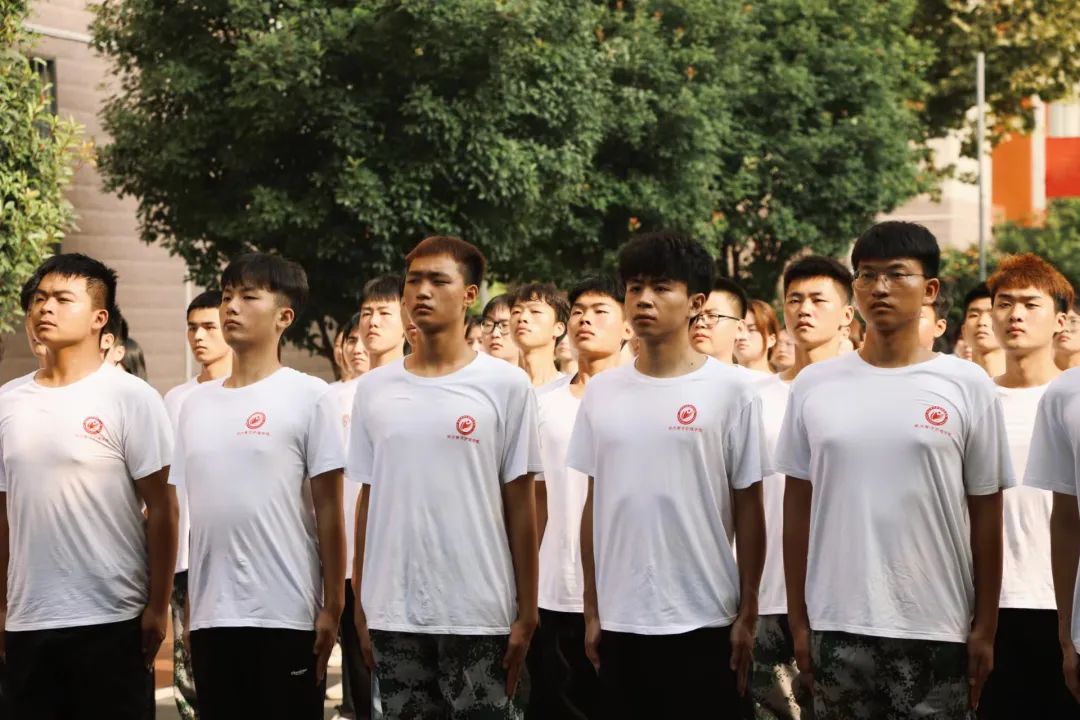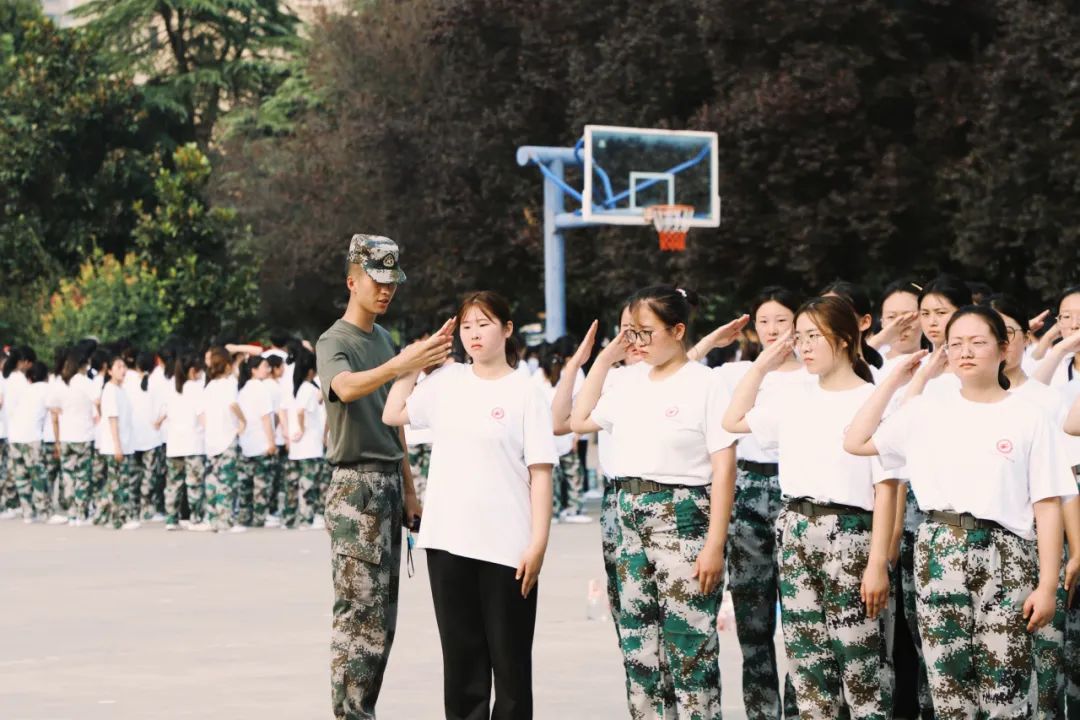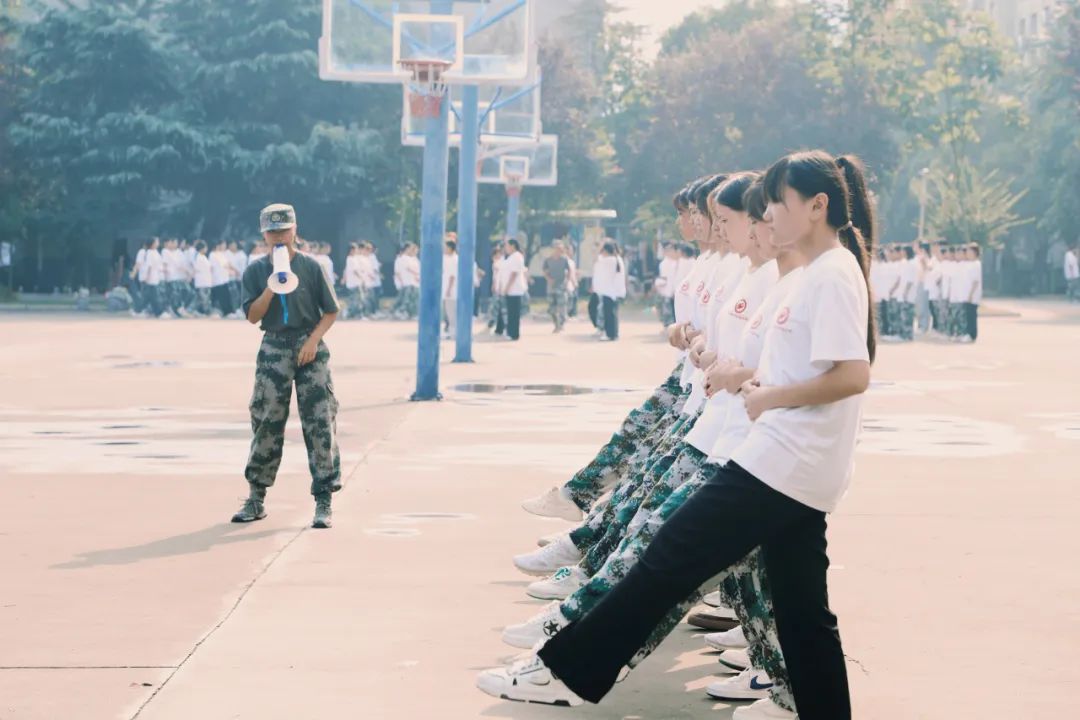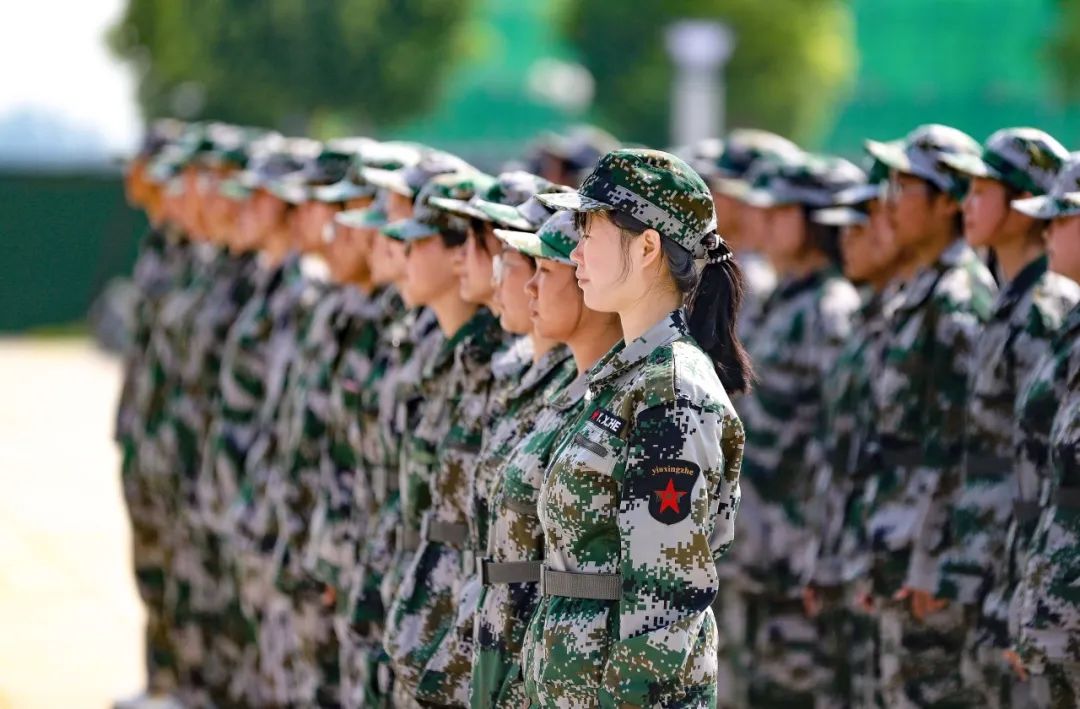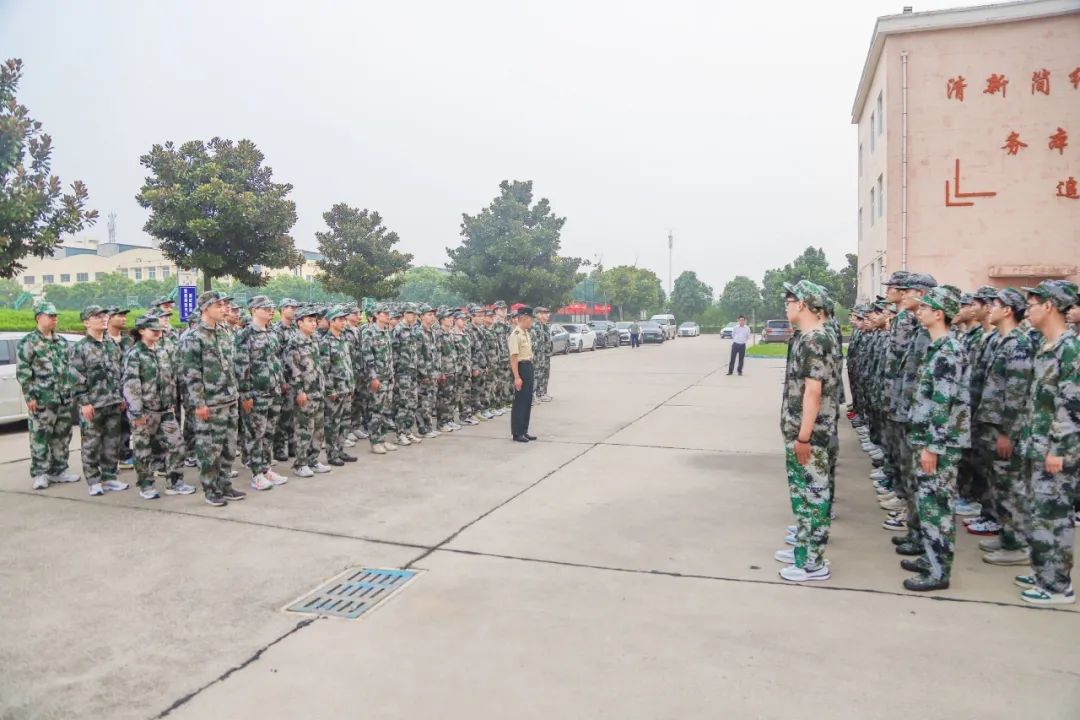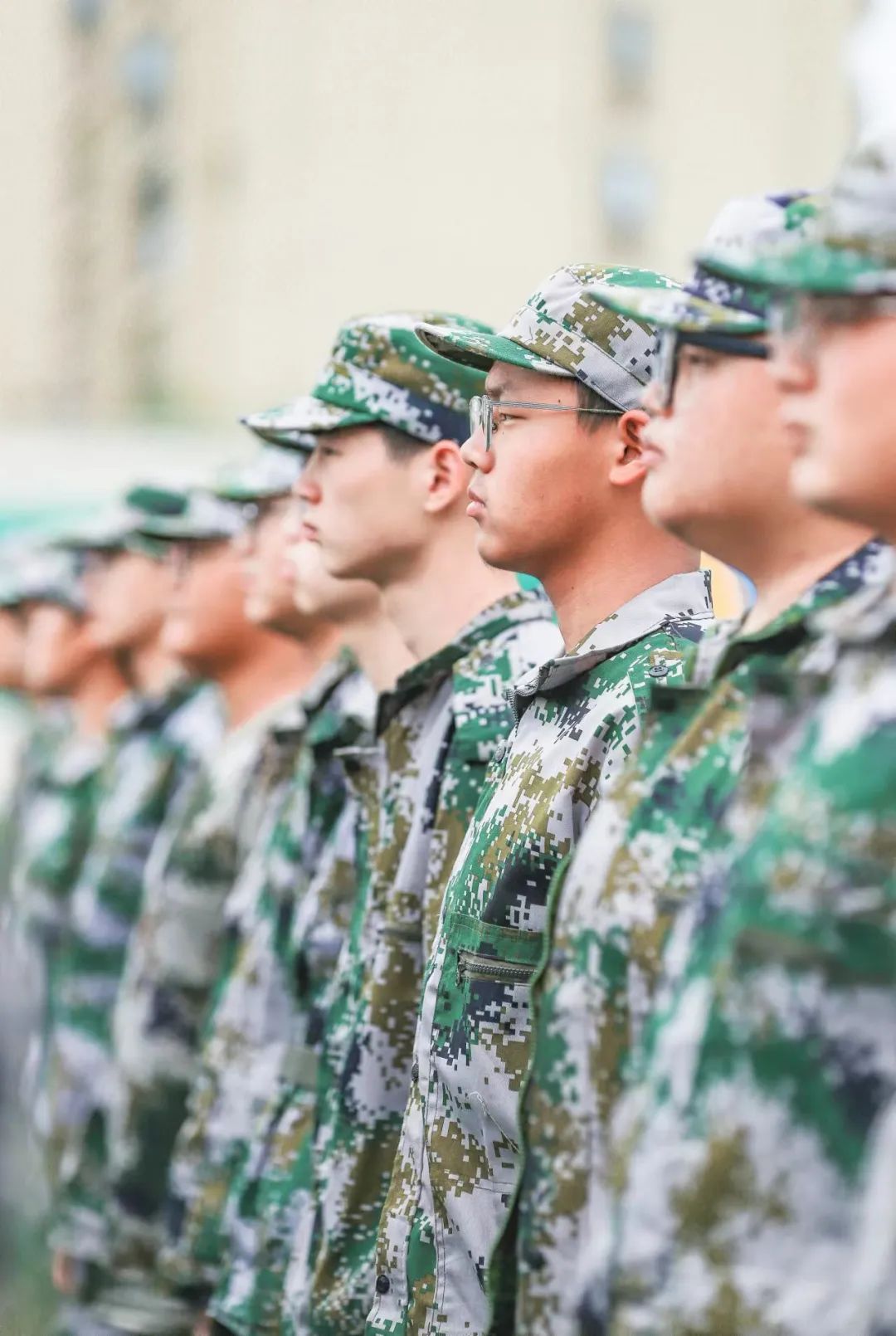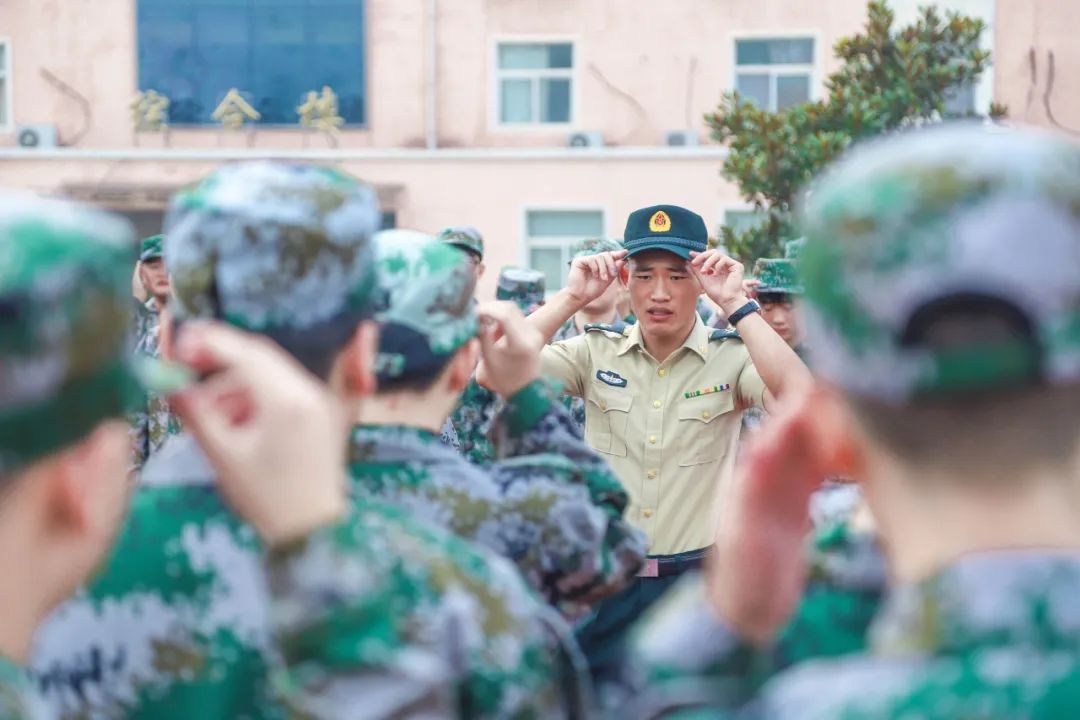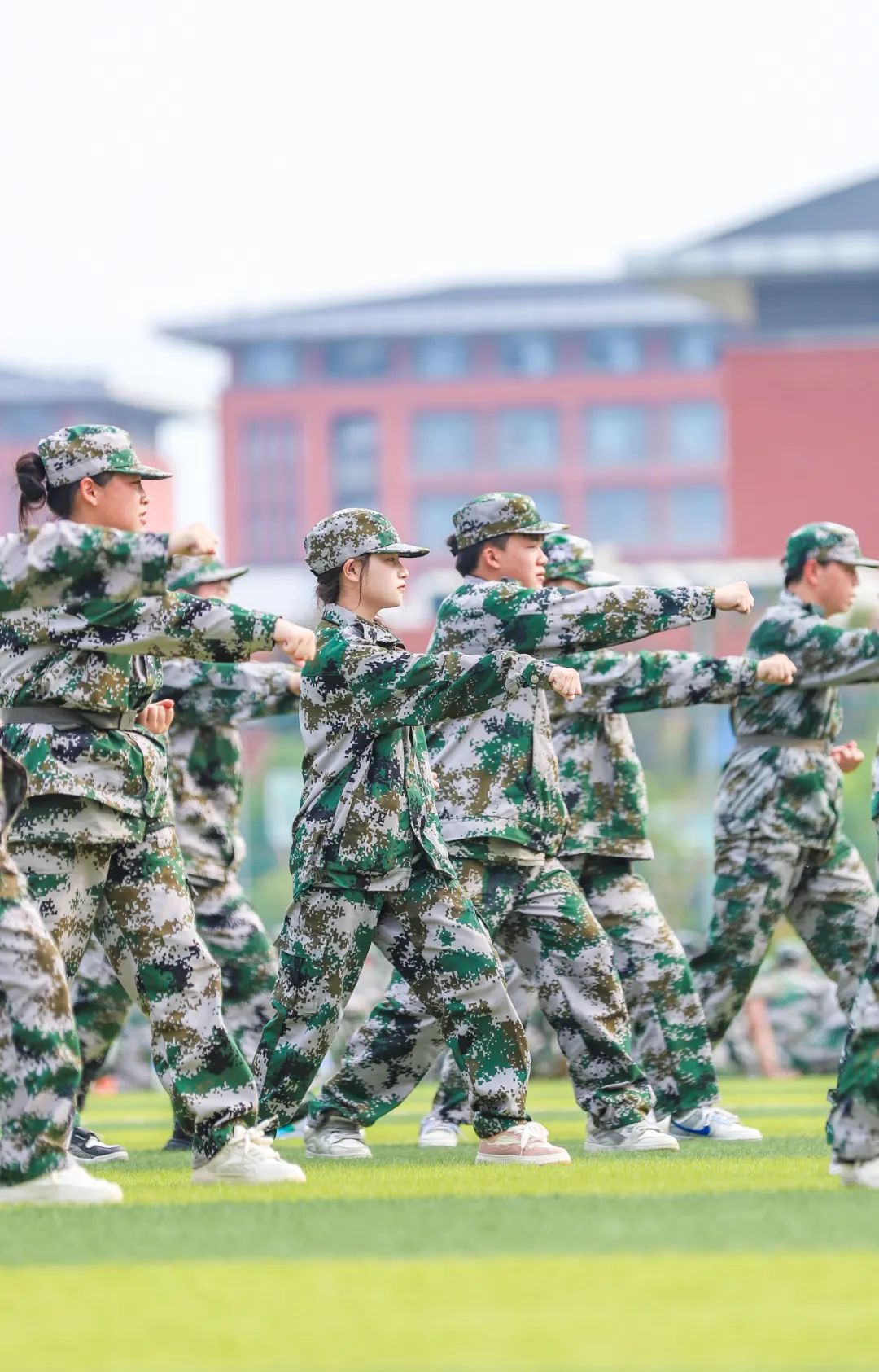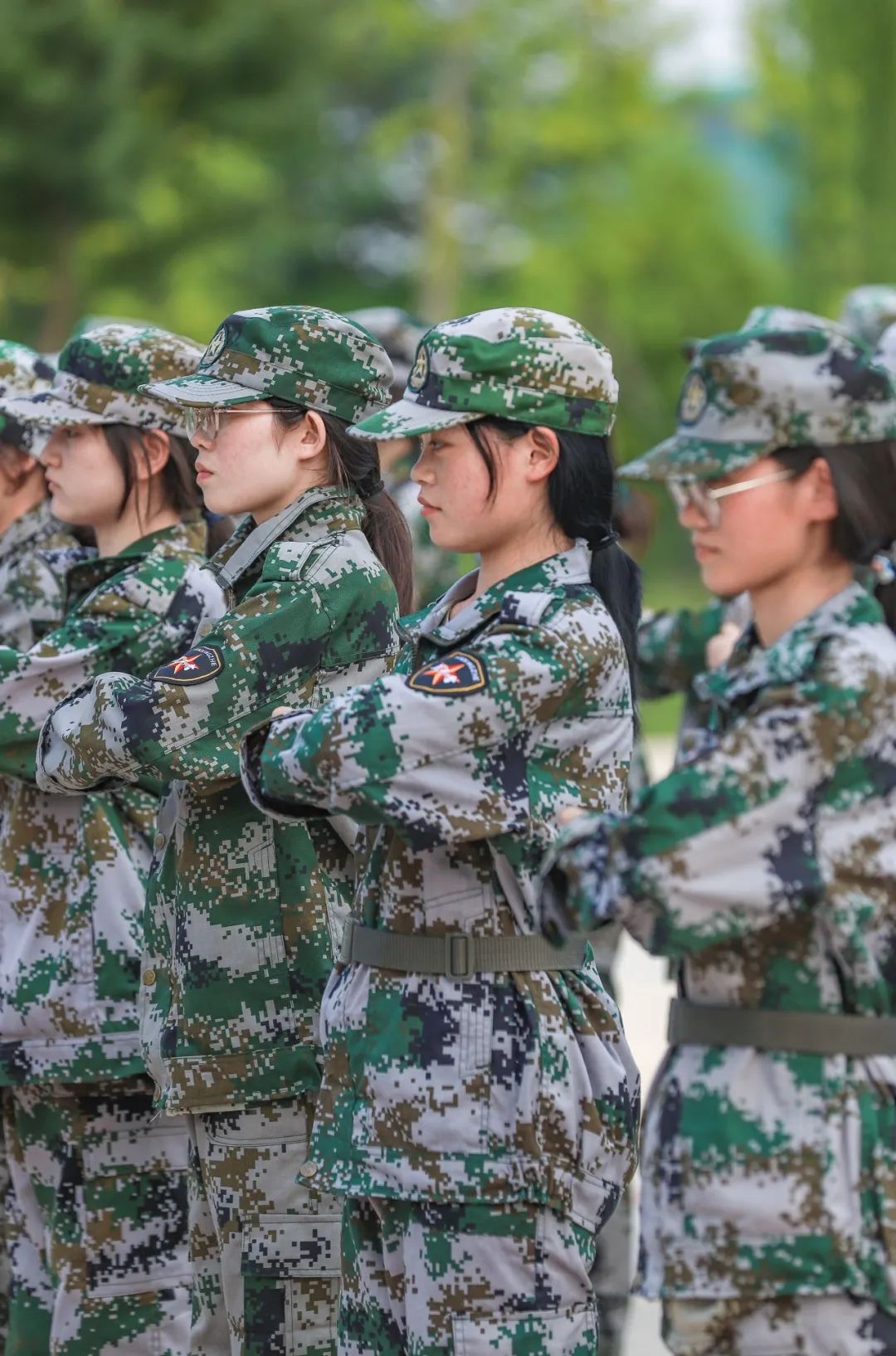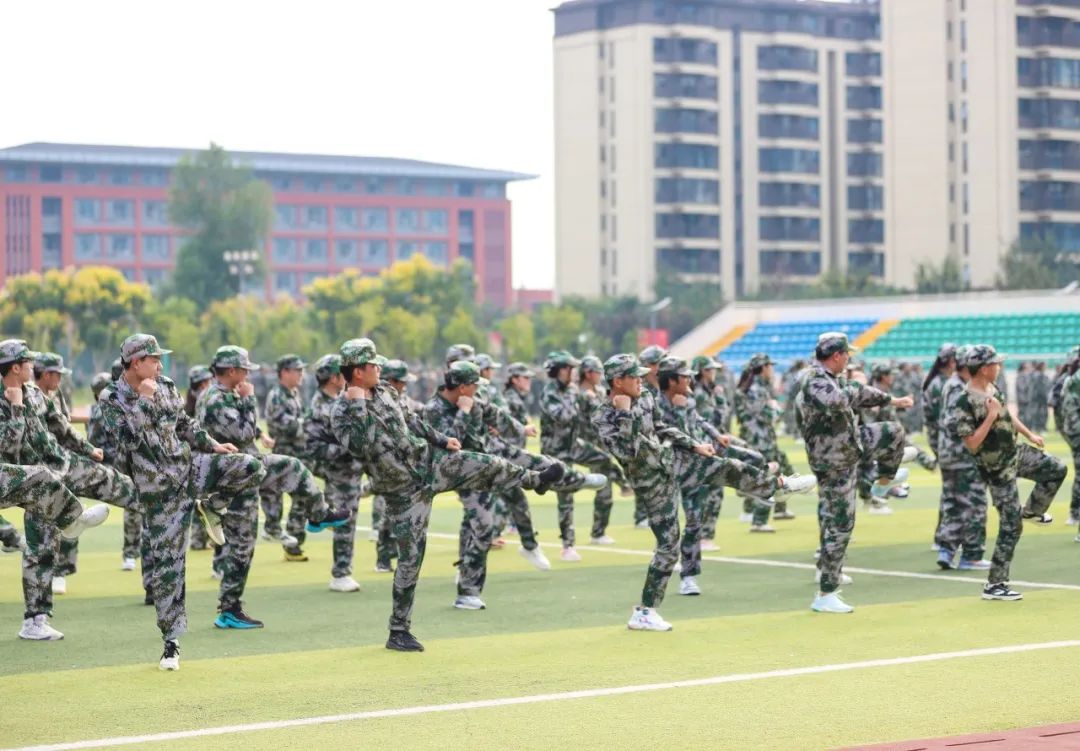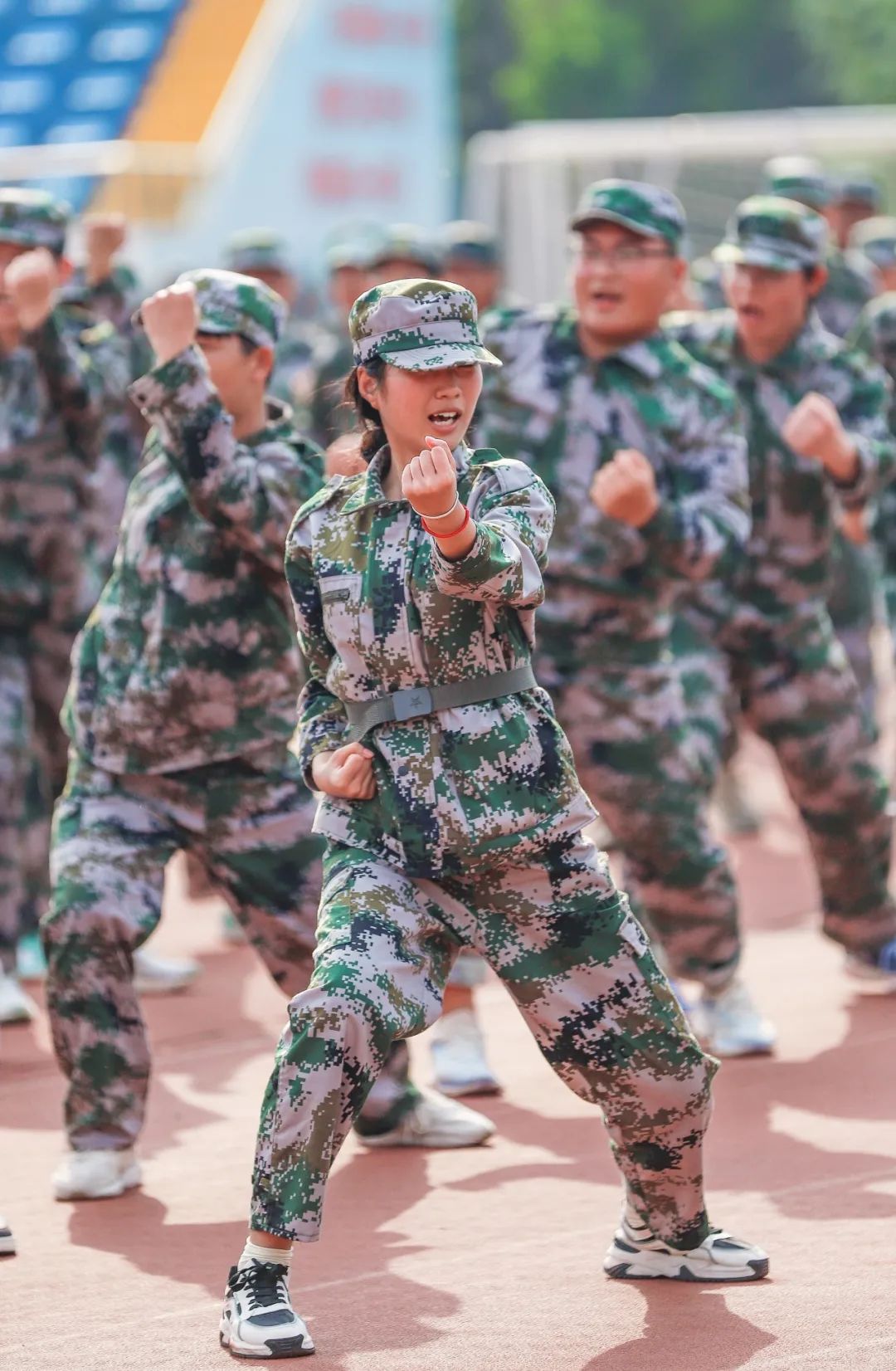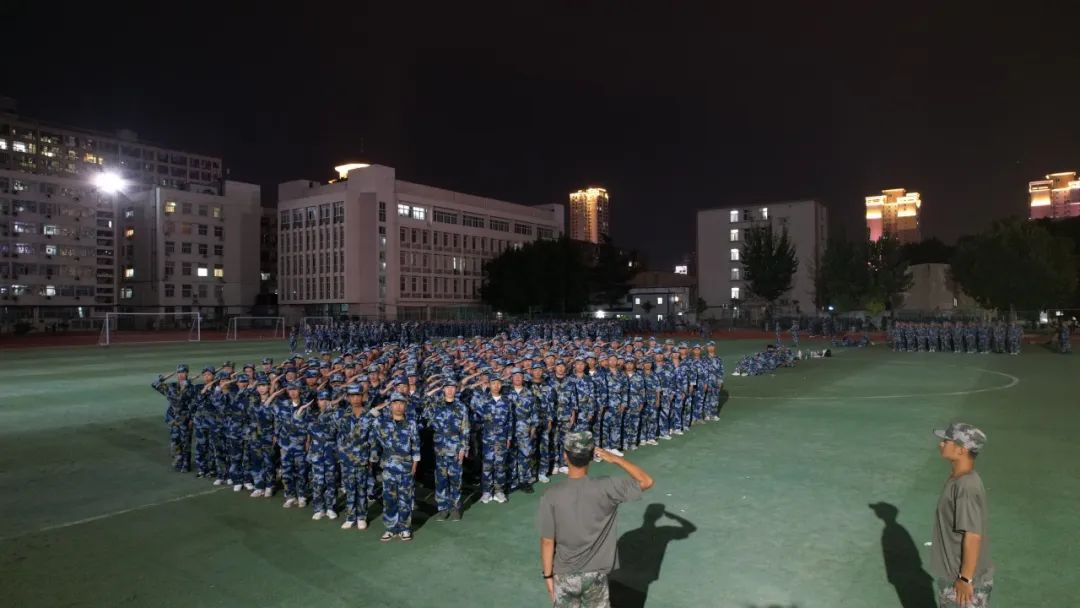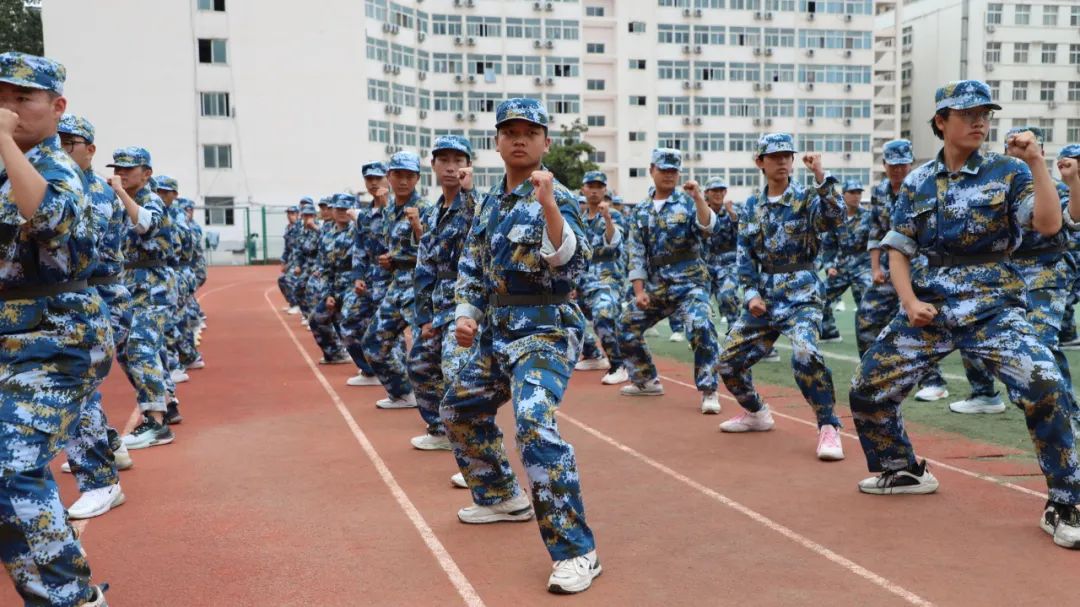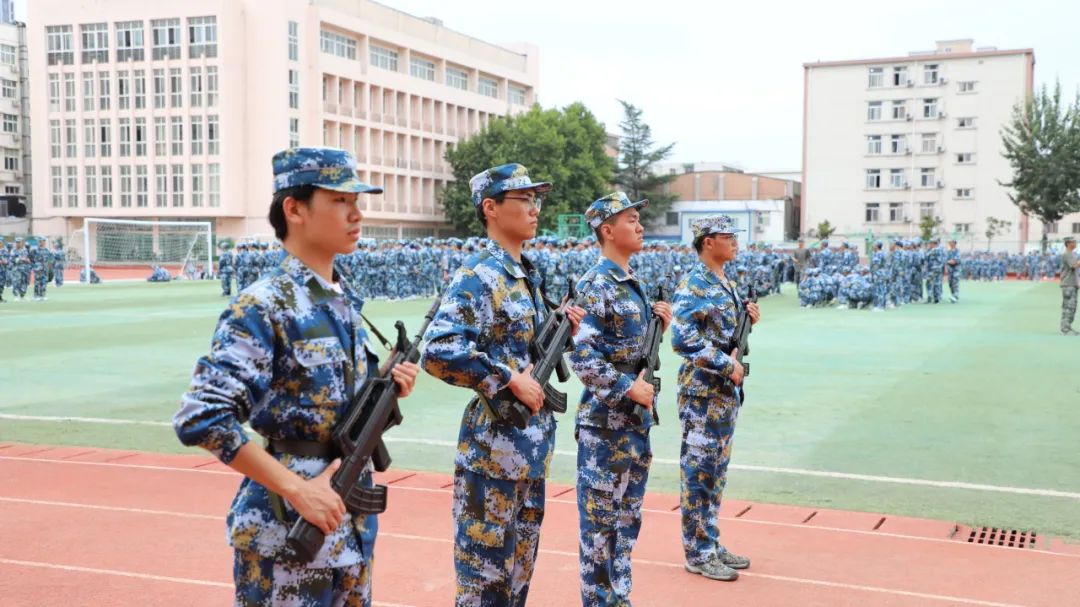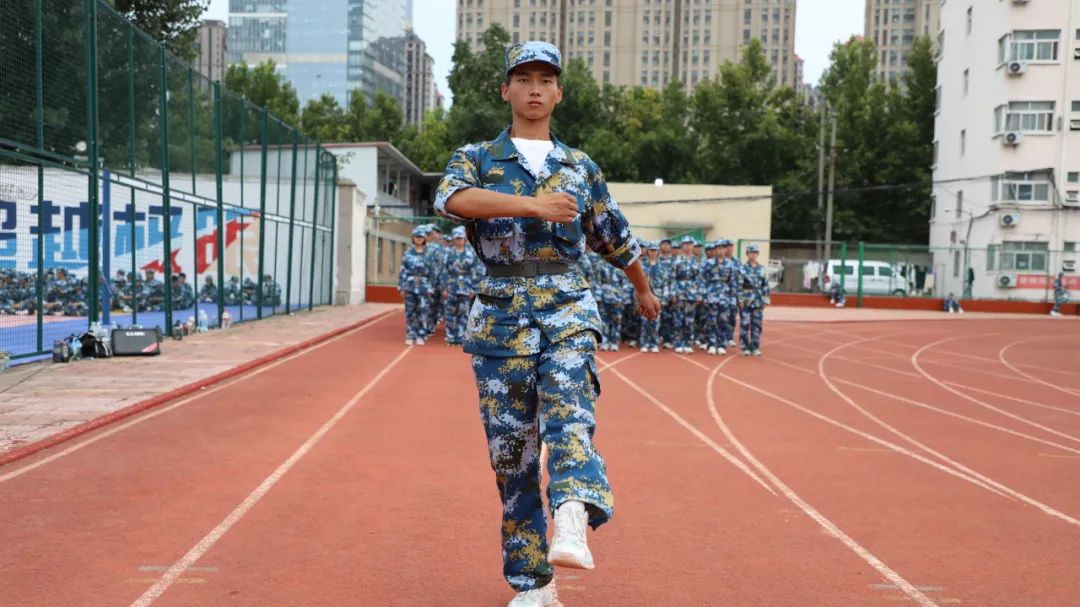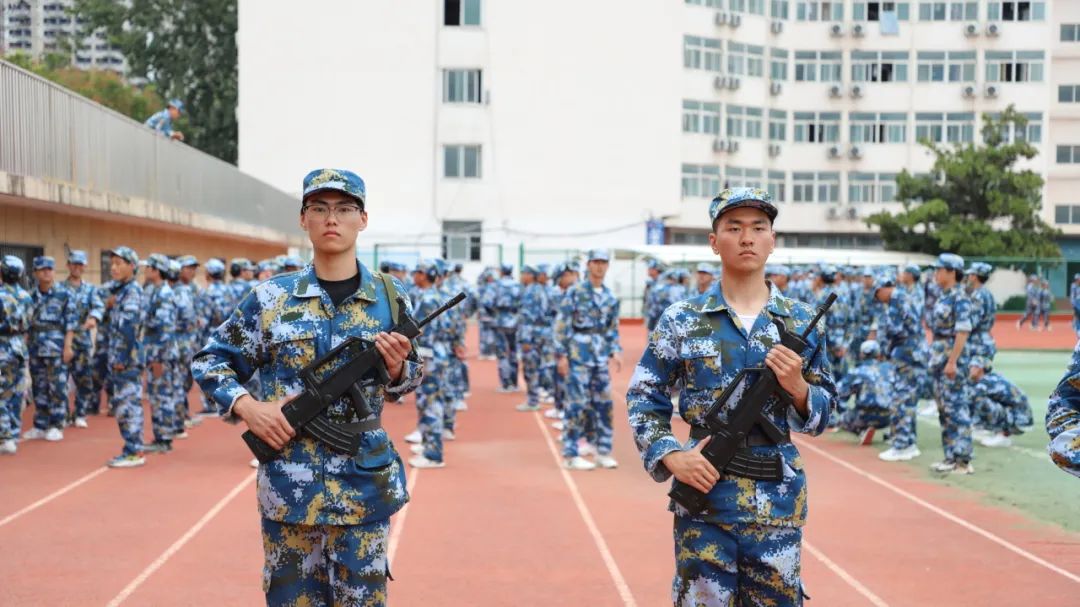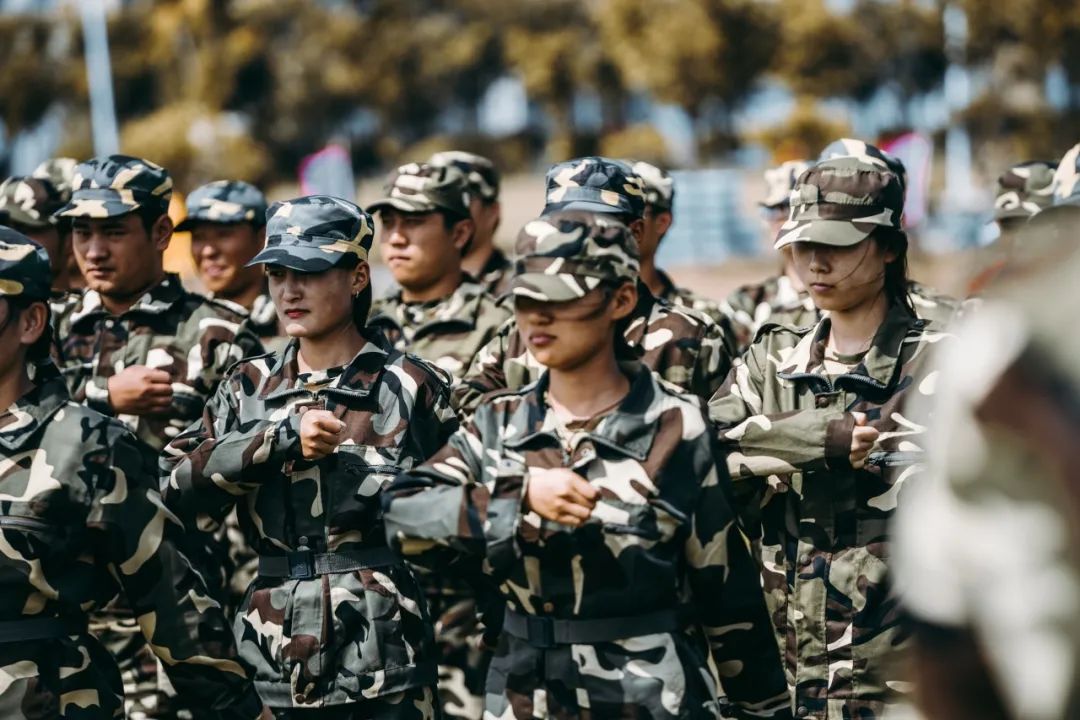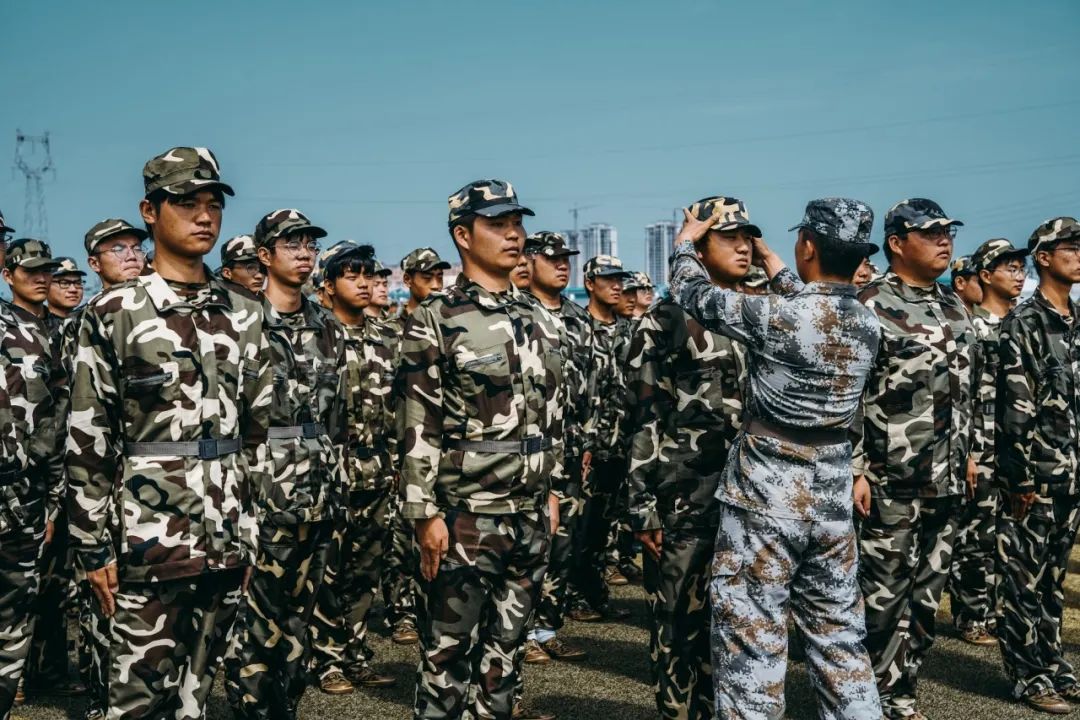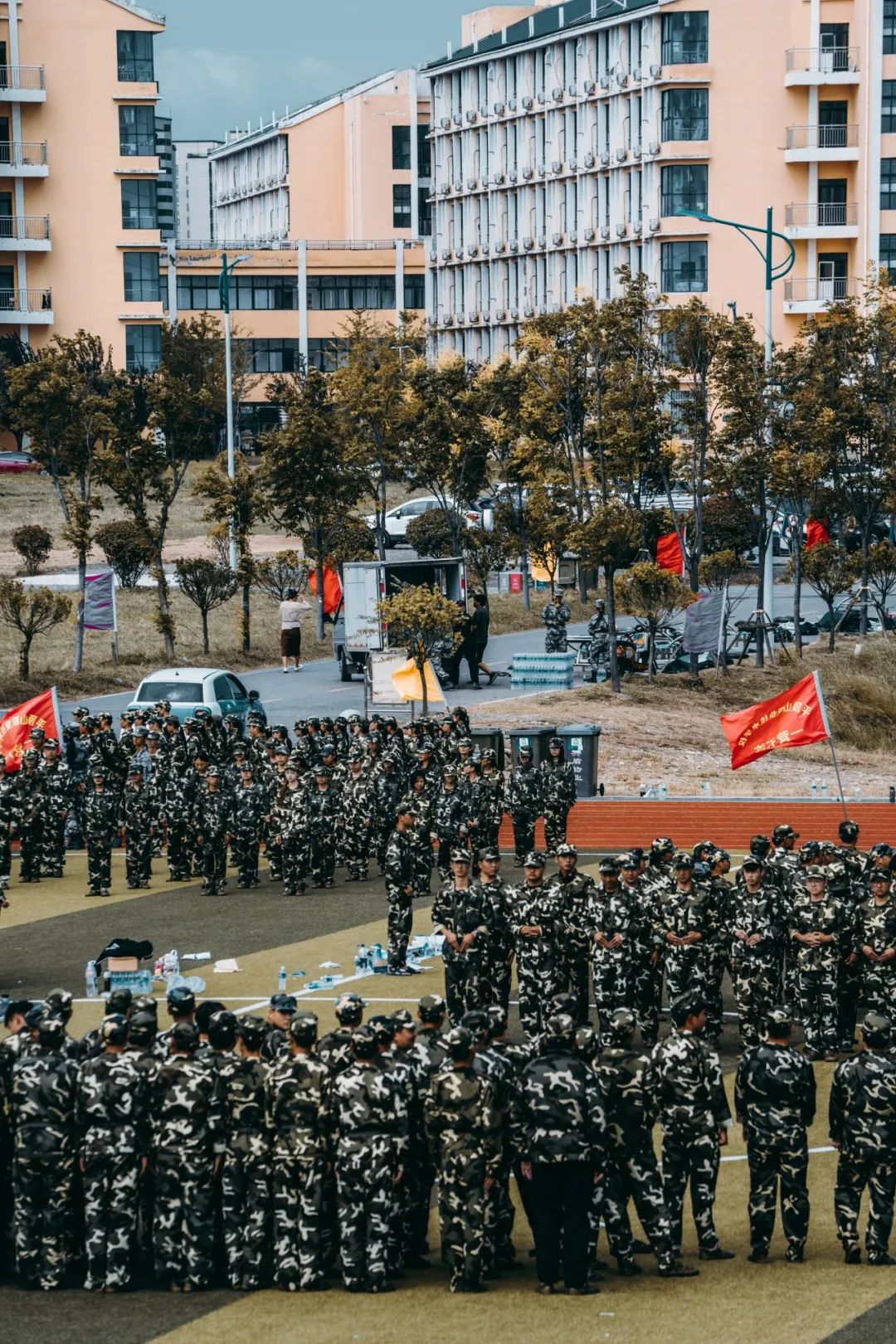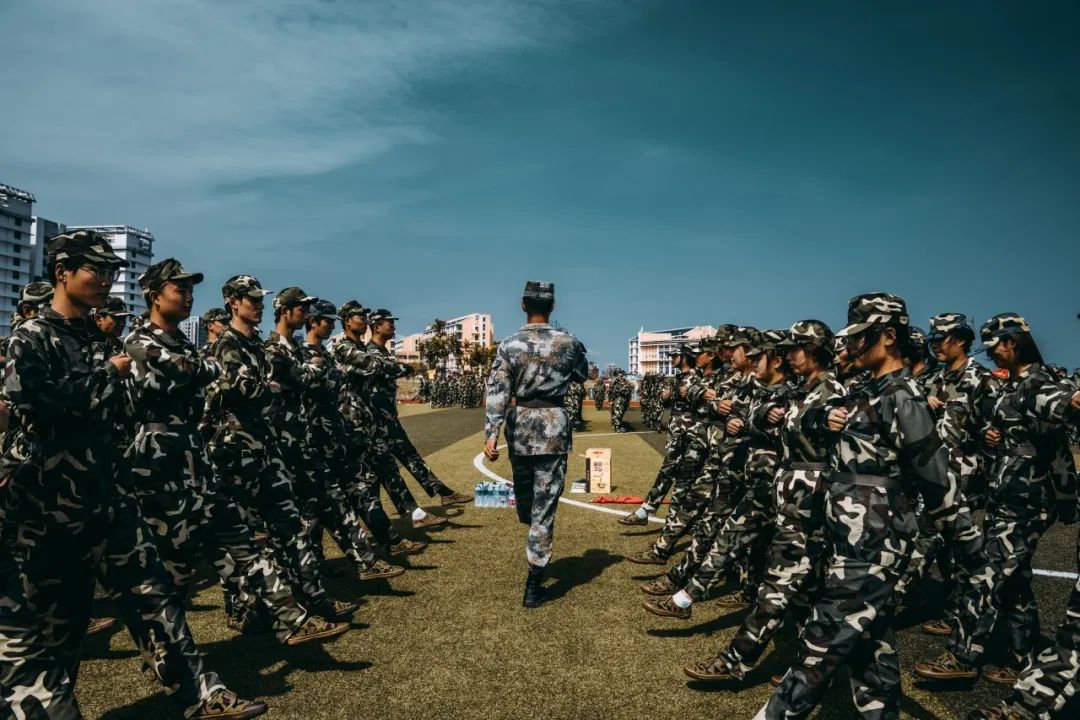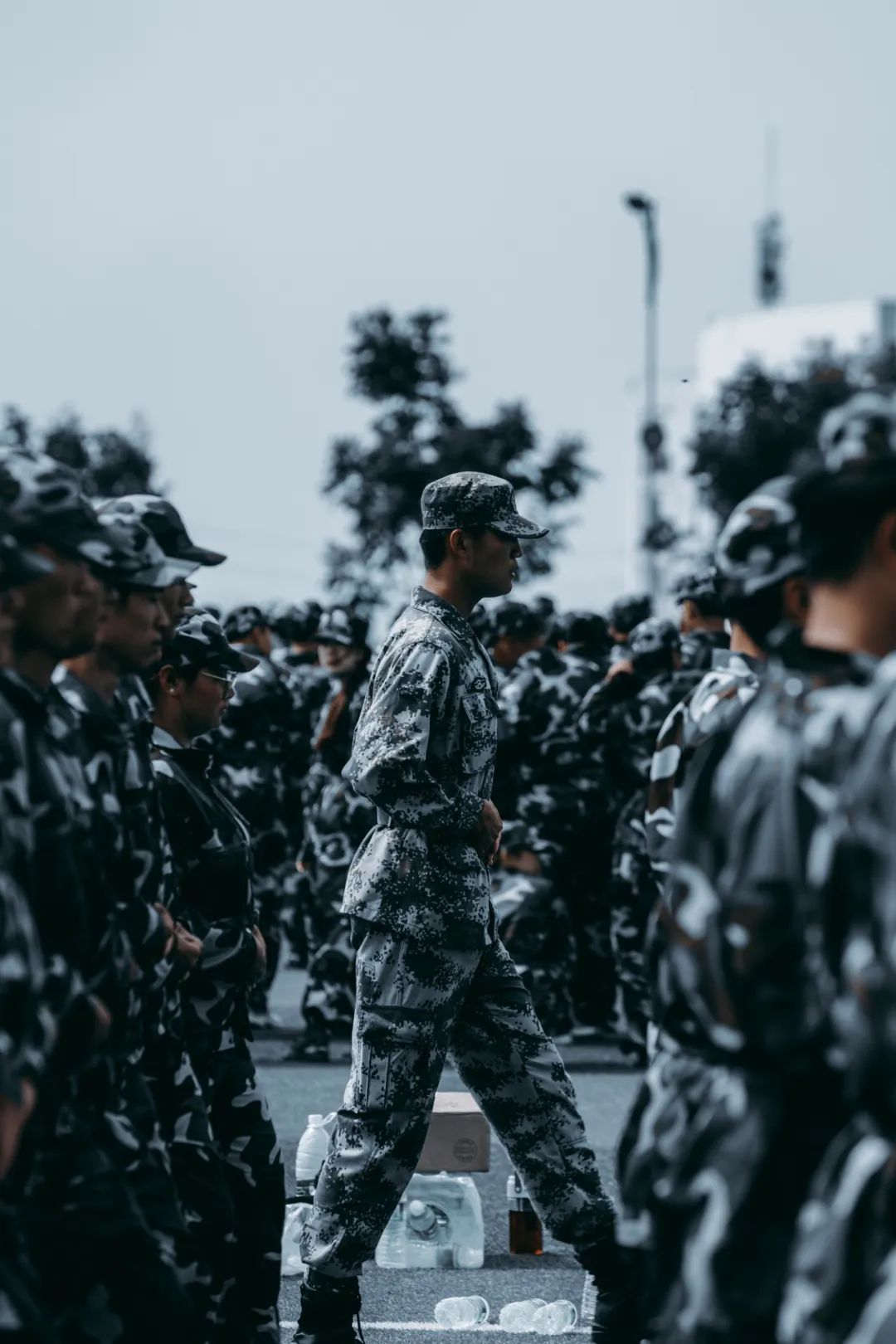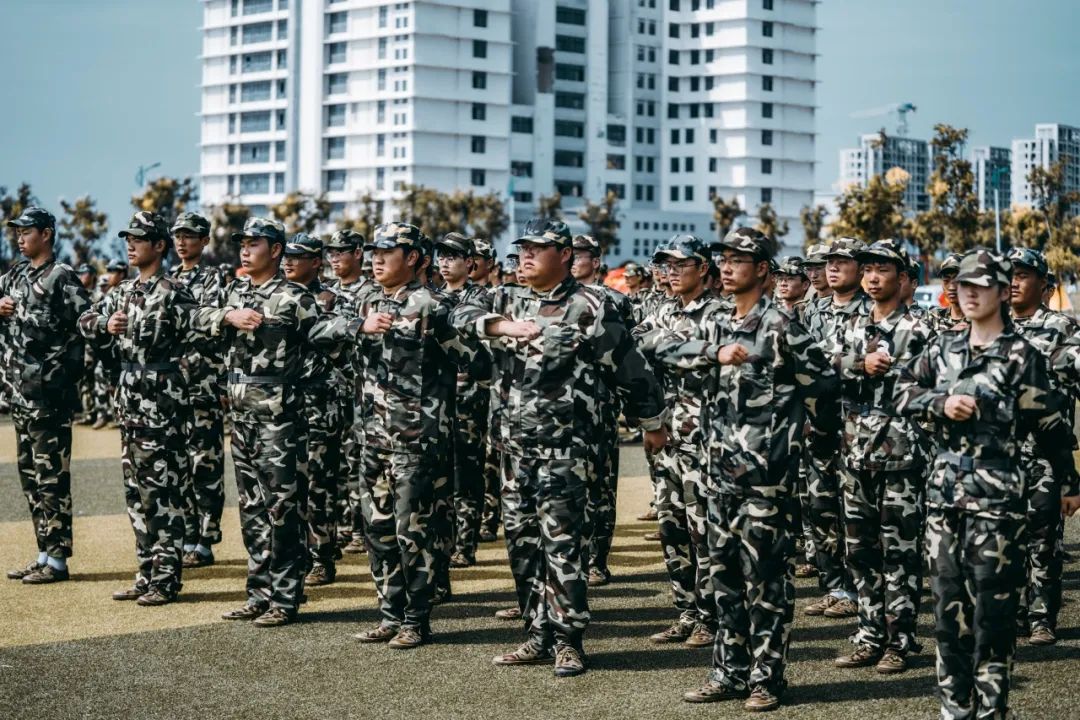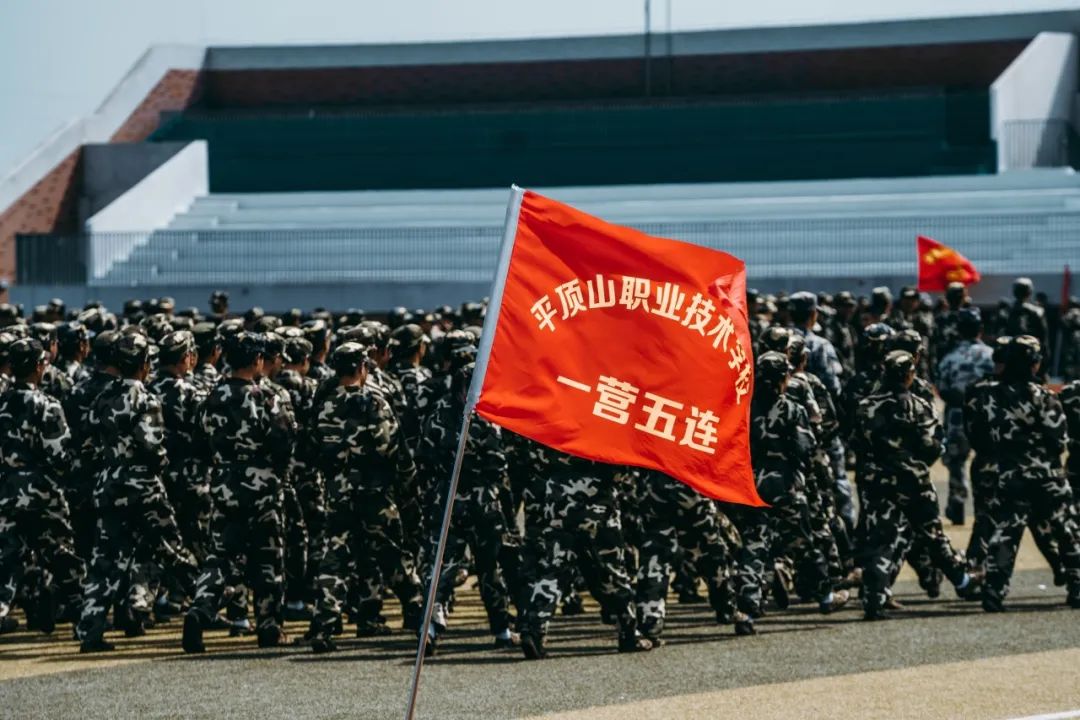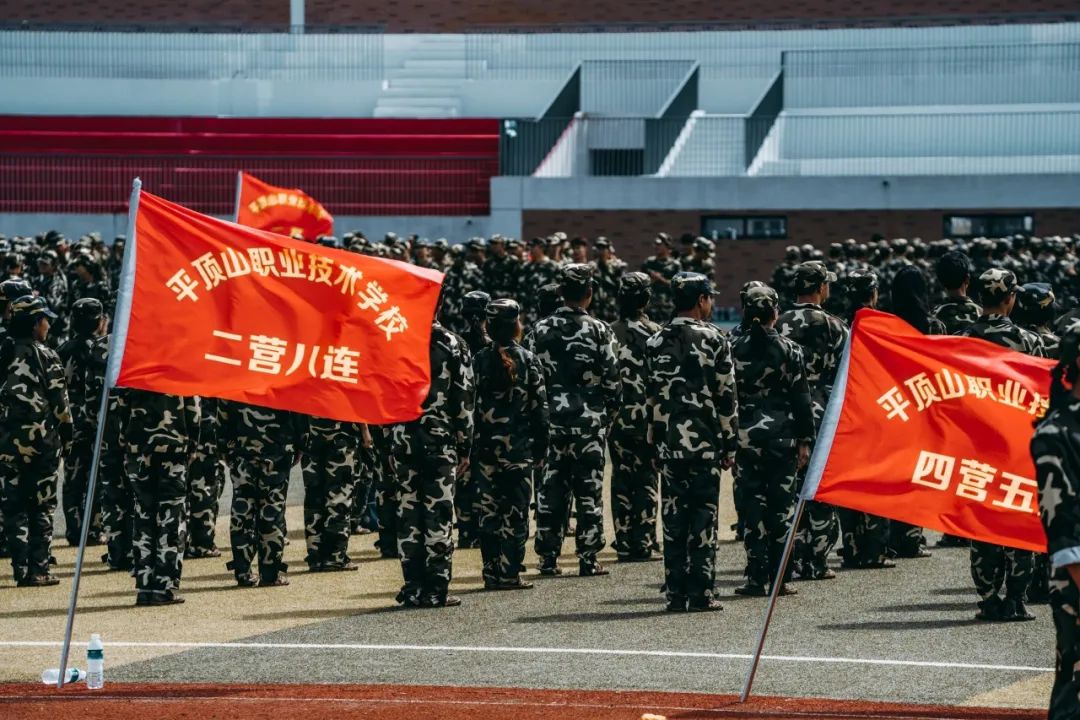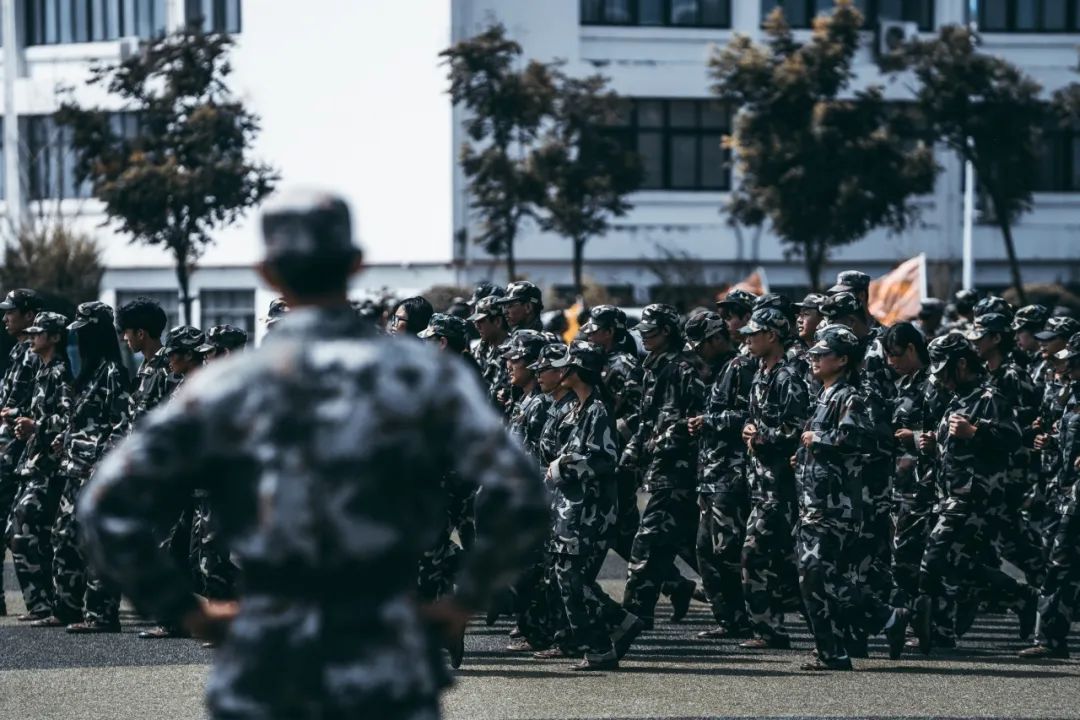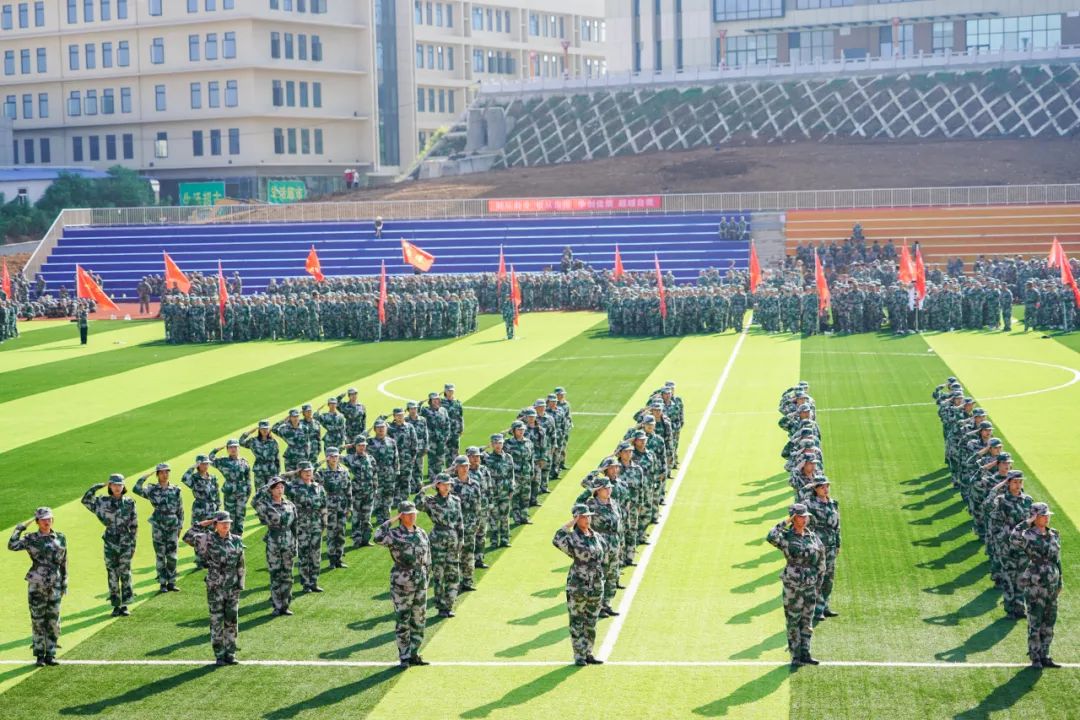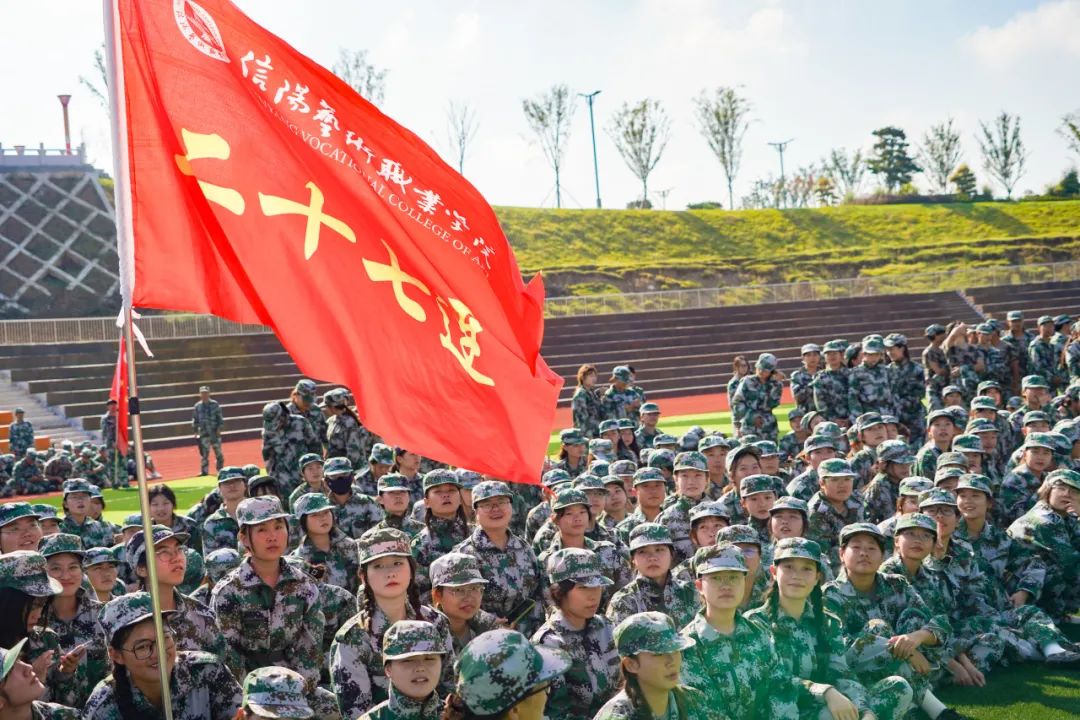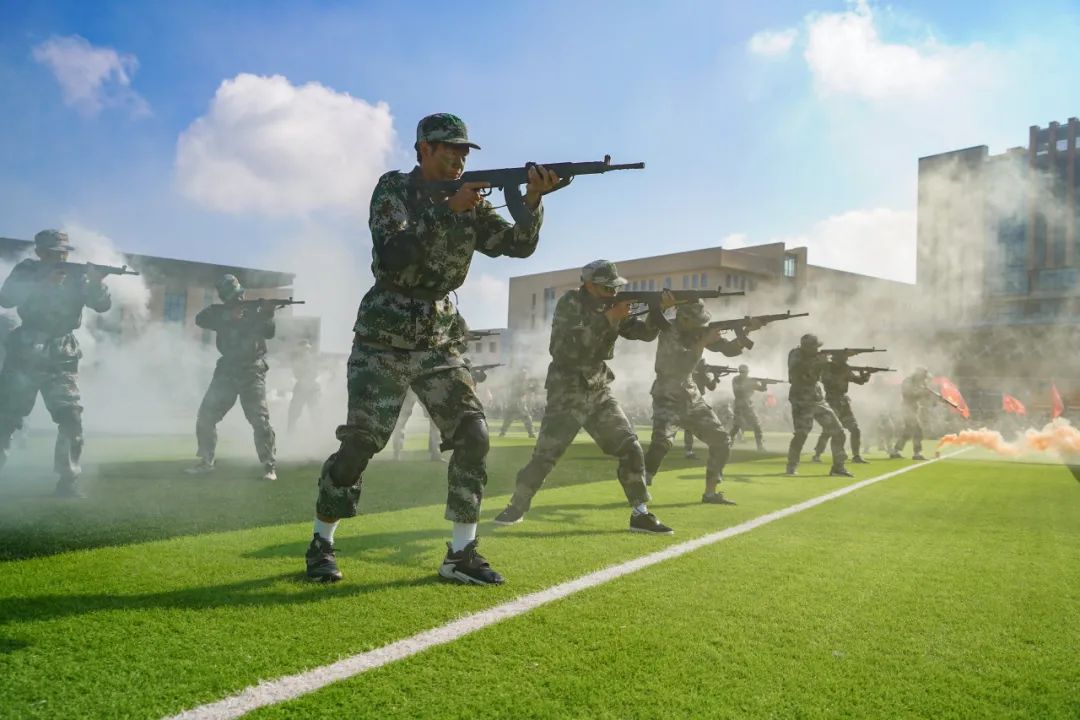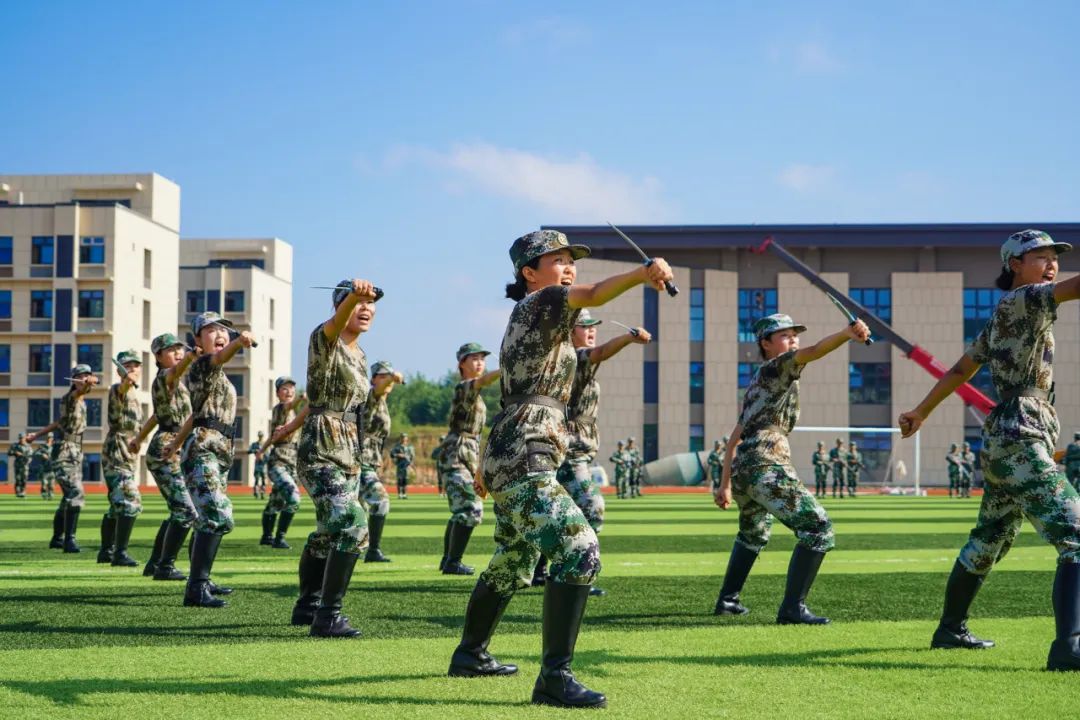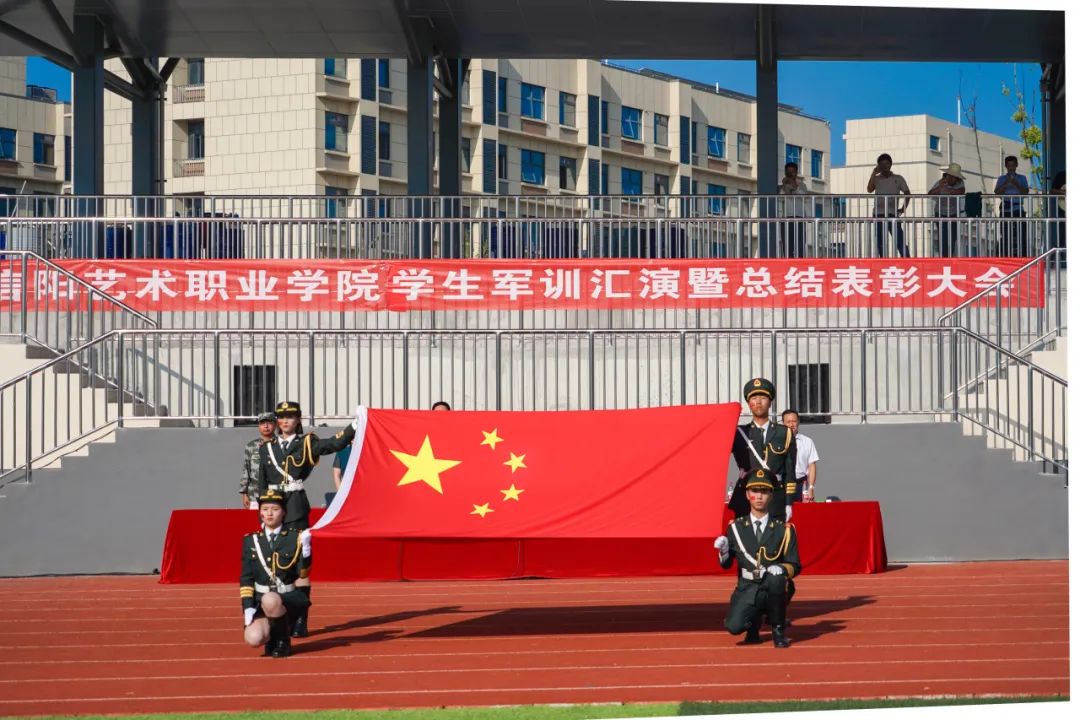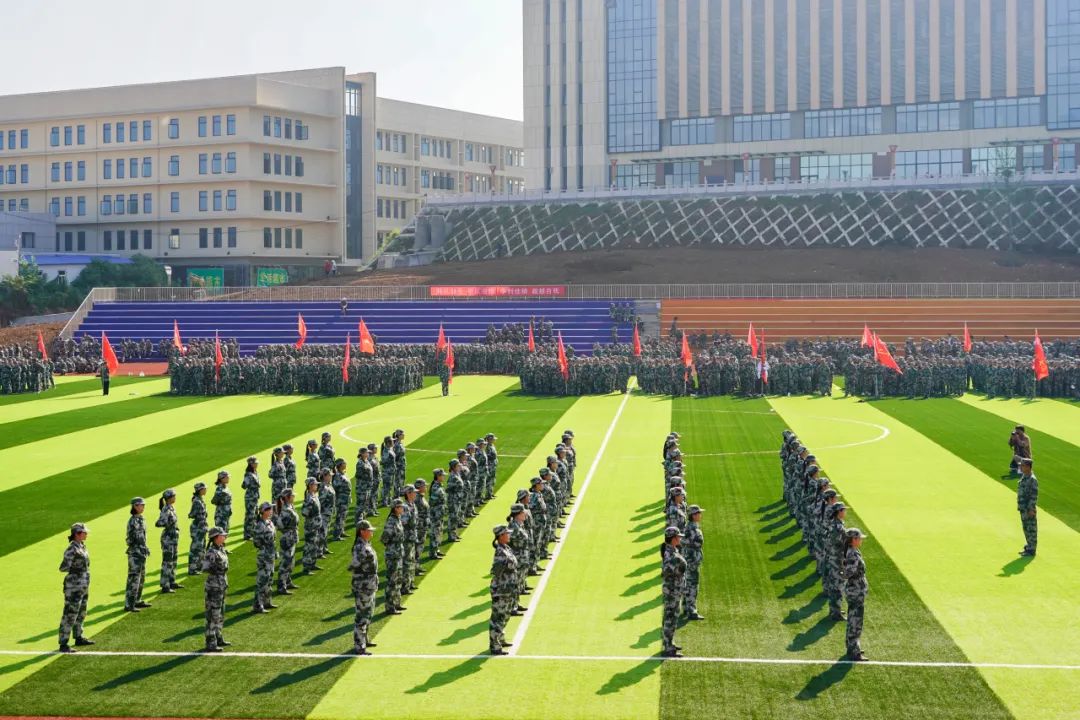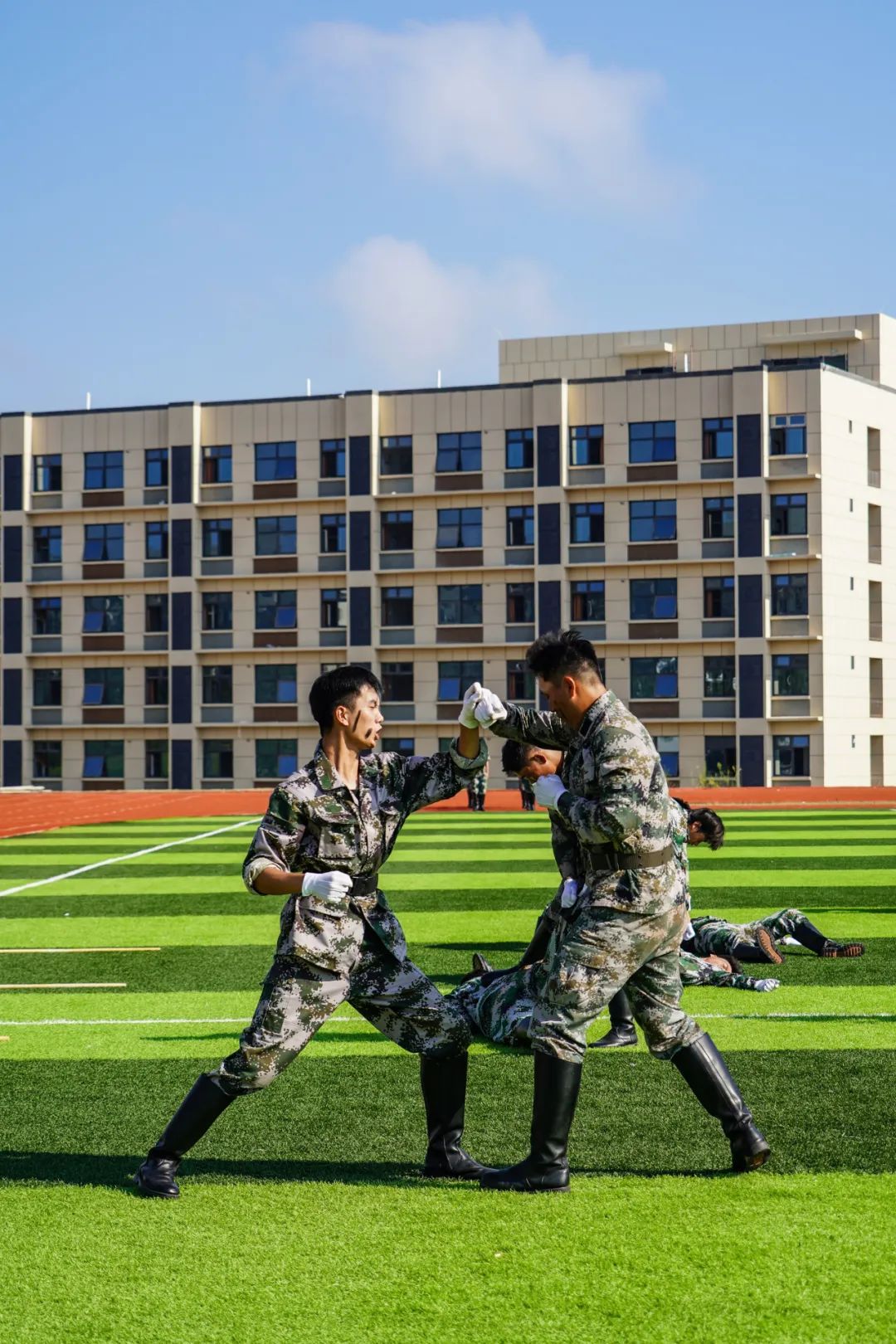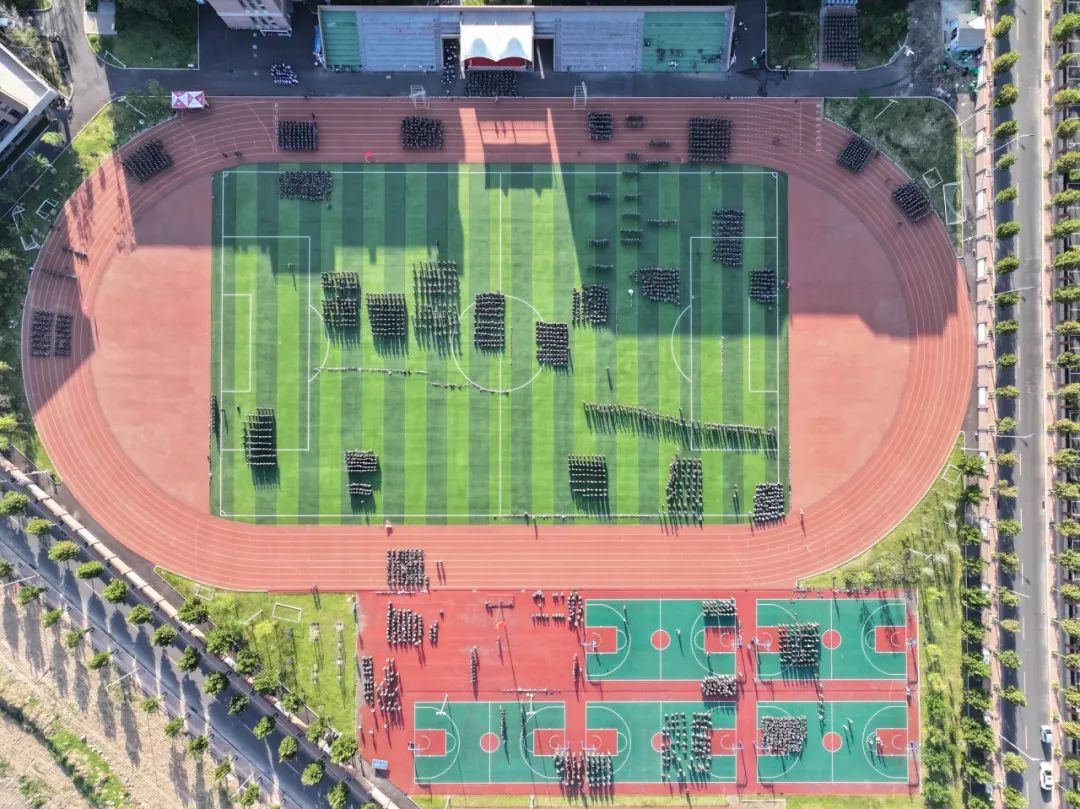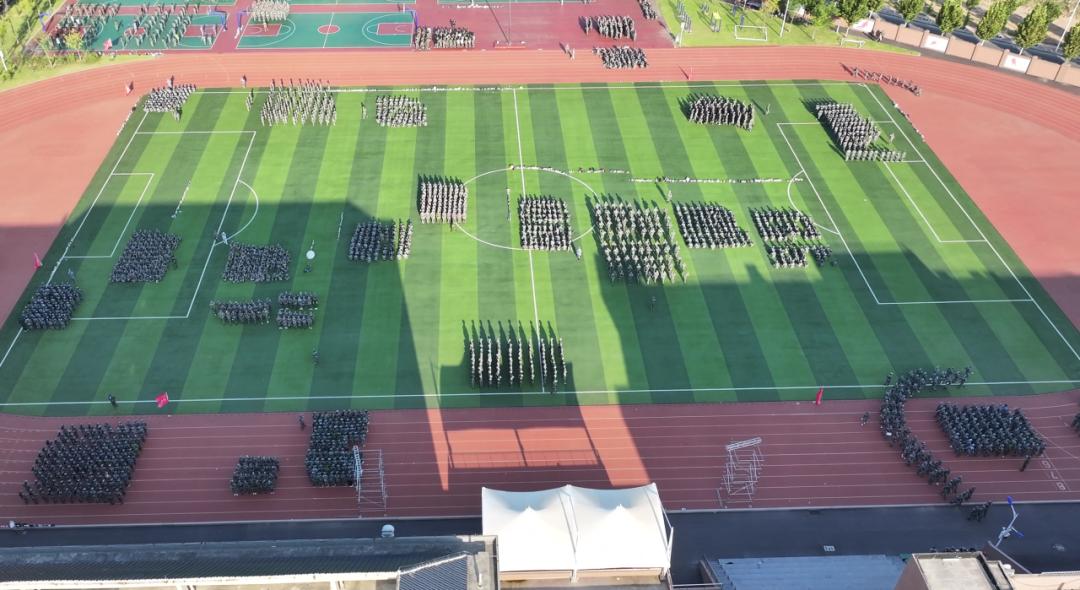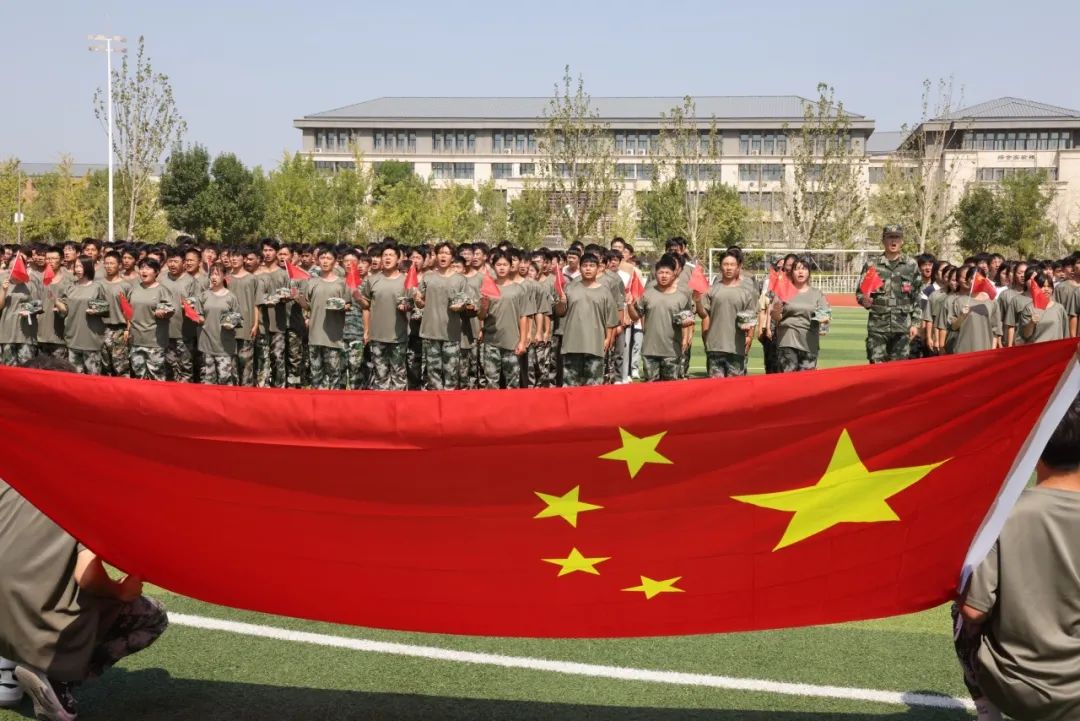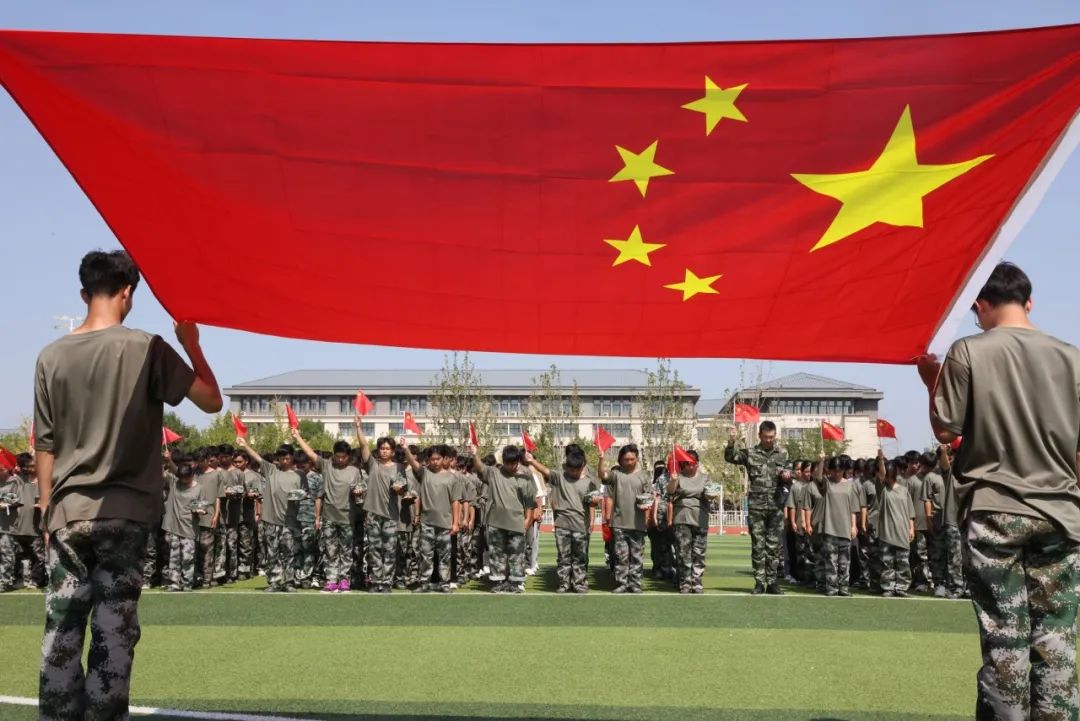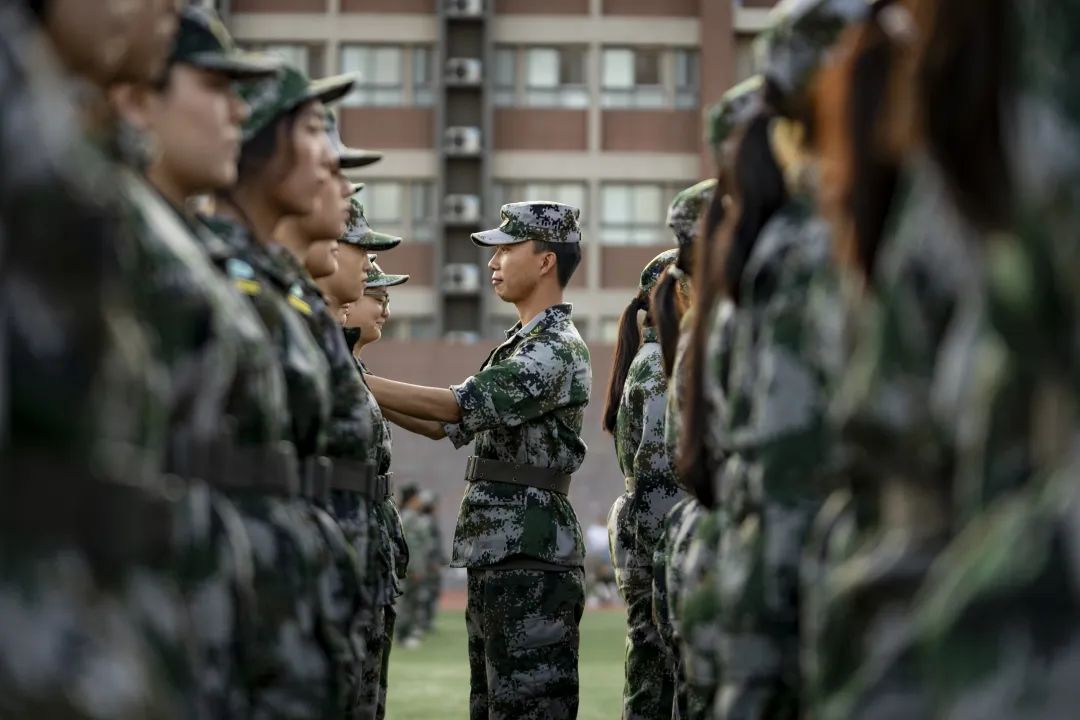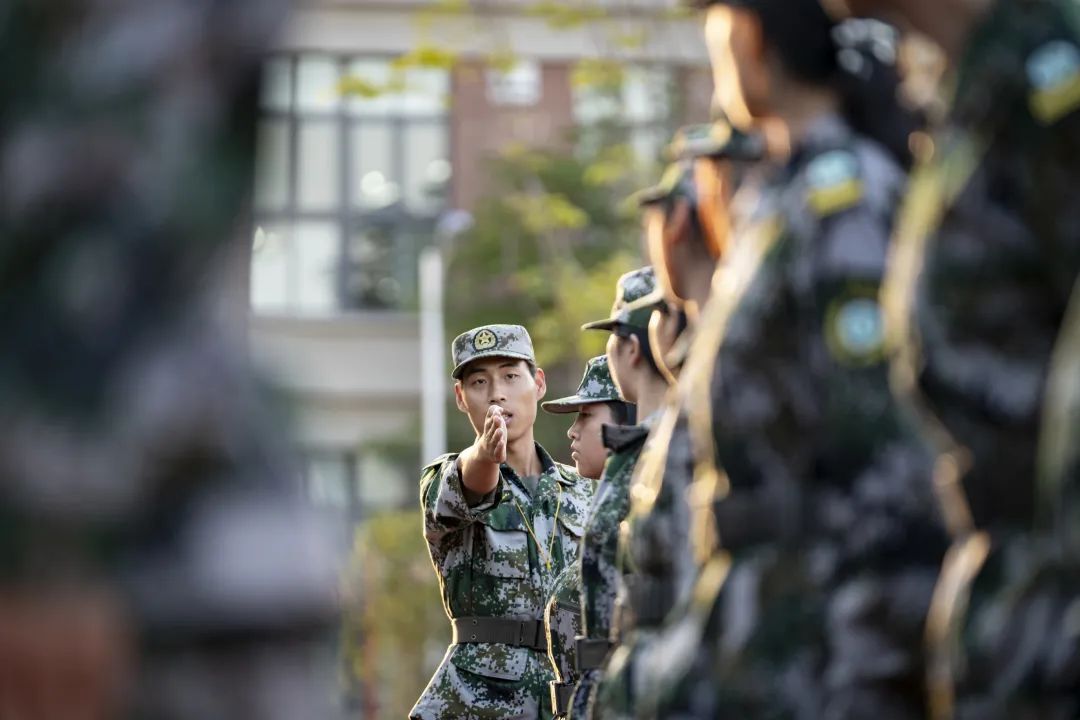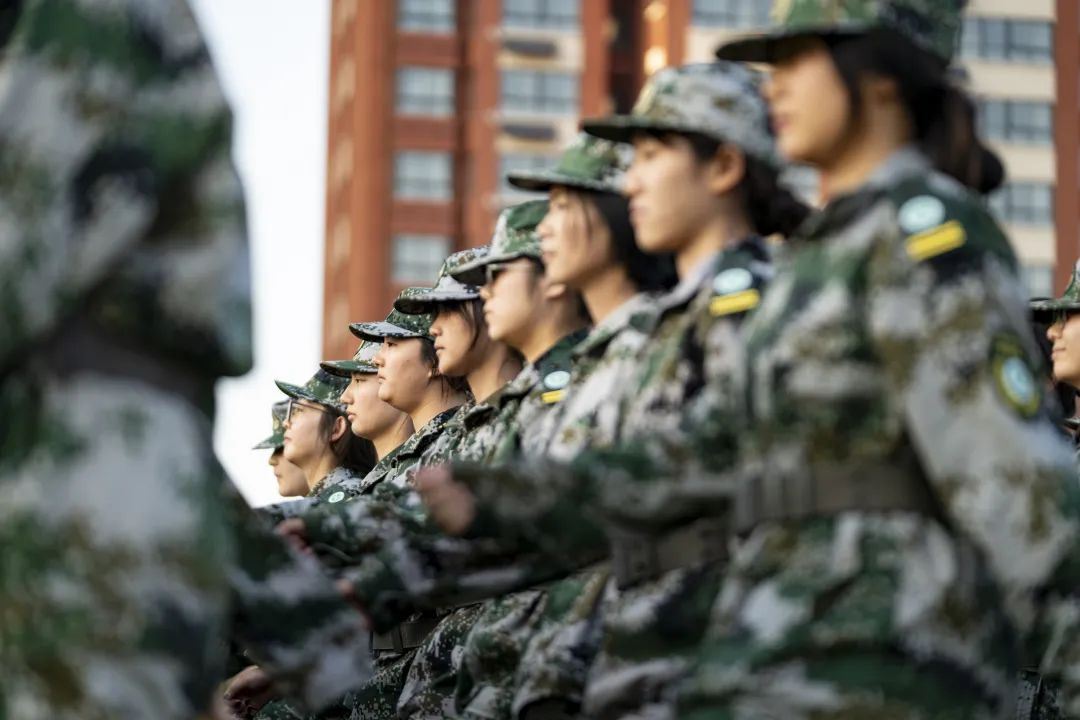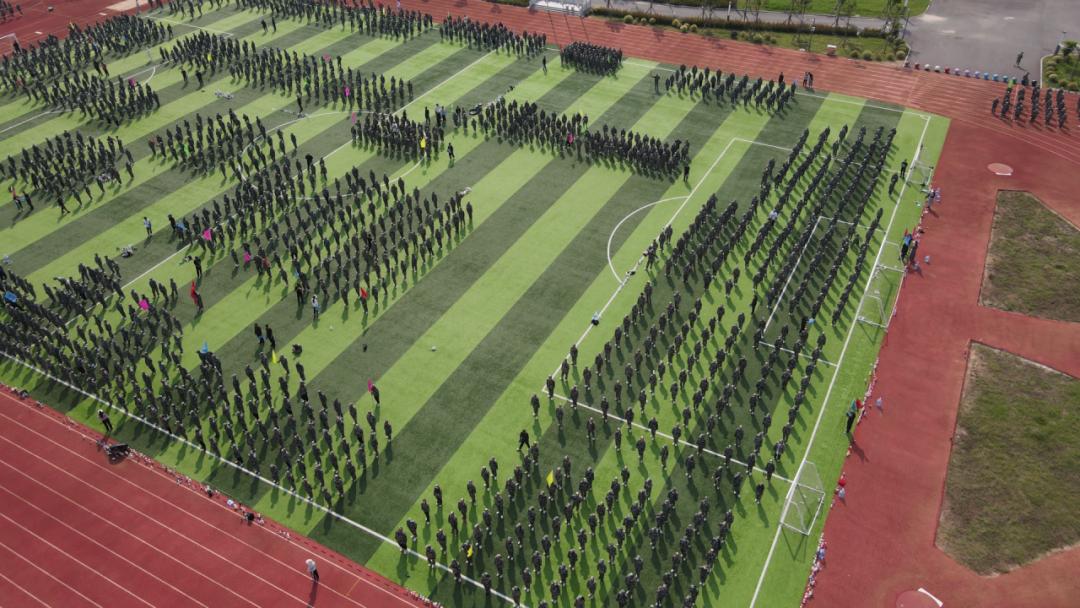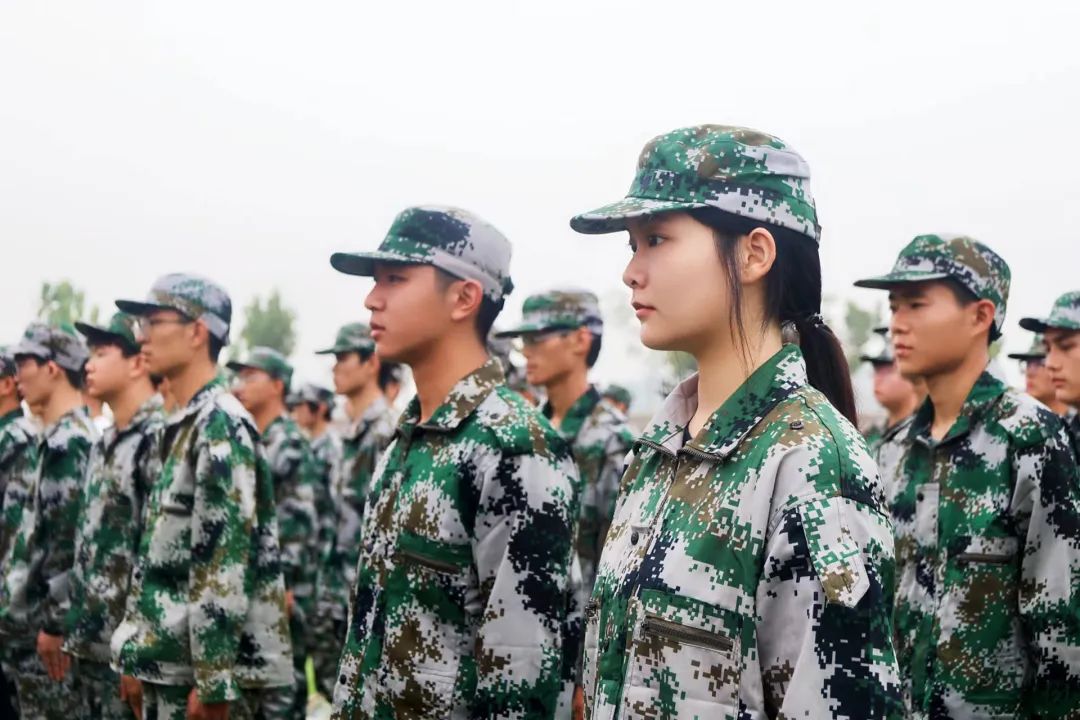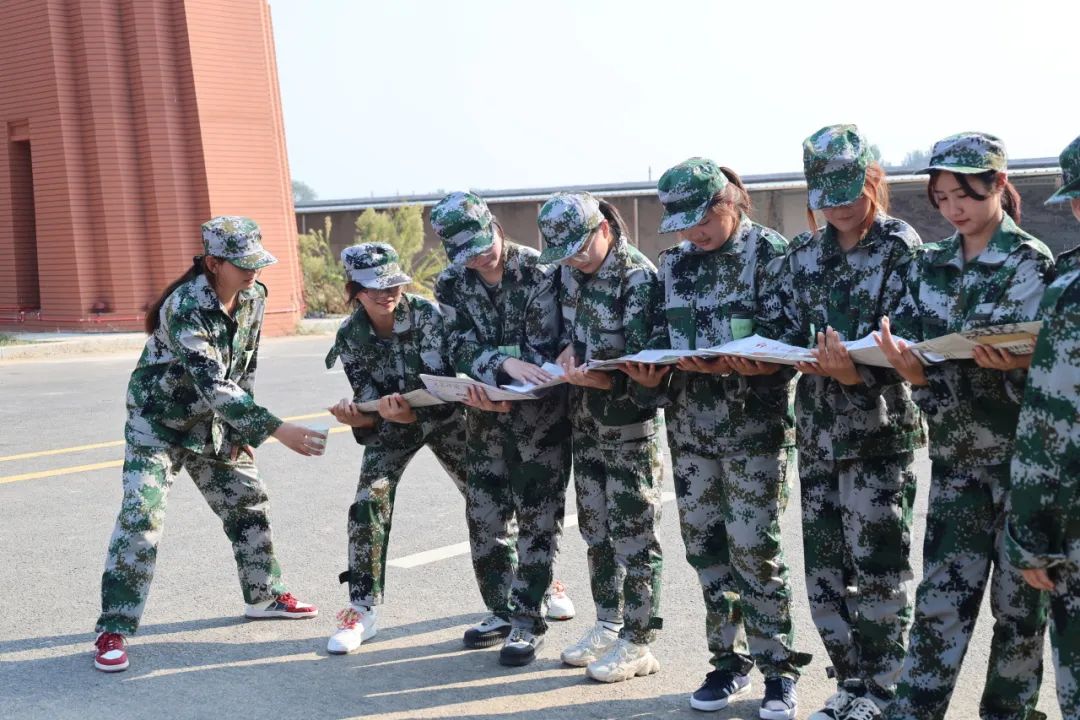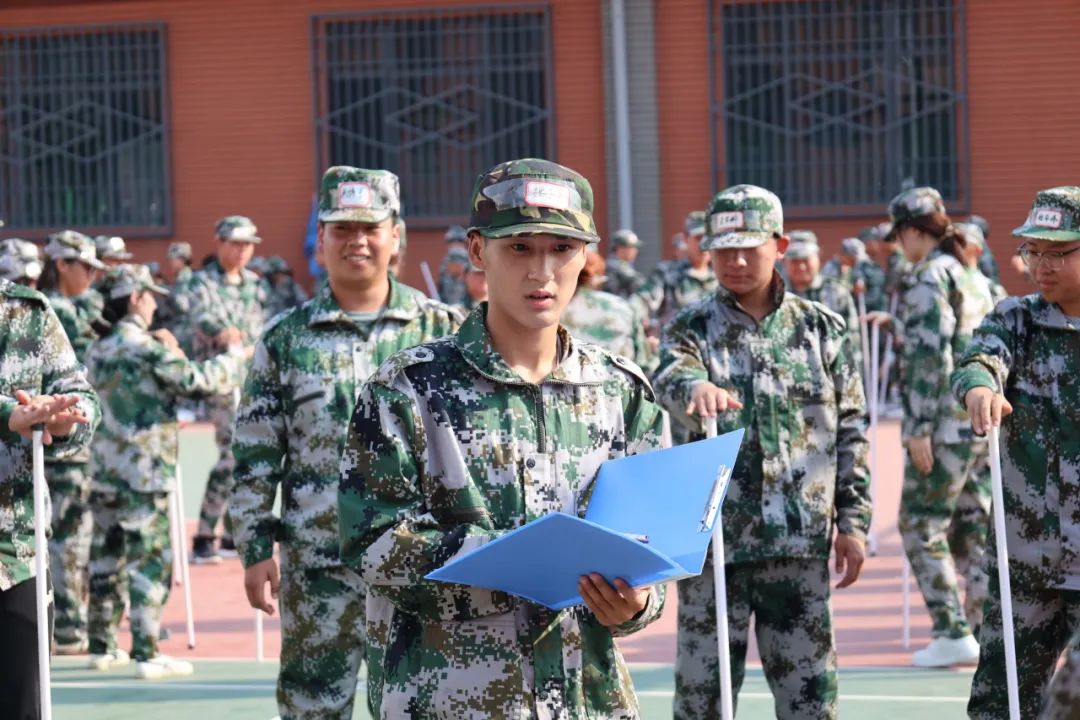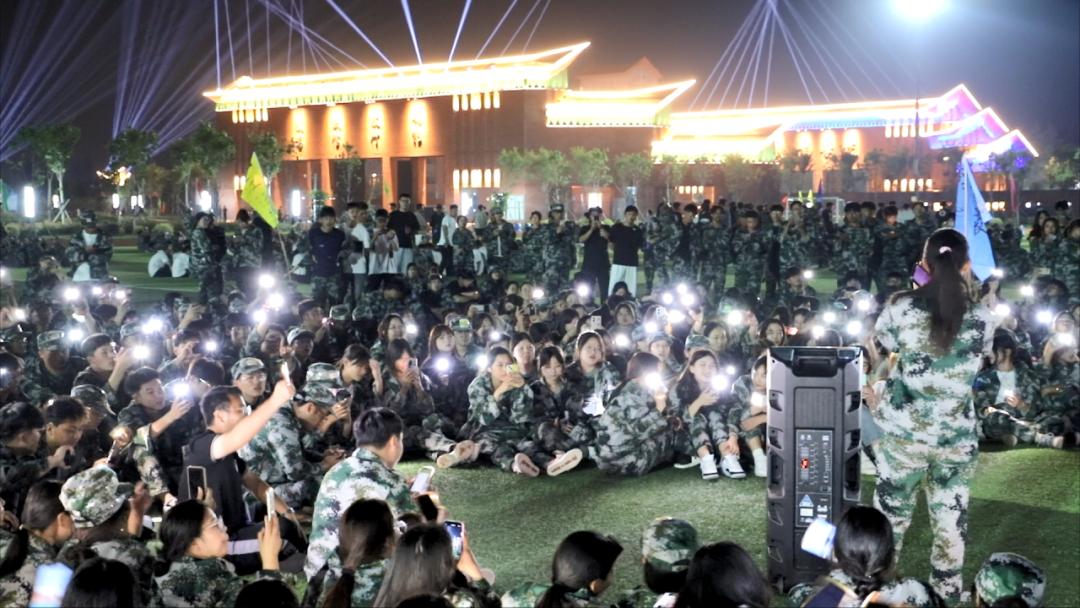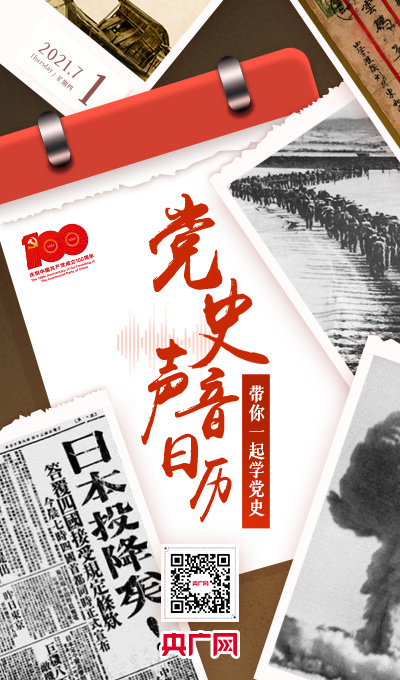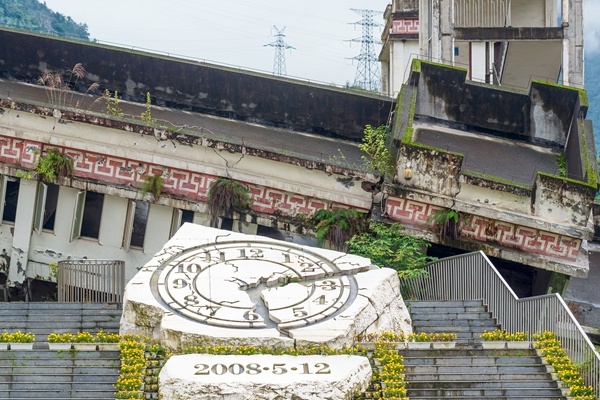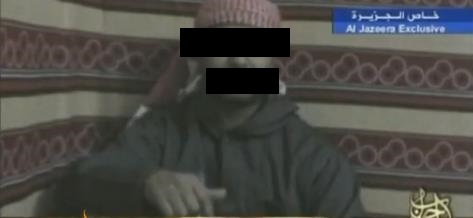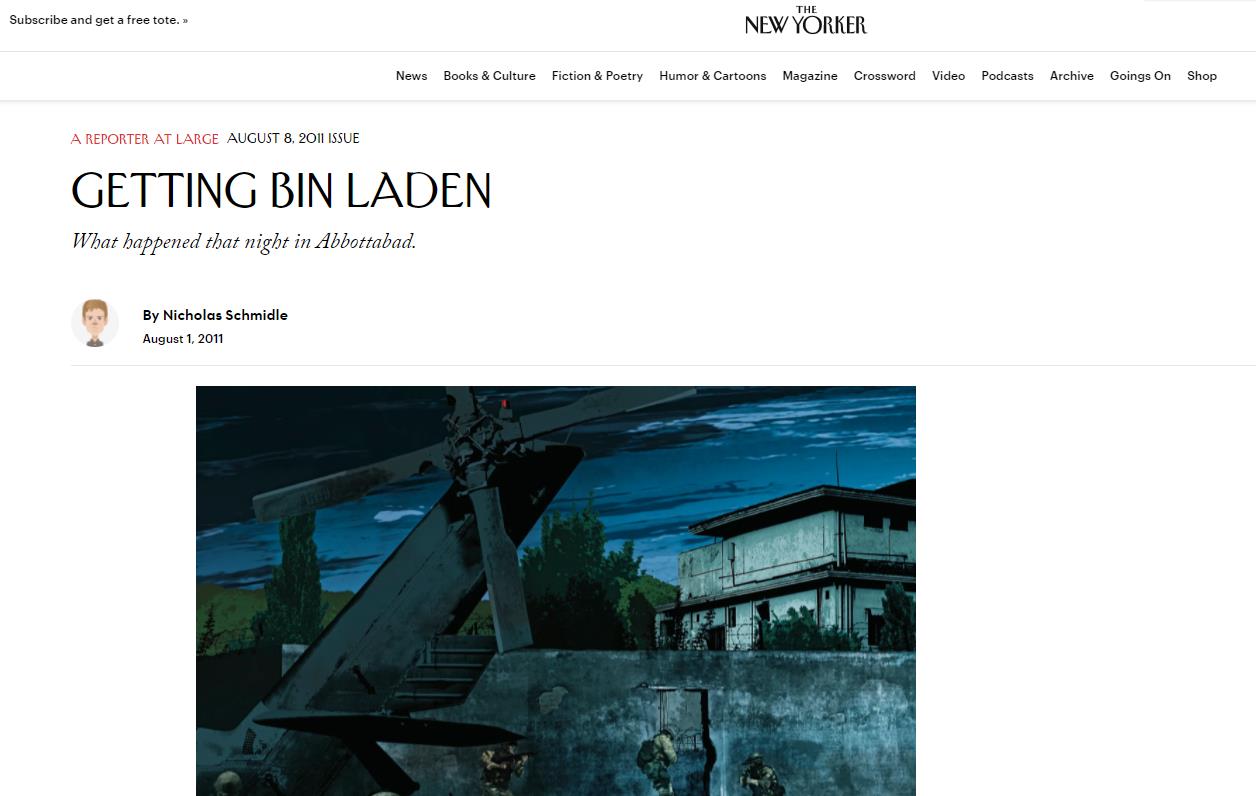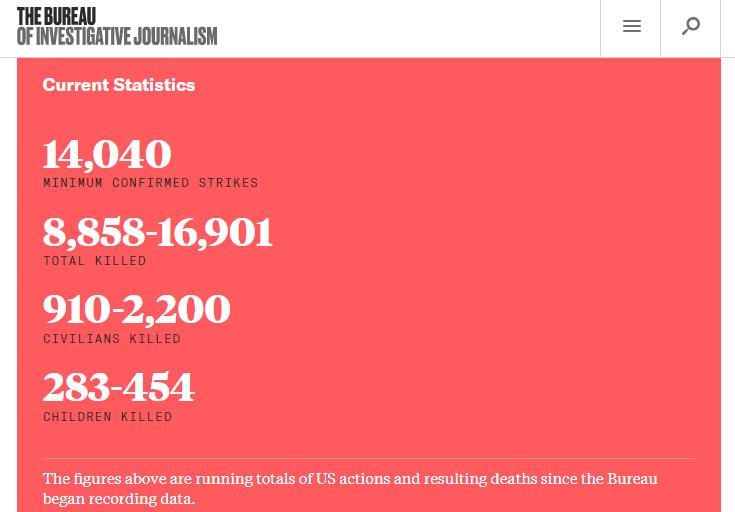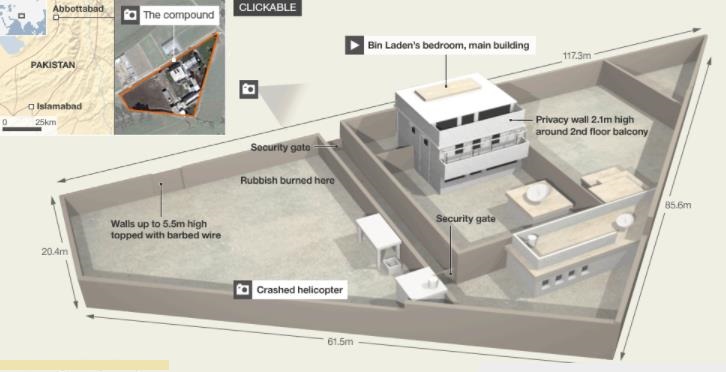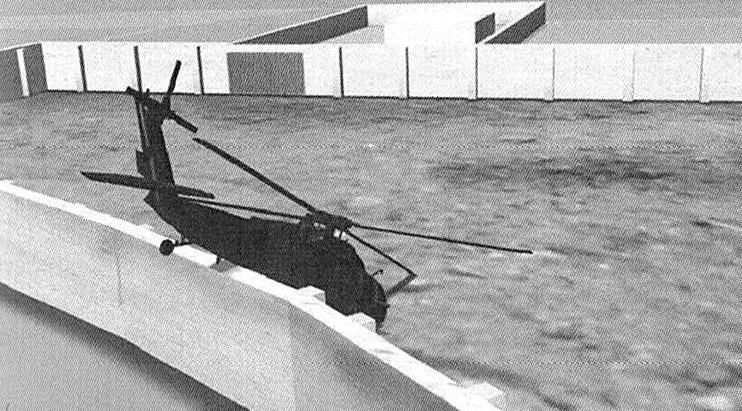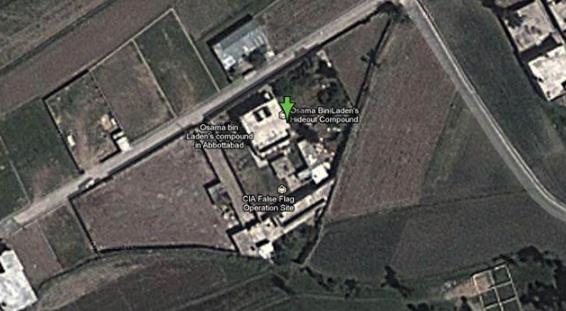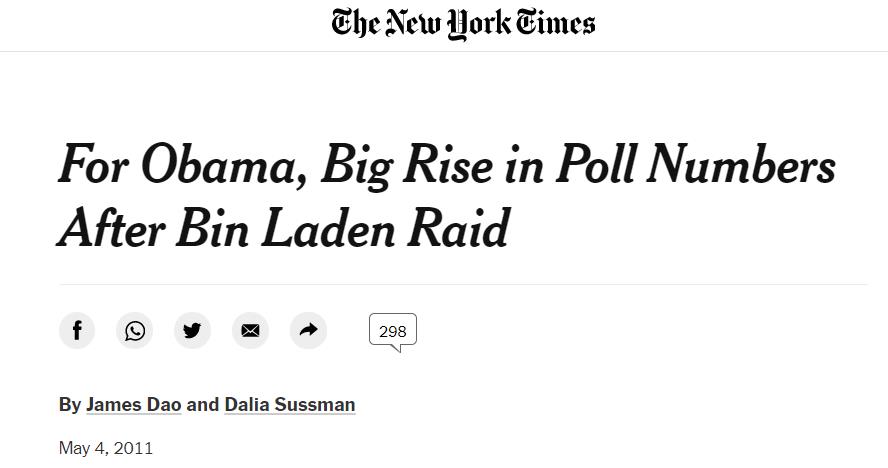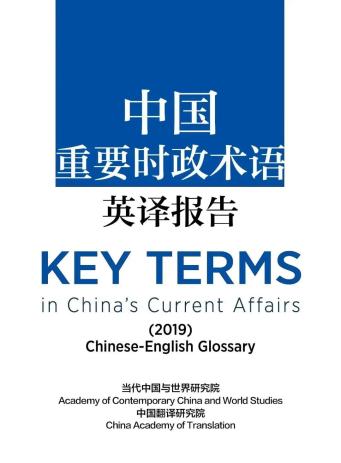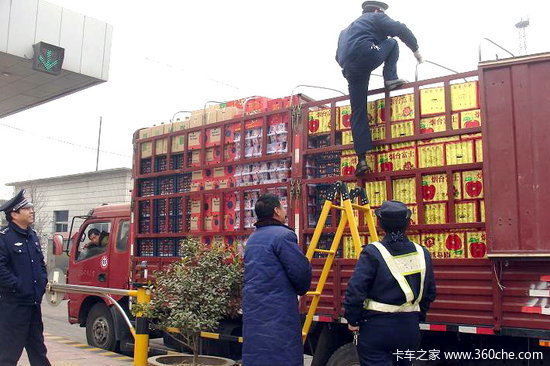Interview with Director Zheng Xiaolong | Creation should tell the story of "people"
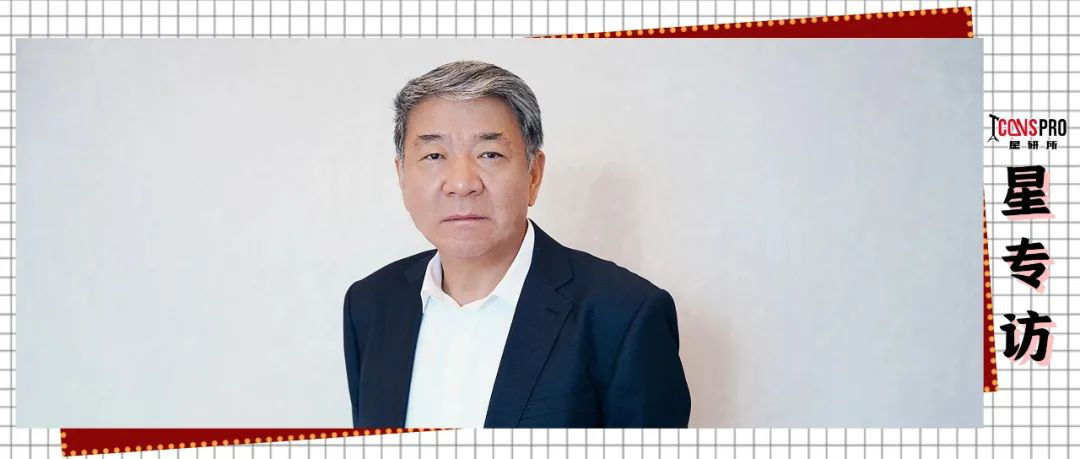
The closing battle report of TV series The Story of Xingfu came one after another. After Empresses in the Palace, who has been tossed and turned for 11 years, Zheng Xiaolong brought an excellent work with both reputation and popularity.
Few directors can expand the audience to all ages like Zheng Xiaolong, so that groups of different generations can find sympathetic emotions and characters in his works. Similarly, few directors can make their works last forever, constantly adding new audiences to the original basic disc, and their works are always new, always keeping the pulse and temperature of the same rhythm with the times.
Zheng Xiaolong, born in 1953, has been directing since the early 1990s. His works in different periods, such as Peking Man in new york, Golden Wedding, Empresses in the Palace, legend of miyue, Red Sorghum, Emergency Doctor, Meritorious Service, etc., have almost covered audiences after 60, 70, 80, 90 and 00, and he is a well-deserved national director. At the same time, he is also a literary and art worker who is very concerned about how individuals survive in the changing times. Under the focus of the camera, they are all concrete "people", and the "play meat" filled in the drama framework is also specific and subtle details. He always believes in a foothold. "Emotion and truth are common, and I mainly tell the story of’ people’."

01
The Story of Xingfu: Dead Water and Breaking.
The realistic TV series The Story of Xingfu, directed by Zheng Xiaolong and starring Zhao Liying and Liu Wei, has closed recently. As a long-lost rural theme work in the domestic drama market, the first broadcast of the drama set off a viewing craze. The prime-time TV live broadcast attracted the top two attention, and the online broadcast was less than an hour. The market share of the whole network drama reached the top, and the real-time broadcast market accounted for 11.46%. At the same time, because of the portrayal of realistic contradictions and the exposure of human weaknesses, it has repeatedly caused heated discussions on social platforms such as Weibo. In the whole broadcast process in The Story of Xingfu, it occupied the top spot in the lighthouse TV drama feature broadcast market for 22 consecutive days, and ranked third in the 2022 TV drama feature broadcast before closing. These steady and steady data all show the amazing national popularity of this work.
The Story of Xingfu was adapted from Chen Yuanbin’s novel The Legend of Autumn Chrysanthemum. At the beginning, Zheng Xiaolong took a fancy to this story. "It mainly tells the awakening of a woman’s self-awareness and legal awareness. Under the environment of emphasizing the rule of law, literary and artistic creation is of certain significance to the construction of the awareness of the rule of law. I think it is very good." Wanjiazhuang, as a famous star village with ten miles and eight townships, has reached a certain level in material accumulation. However, due to its inherent small-scale peasant ideology and clan consciousness, this village has become a "stagnant water" and gradually has the trend of "one word at a time". "So the theme of our story is to hope that people will pay more attention to the construction of spiritual civilization and legal civilization after the completion of material civilization construction. Because there is no progress in spiritual civilization and the rule of law, this’ rich’ will not grow. "
And the heroine’s happiness is the "breaker" of Wanjiazhuang’s stagnant water.
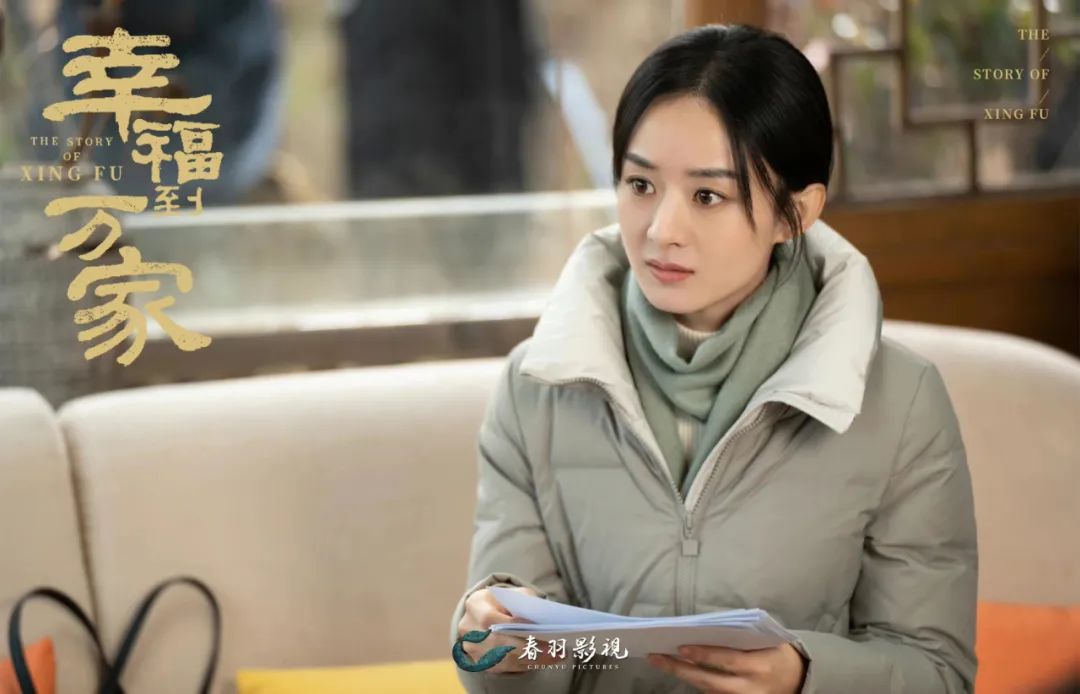
In the initial casting stage, Zheng Xiaolong decided to let Zhao Liying play He Happiness. "We worked together in the filming of Golden Wedding in 2006, and she played many rebellious third daughters in it. She was so stubborn. Moreover, she is born in the countryside and is no stranger to rural life and the state of farmers. "
Zheng Xiaolong believes that the character He Happiness comes with a "halo". Of course, "halo" is not an illogical protagonist halo, but "He Happiness has a basic personality, and she has a simple sense of justice, fairness and equality." As a rural woman with a low education level, she was so happy that her sister was married. She insisted on an apology and was pointed at by the villagers. However, Wanjiazhuang, whose clan consciousness is solidified, needs such a foreigner to break the deadlock. "Because she doesn’t understand the process of the village construction and the prestige of Wanshantang, the village party secretary, she just thinks that I can apologize if I am wrong, but you have to admit it if you are wrong. You have to apologize."
He Xingfu threw a bench over and smashed the head of Wan Chuanjia, the son of the village party secretary, which prevented the marriage and caused trouble. His in-laws were anxious to apologize to the village party secretary, and her husband, brother-in-law and sister-in-law were also wronged and anxious. On the other hand, Zheng Xiaolong used a series of long shots to show the attitude of He Happiness as a new wife. She changed her clothes, tied up her long hair, skillfully picked vegetables, and packed things for cooking. When her husband questioned that she was still in the mood to eat, her attitude was also obvious: the sky fell and she had to eat, and then she went to seek justice after eating.
"Maybe the audience will be more worried about saying that female stars or famous actresses can’t get down and dress up ugly, but in reality, it can’t be glamorous. You work in the countryside and your daughter-in-law is running a family. You have to be energetic, right?" Zheng Xiaolong admired Zhao Liying’s energy. "If she didn’t understand it, she couldn’t shoot it. She didn’t rely on skill, but brought her true nature in, so you will feel particularly comfortable when she performs."
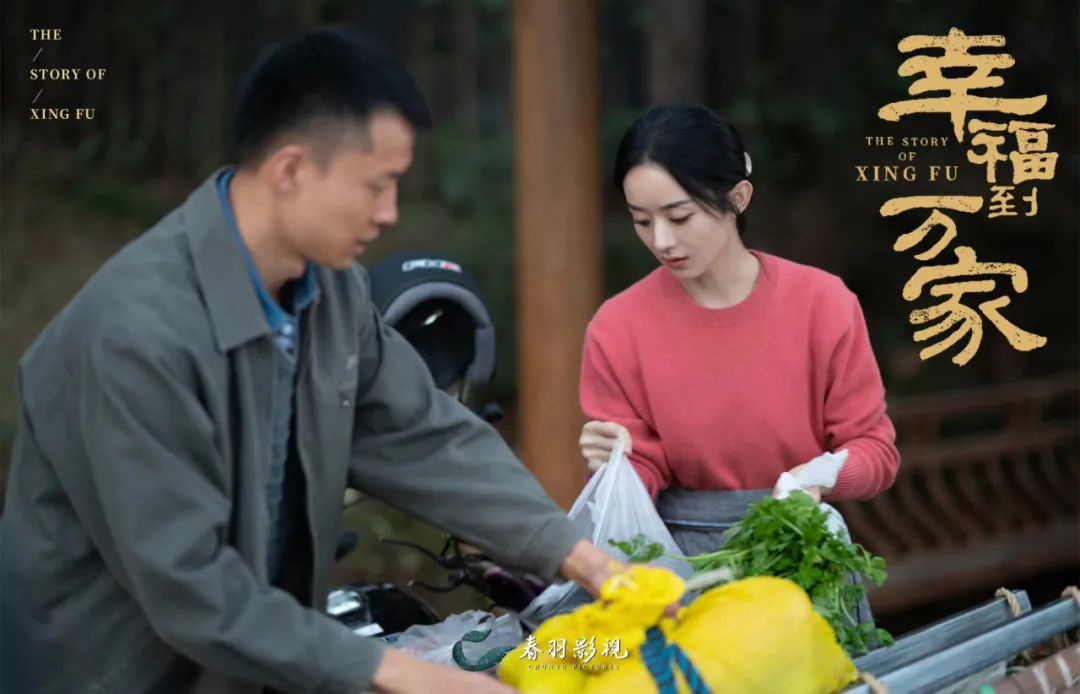
Since the launch of The Story of Xingfu, many viewers’ comments and barrage have been related to "grieve" and "bring your own antihypertensive drugs when watching the drama". The initial marriage-making incidents, land disputes and compensation for land expropriation, including the protagonist’s experience from the countryside to the city, are all full of realistic entanglements. The material construction of Wanjiazhuang Star Village is indeed rich enough, but the popularization of rule of law awareness and spiritual civilization construction seems to be uncivilized. The main line of the story is how to build the rule of law on the basis of material construction. Happiness is the main thread of this torrent, and her personal progress and growth is also a metaphor for the follow-up of rural spiritual civilization and the rule of law. The anger of netizens, to a certain extent, is also an affirmation that the content of the series is close to real life. Zheng Xiaolong also recognized this point. "We must conform to this creative attitude of realism. Now telling rural stories is to conform to the changes and cognition in the countryside and have a life atmosphere."
At the end of the story, He Xingfu promoted the construction of ecological civilization in Wanjiazhuang, developed environmental protection tourism industry, controlled sewage treatment, broke the original clan pattern, popularized the concept of legal system, and became a new generation of rural revitalization leaders. Behind the destruction of this stagnant pool is not only Zheng Xiaolong’s thinking about the current rural spiritual civilization and legal system construction, but also his inherent sense of responsibility as a literary and art worker. "Creating this thing makes me feel that I can say something and express something that I think is meaningful." He wants to tell the story of a rural woman’s growth, and reflect the fate and struggle of thousands of ordinary people in Qian Qian. This concern and gaze on the little people has always been a humanistic feeling of Zheng Xiaolong’s social responsibility.
02
"Feminine consciousness" not only represents women.
The Story of Xingfu has been at the forefront from the beginning to the end, and the whole network urged him to get a happy divorce and start a career. In addition to the characters and plots in the play, there is also director Zheng Xiaolong who was brought to the hot search by real-time comments.
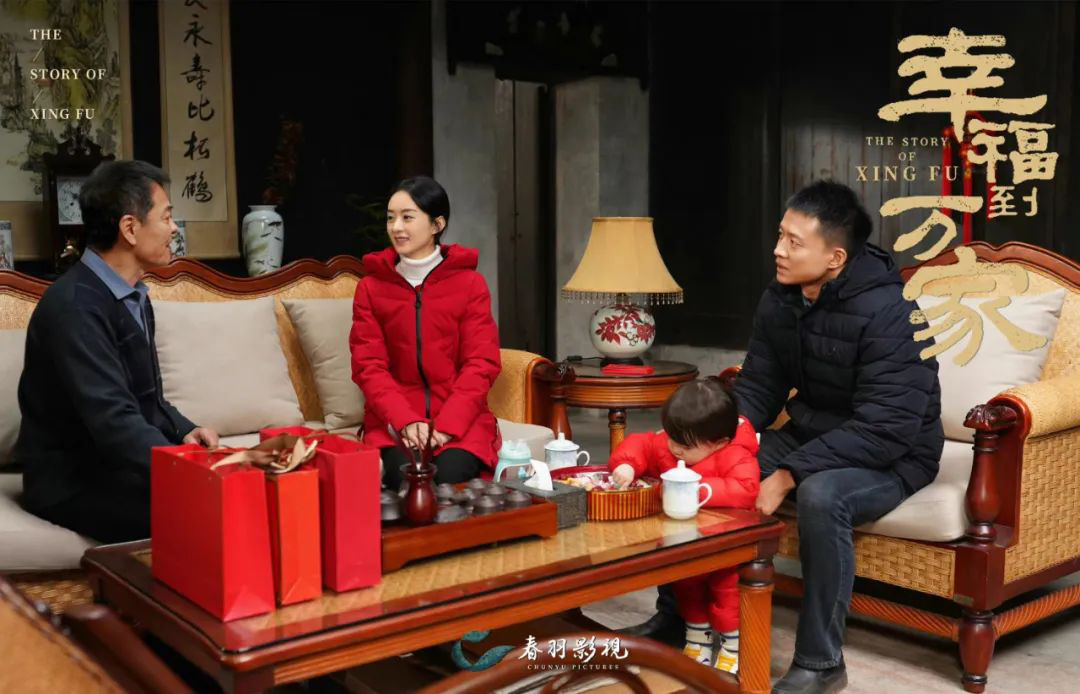
In fact, it’s not long since he was widely discussed by netizens and audiences last time-during the period when the epidemic was banned at the beginning of the year, Empresses in the Palace became a drama and background sound for many people. Since its launch 11 years ago, the ideological trend has changed, the concept has been updated, and the audience has iterated. However, the popularity and discussion of this drama have lasted for a long time. Under the "study" of the younger generation of netizens, an independent "Zhen Xue" has even been derived, which is specially used to analyze characters, plots and subtle scenes, including the production of expression packs and network hotspots.
However, in the eyes of Zheng Xiaolong, who is nearly 70 years old, these new things and fragmented interception analysis are all "distant" and he doesn’t understand them. In the 22nd year of the new century, he still maintains his own work rhythm and relatively "old-school" habits. Only when talking about creation will the chatterbox open, "What are the 100 questions? I can’t even answer it. TV plays and movies are montage art, and they are flowing pictures, not watched frame by frame. When I shoot, I will not think that this drama will have such a big impact in reality. "
From Empresses in the Palace’s "Red Sorghum" and "legend of miyue" to The Story of Xingfu, several representative works of Zheng Xiaolong are all based on the clue of women’s growth and awakening, and are completed by the whole construction of the characters, so as to criticize and convey his inner thoughts and voices. However, the growth of women, or the awakening of gender-limited consciousness, is not that he deliberately caters to the creative standards of the market. Instead of telling the story with a specific group, he chose a reference sample to tell the story of everyone in the society, age and living environment where the sample is located. "Emotion and reason are common, and I mainly tell the story of’ people’."
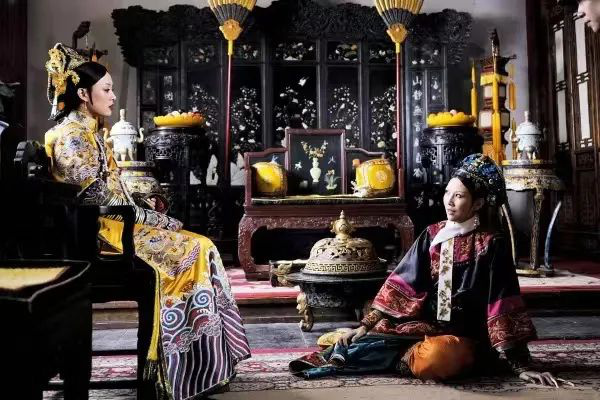
Empresses in the Palace stills
For example, Empresses in the Palace criticized the feudal and backward marriage system. Zheng Xiaolong said, "I discussed this matter repeatedly before filming, and I told the media that it was critical. But after it was broadcast, many people said that it was a matter of the workplace. I was so dizzy. I never thought that the workplace would be like this." He recalled that mentality more than ten years ago. "At that time, for a long time, it seemed that everyone thought the harem was beautiful and luxurious. Many girls wanted to cross into the harem and run to be concubines for the emperor." "The emperor is a big stallion, marriage in this case, how can you have a single-minded emotion? Impossible. "
The realistic theme does not mean that you must shoot modern dramas, which is also Zheng Xiaolong’s consistent thinking. "You can also shoot historical stories with a realistic attitude. The theme and your attitude are two different things." What Empresses in the Palace conveyed was his criticism of the feudal and backward marriage system, while legend of miyue is another kind of realism-historical materialism, which contains the awakening of women, the germination of the consciousness of family and country and the concept of equality. "Miyue is a concubine of Chu. She gradually developed a sense of home and country around the king of Qin, and she also had a critical awareness of the hierarchical bloodline theory and hereditary system, so she would take risks and return to Qin to pacify civil strife and lay the foundation for Qin Shihuang to unify China. Including the Qin Dynasty’s award for military merits, rather than hereditary, these are also the seeds of equality. "
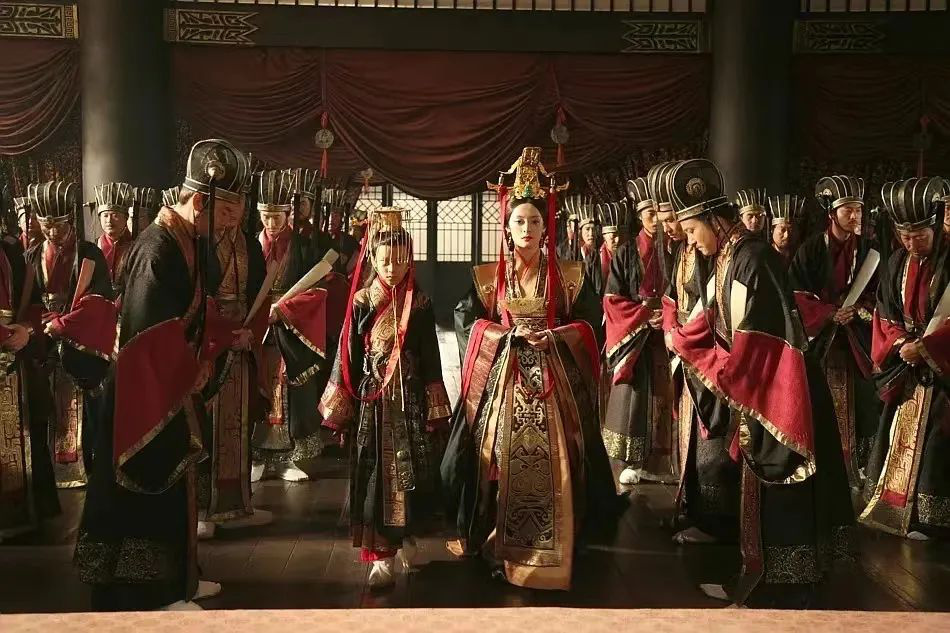
"legend of miyue" stills
He doesn’t think it is necessary to convey specific ideas through specific themes, and there is no need to limit the gender or identity background of the protagonist. "In fact, people who engage in literary and artistic creation do image, and there is a saying that image is greater than thinking." Zheng Xiaolong is a person who came from the initial period of China TV series, and his attitude is still simple and plain. "After you have done your image well, many people will give it something to think about. For example, when Cao Xueqin wrote A Dream of Red Mansions, he didn’t think so much, he just truly reflected the society. Later, Comrade Mao Zedong said that A Dream of Red Mansions was a mirror of feudal society, and it became a mirror of feudal society, which was the understanding given by later generations. A lot of thinking things don’t mean that we have thought it through in the early stage of creation. We just do a good job in the image. As for the interpretation, how big the subsequent impact is, this is not something that can be thought of at the beginning. "
After being created, the female images in Zheng Xiaolong’s works began to have a lot of interpretations, some of which were even quite different from his original creative ideas, which he had never expected in his creation. However, whatever Zhen Xuan, Mi Yue or happiness, behind their awakening of female consciousness and independent consciousness is actually the awakening of human nature-an awakening of equality, struggle and the rule of law. This has nothing to do with gender, but belongs to everyone’s right consciousness. There’s a line in The Story of Xingfu, which Zheng Xiaolong especially picked out and spoke it again. "Distinguish right from wrong through law, clarify truth through law, and popularize social fairness and justice through law. I think it is very important, because we want to build a society ruled by law. This is also what I want to convey through this drama. "
As for the arguments, contradictions and conflicts intercepted by the fragments, and the remarks urging a happy divorce, they all belong to the endowed "thinking", which is the part that literary and artistic creators can’t control after the completion of their works. Zheng Xiaolong tried to digest the gap between himself and the young audience. "I think literary works still need a little nutrition, and there must be emotional things in them. If the general direction is right, you can."
03
The significance of realism
After decades of film and television drama, Zheng Xiaolong, which has become a benchmark in the industry, has maintained a stable output, but it is not a "high yield". For the production and polishing of the script, including the preparation before starting, he has to spend a lot of thought and effort to dig the details. Even at this age, the vitality of creation and strong desire for expression are still shining on him.
The Story of Xingfu finalized Zhao Liying, and it also experienced some twists and turns in the middle. Because the actor was pregnant and the script was revised, it was almost more than a year before and after. "After the script was revised, the actor also gave birth to the child and sat down for a month. This is settled."
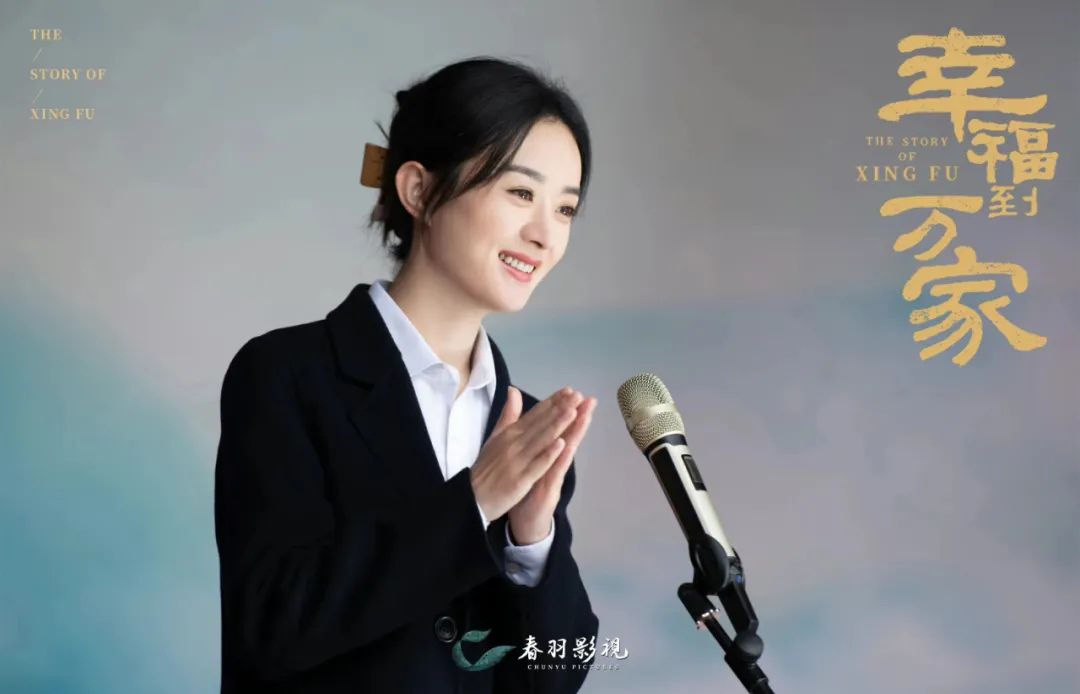
In the era of fast food, Zheng Xiaolong’s process of polishing the script and preparing the details can be said to be very "burning money". "I have to collect ideas and make field trips. I am particularly concerned about this matter and go to see Anhui local Huizhou architecture. For example, when drilling a well, I have to ask if there was such a photo at that time. The arrangement of the wedding venue for the couple, were they like this at that time? Is the construction of rural houses like this? Moreover, I have to ask the original owner (many details), because a lot of the photos we took are real scenes, and the interior is also real scenes. I am afraid that the art will be wrong. "
At the beginning, in the interview during the broadcast of Golden Wedding, Zheng Xiaolong also mentioned the "obsession" of scene restoration. After the script was polished, it was the preparation of the group, from a food stamp to a bus, which was arranged exactly according to the set points of that era. "Realism" is the key point he has always stressed. Only when the literary image reaches a certain level can the audience’s thinking be attached. "As long as you make a good image, it will have an impact on reality. As long as you make it true and reasonable, it will have an impact on reality."
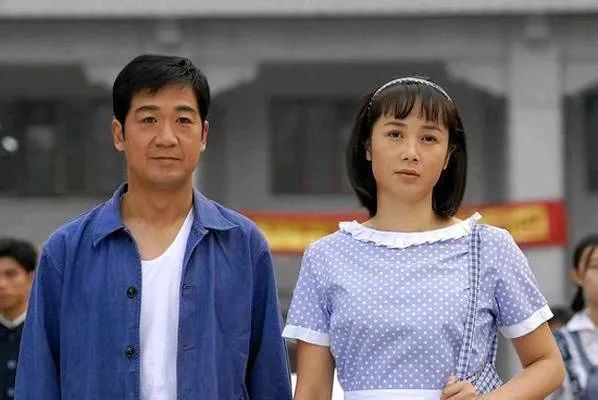
Stills of "Golden Wedding"
"Influence on reality" is the sense of social responsibility that Zheng Xiaolong’s generation of literary and art workers insisted on. When a work is filmed, it is not just for fun, but for the audience to laugh. It has to be meaningful and effective in reality. As for how long and how wide this role can be played, it is uncontrollable, but at the very least, it must have a little effect.
Even now, there are some records of old reports in the evaluation of Zheng Xiaolong by Zhihu and other platforms: "The broadcast of" Desire "triggered an unprecedented upsurge of national audiences, and actors such as Li Xuejian, Zhang Kaili and Huang Meiying also became popular throughout the country. At that time, in order to watch "Desire", people with TV sets were crowded into the station almost every day. Even the Ministry of Public Security said that thieves did not come out to commit crimes because they were waiting to watch "Desire". "
Zheng Xiaolong couldn’t help laughing when he mentioned these sensational influences. This is the pride of literary and art workers and the great affirmation of a director who has devoted his life to it.
Speaking of Empresses in the Palace’s overseas export and cultural communication, Zheng Xiaolong once again emphasized the importance of realism. "Truthfulness, telling a good story about China’s history, telling a good story about China now and telling a good story about the daily life of China people, I think this is all possible. In particular, telling the story of the daily life of ordinary people must be authentic and have universal typical significance. "
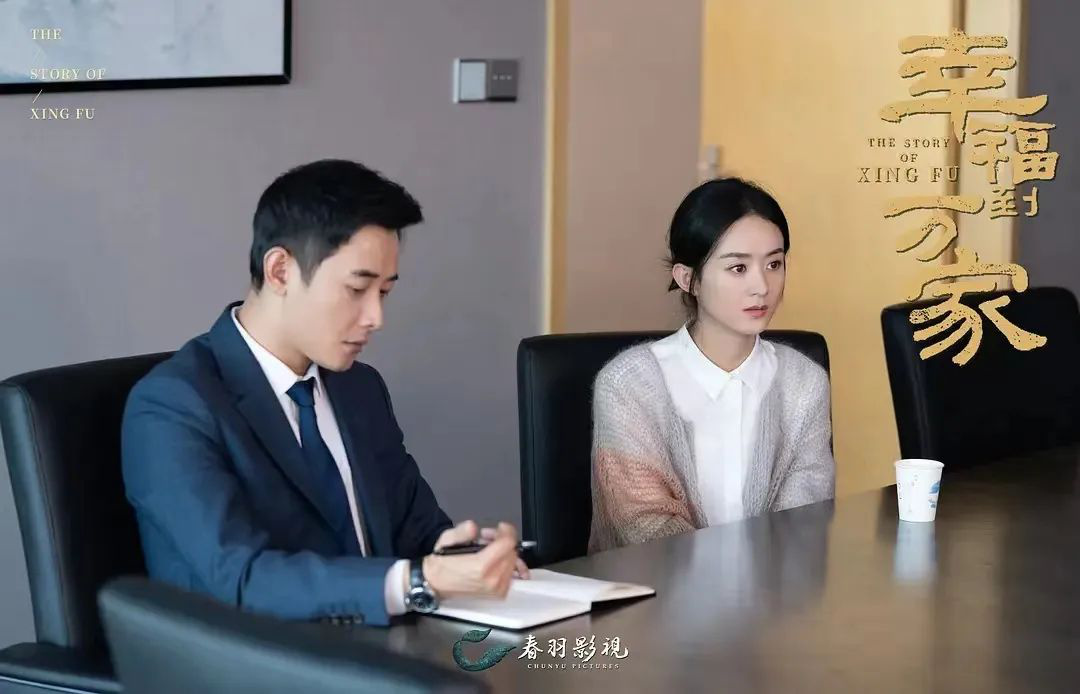
Of course, we also asked Zheng Xiaolong what he thought of the current shoddy and suspended film and television dramas. He replied very quickly, "I don’t watch it. I don’t think it looks good. I don’t watch it. I can’t watch it, and I’m not affected."
This national director, who is nearly 70 years old, just wants to tell his own story-a story about every specific "person".
Written by Gu Xiang
— THE
